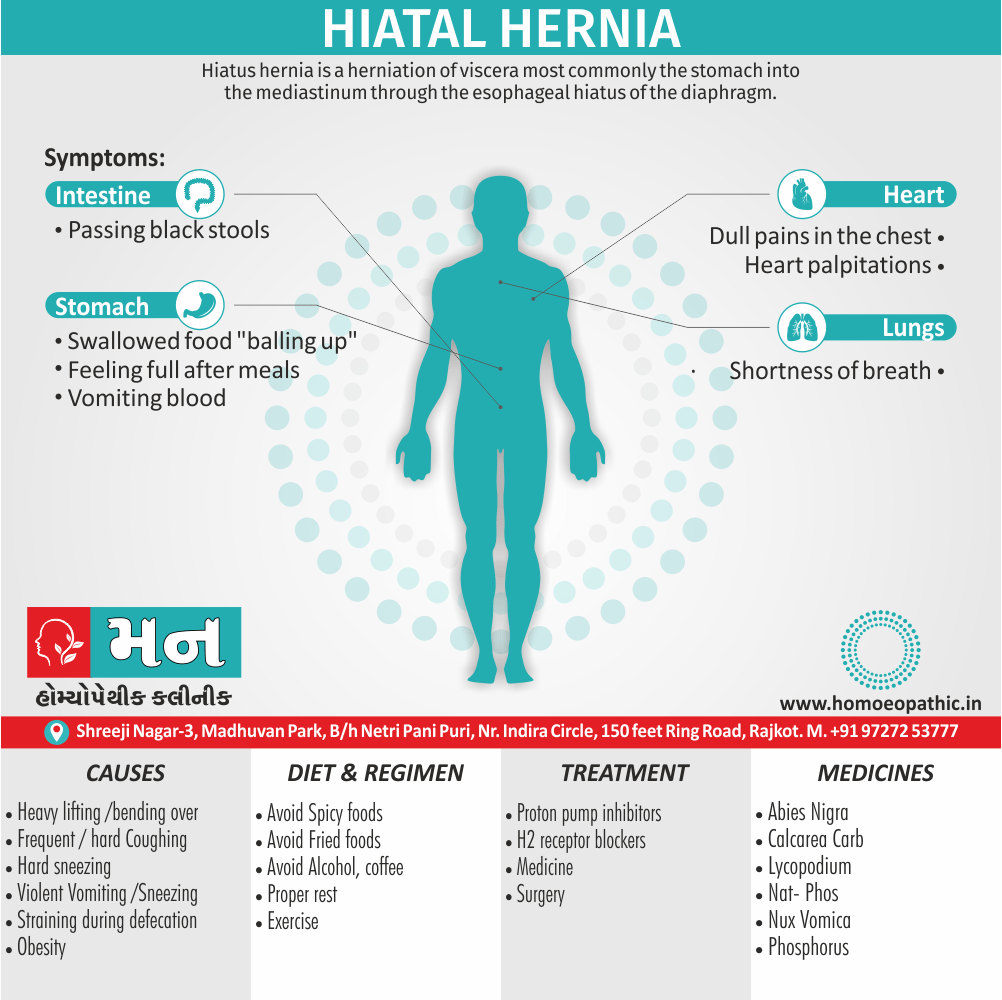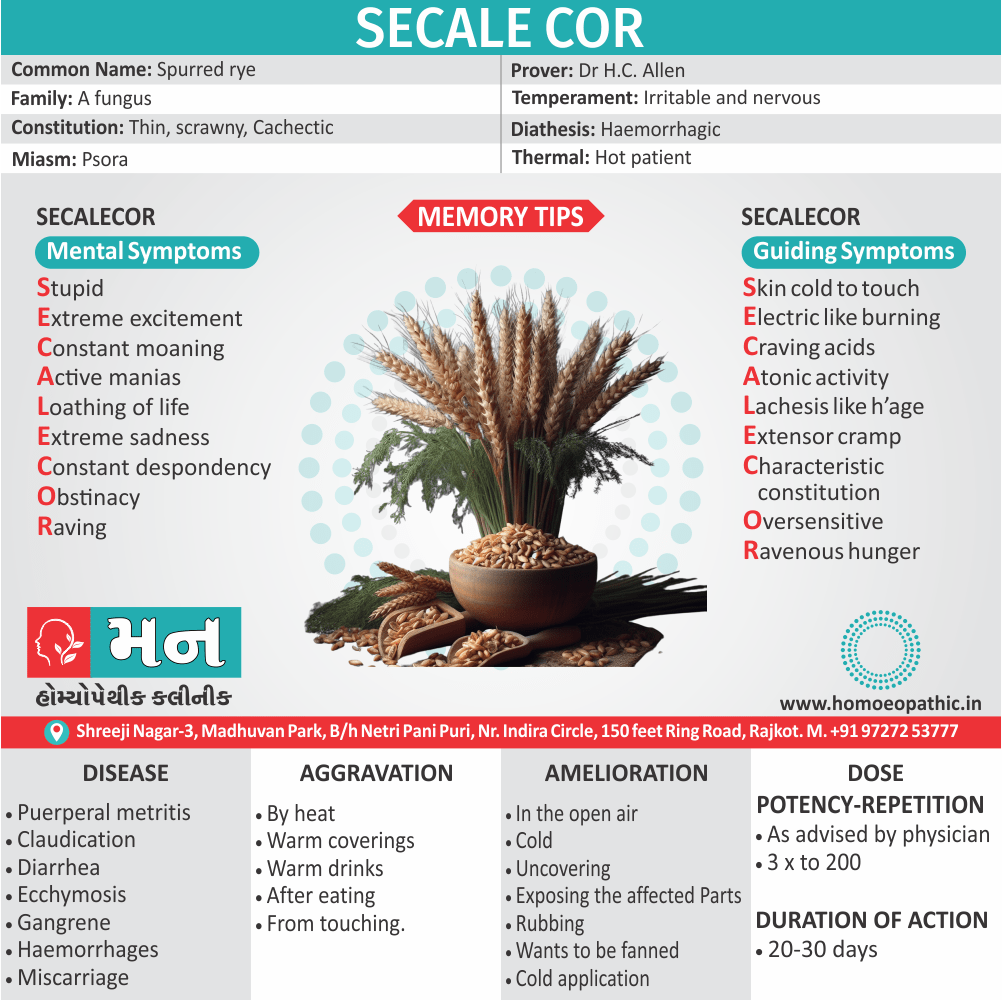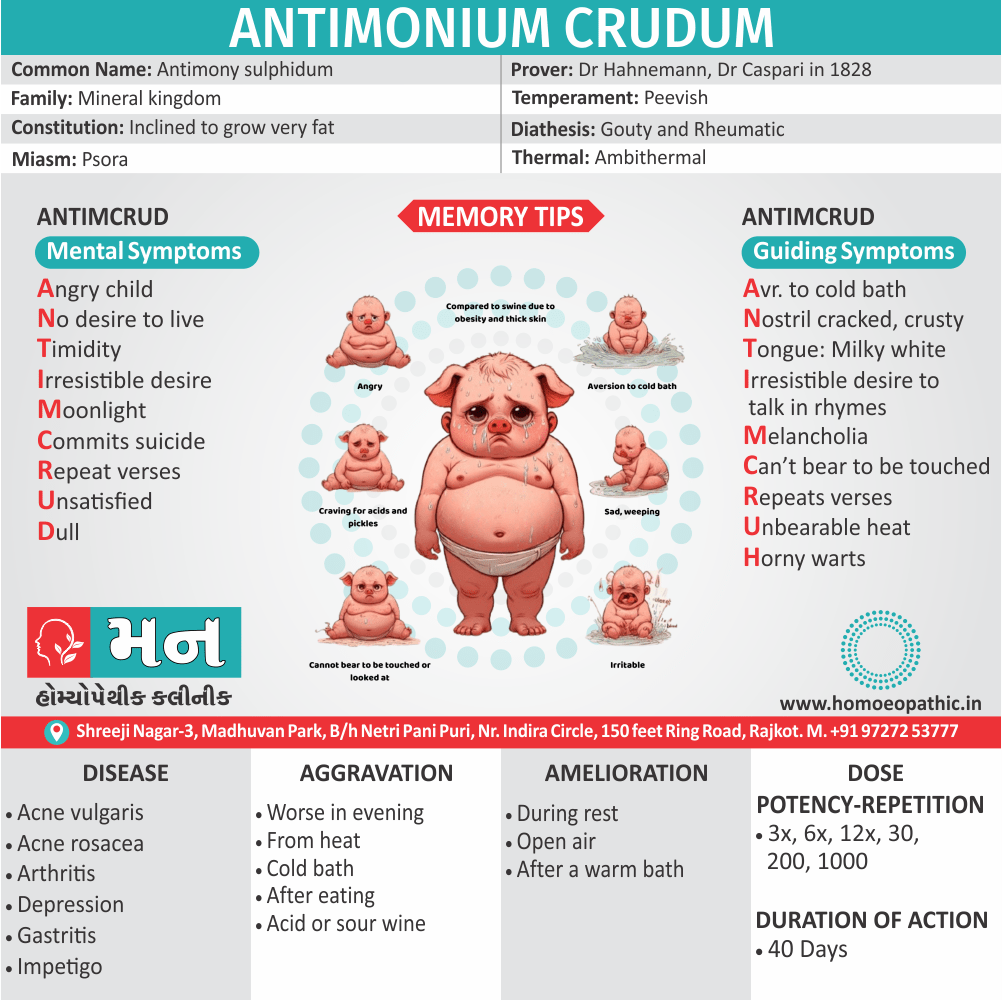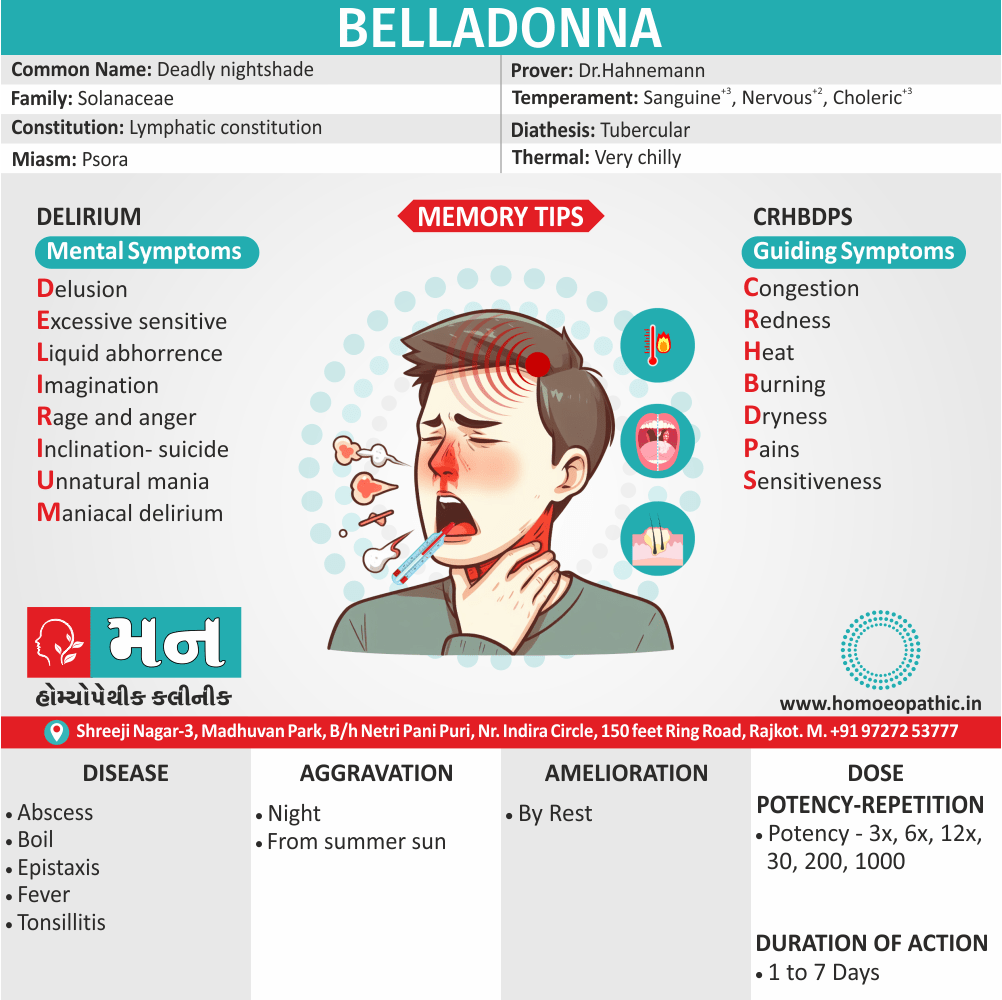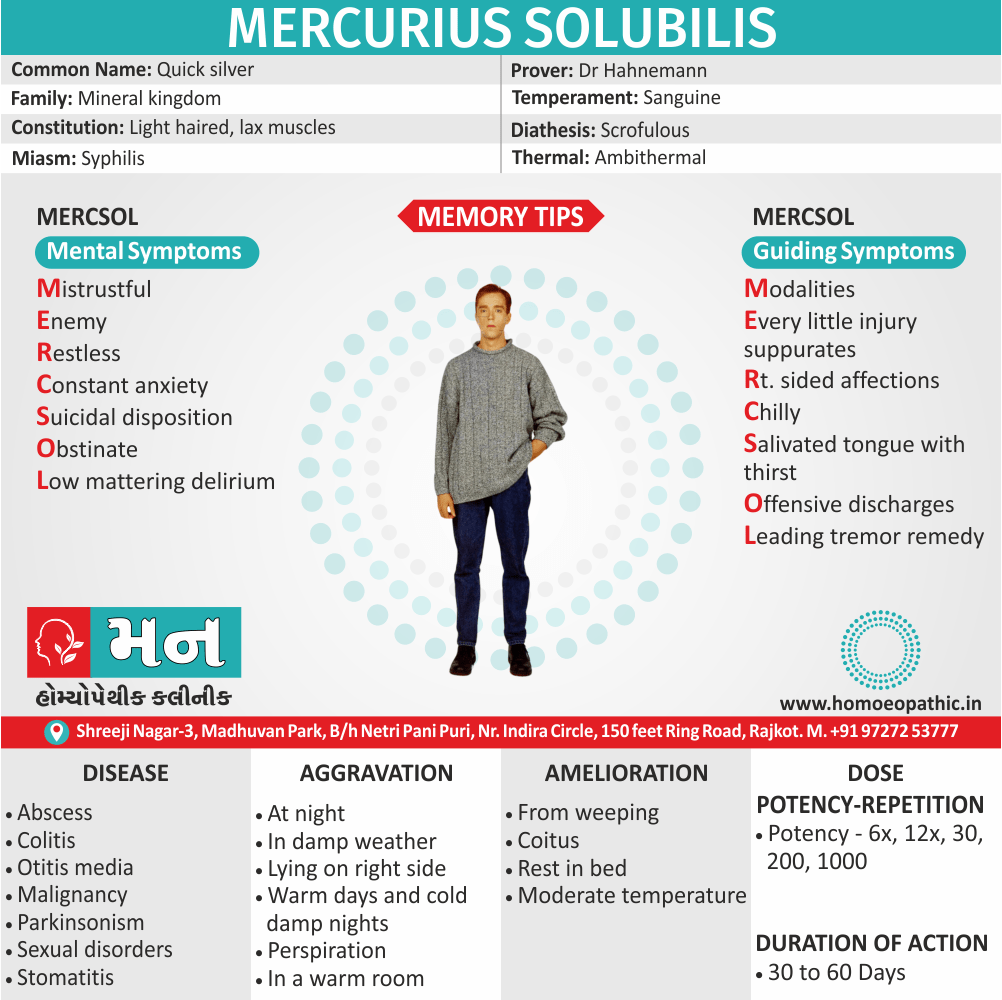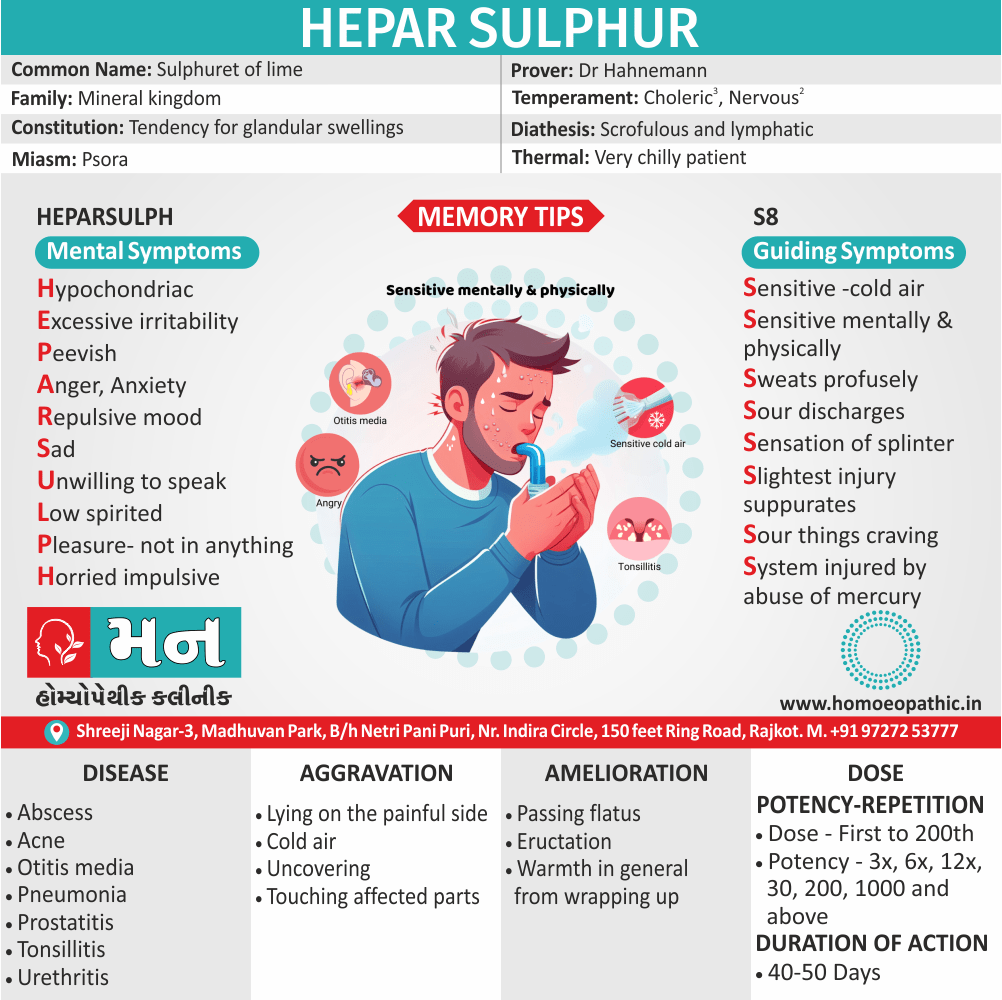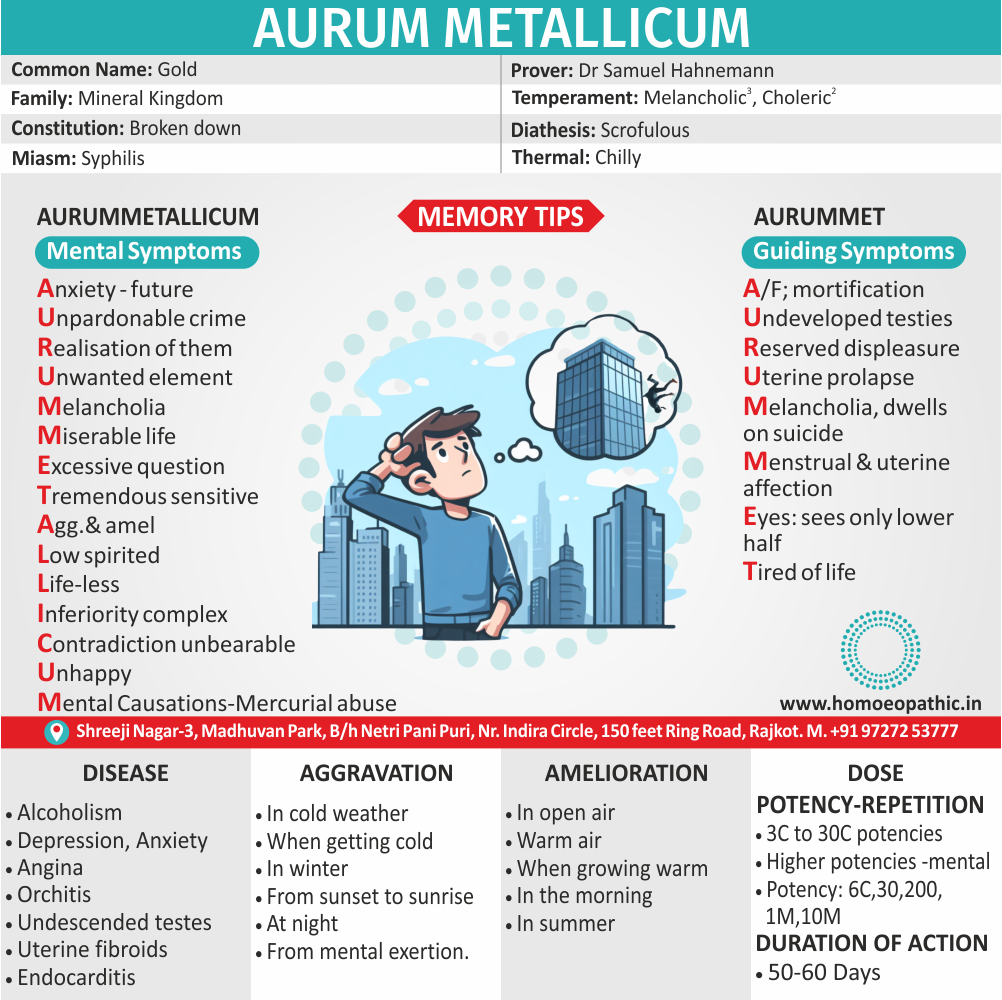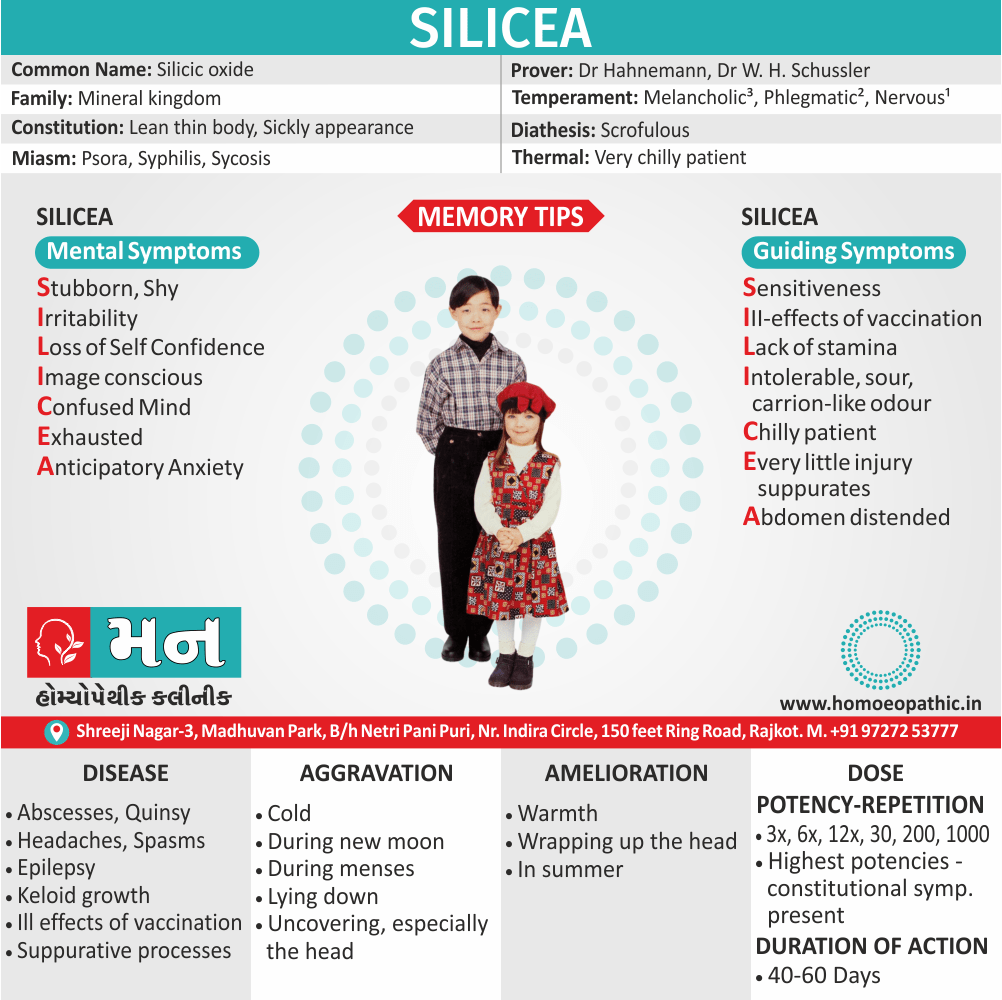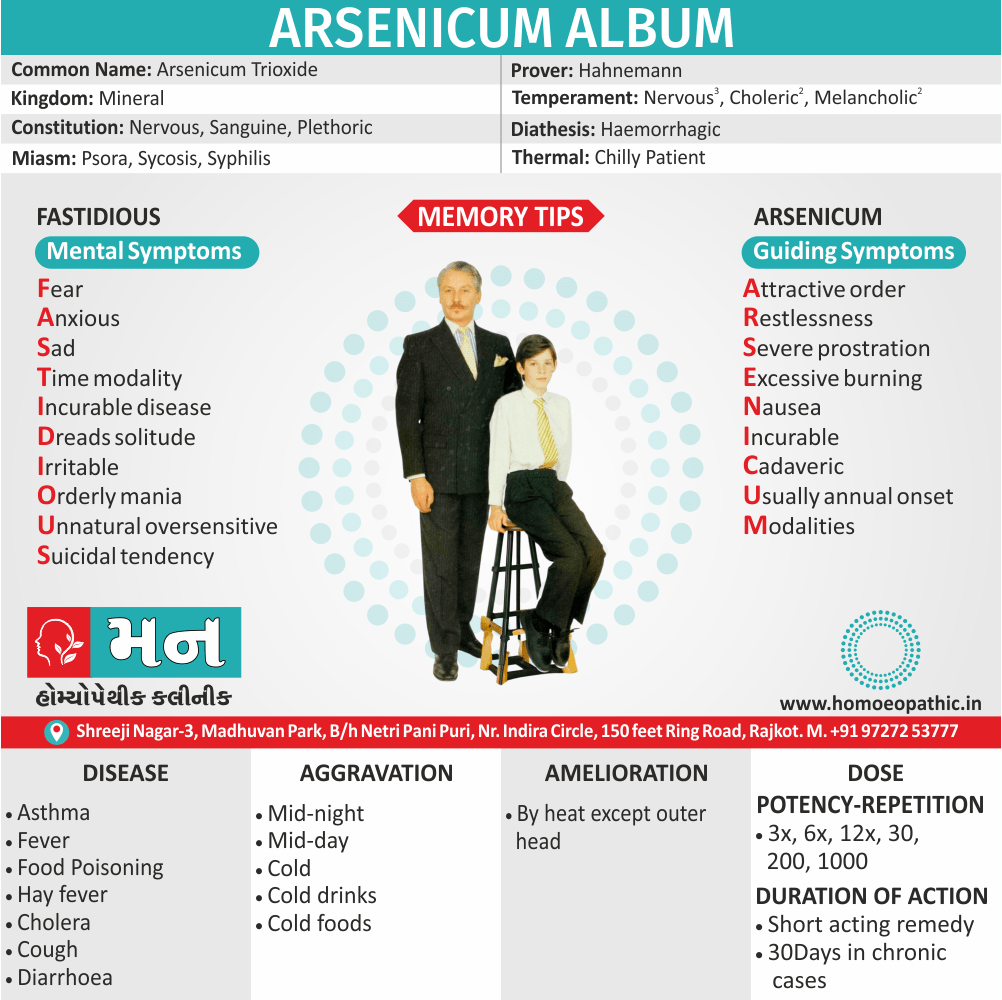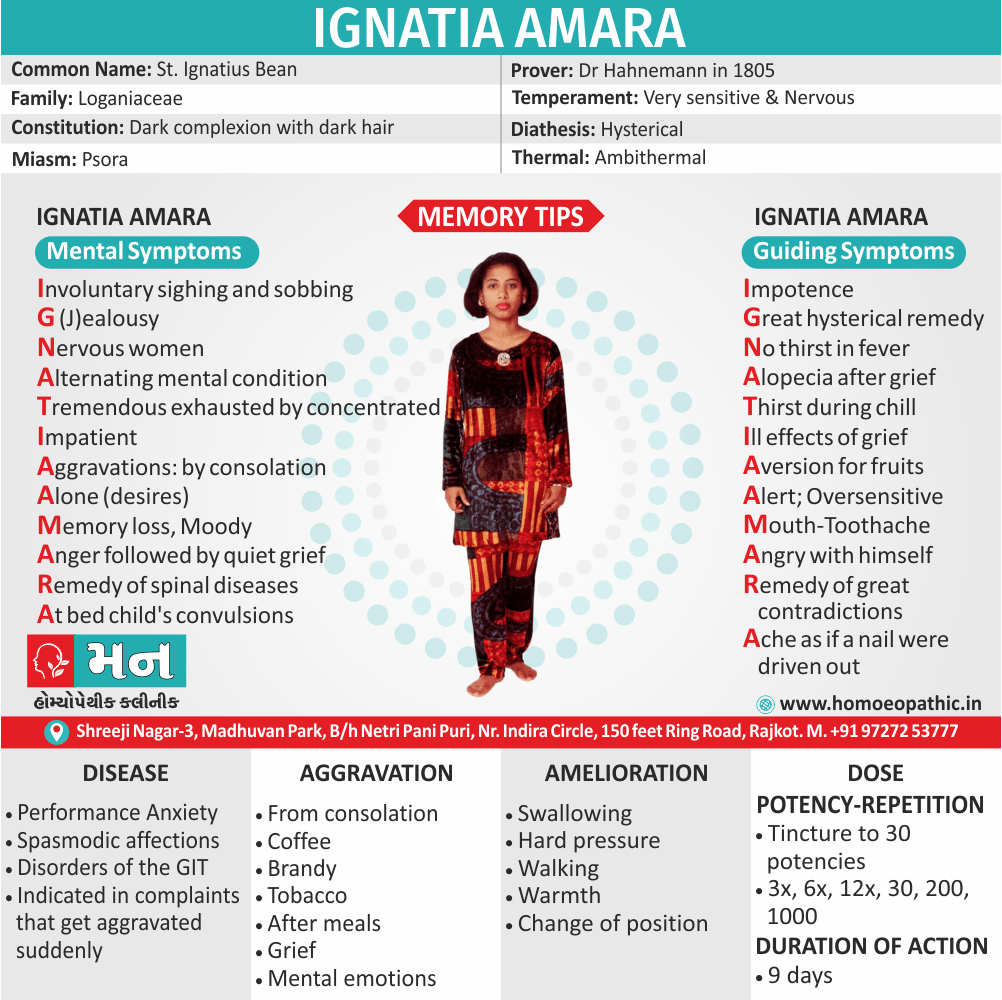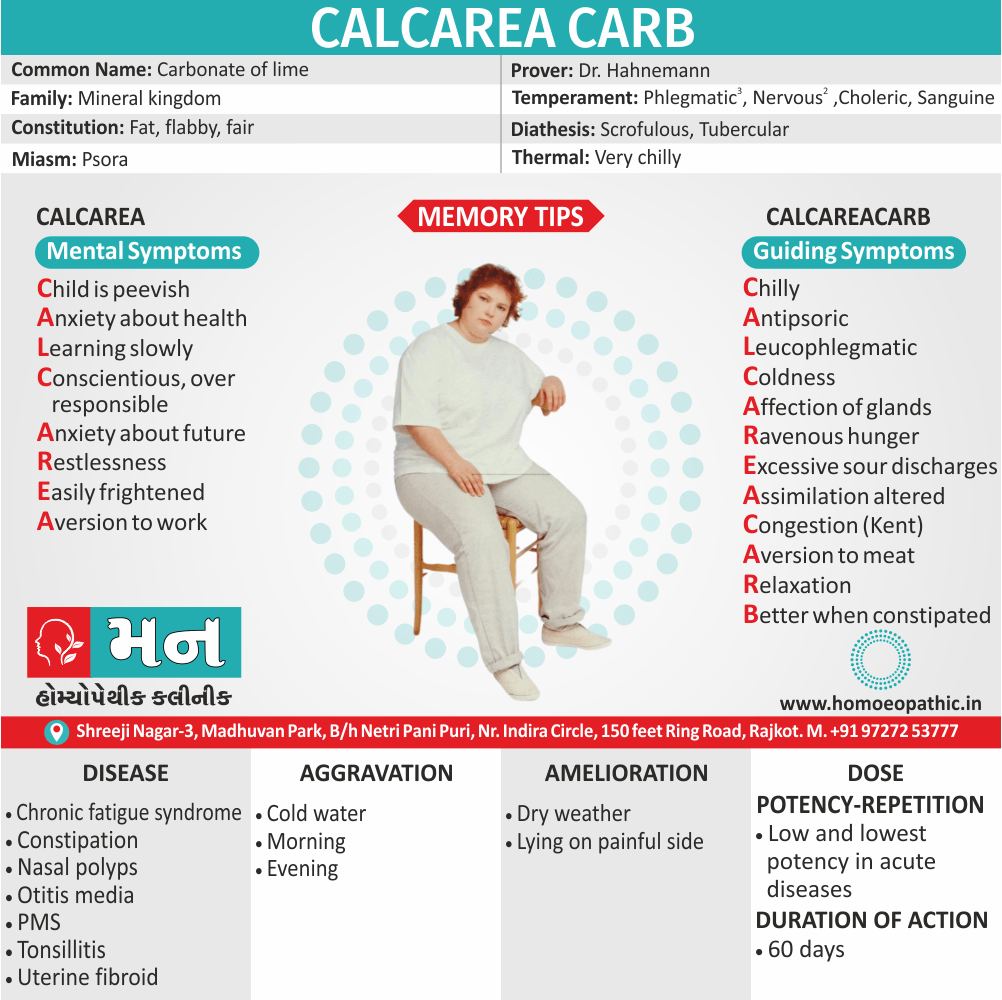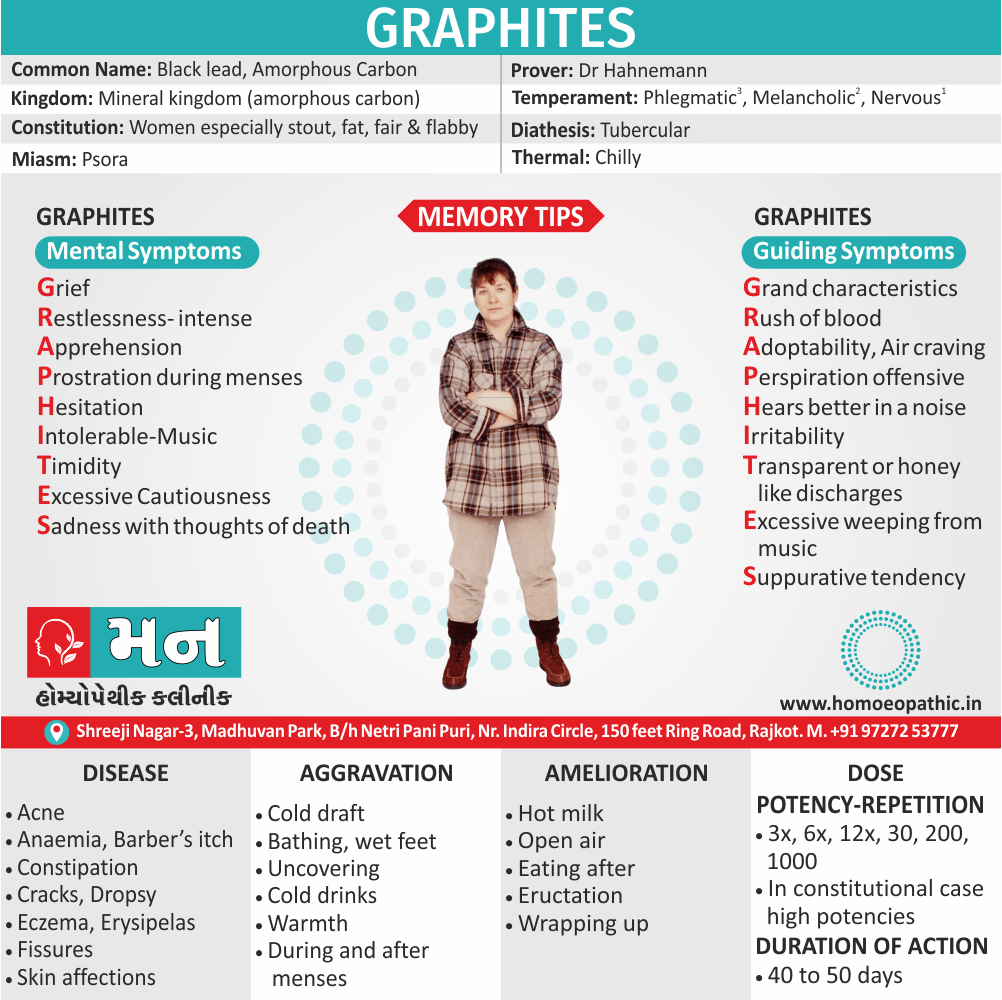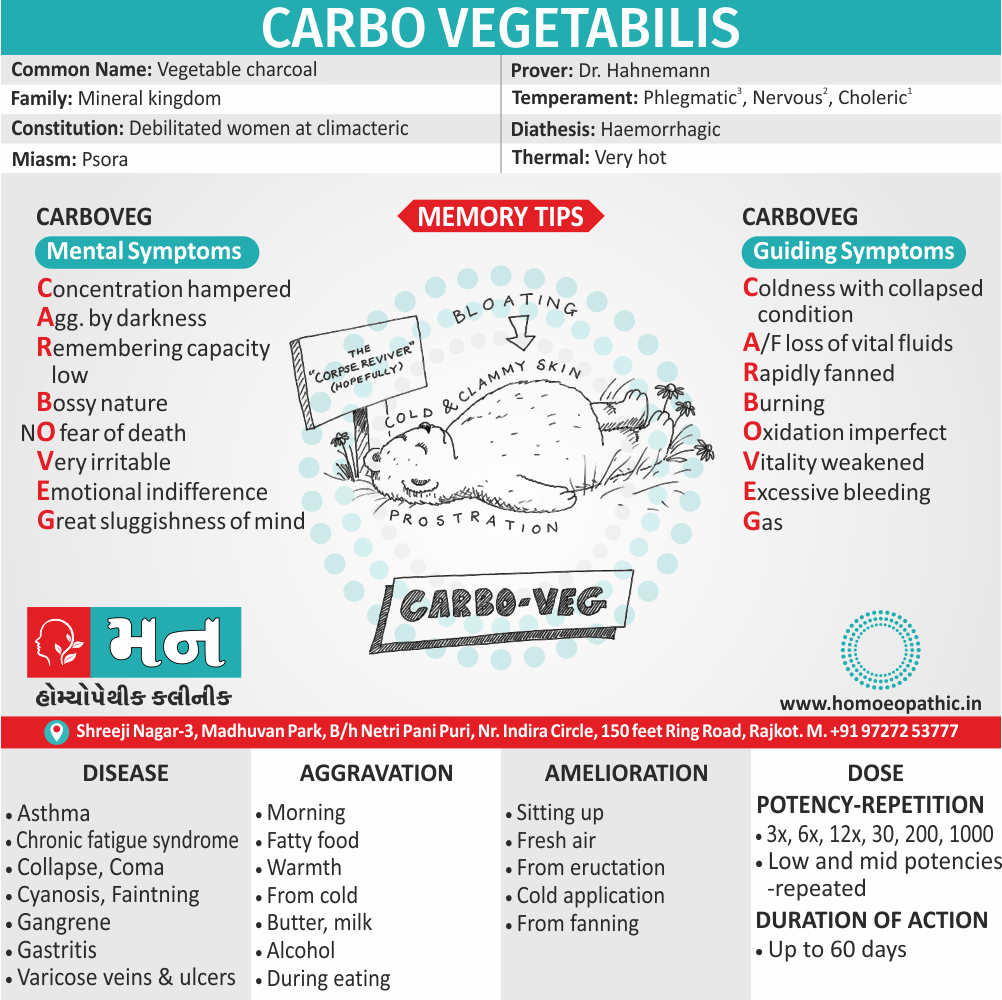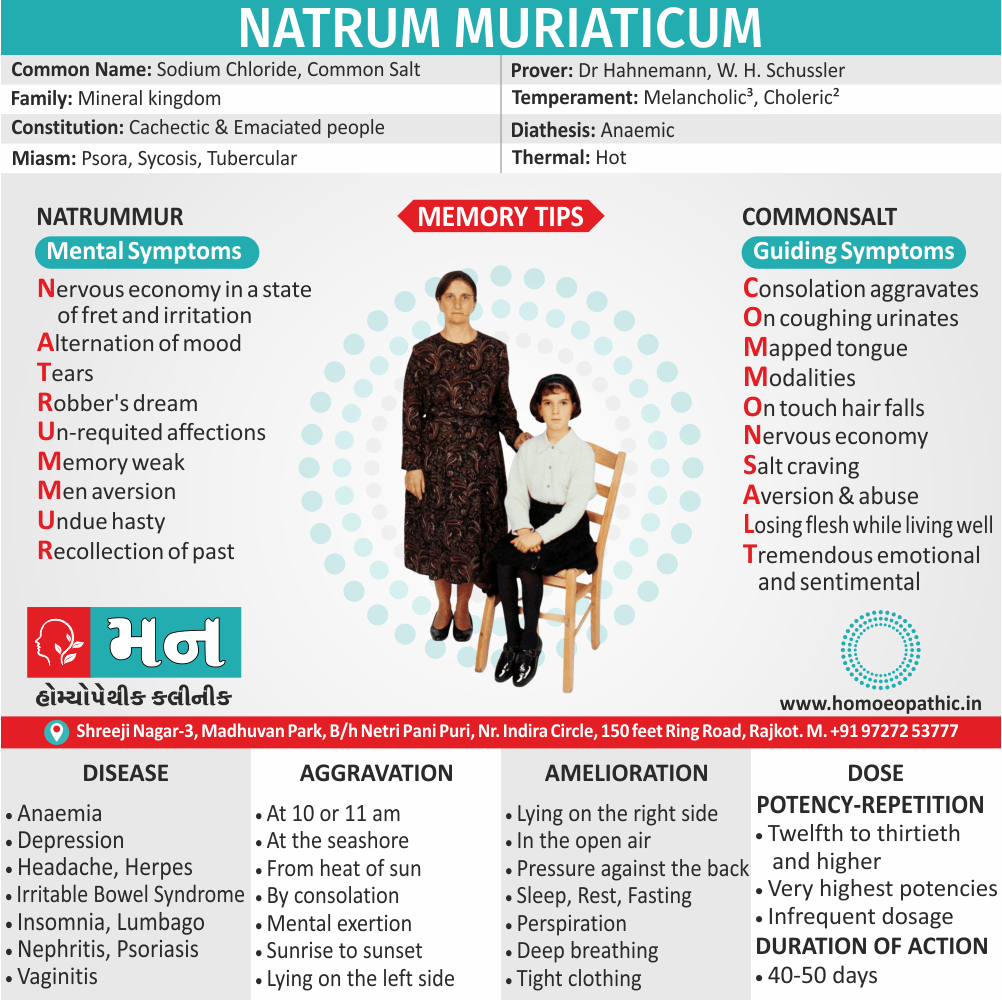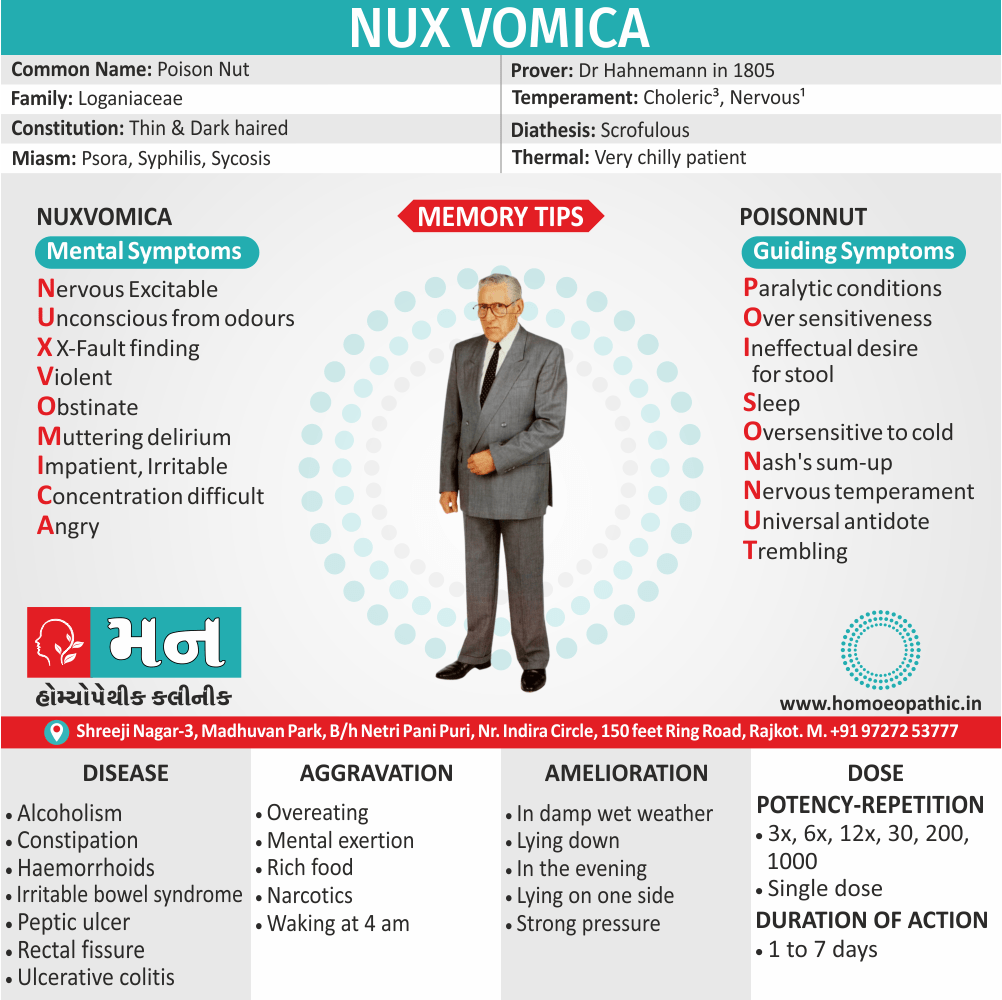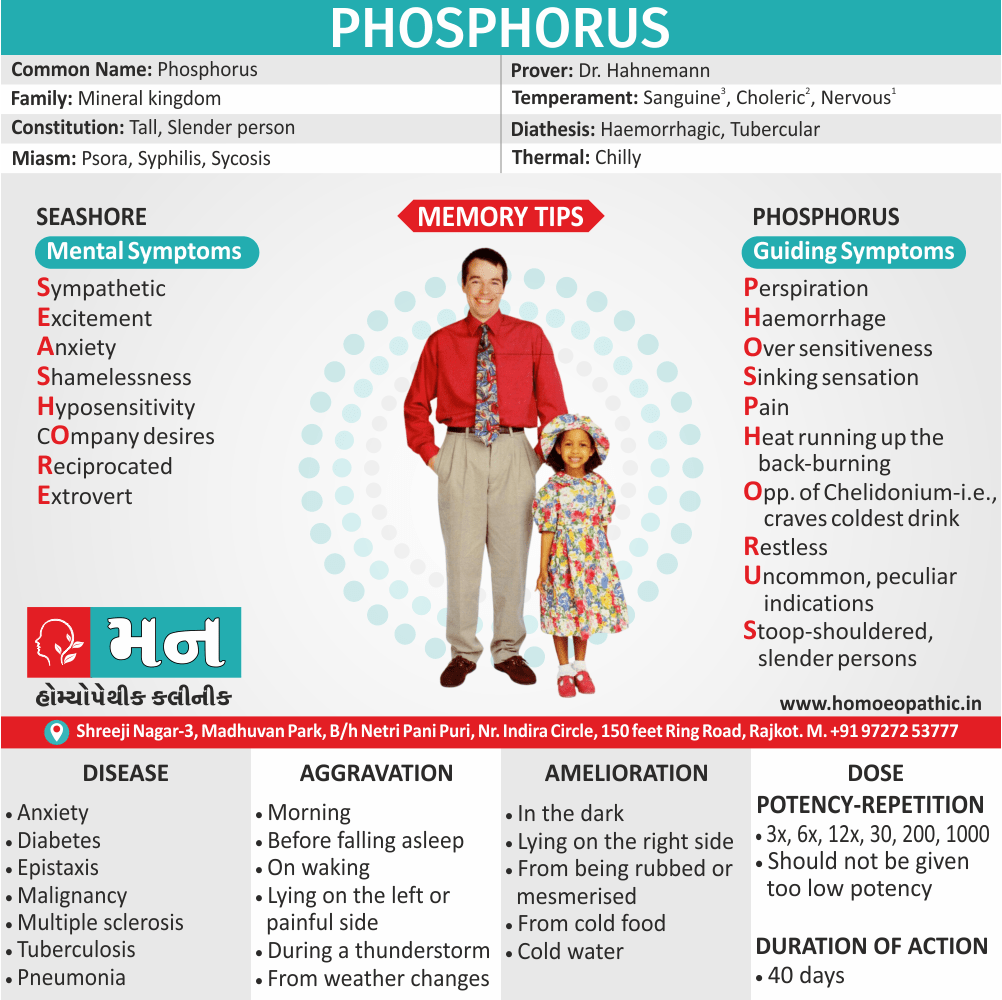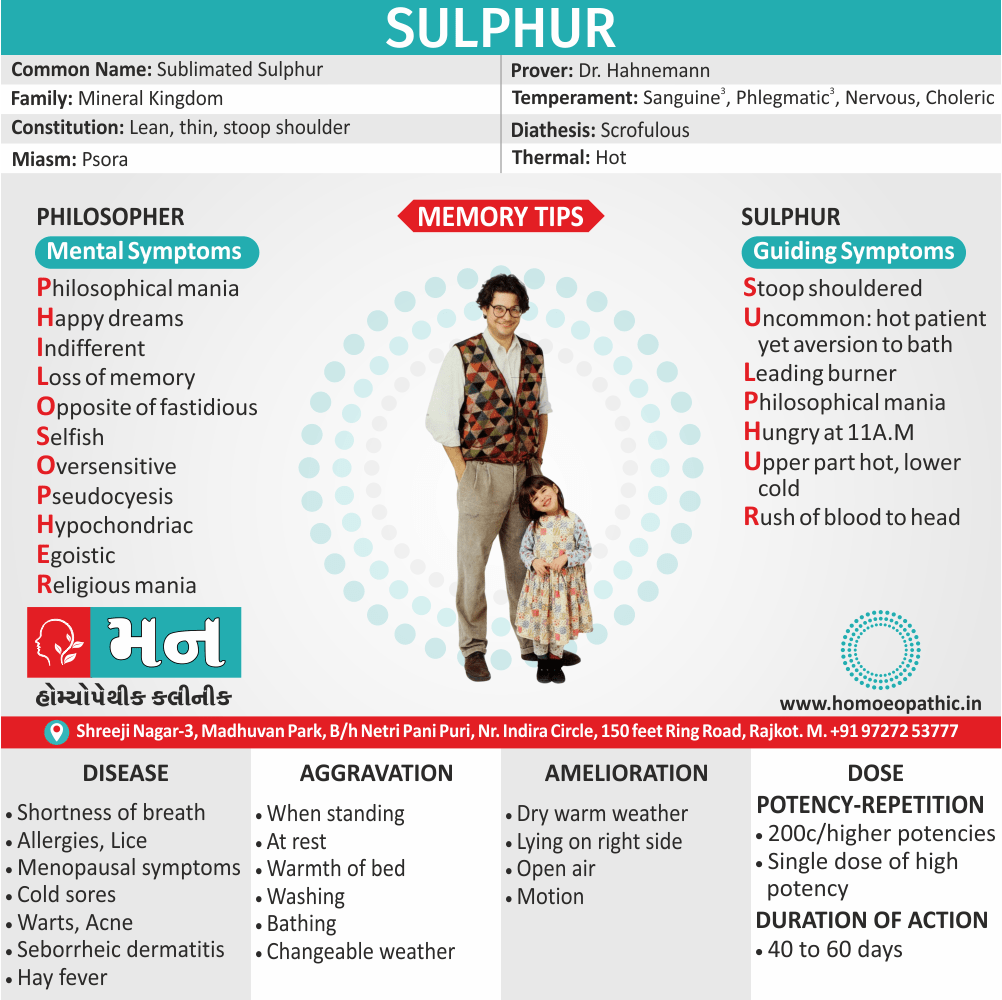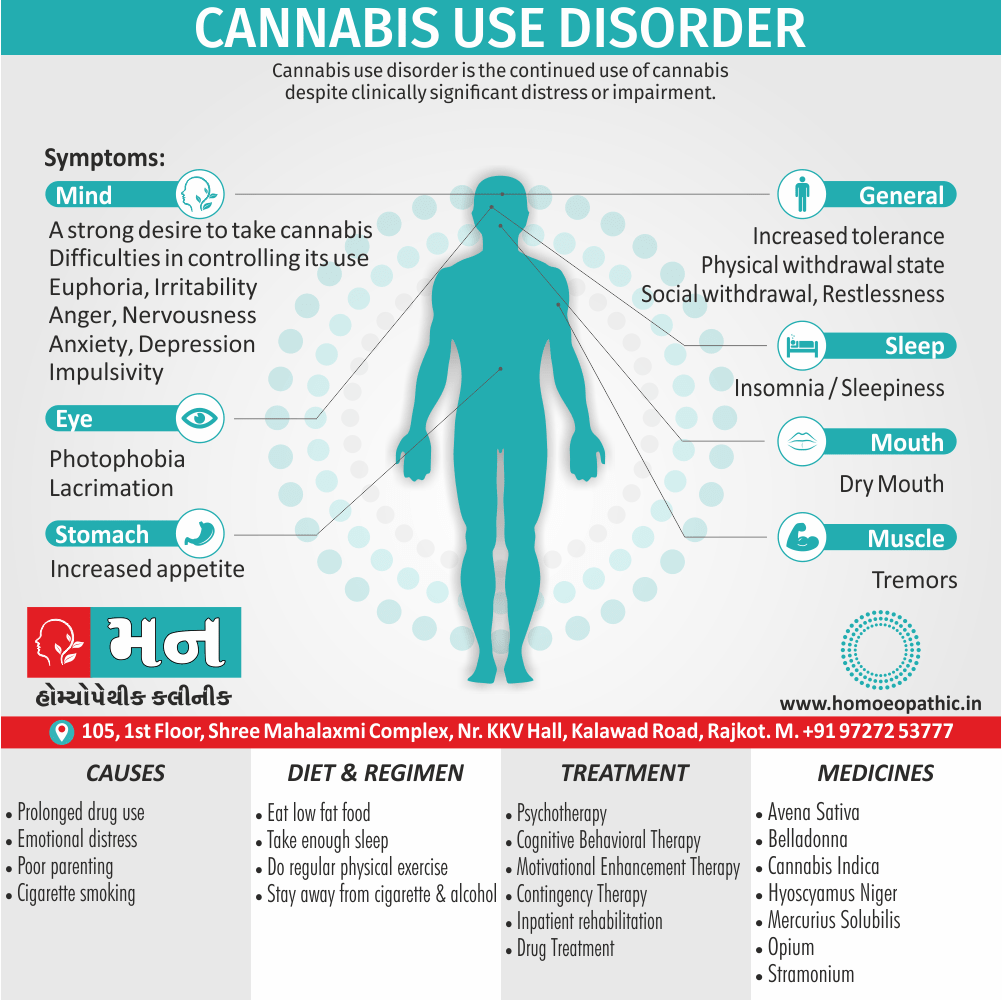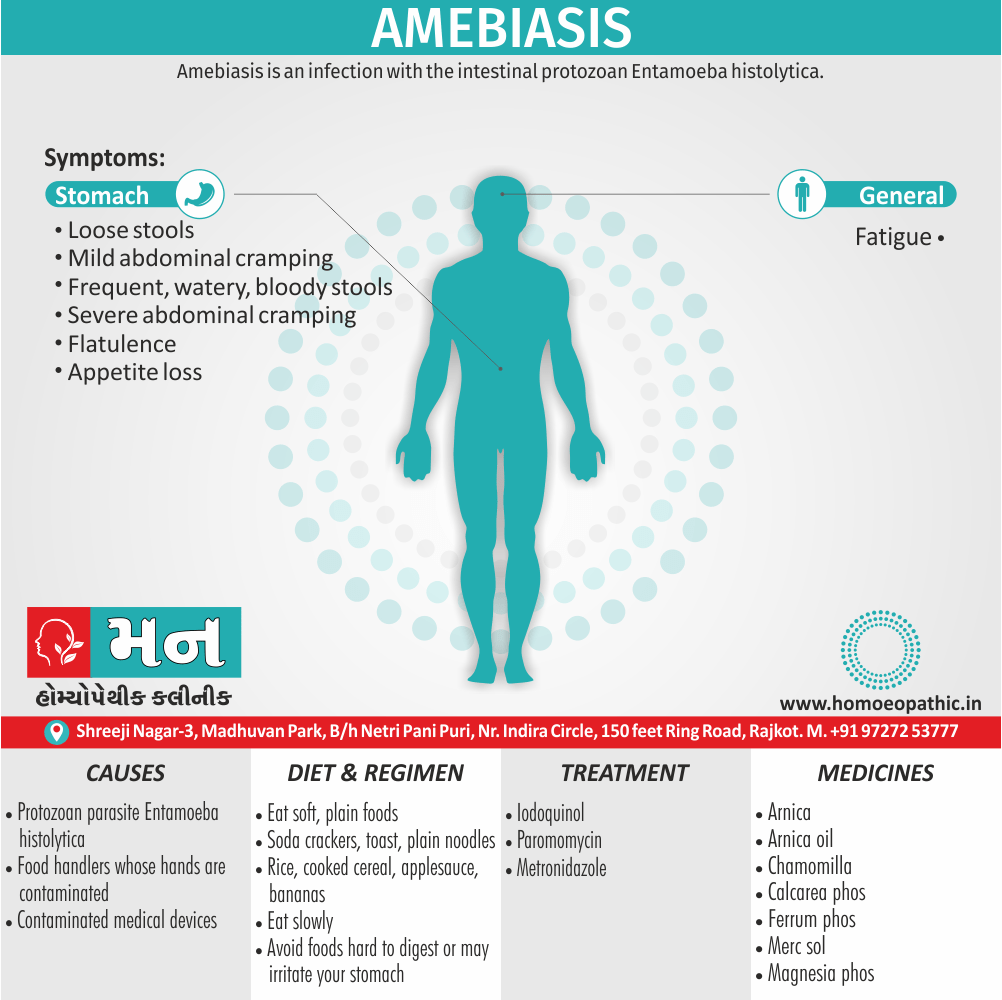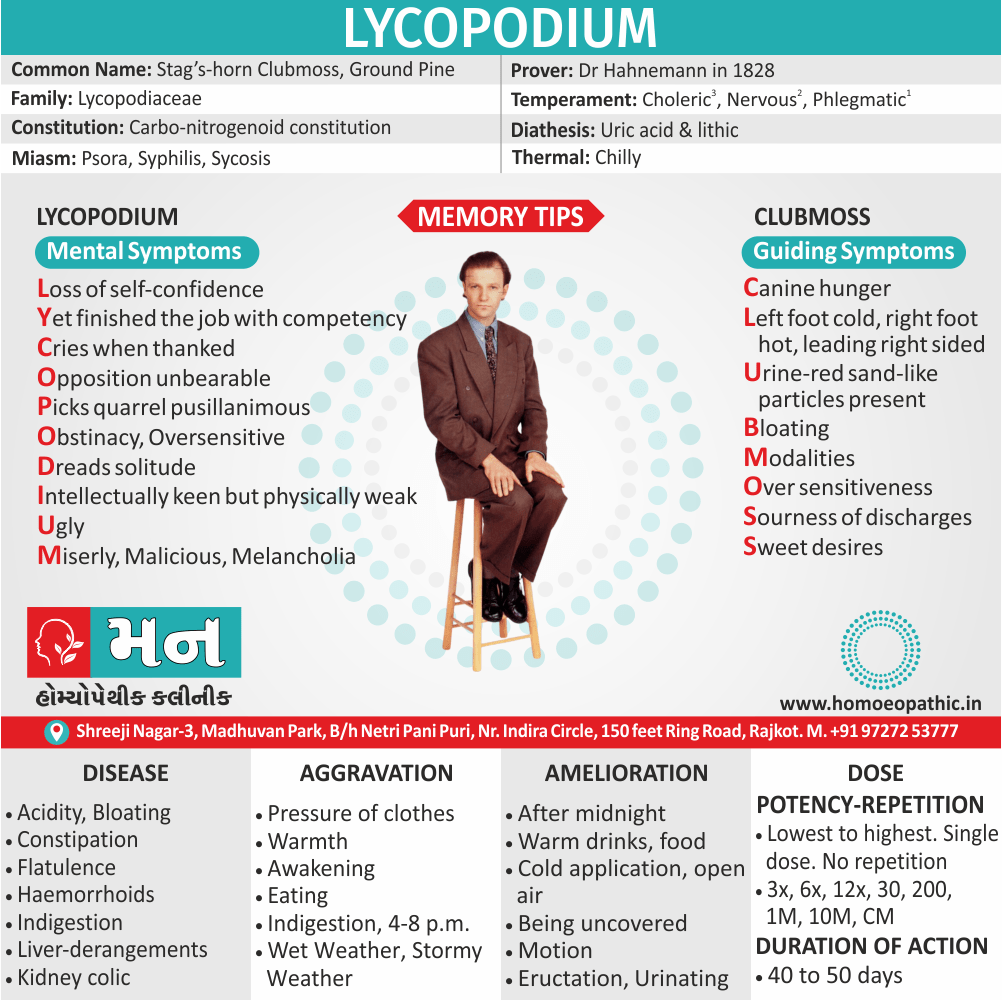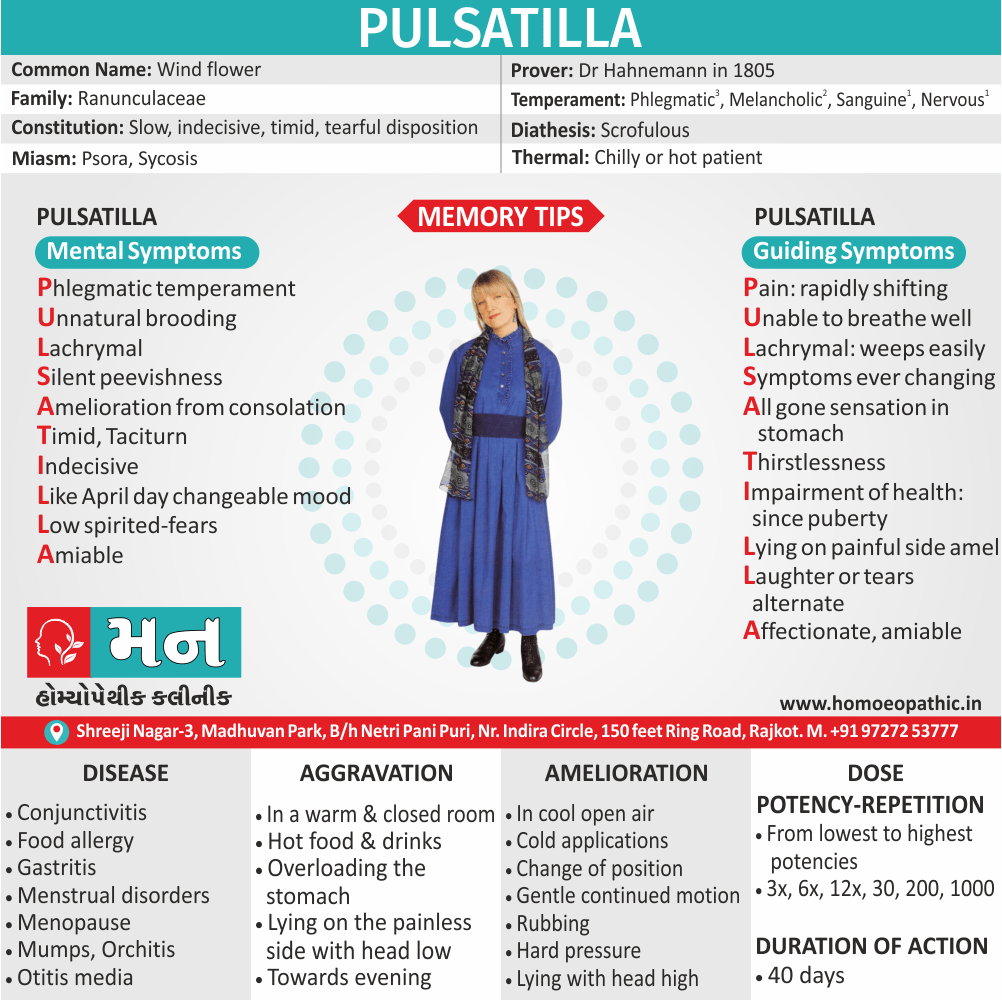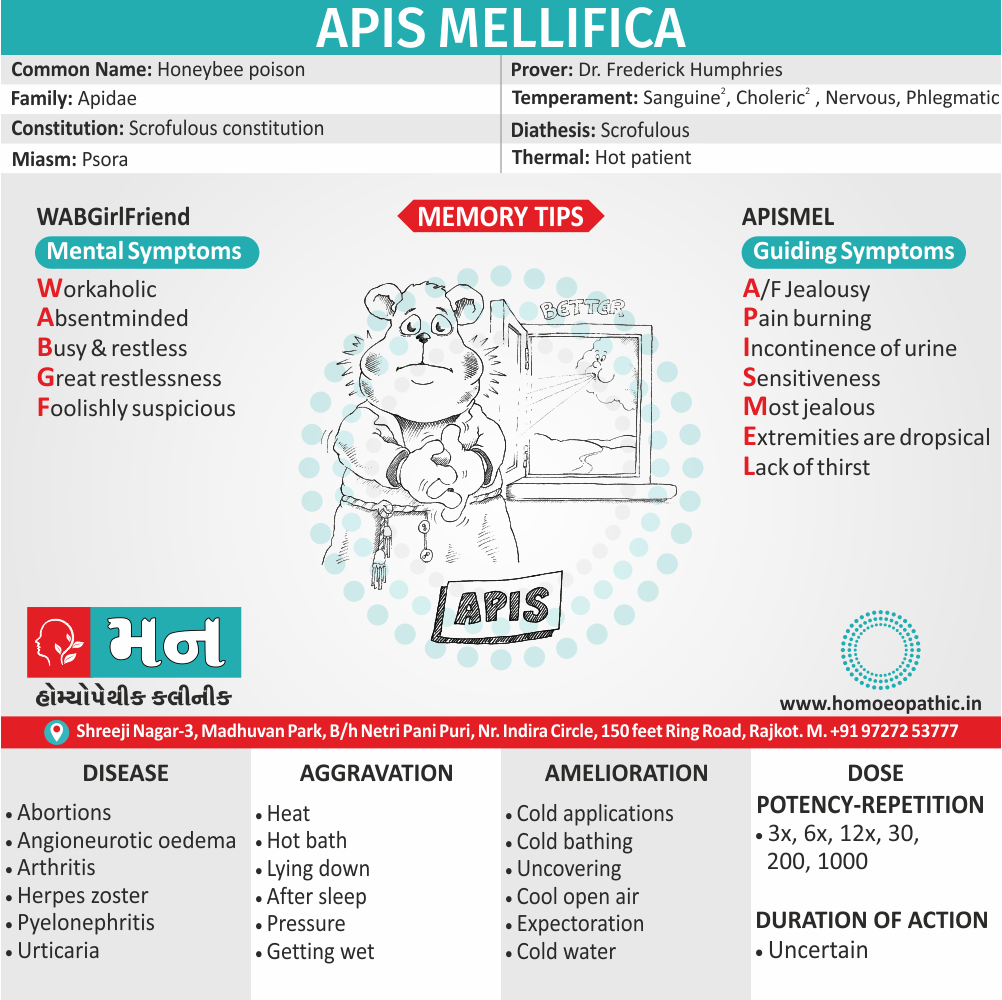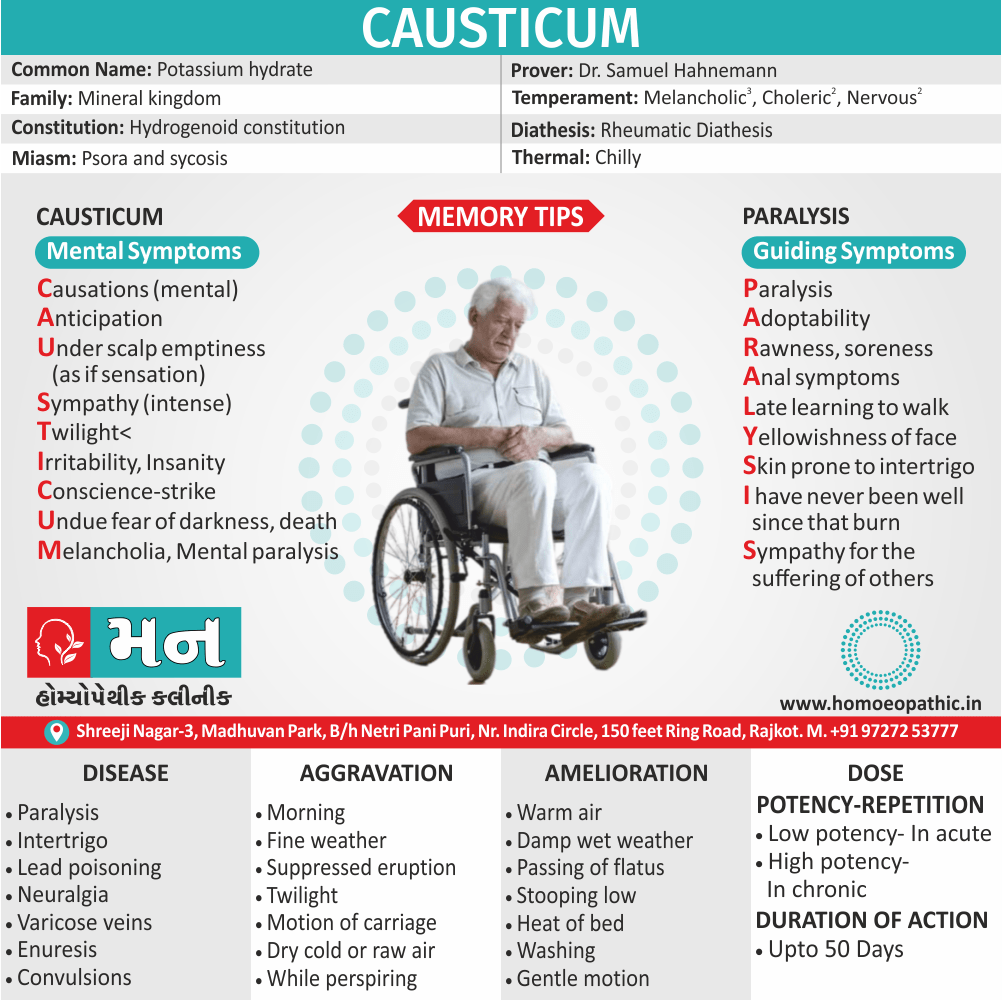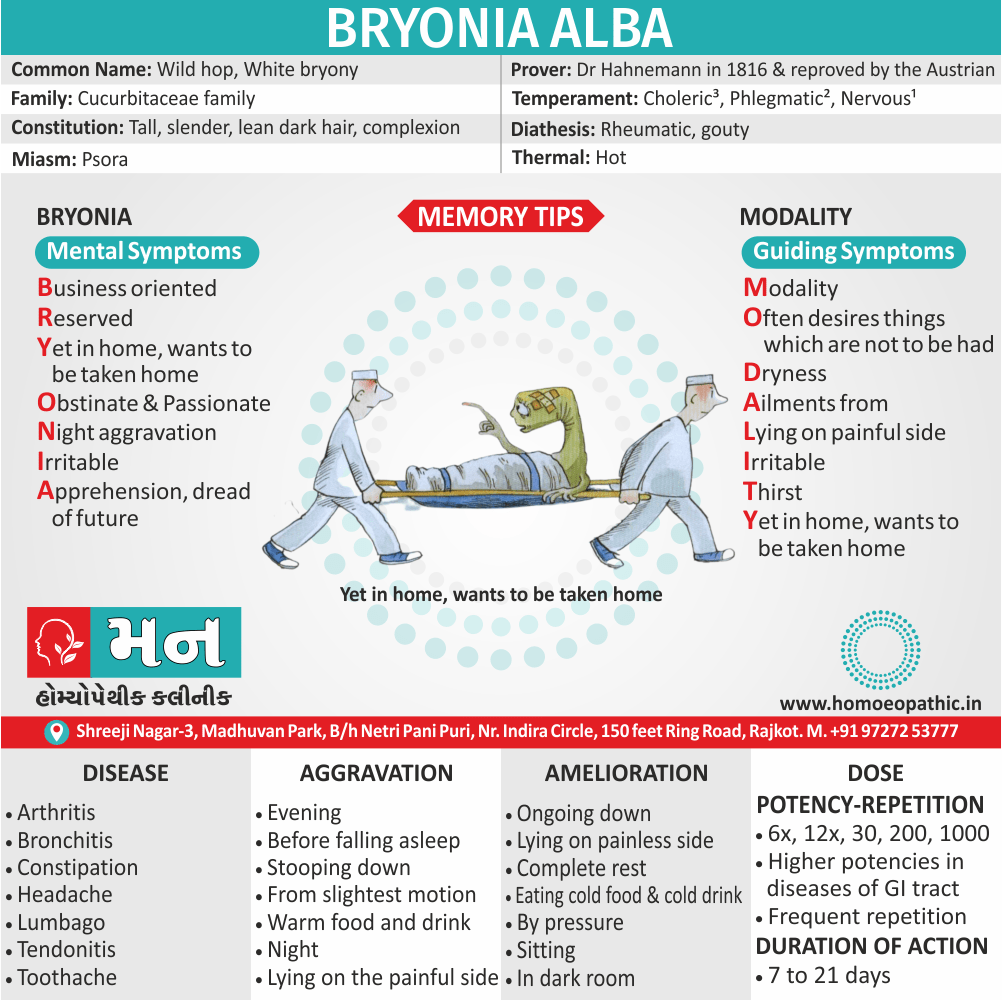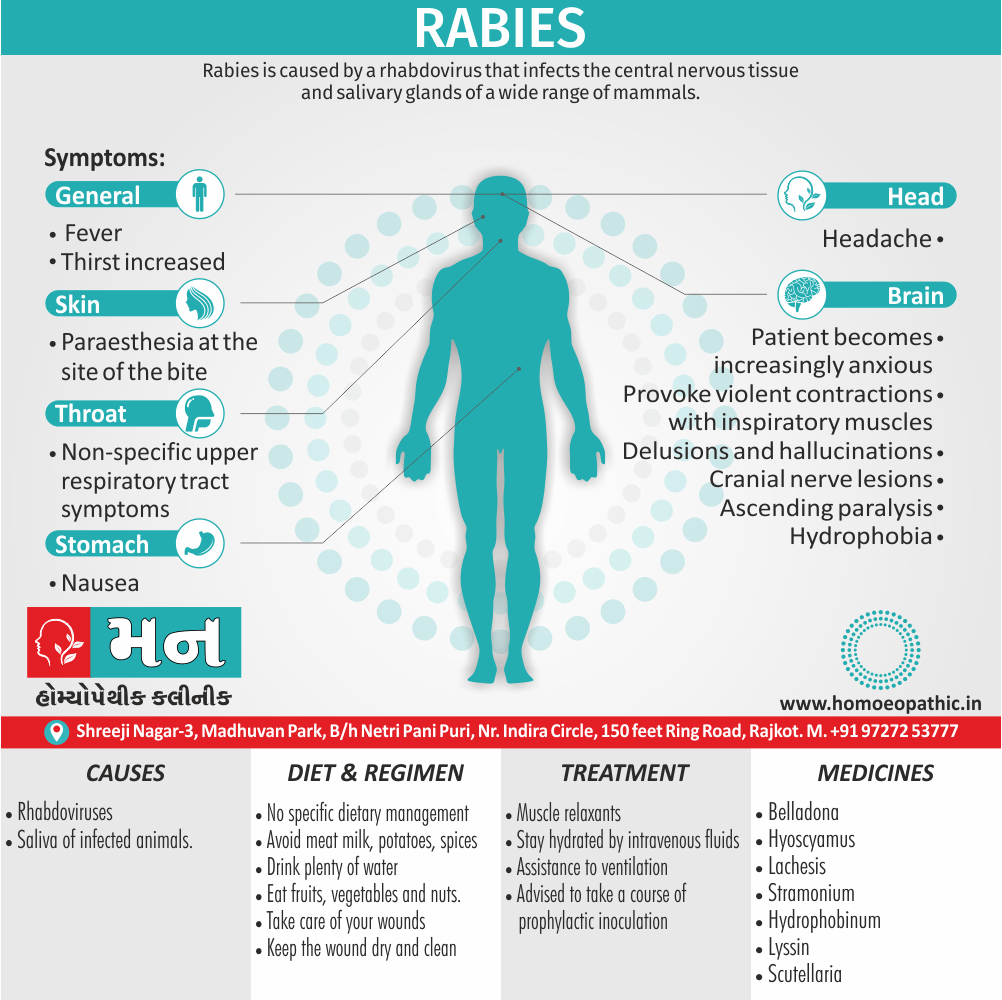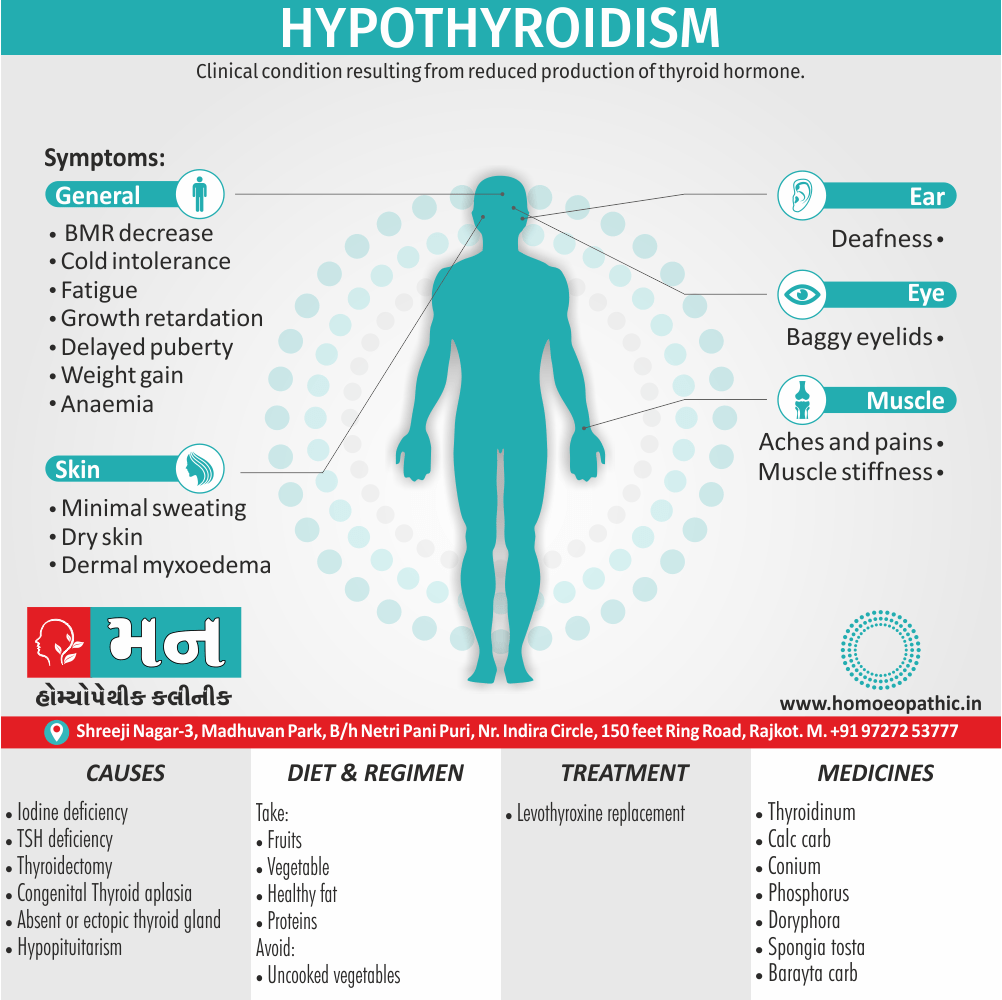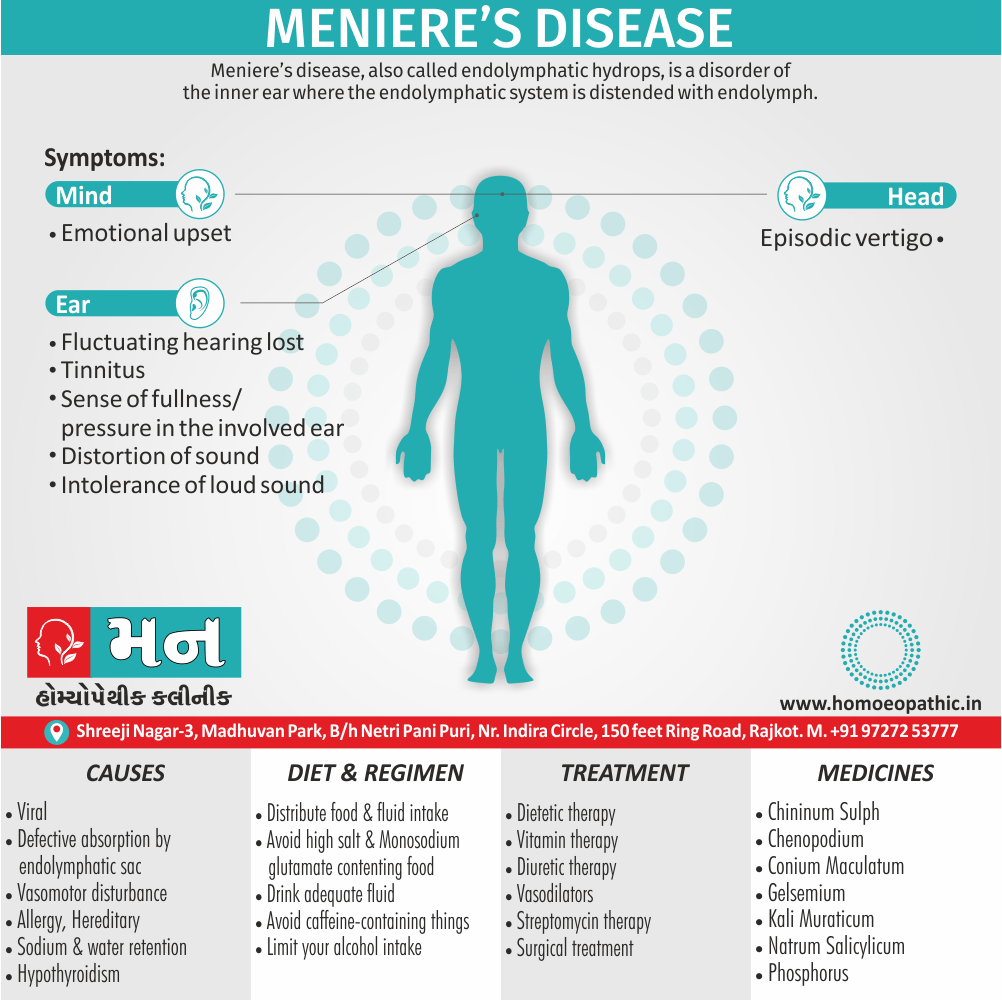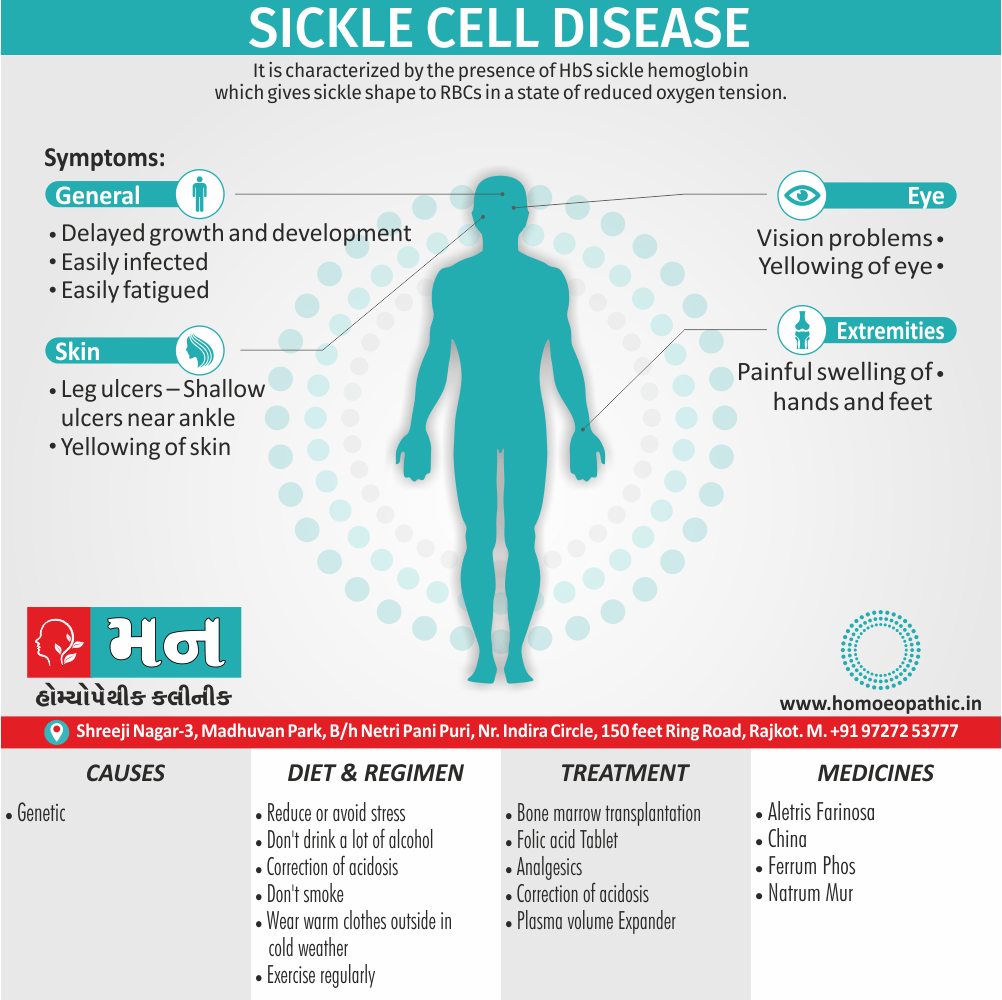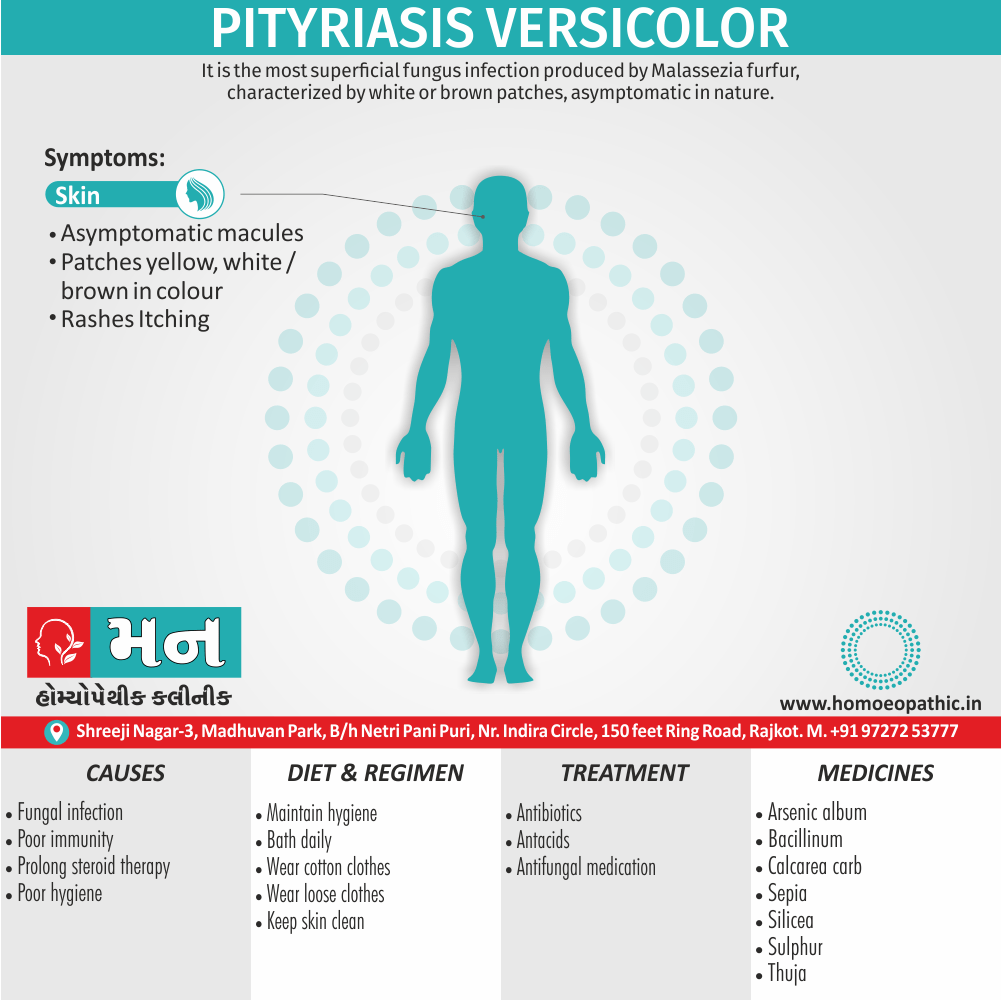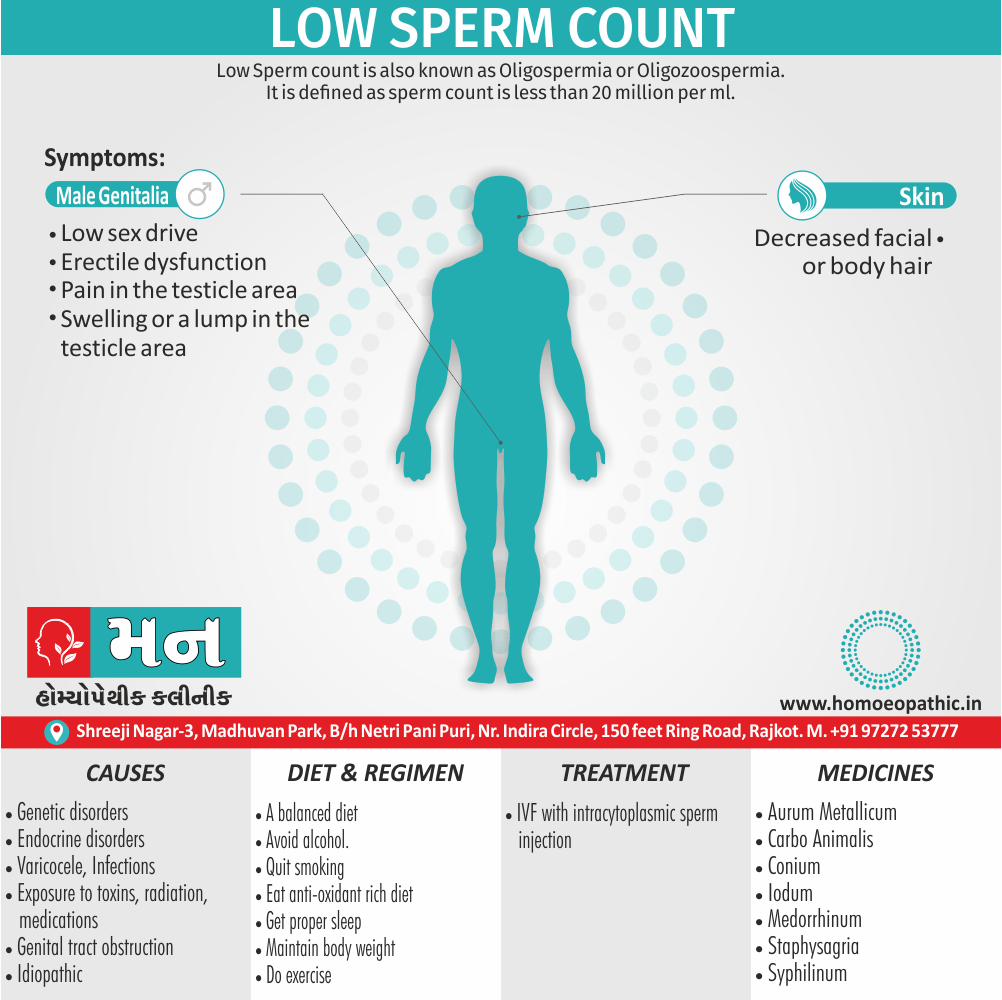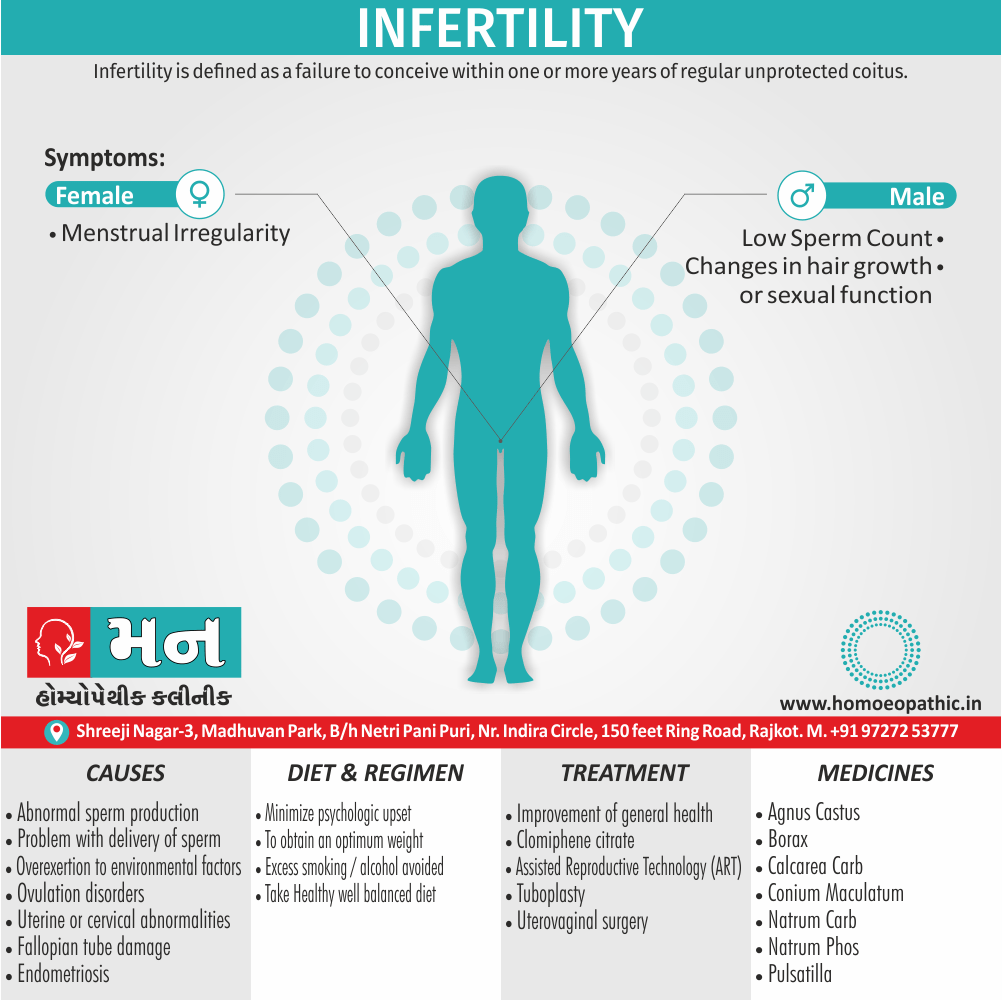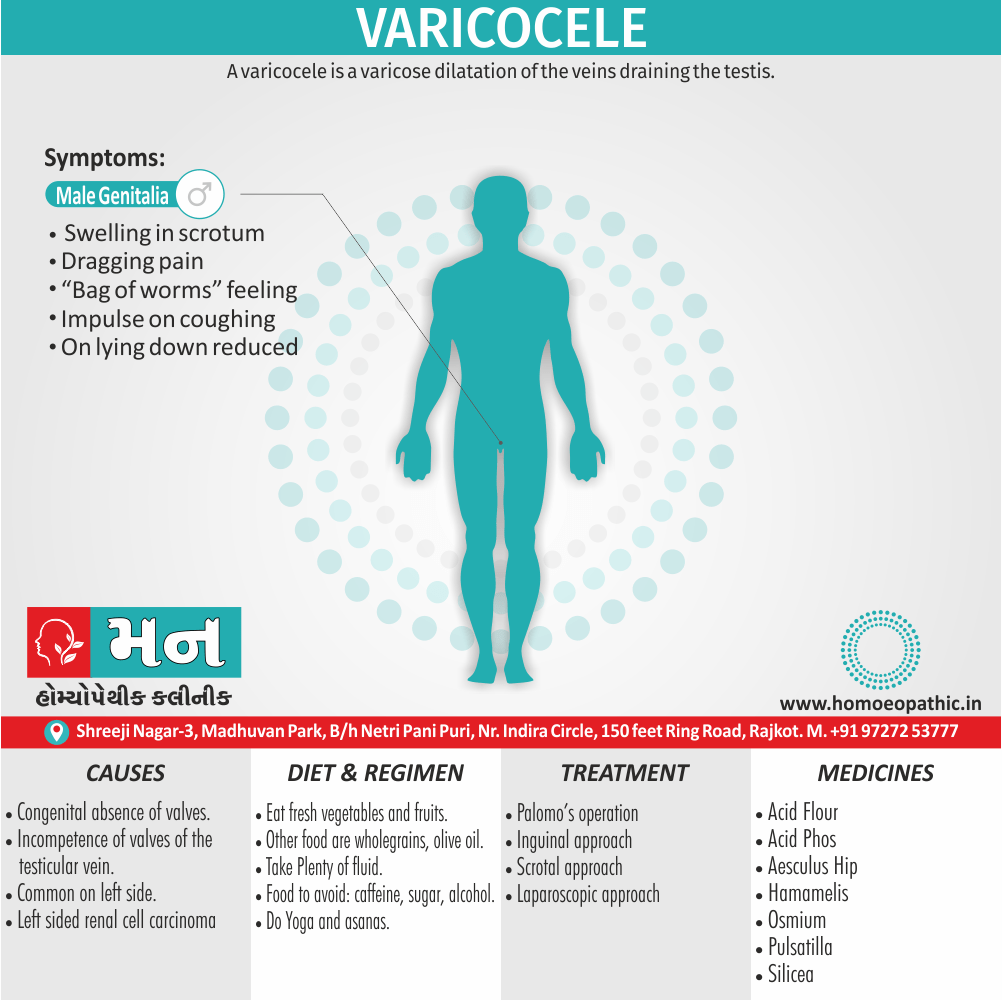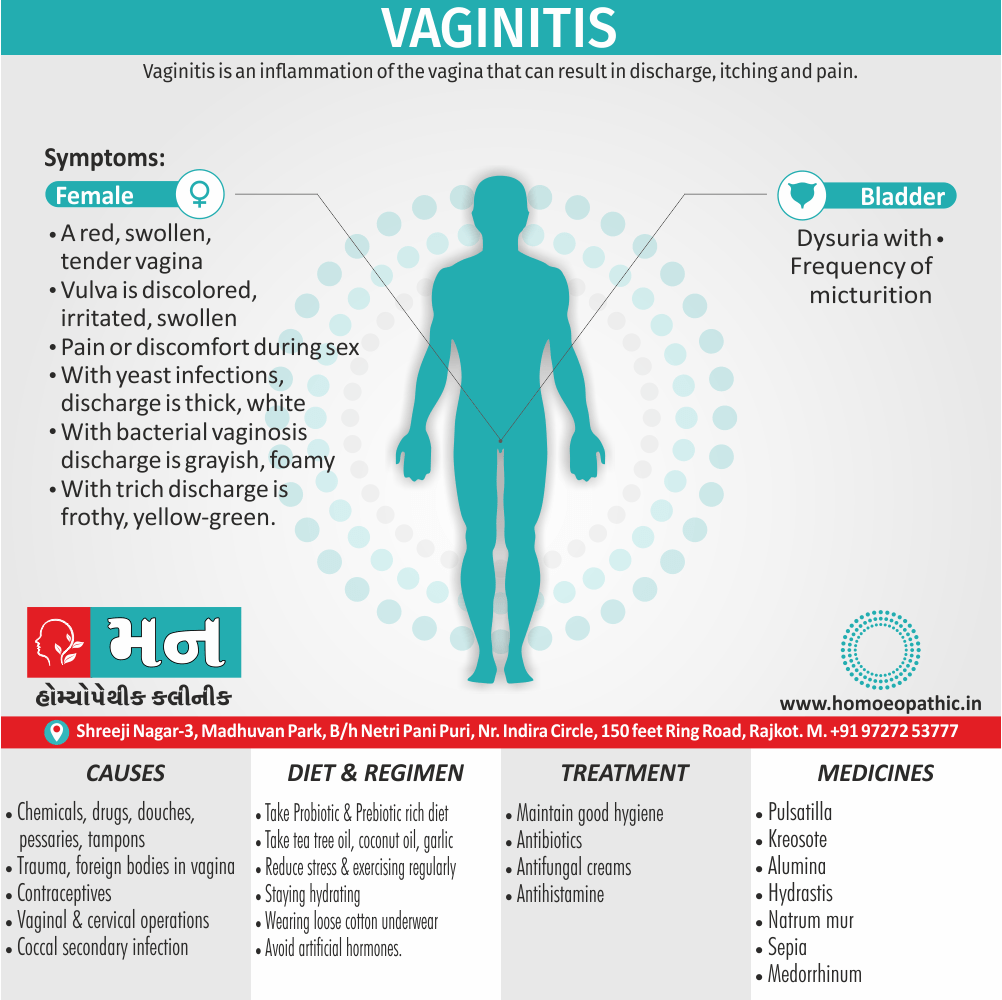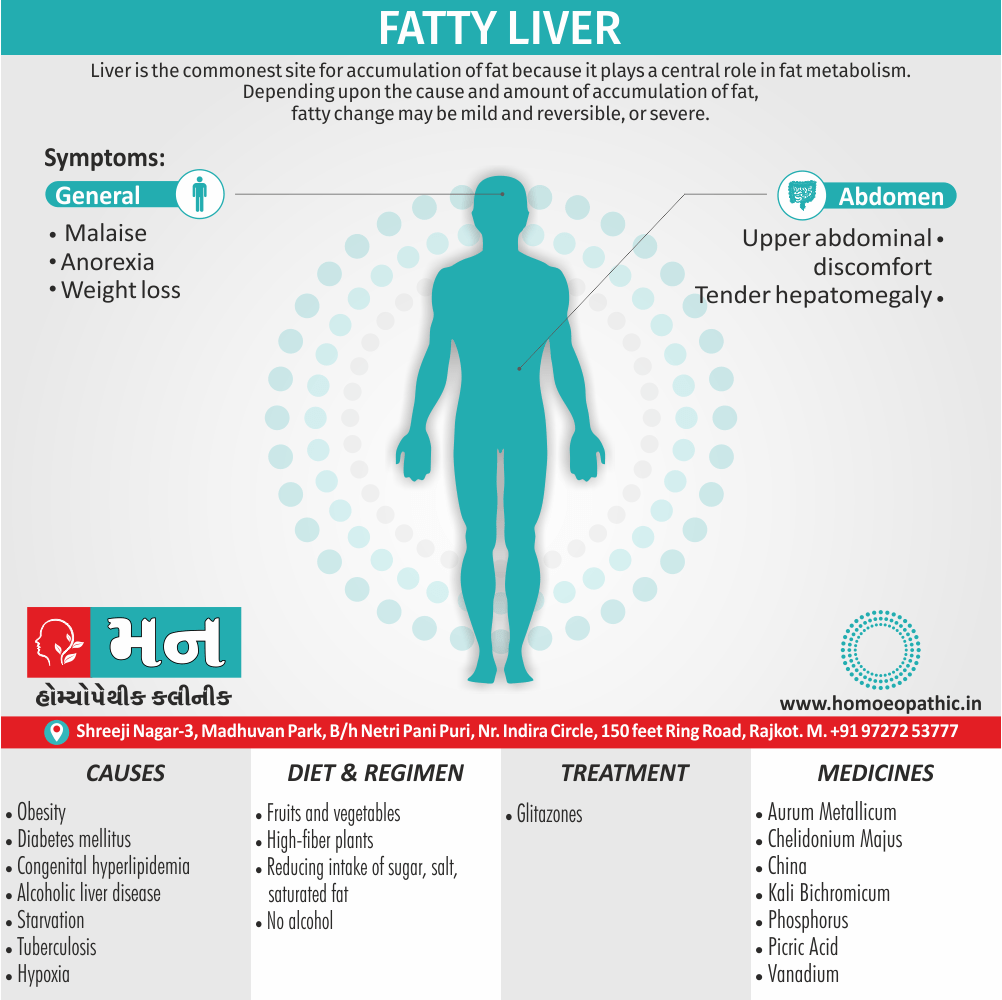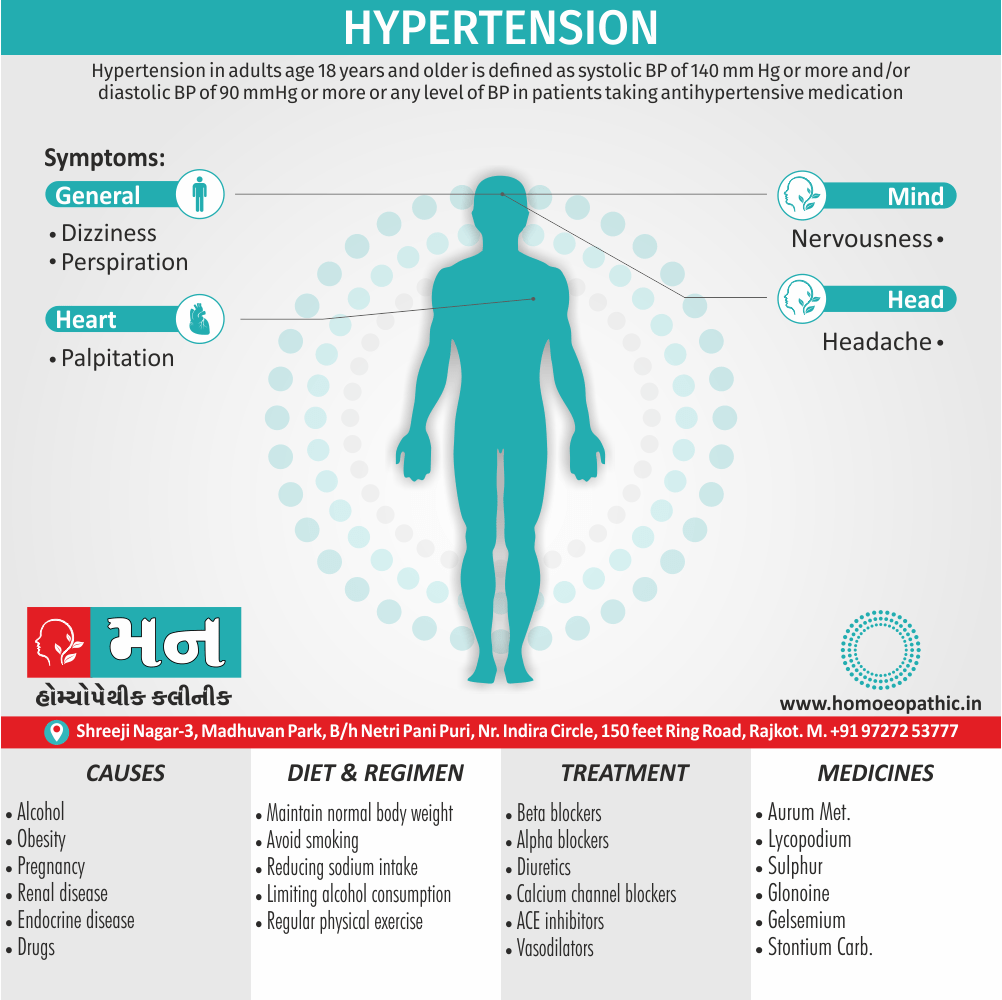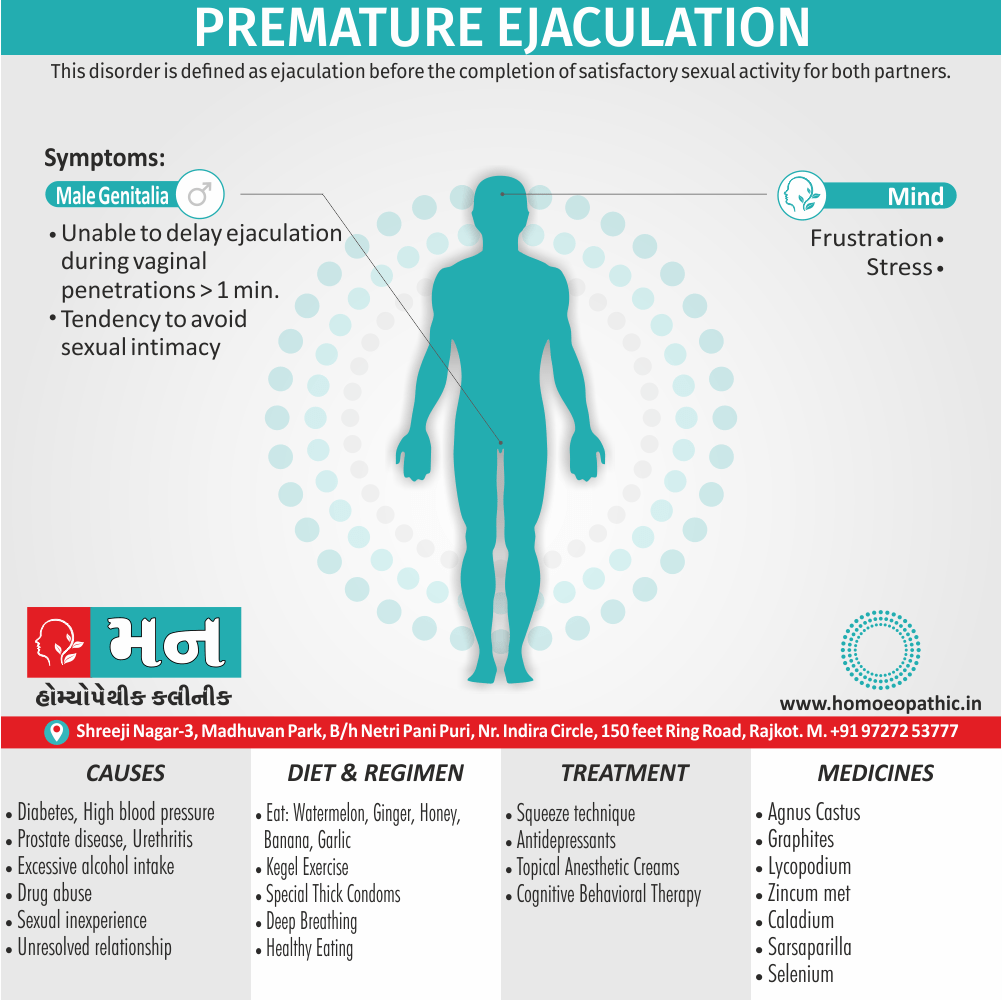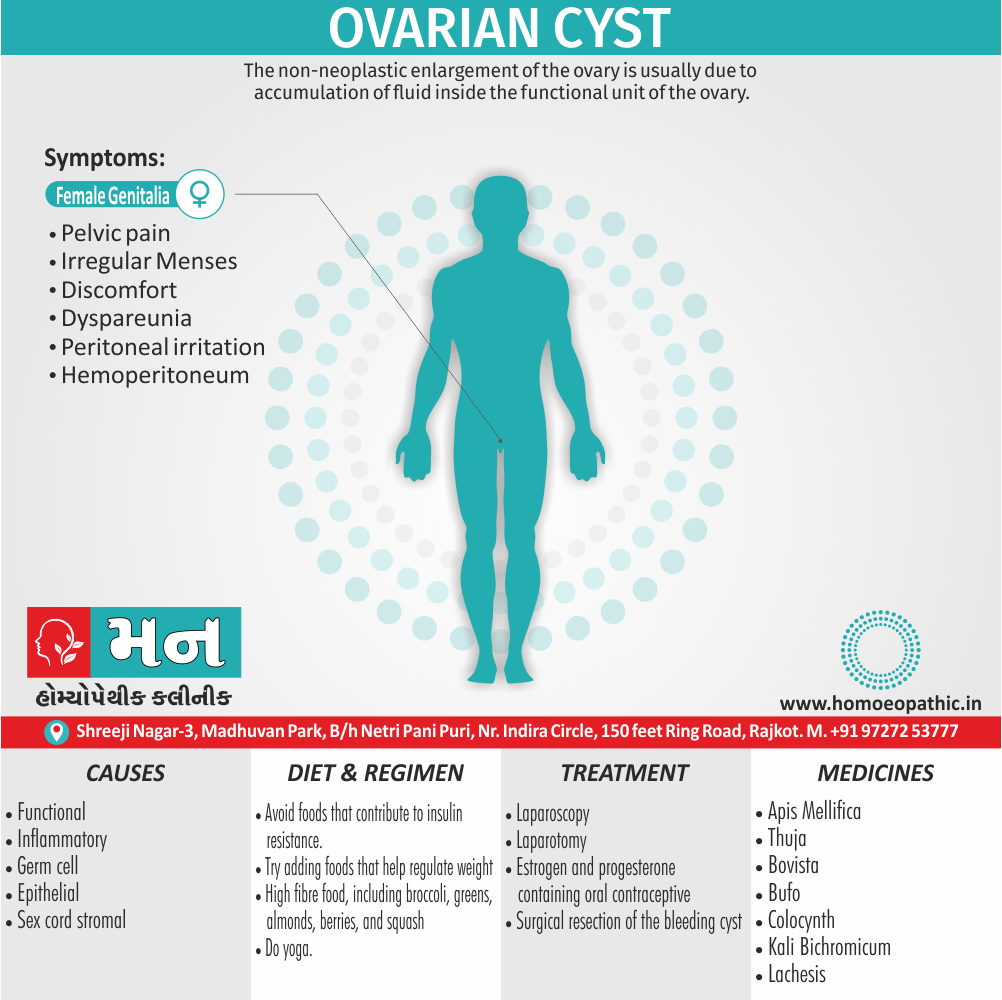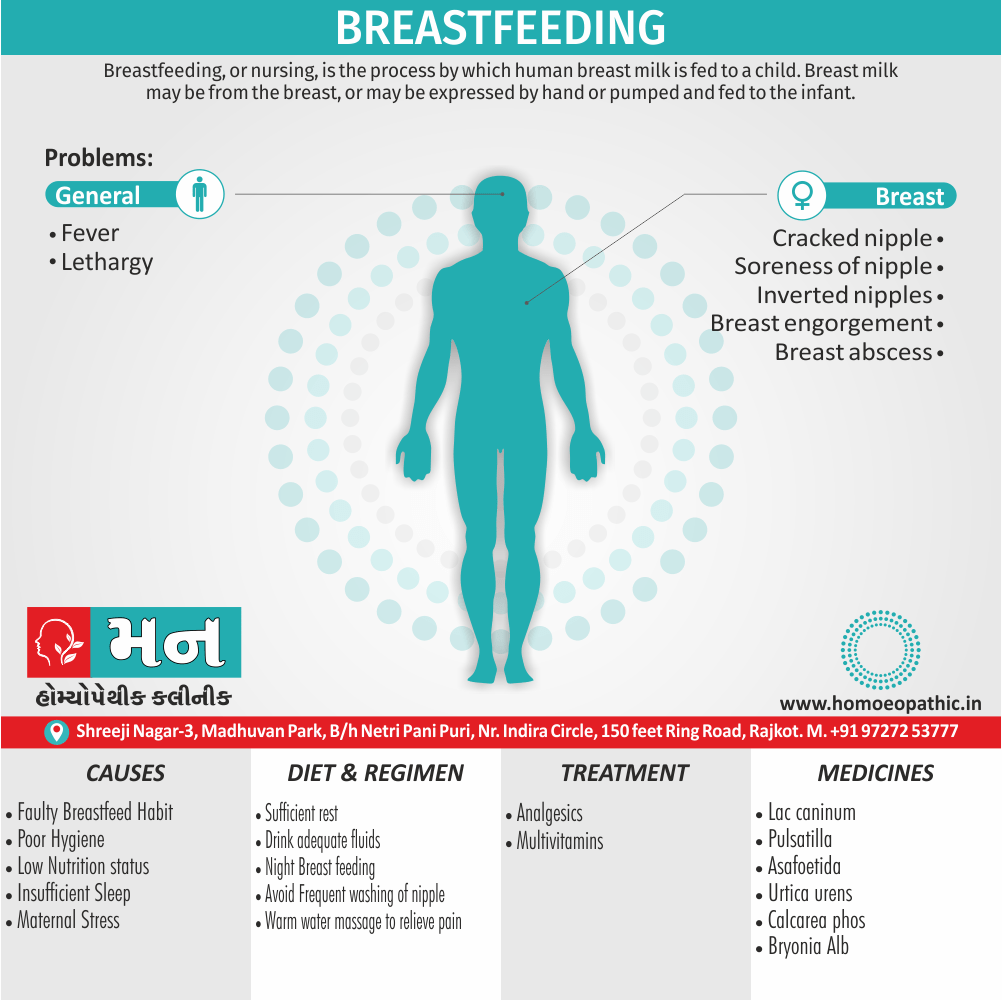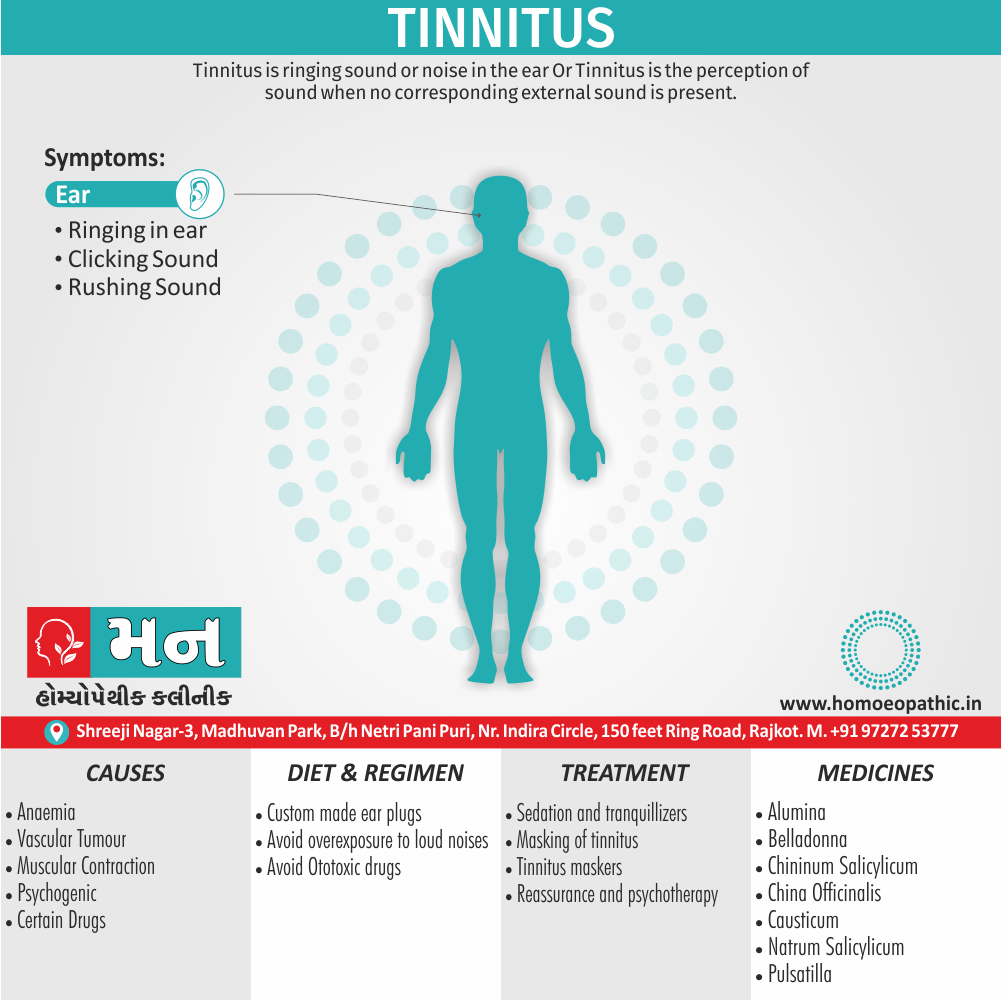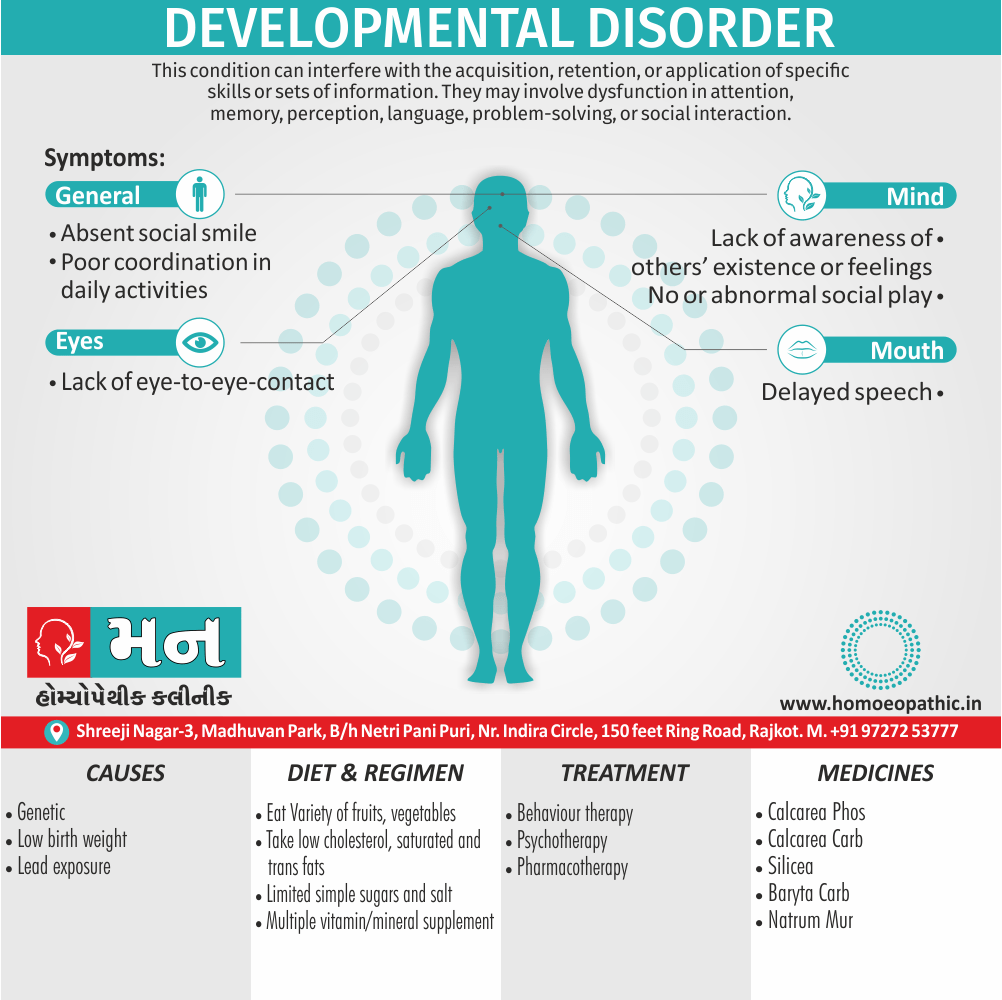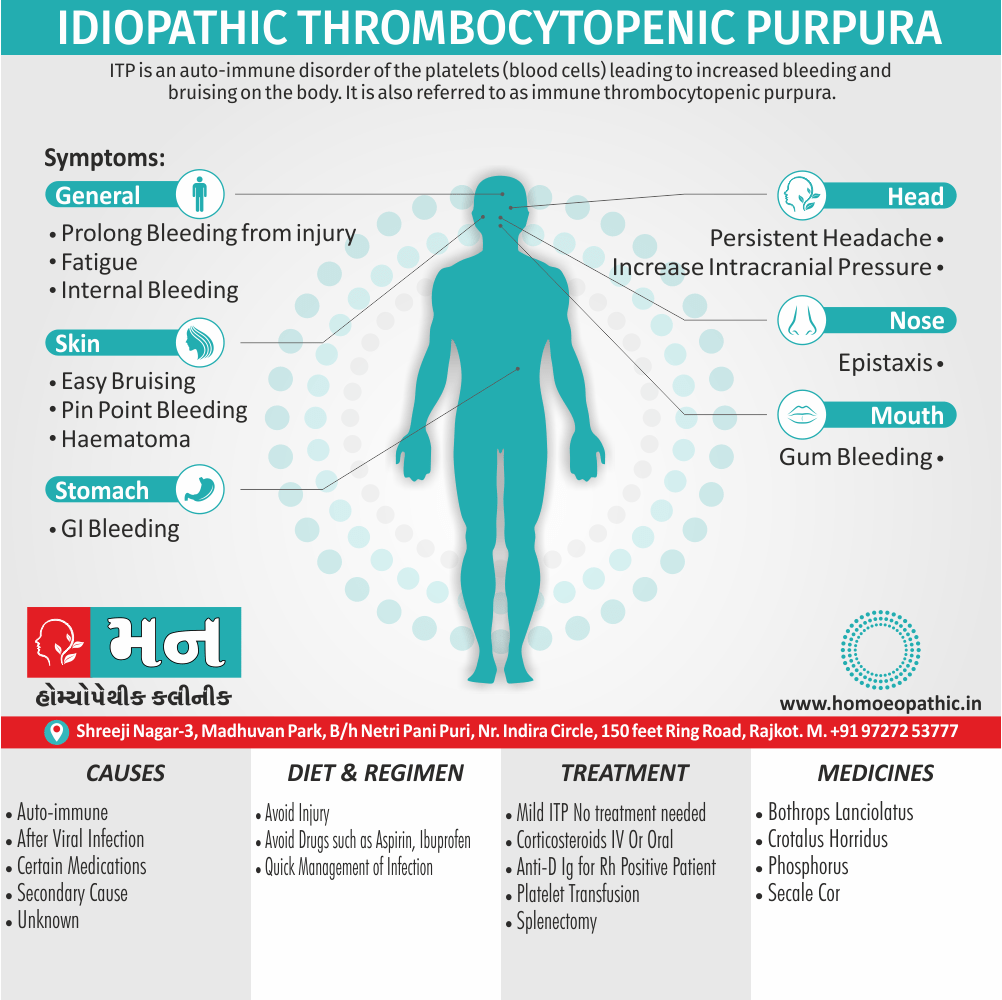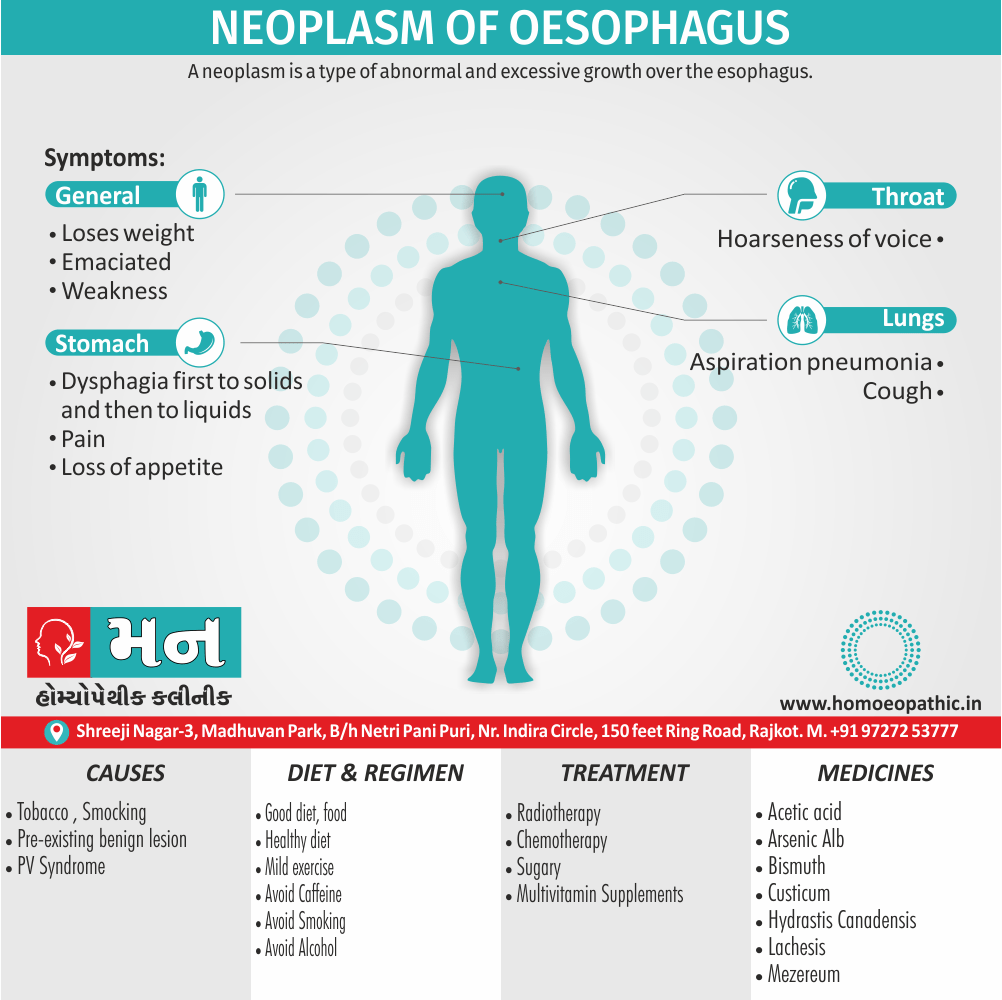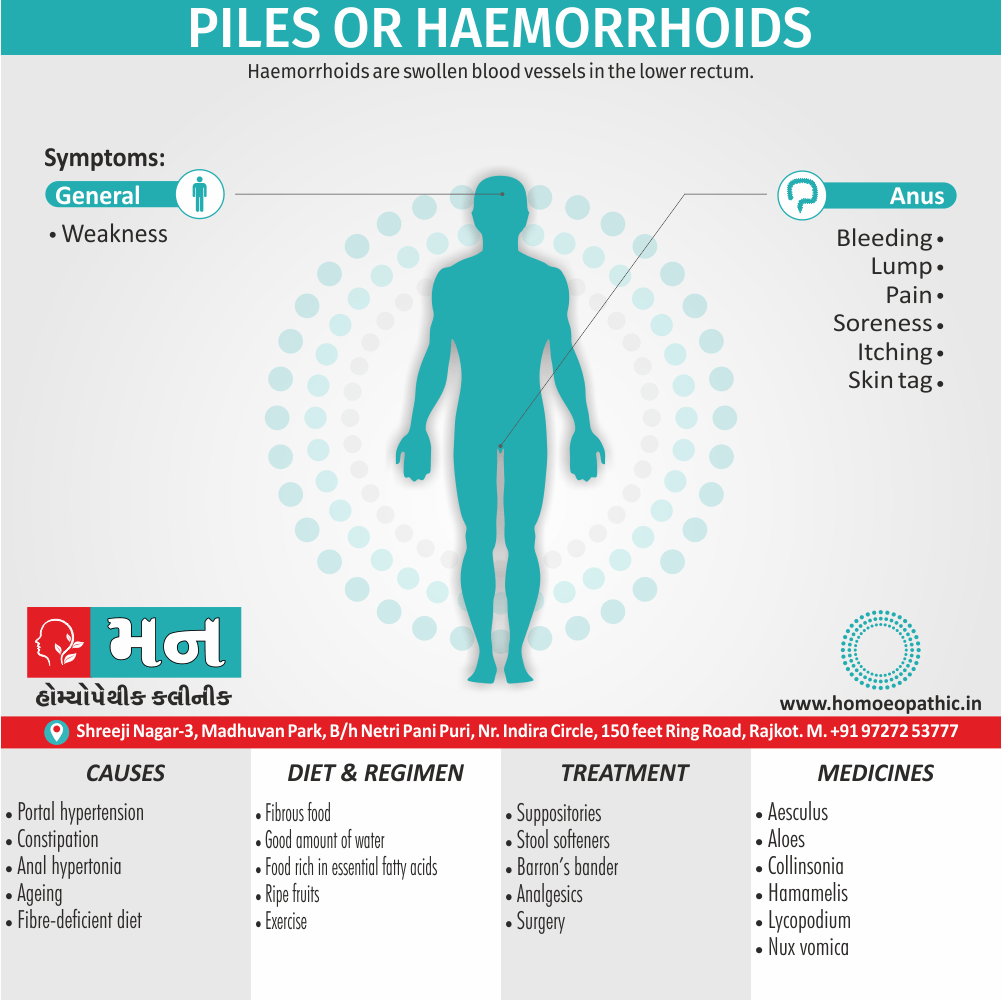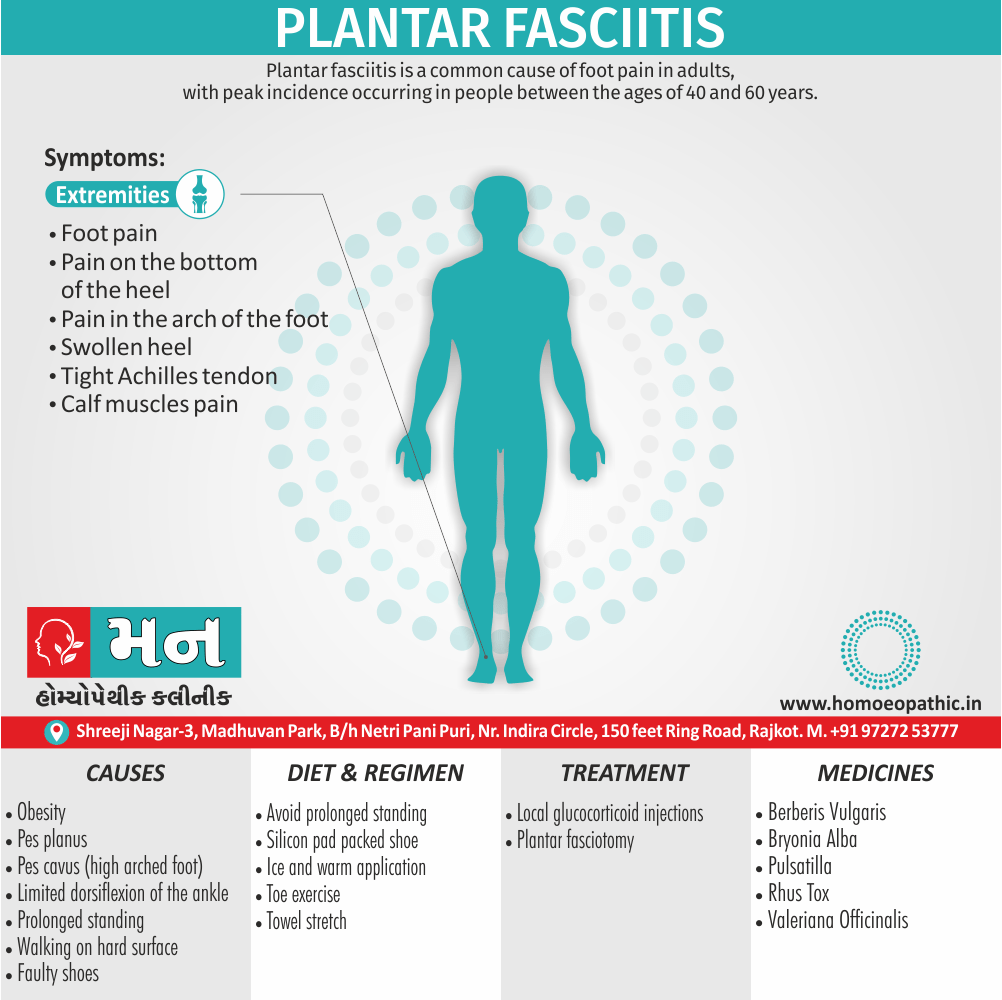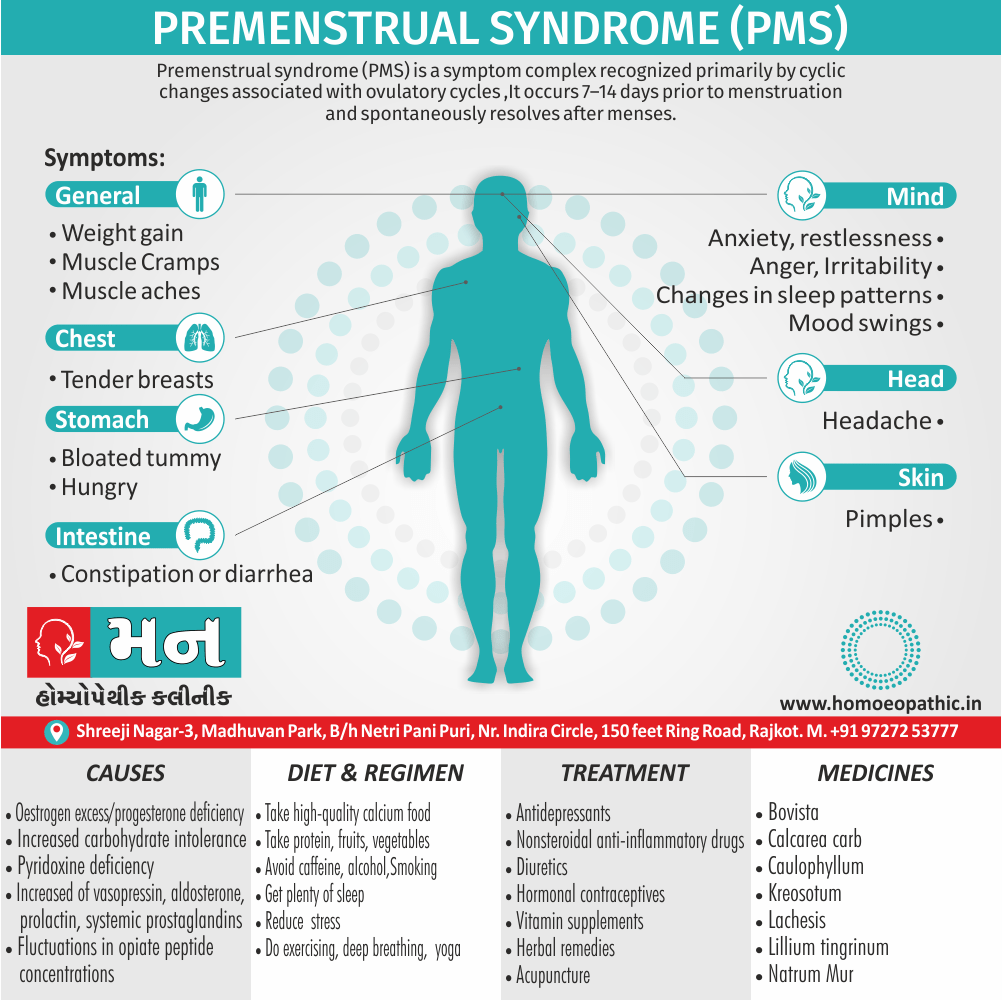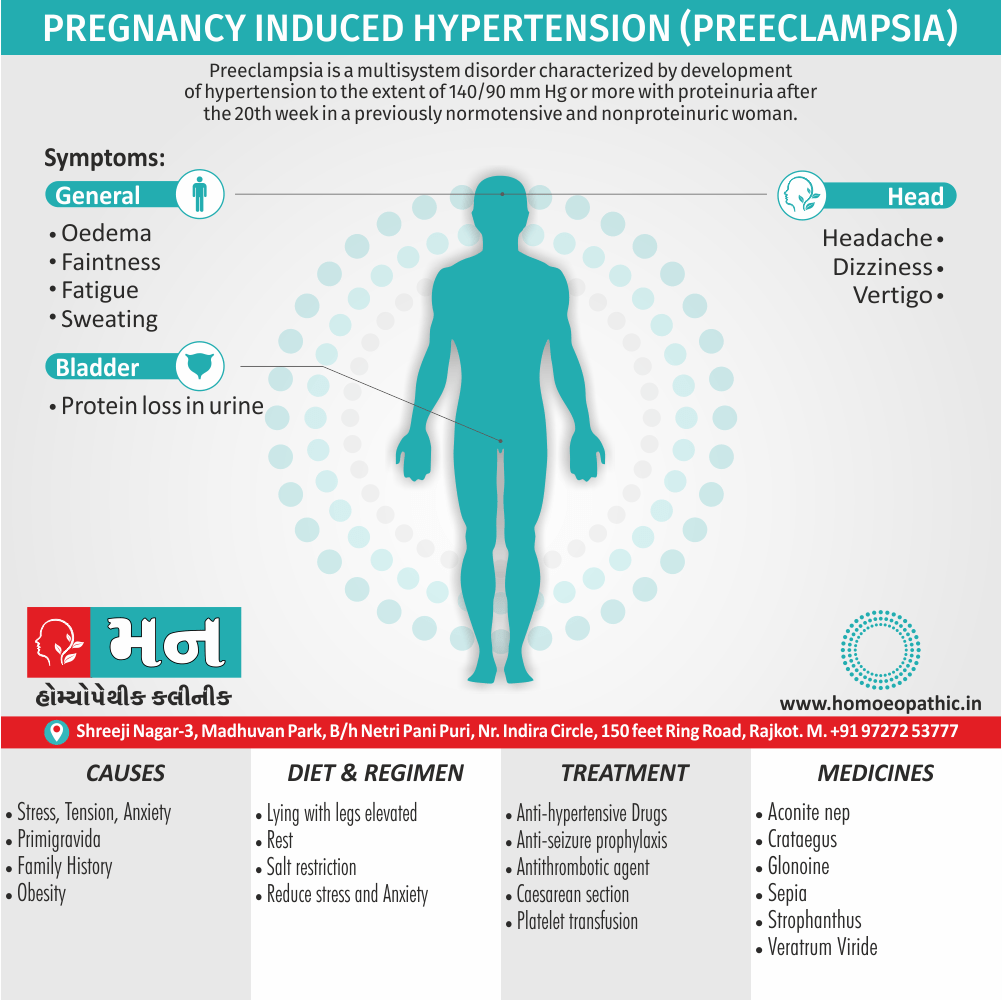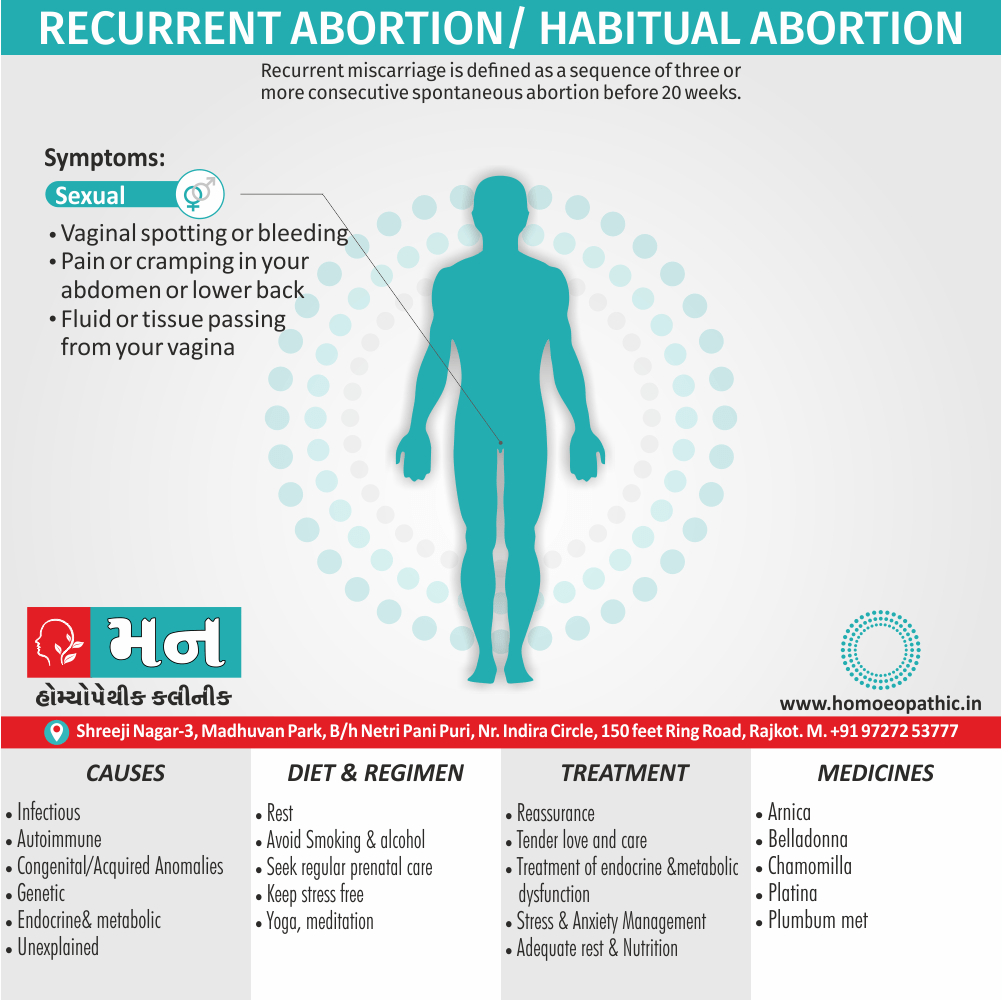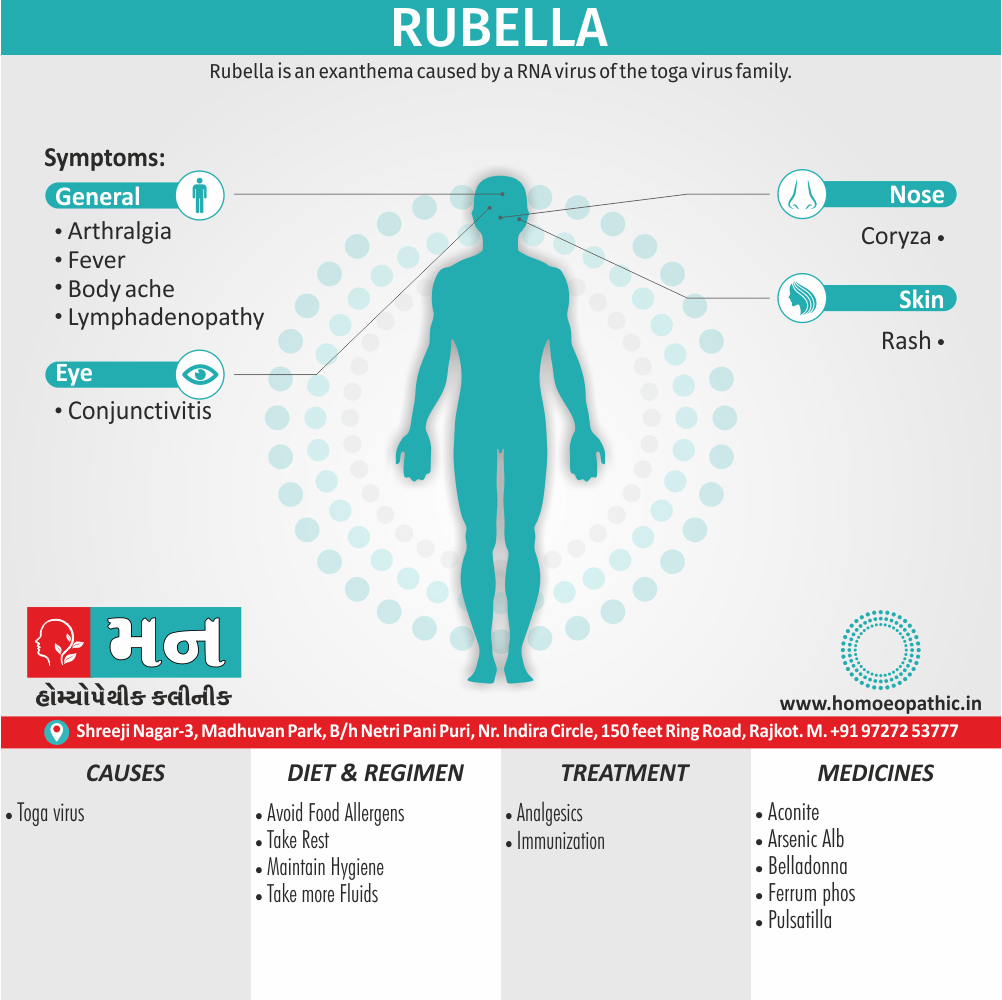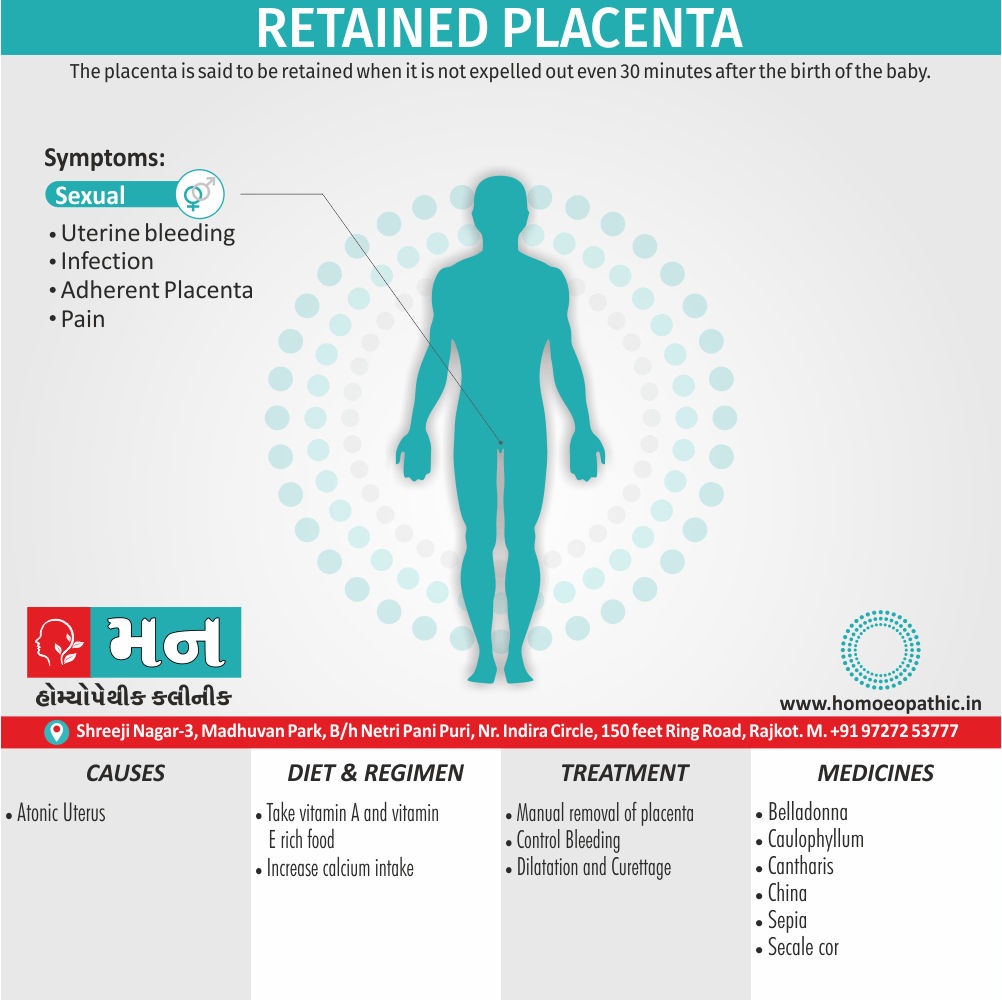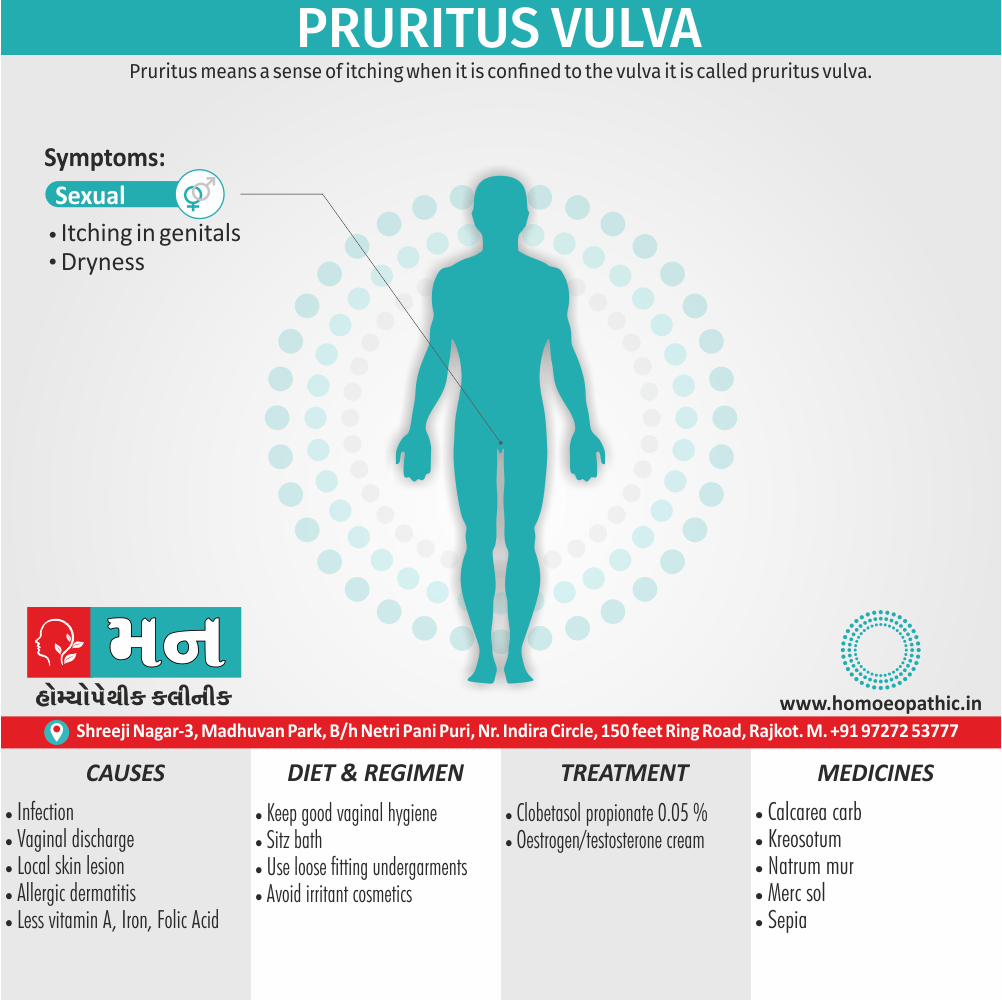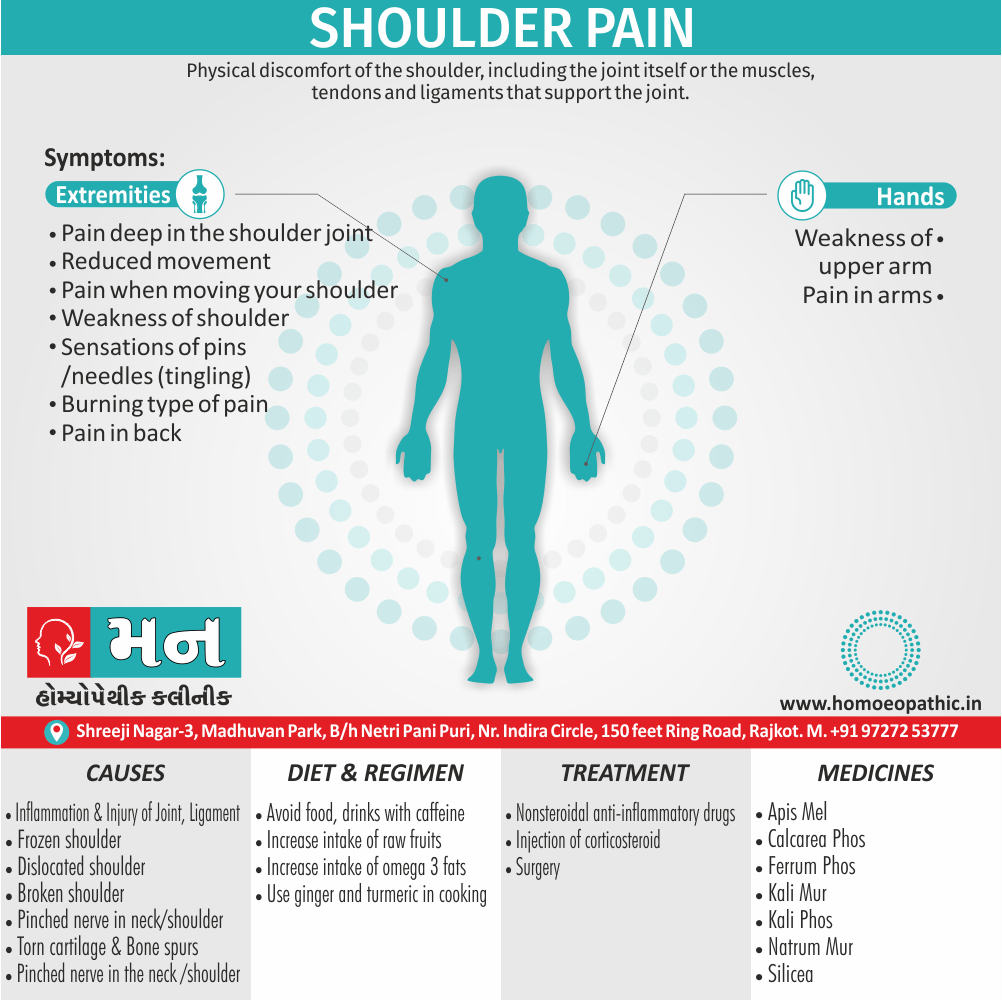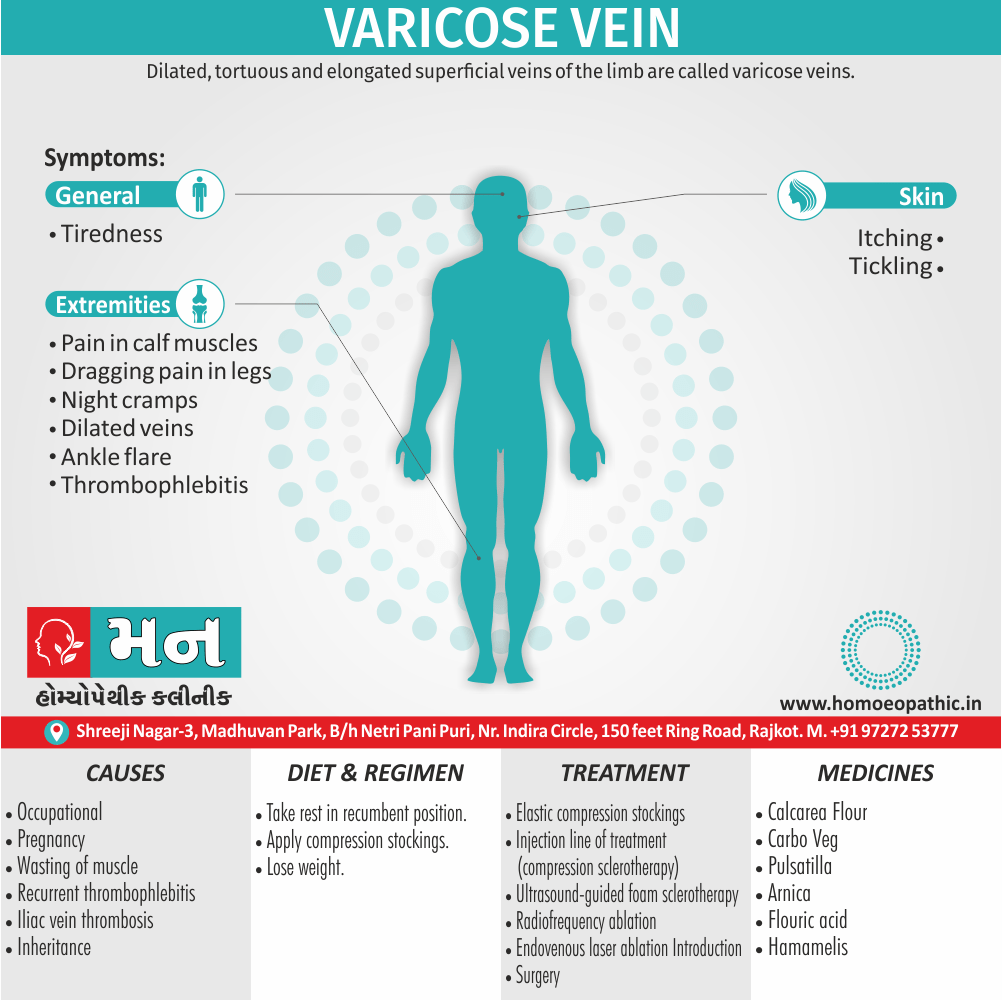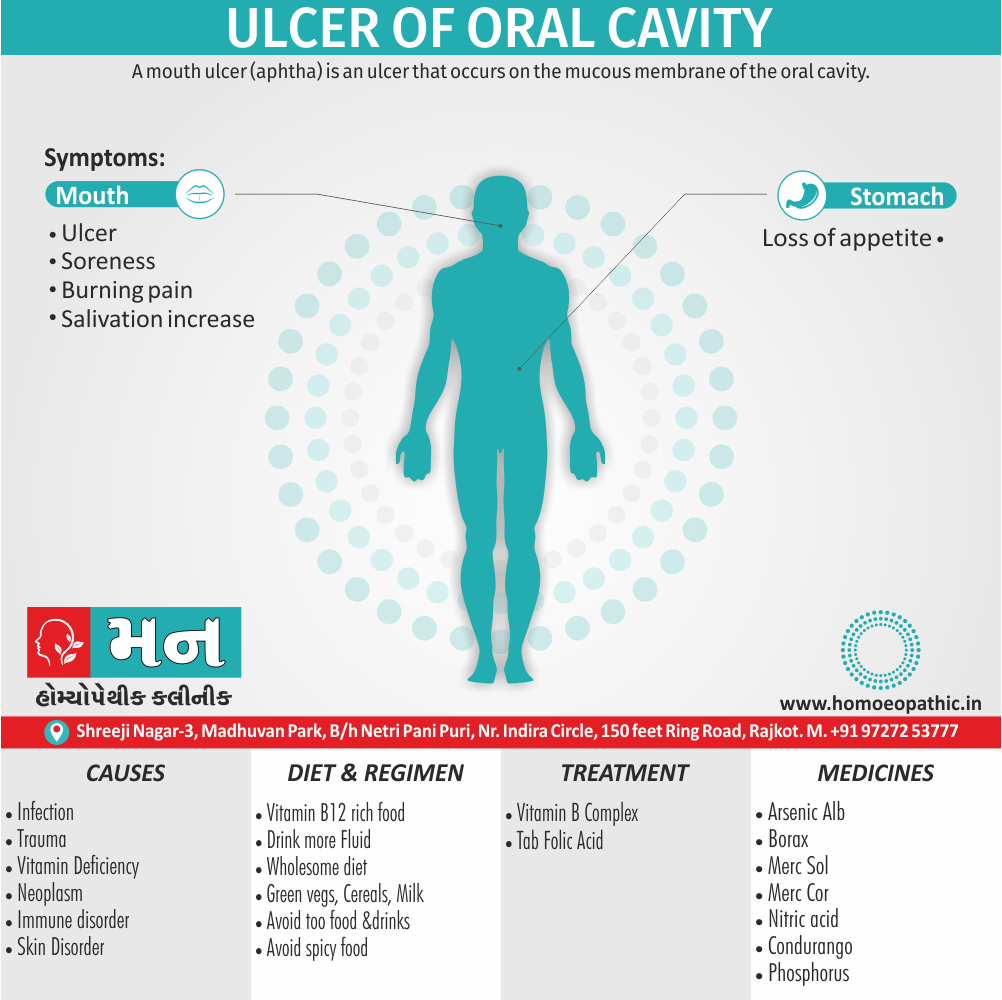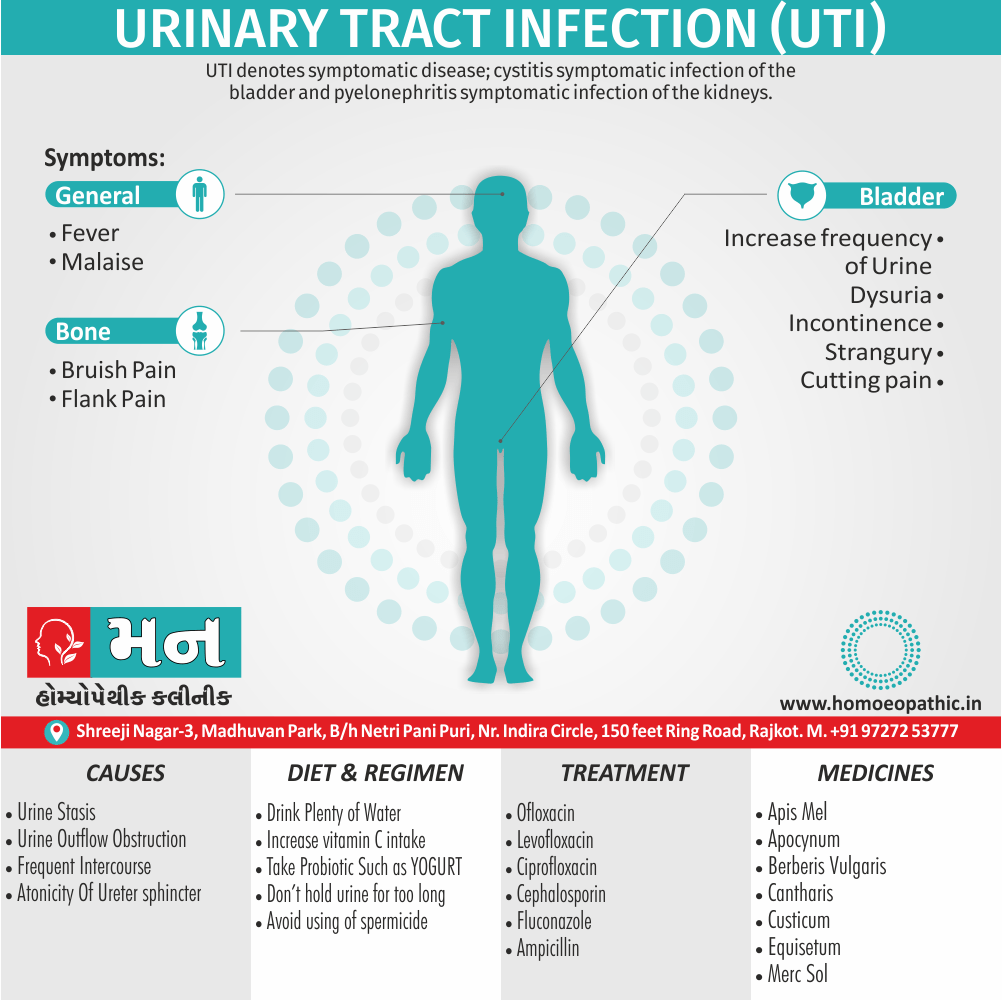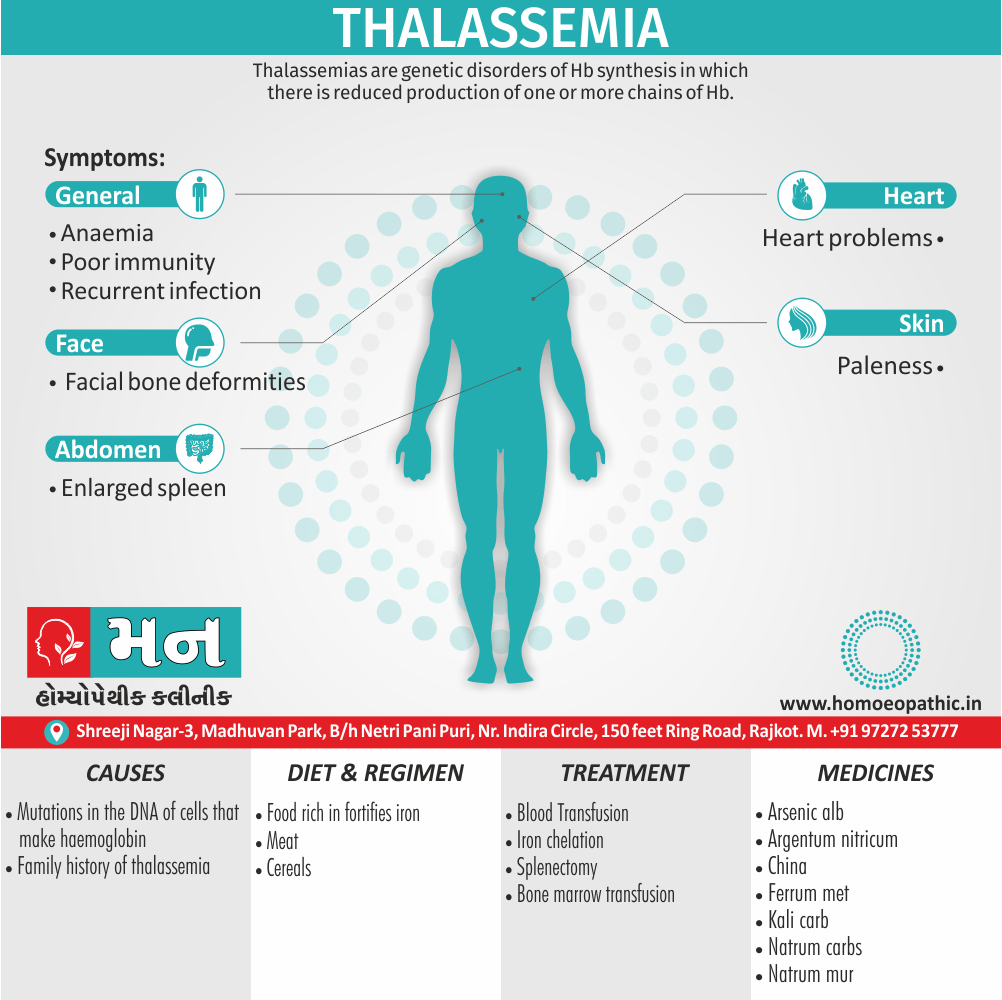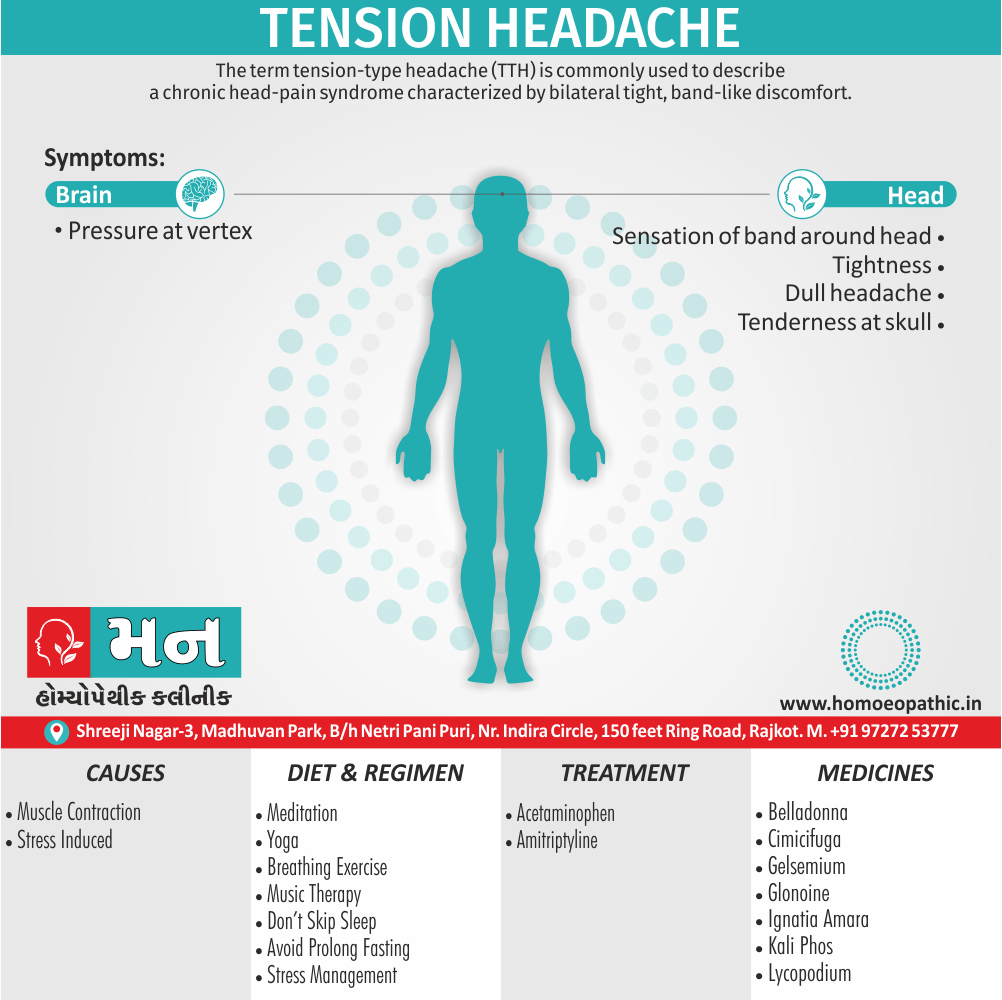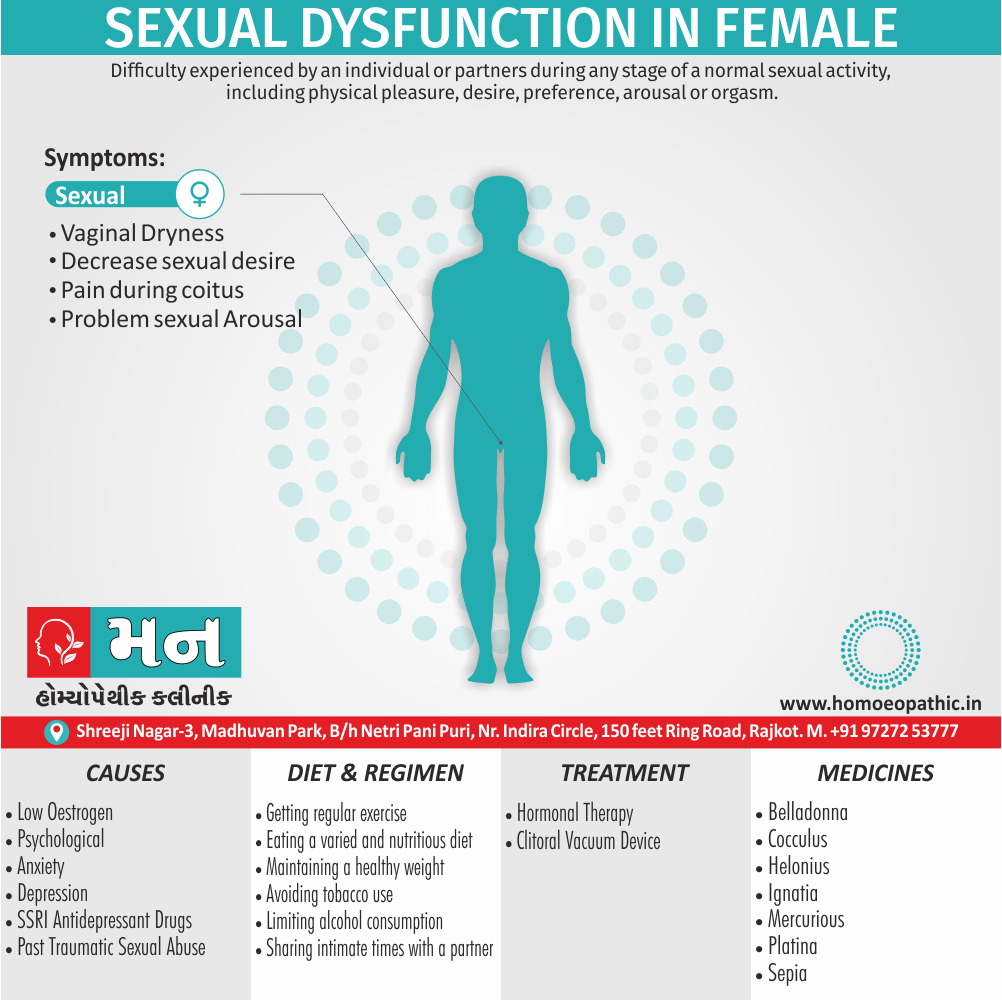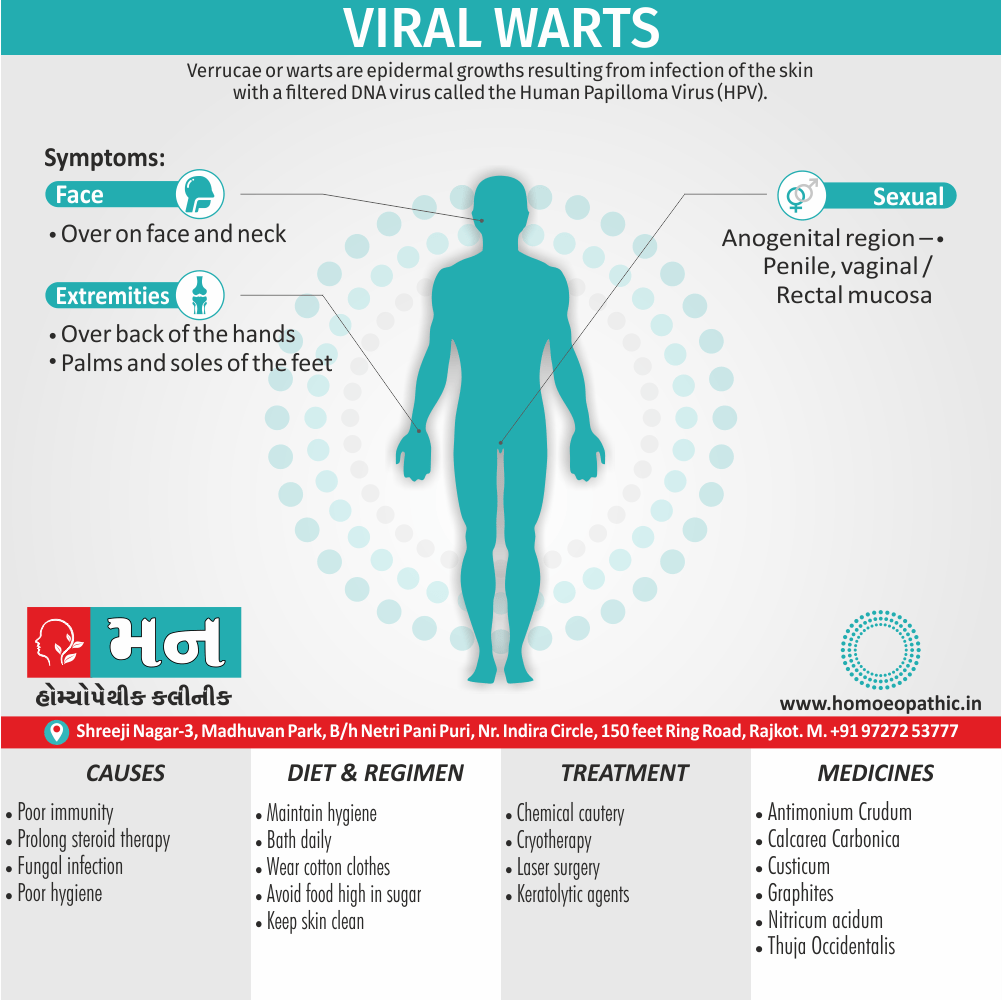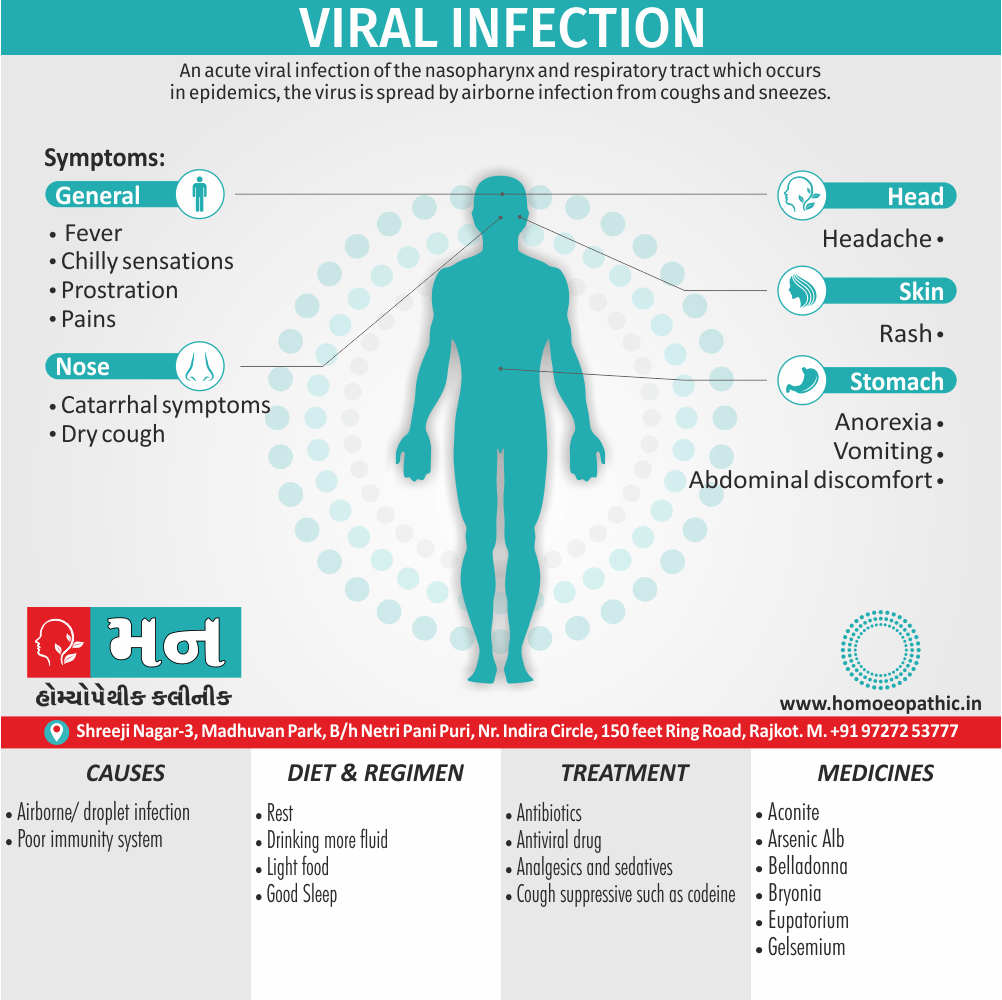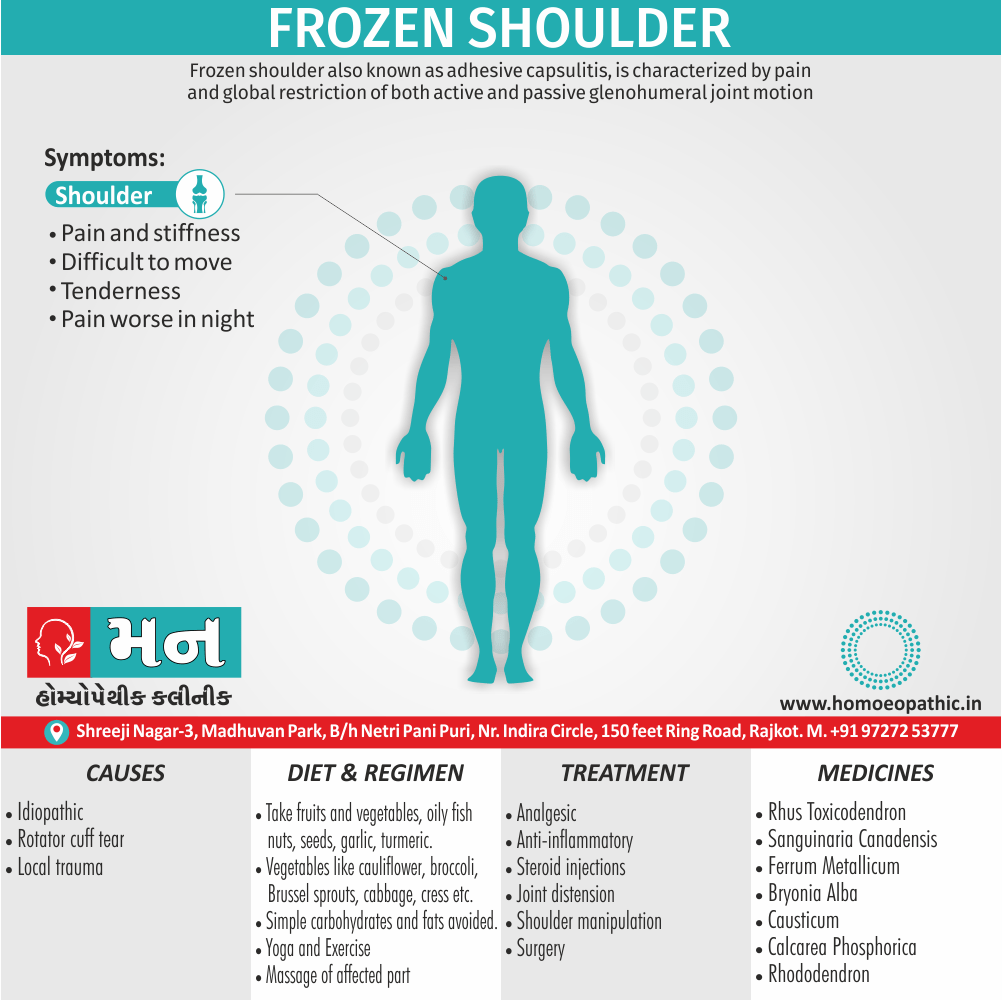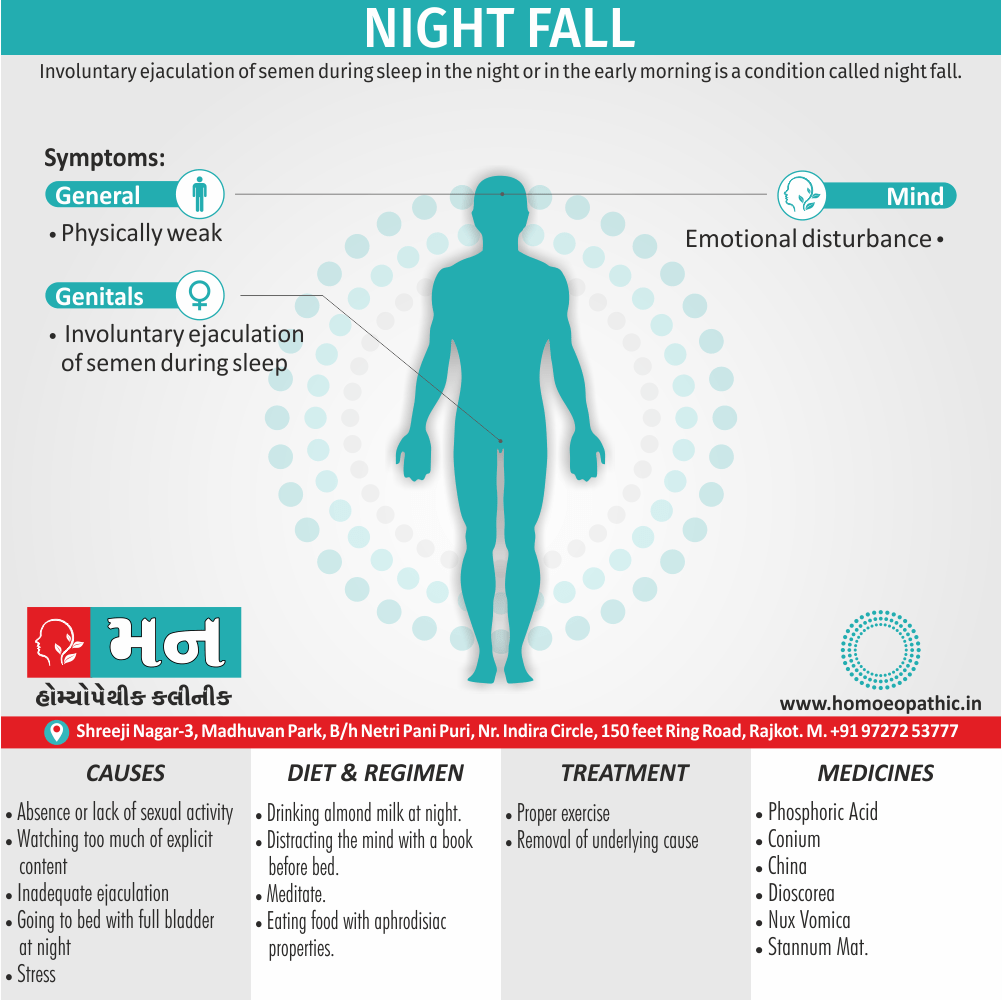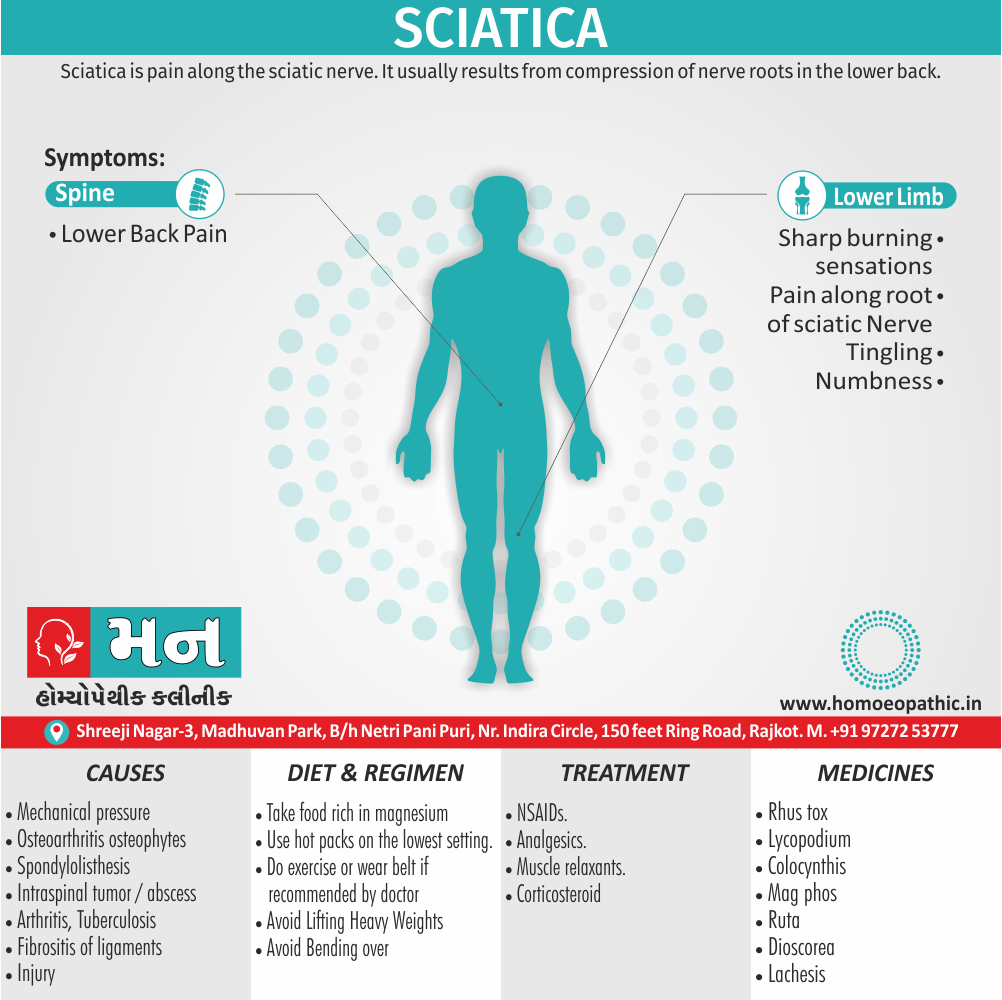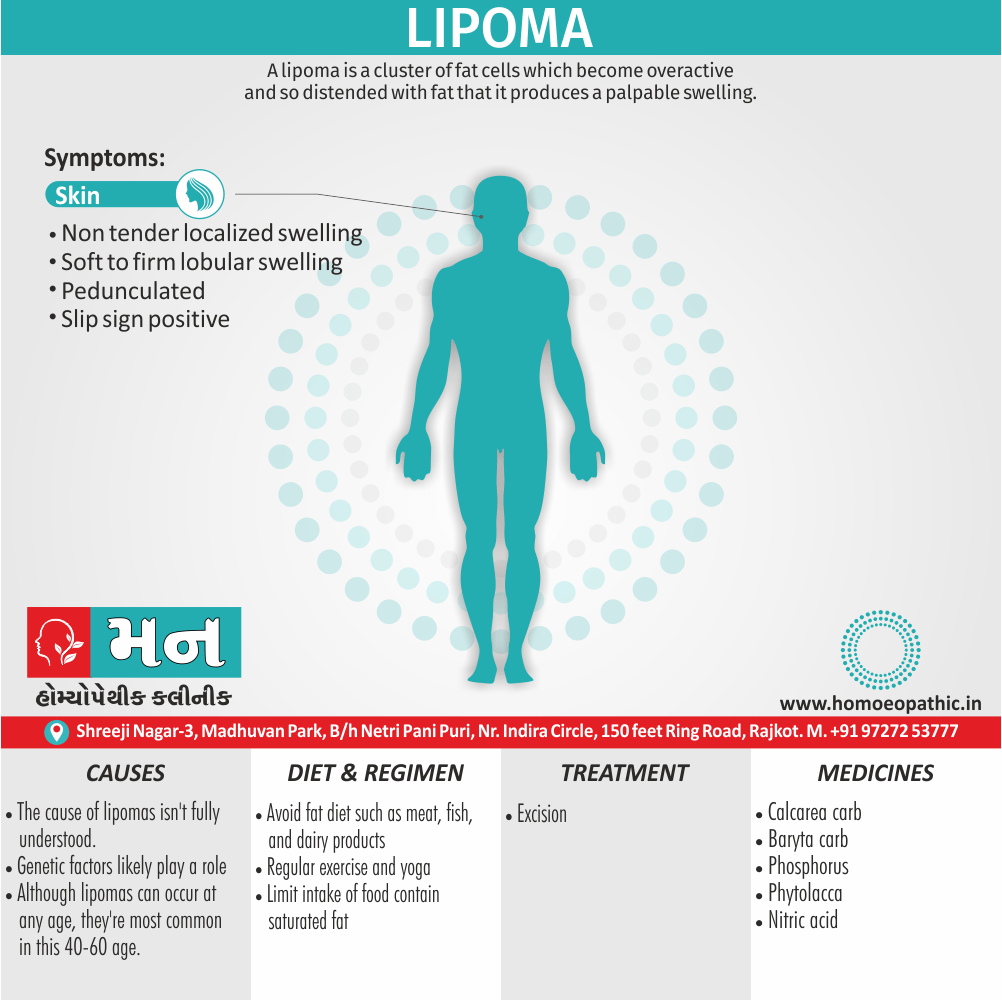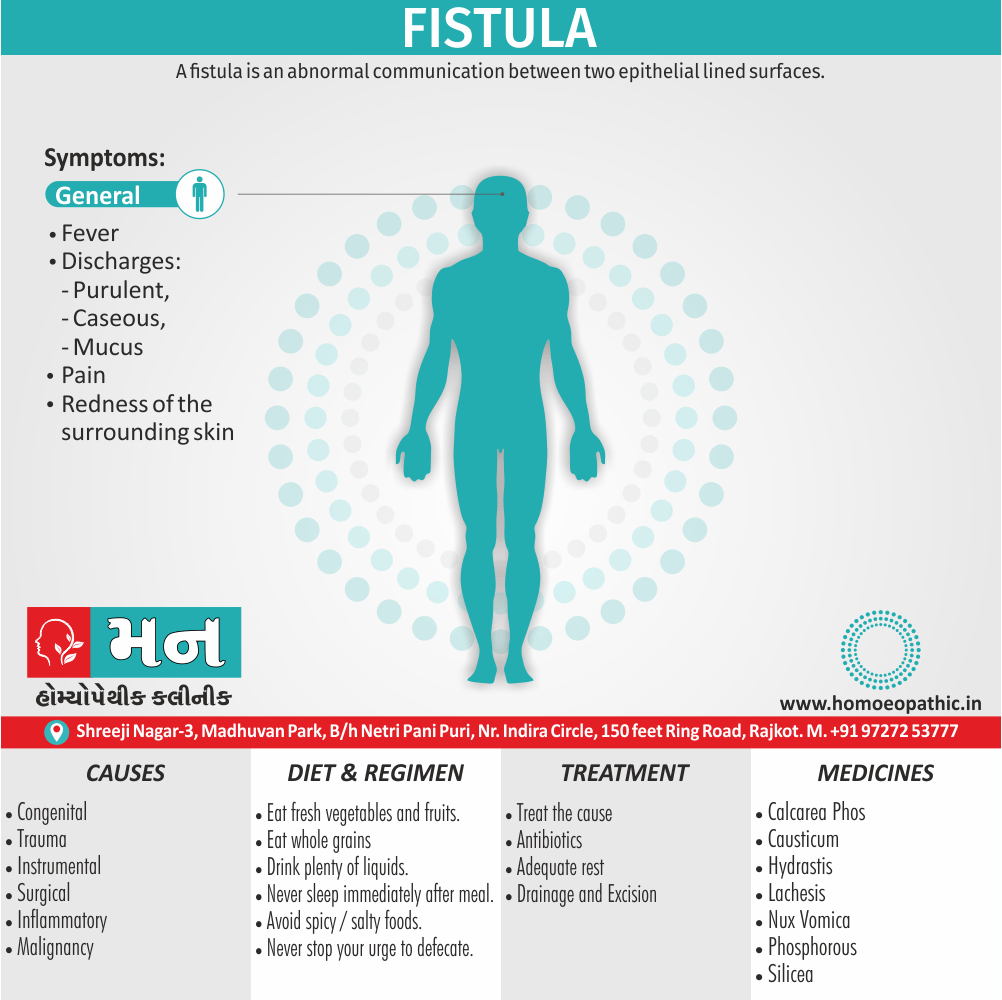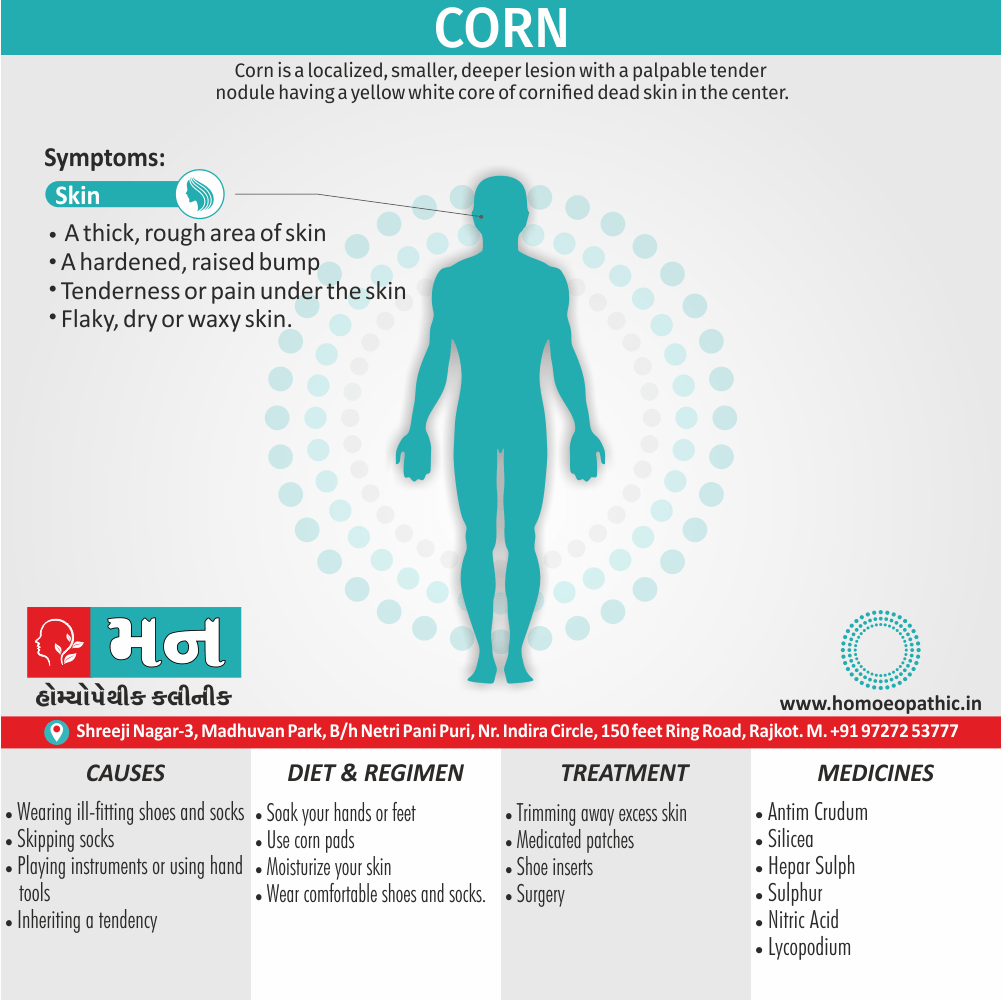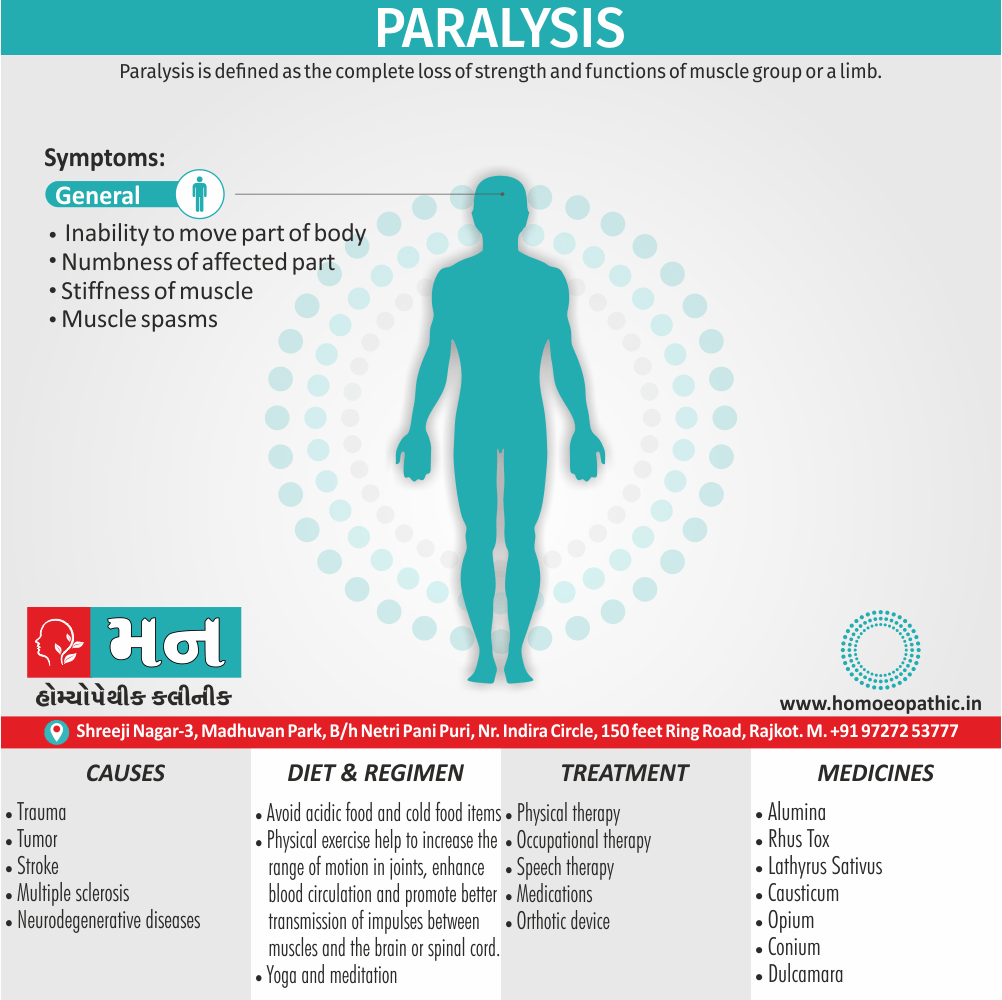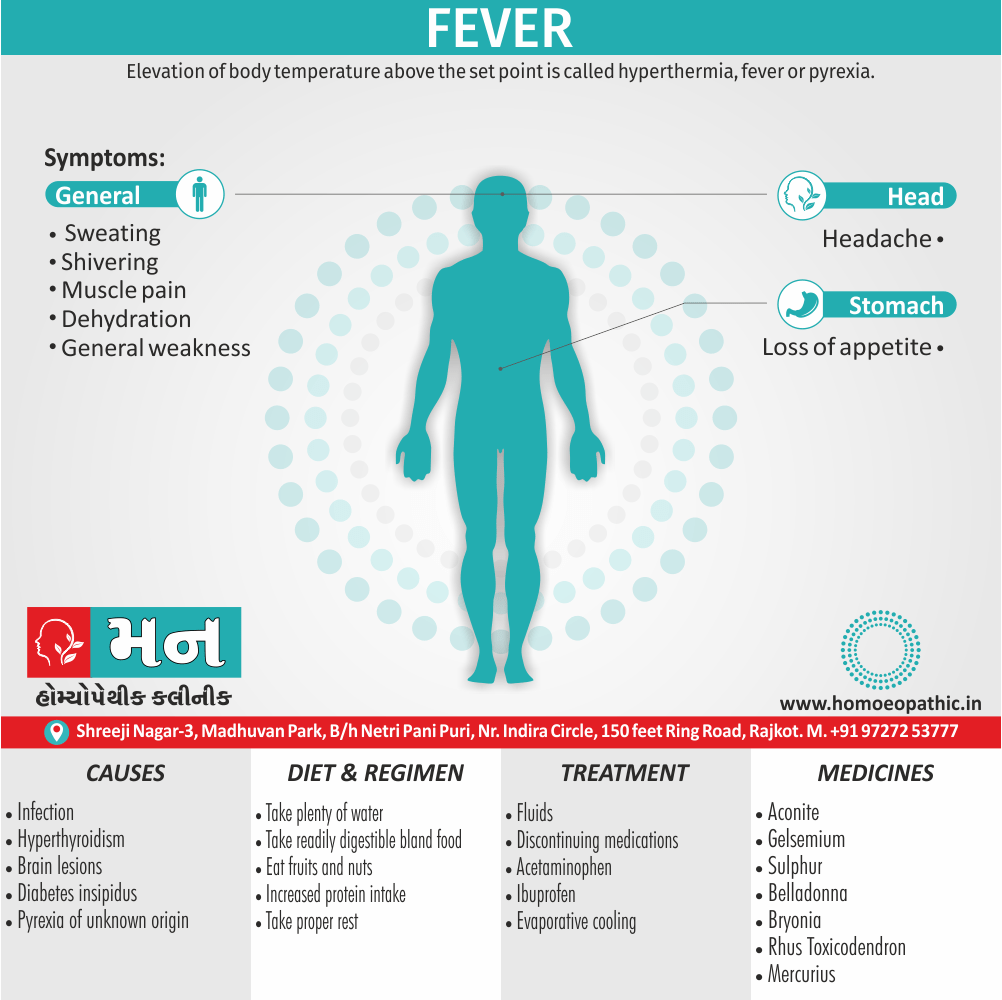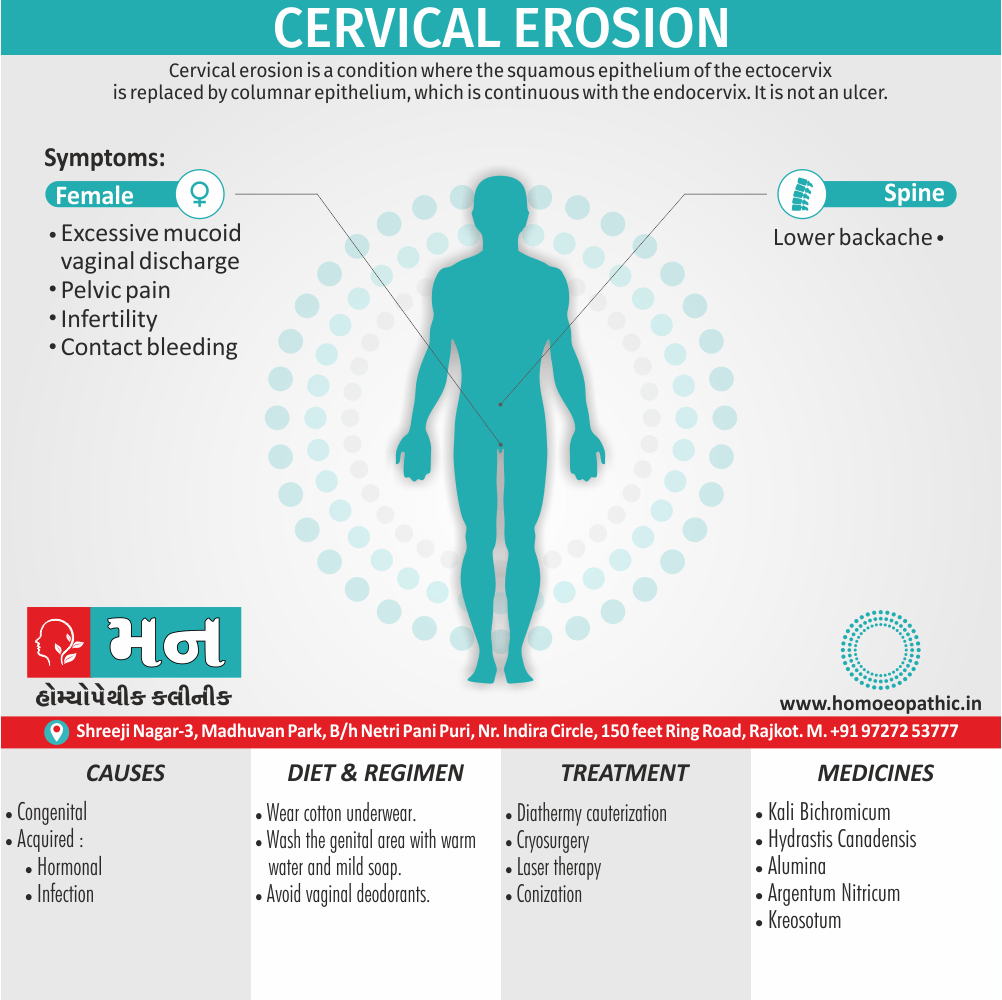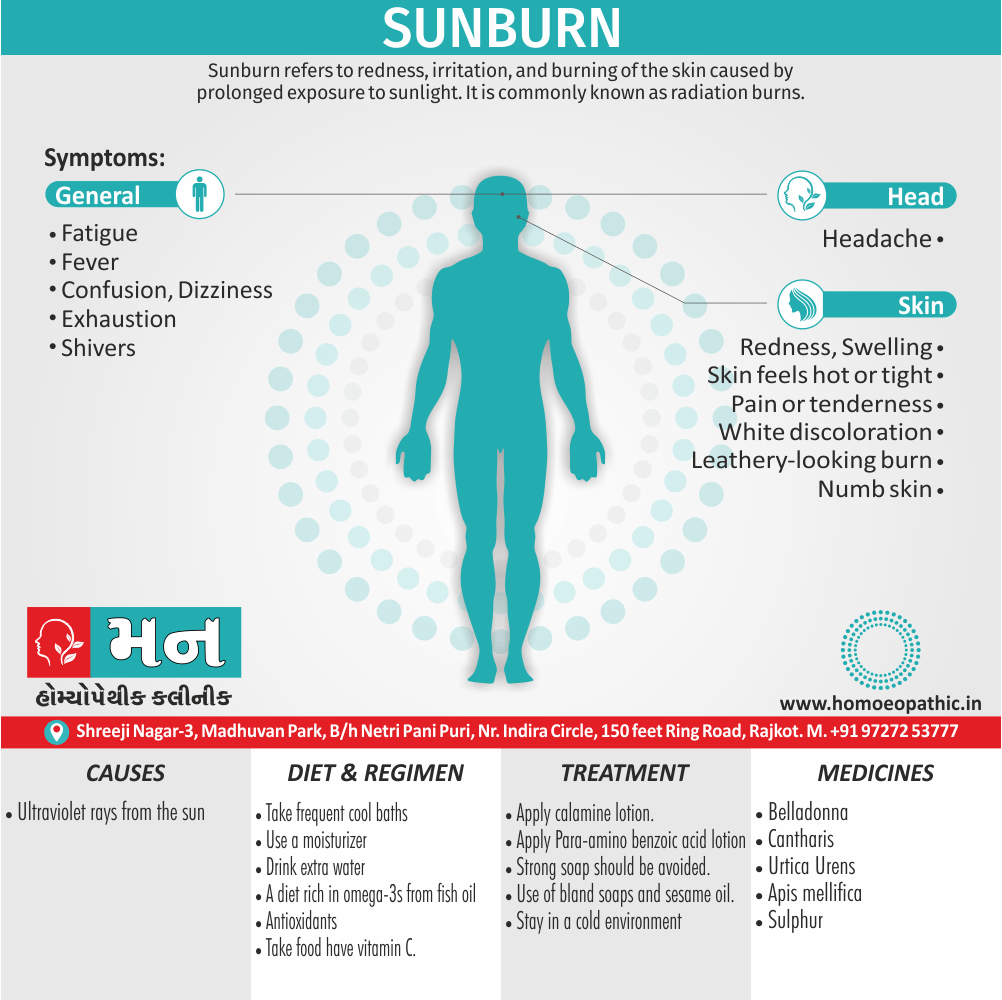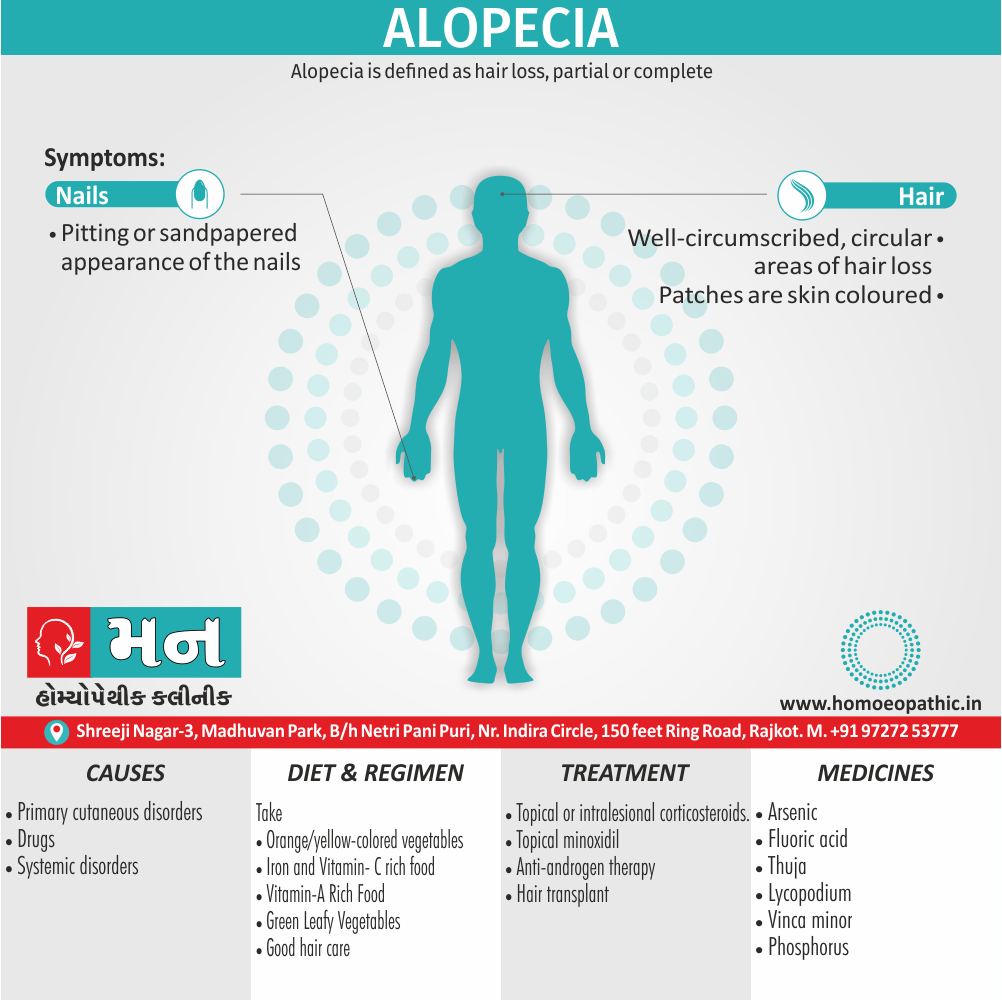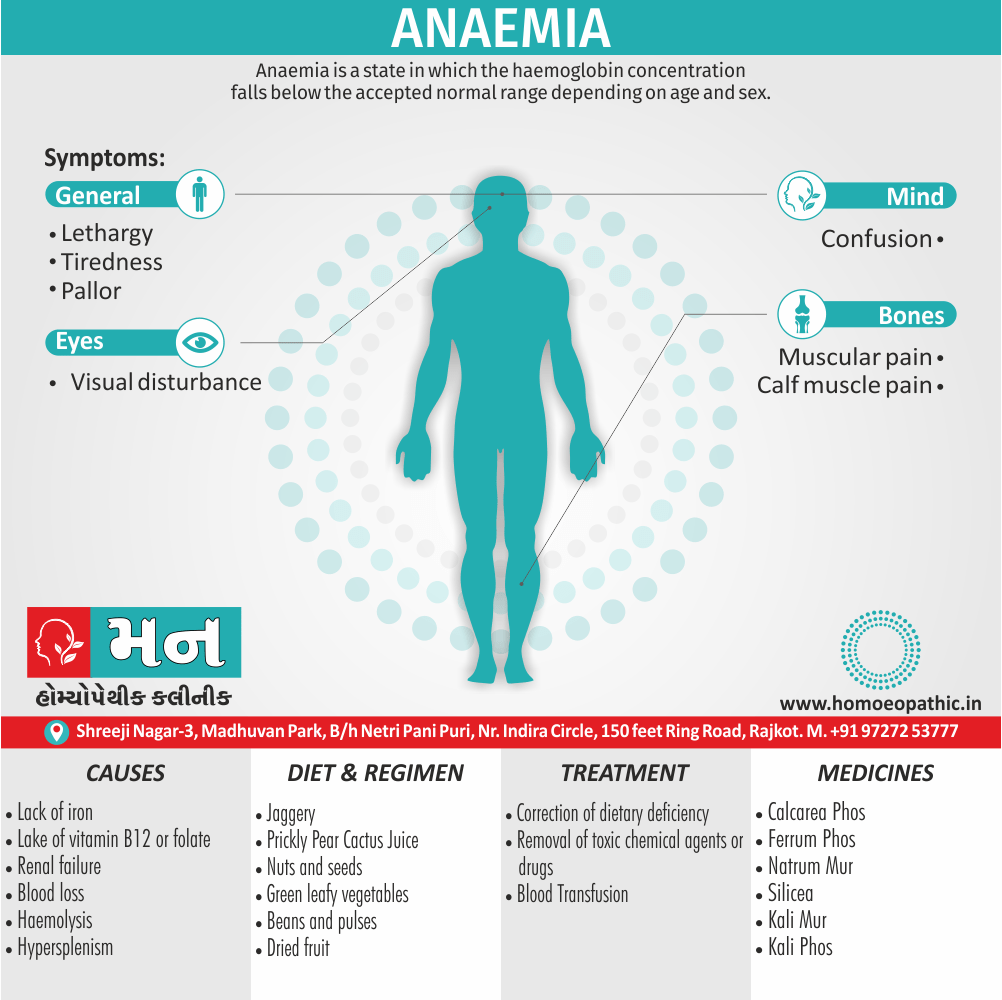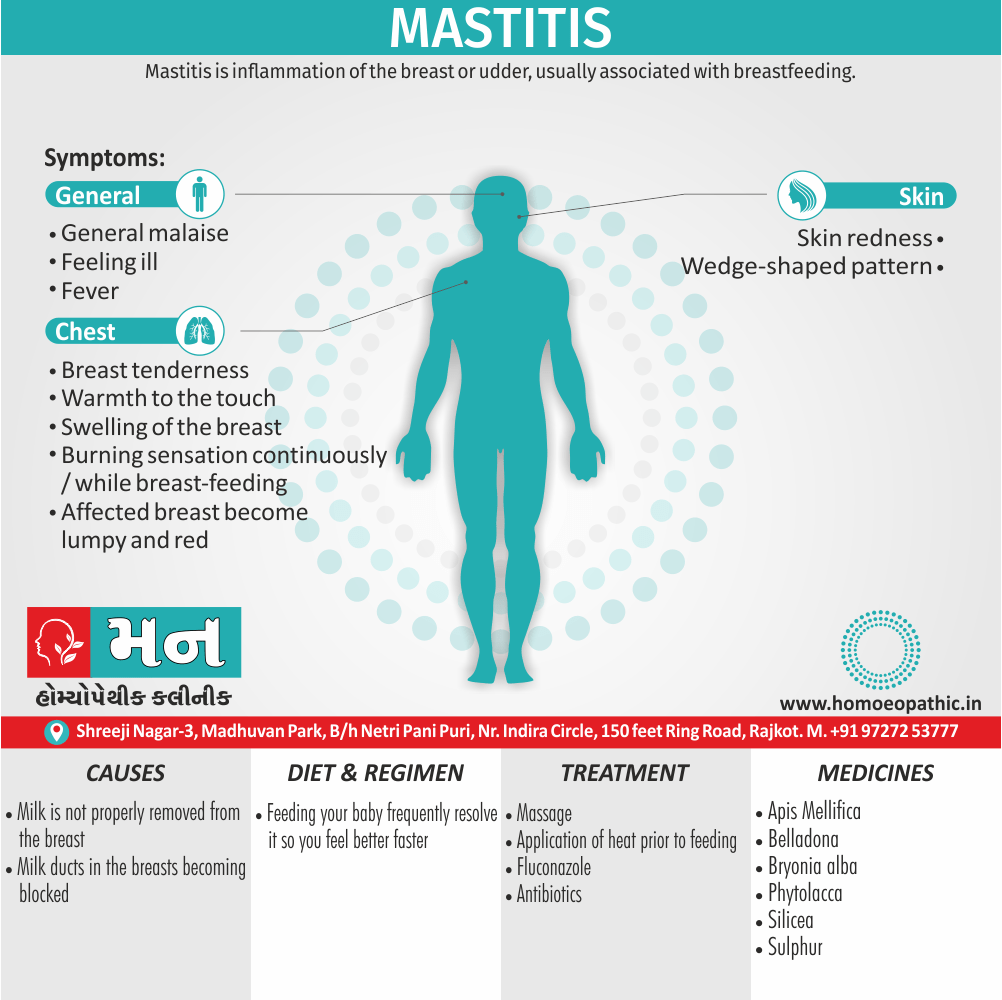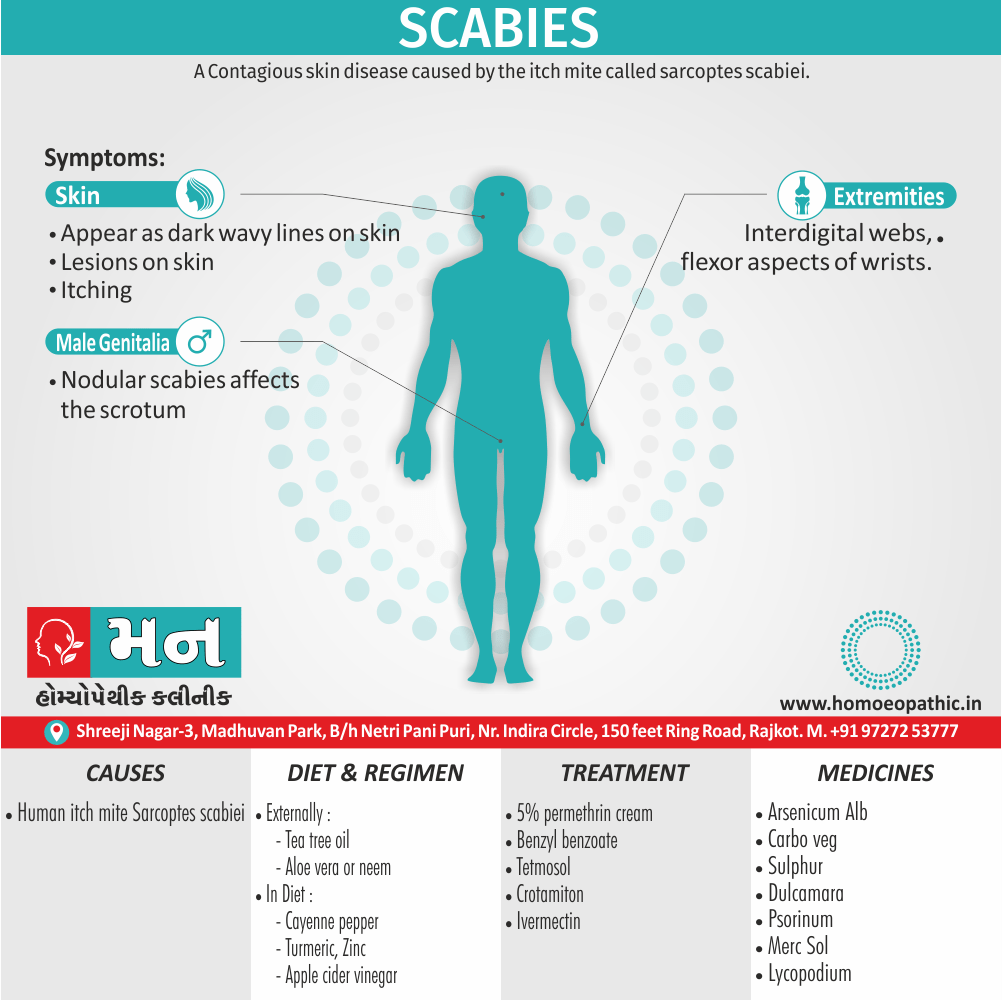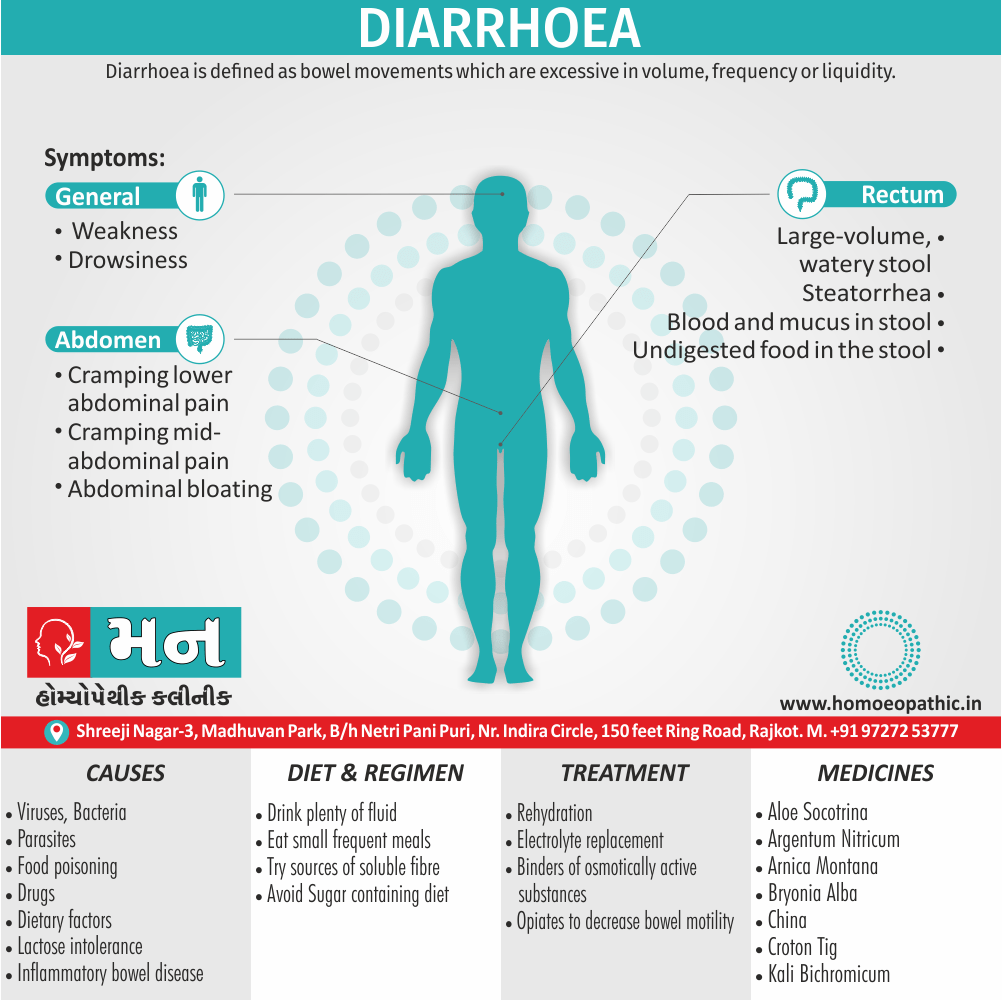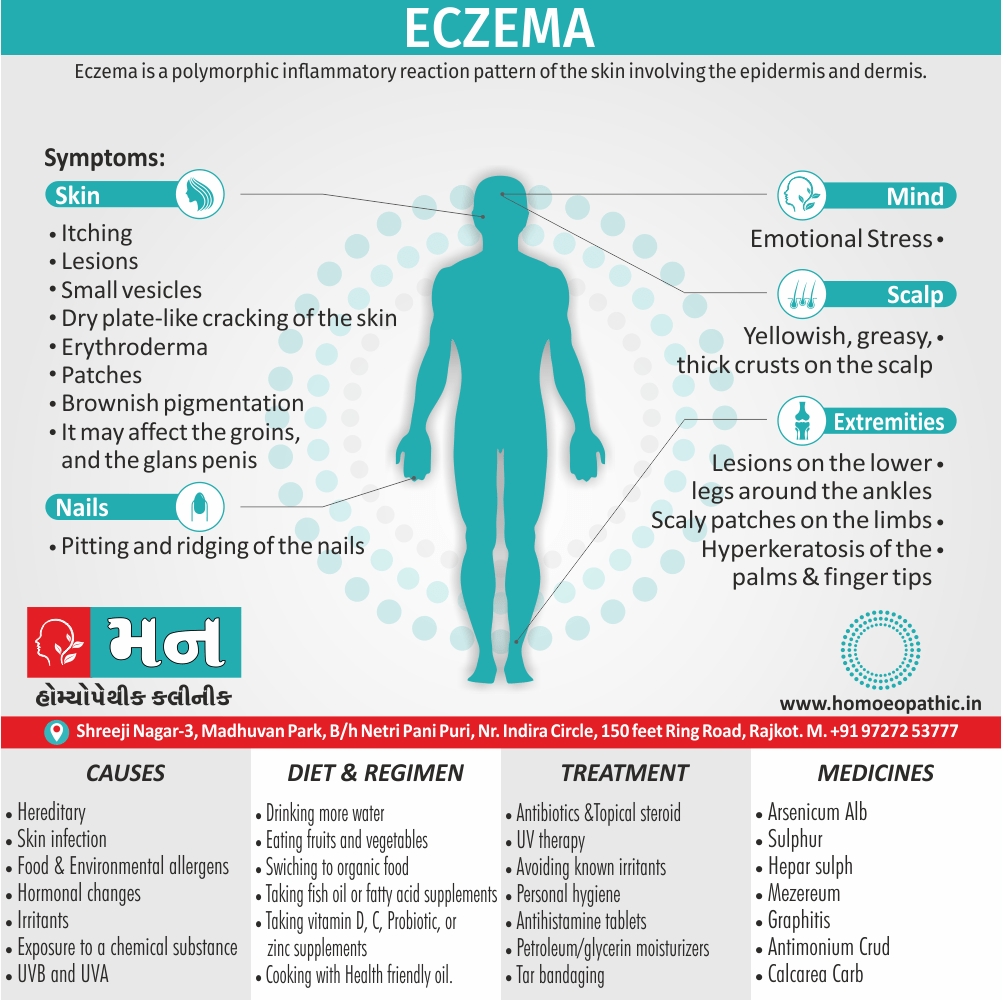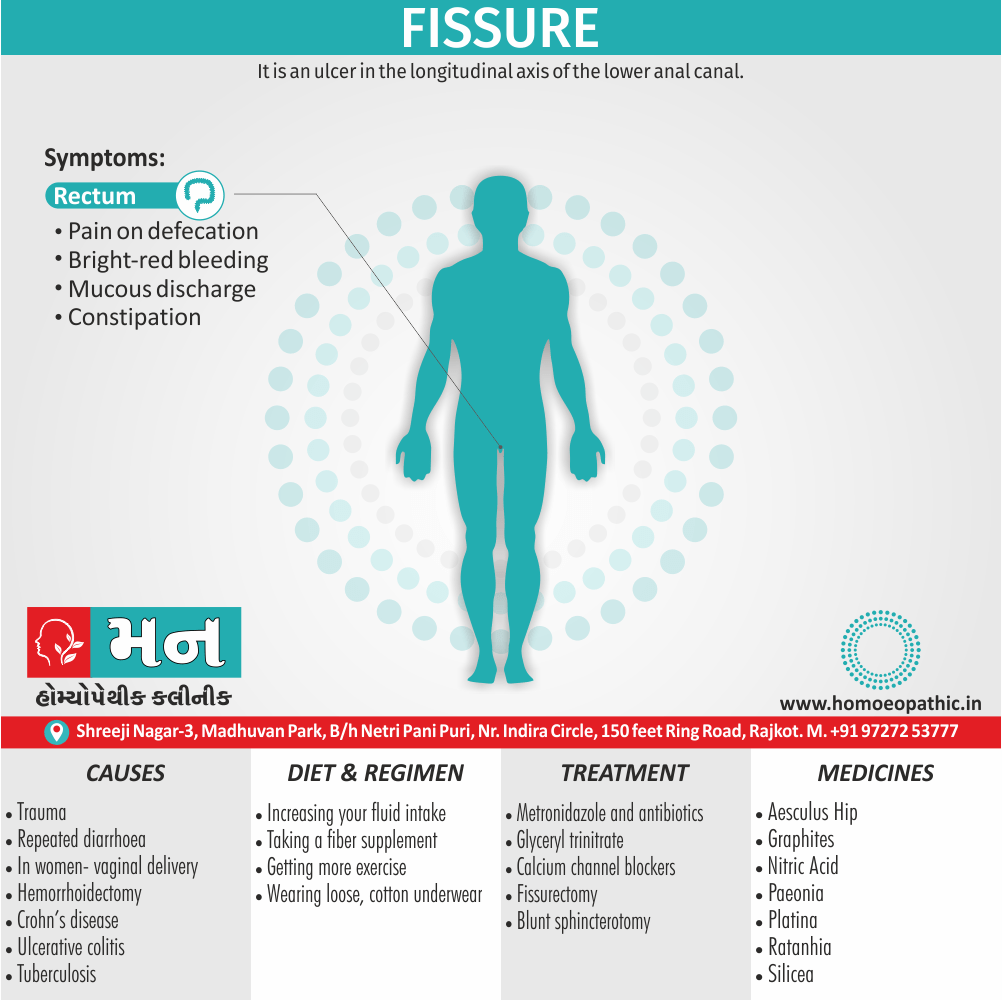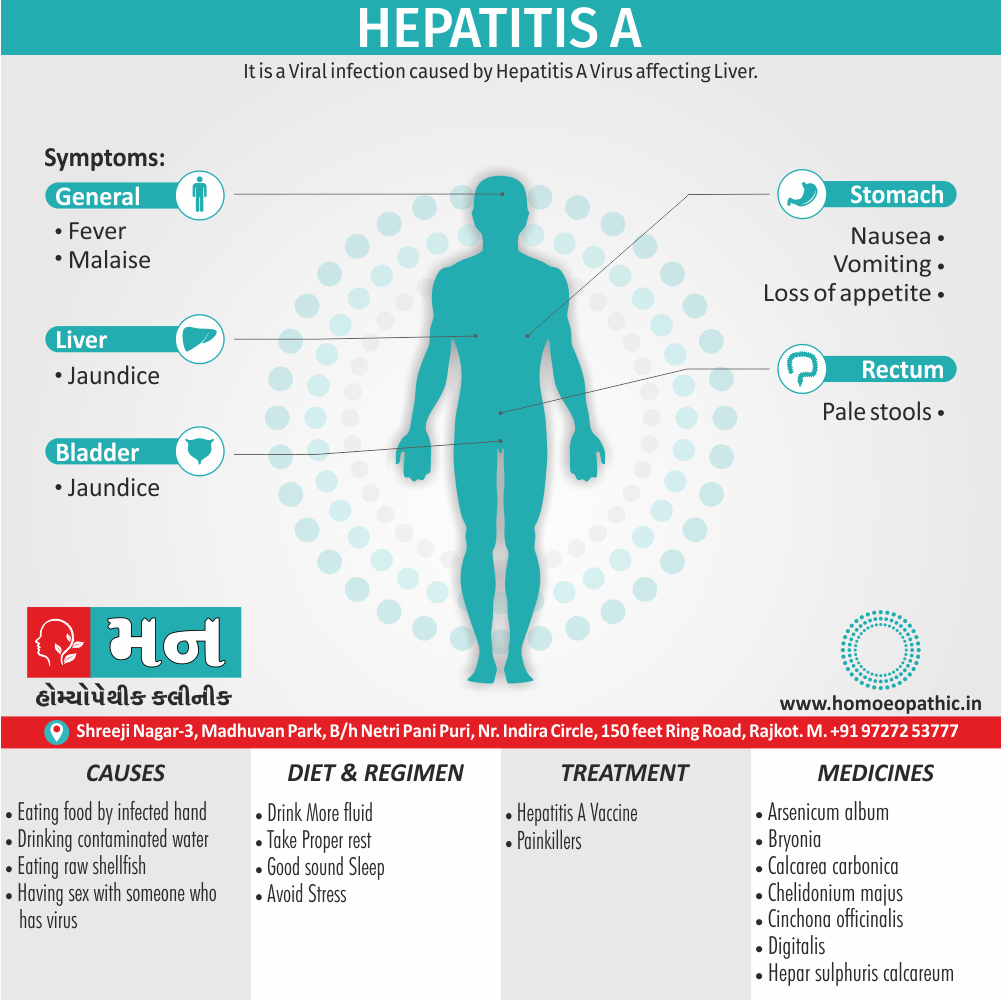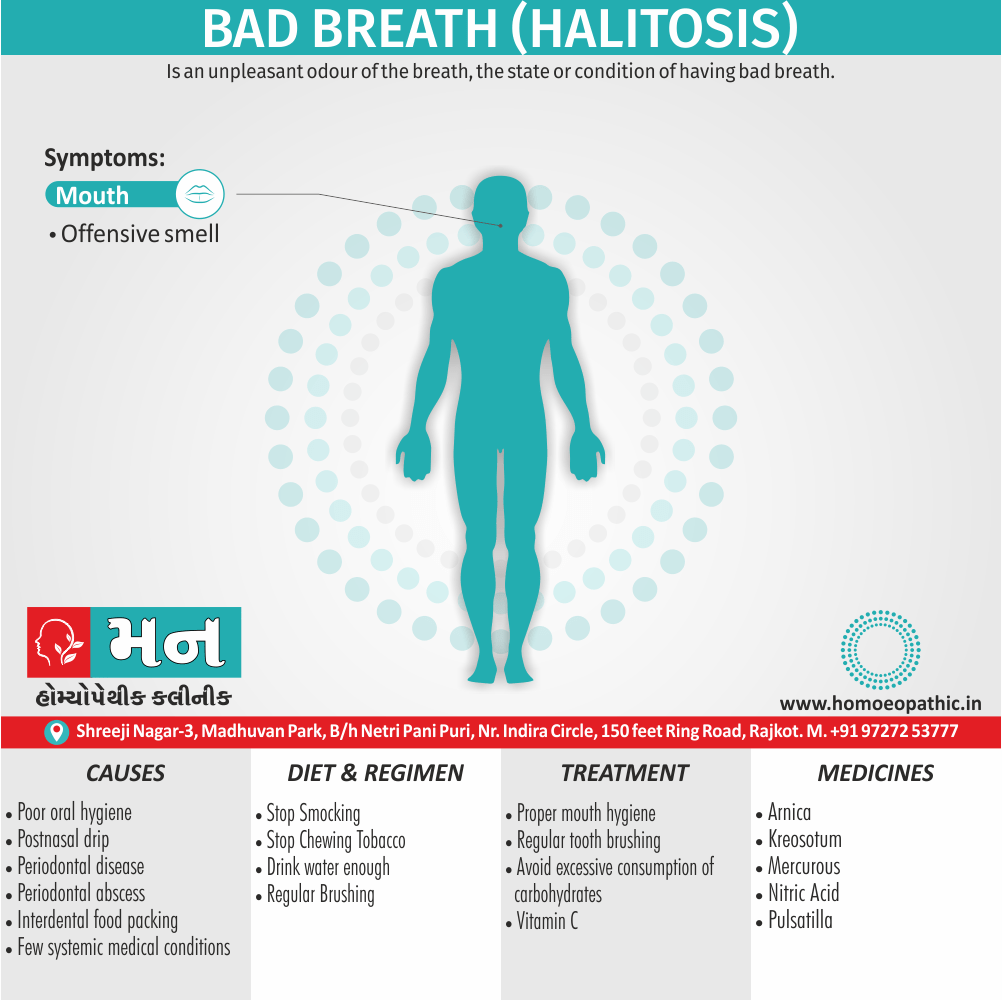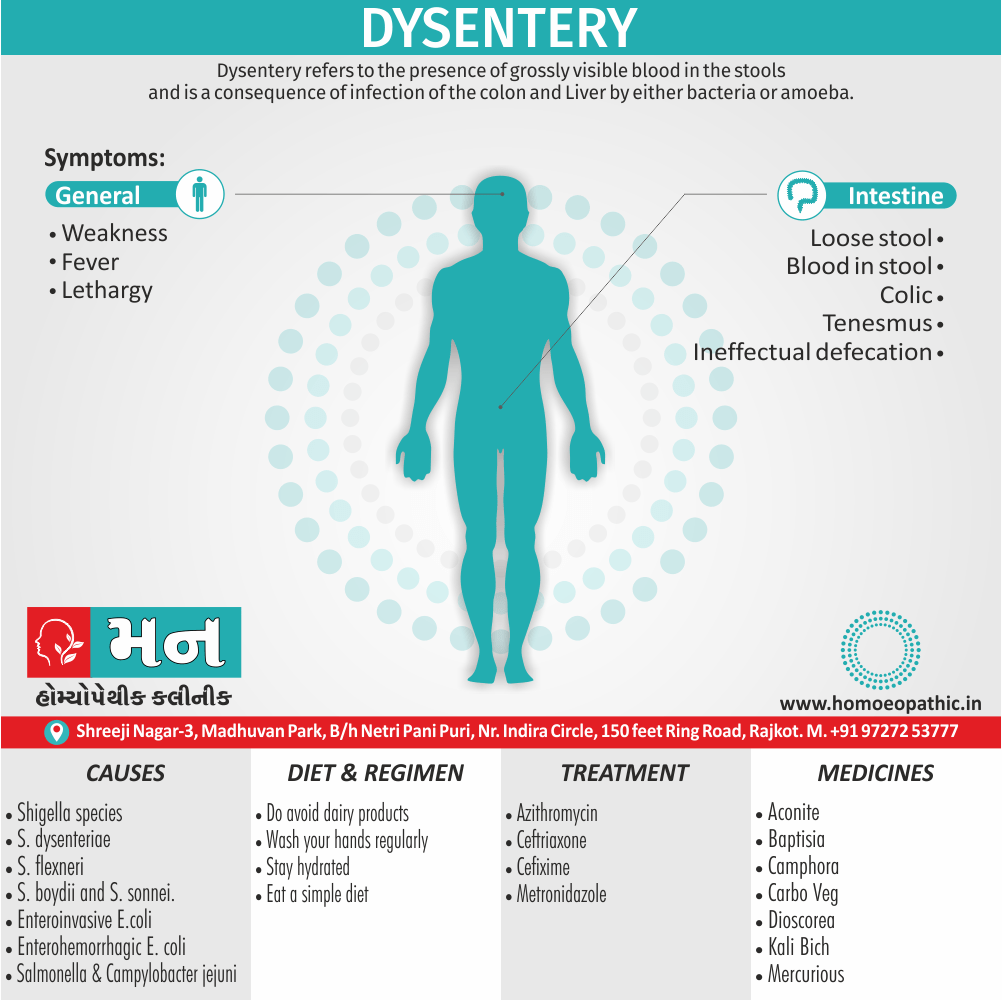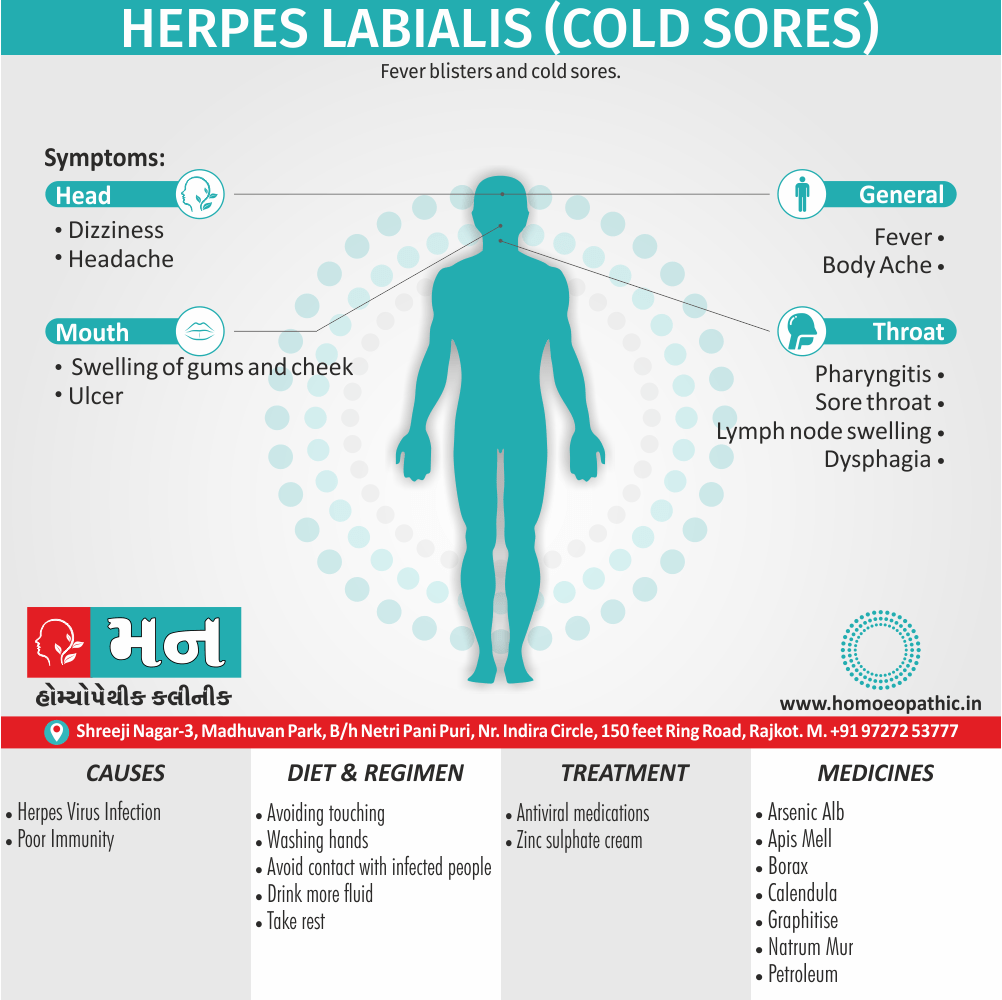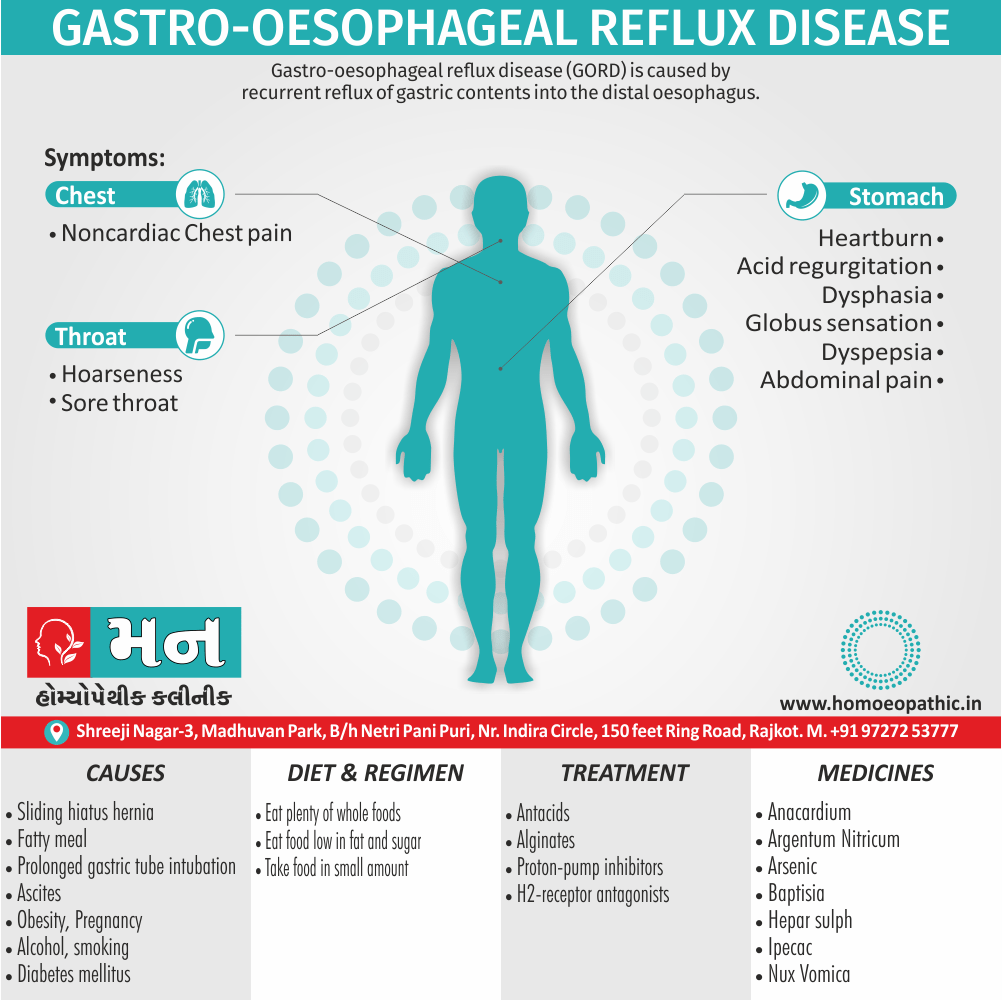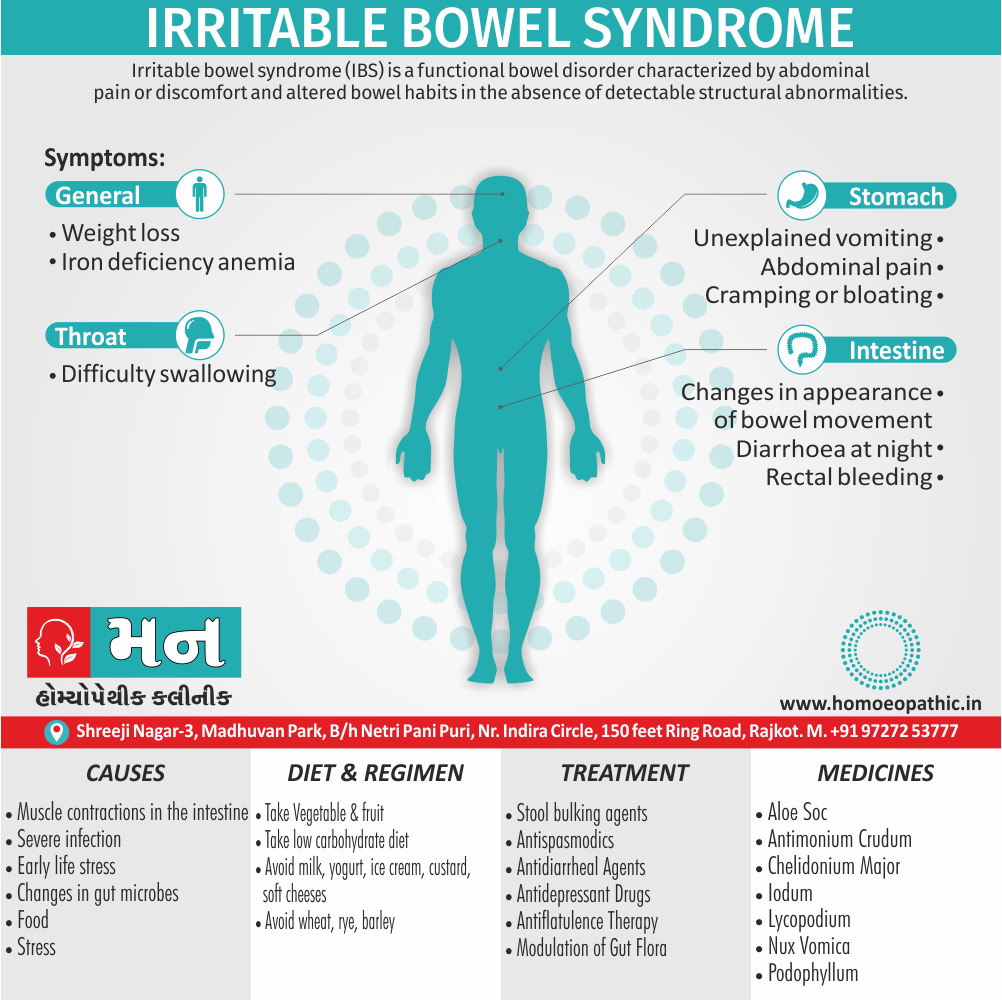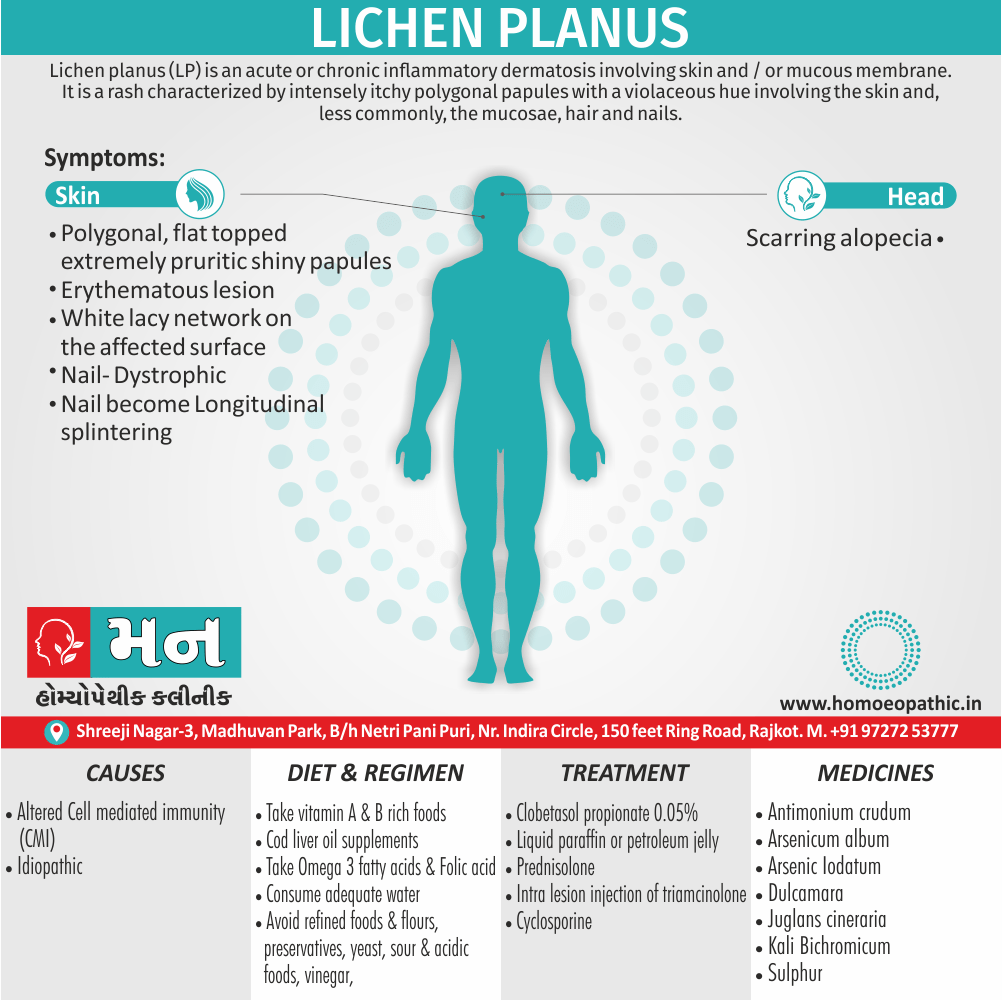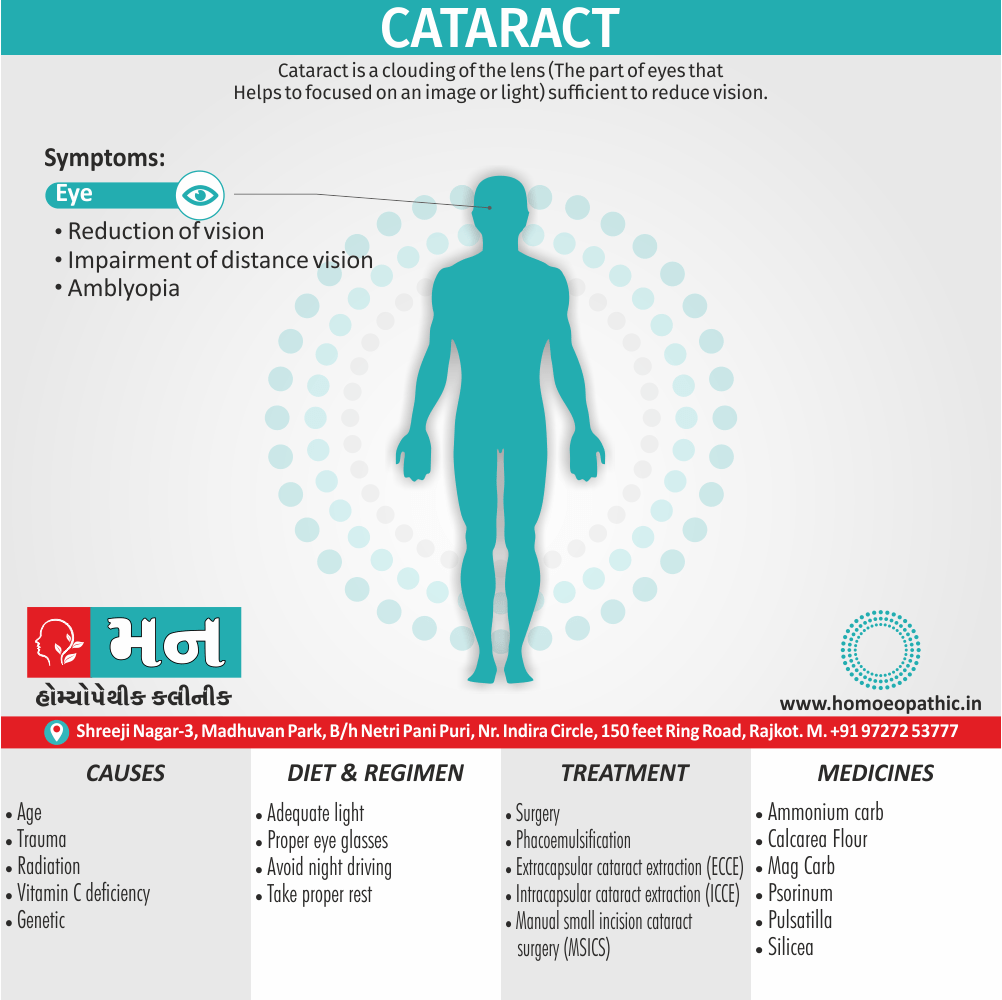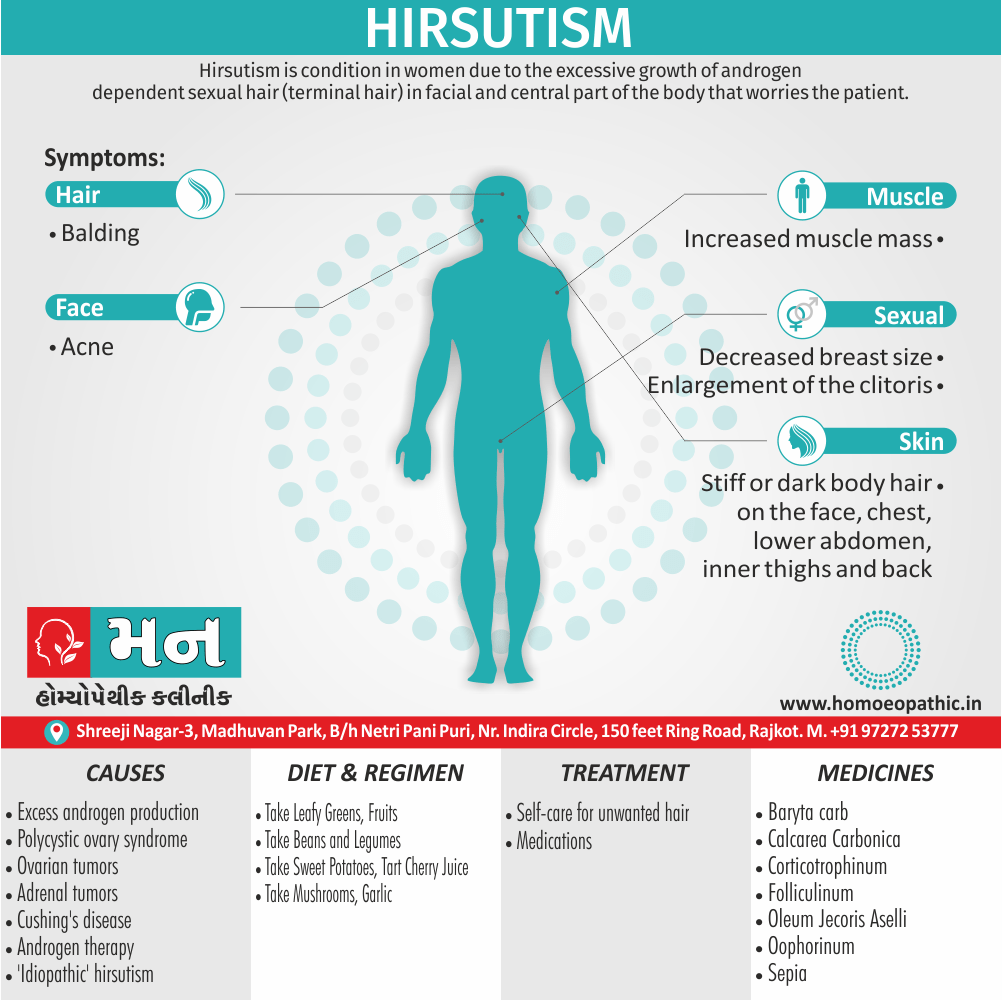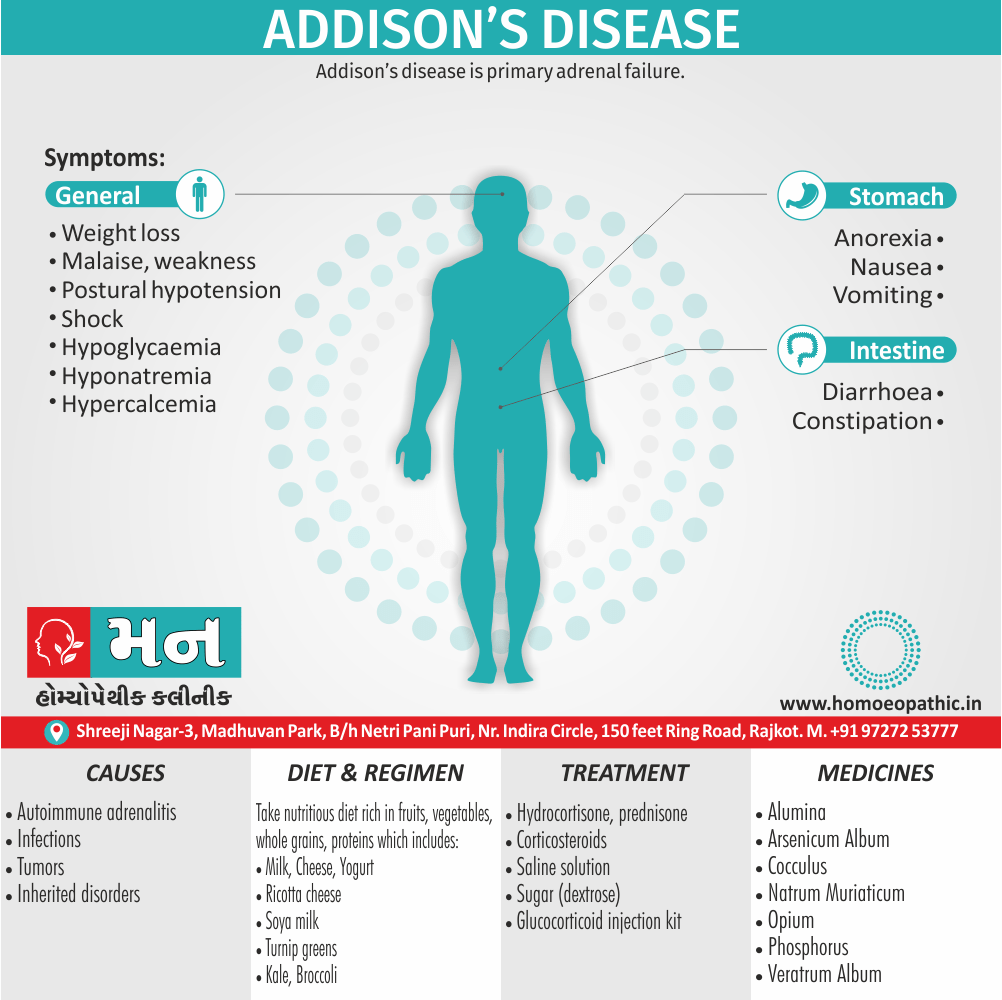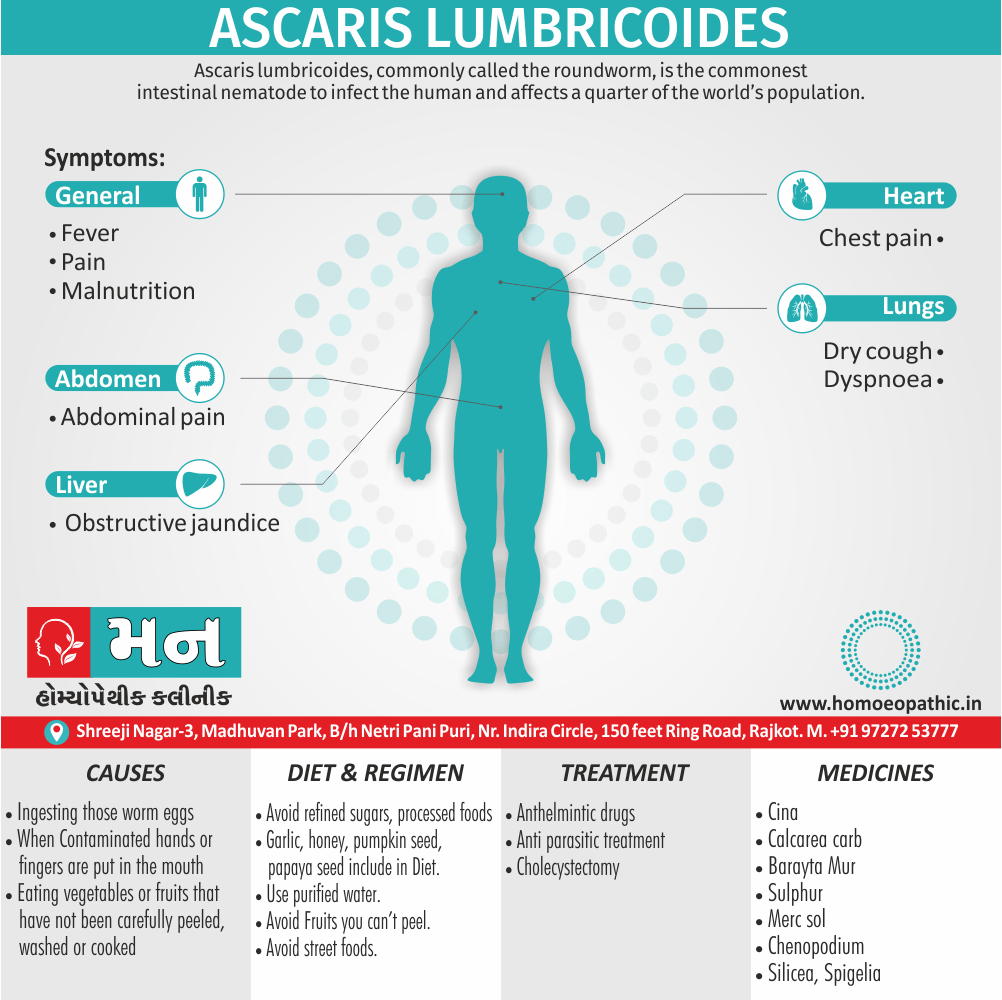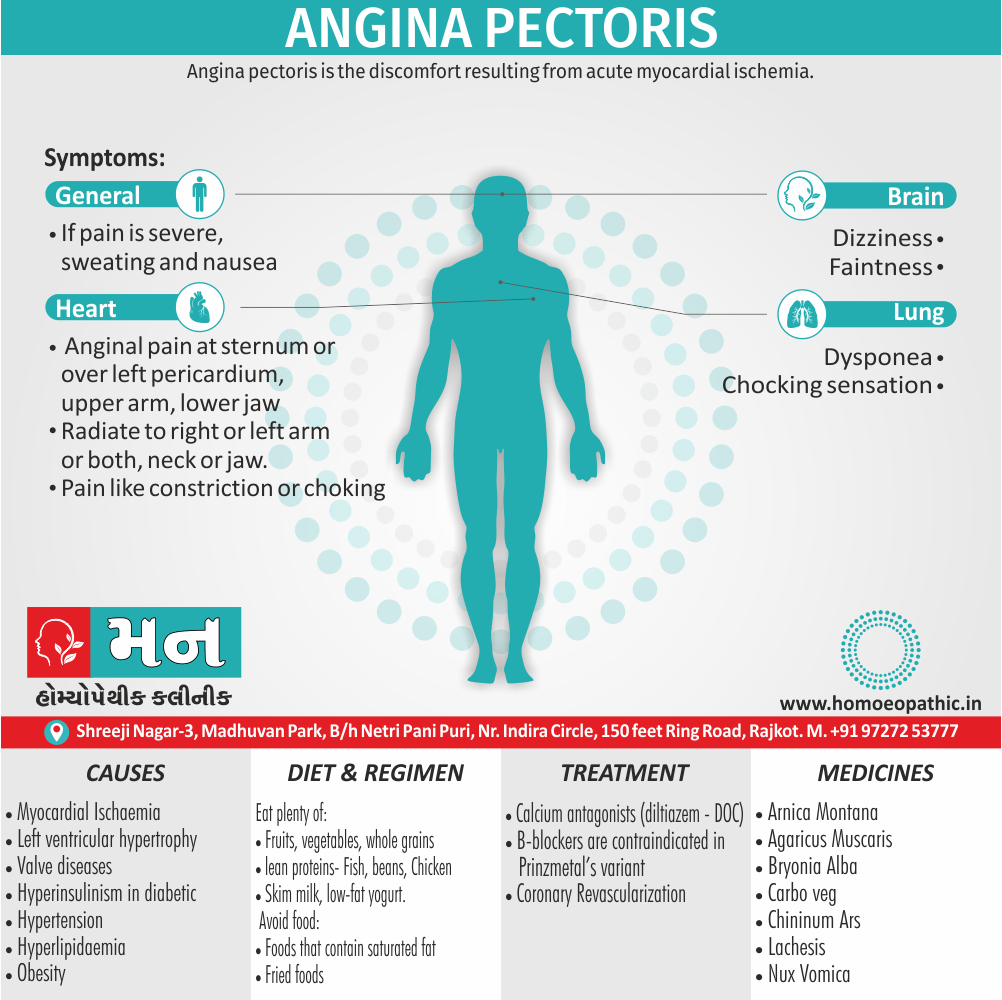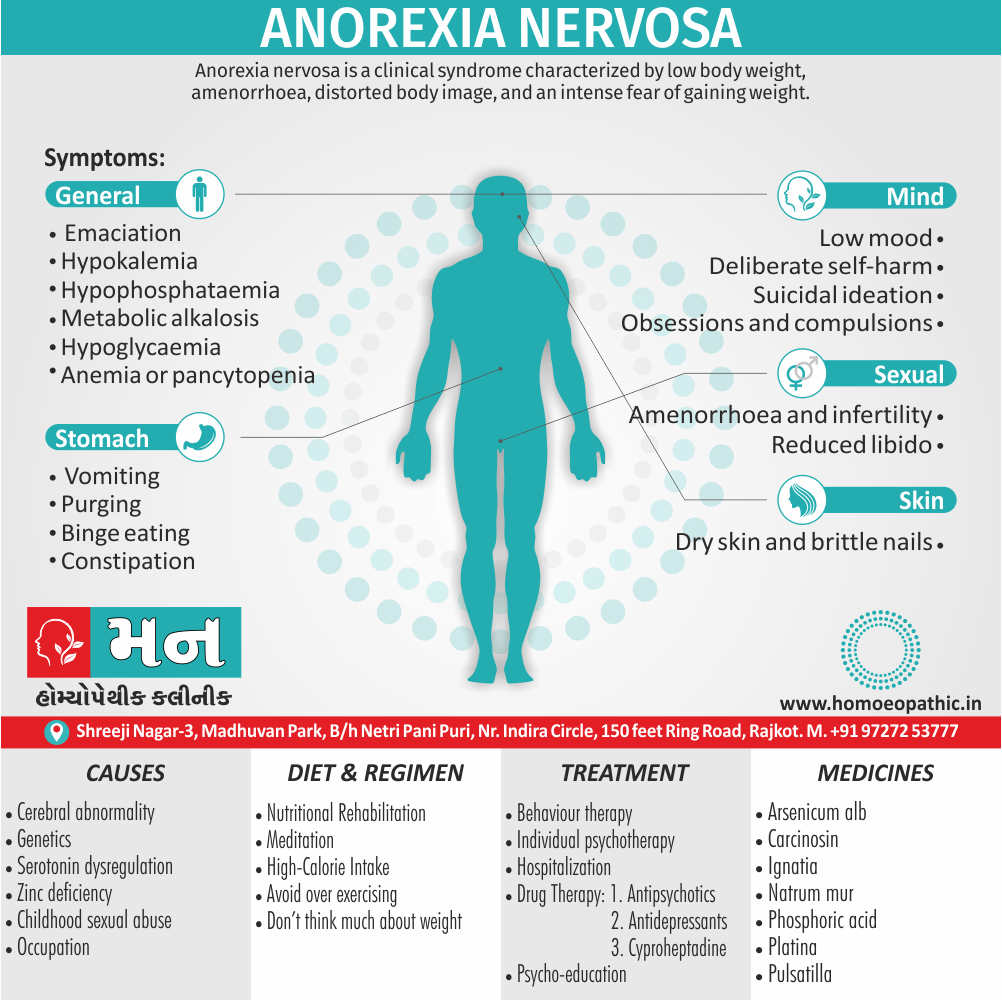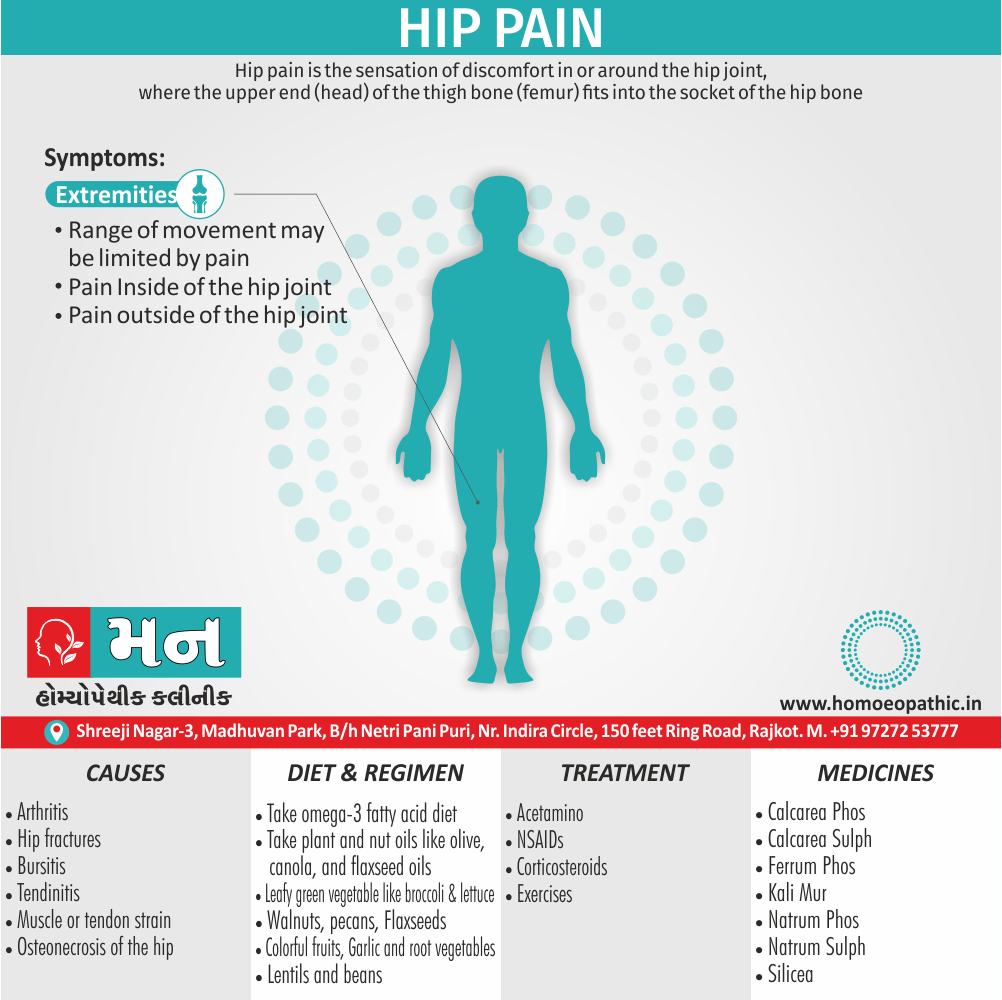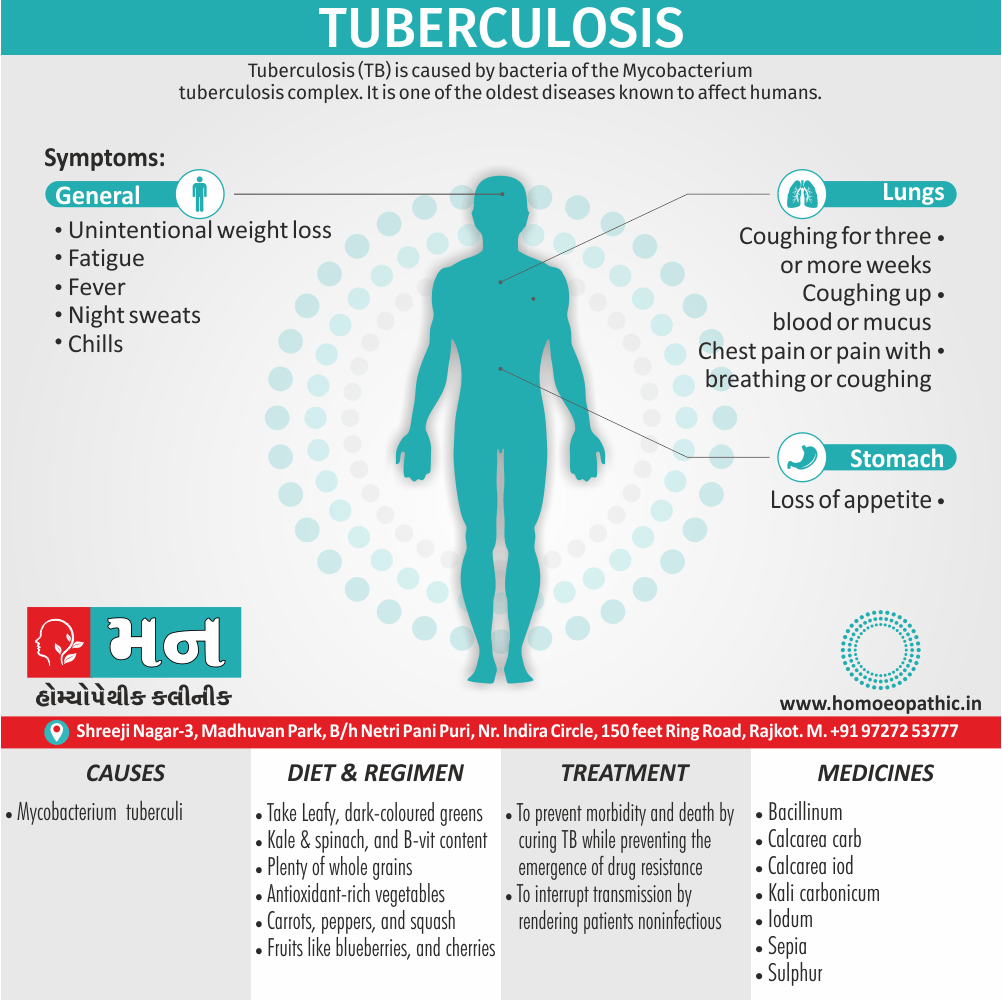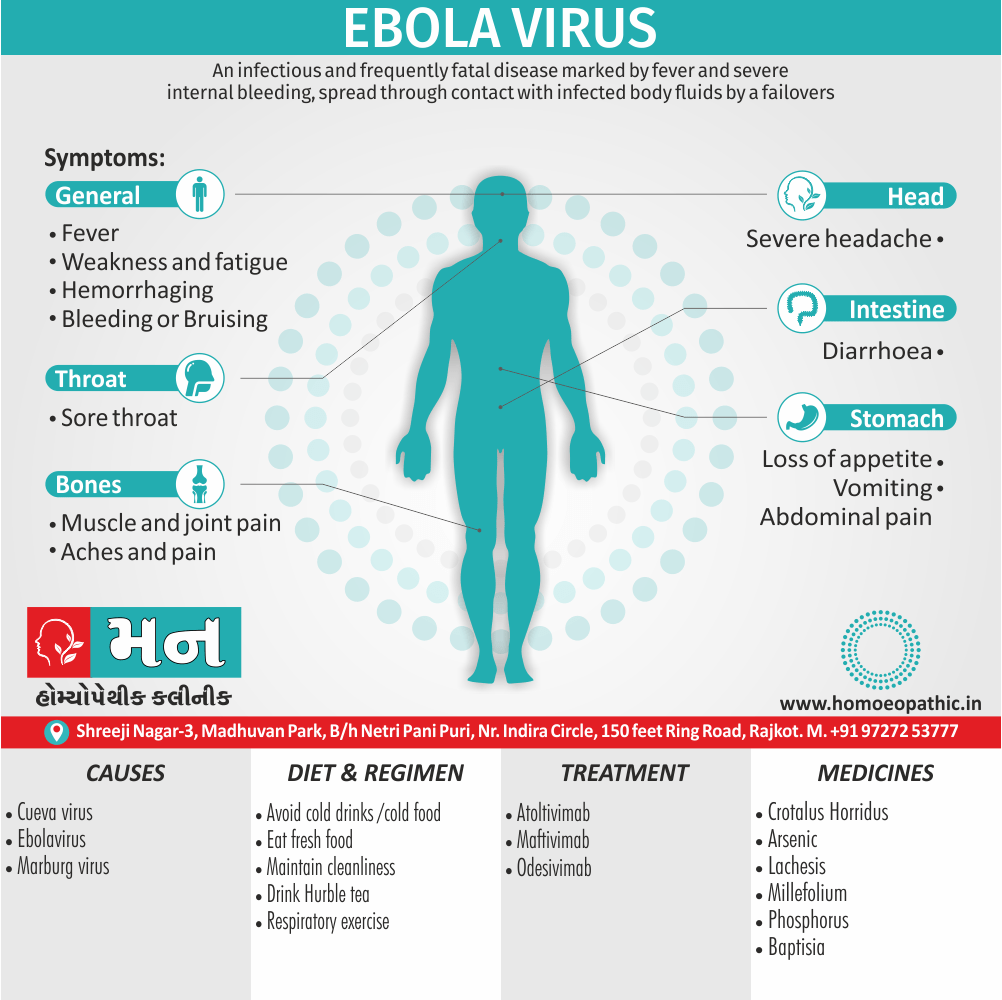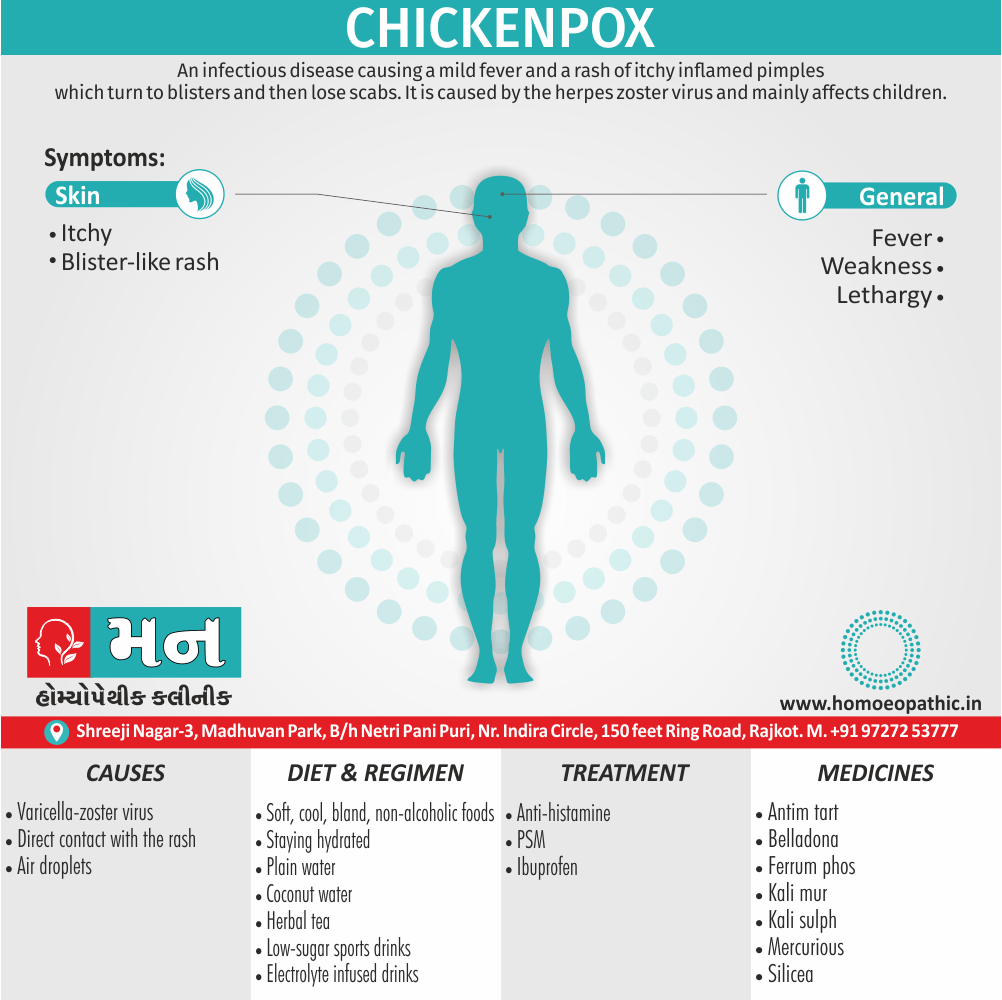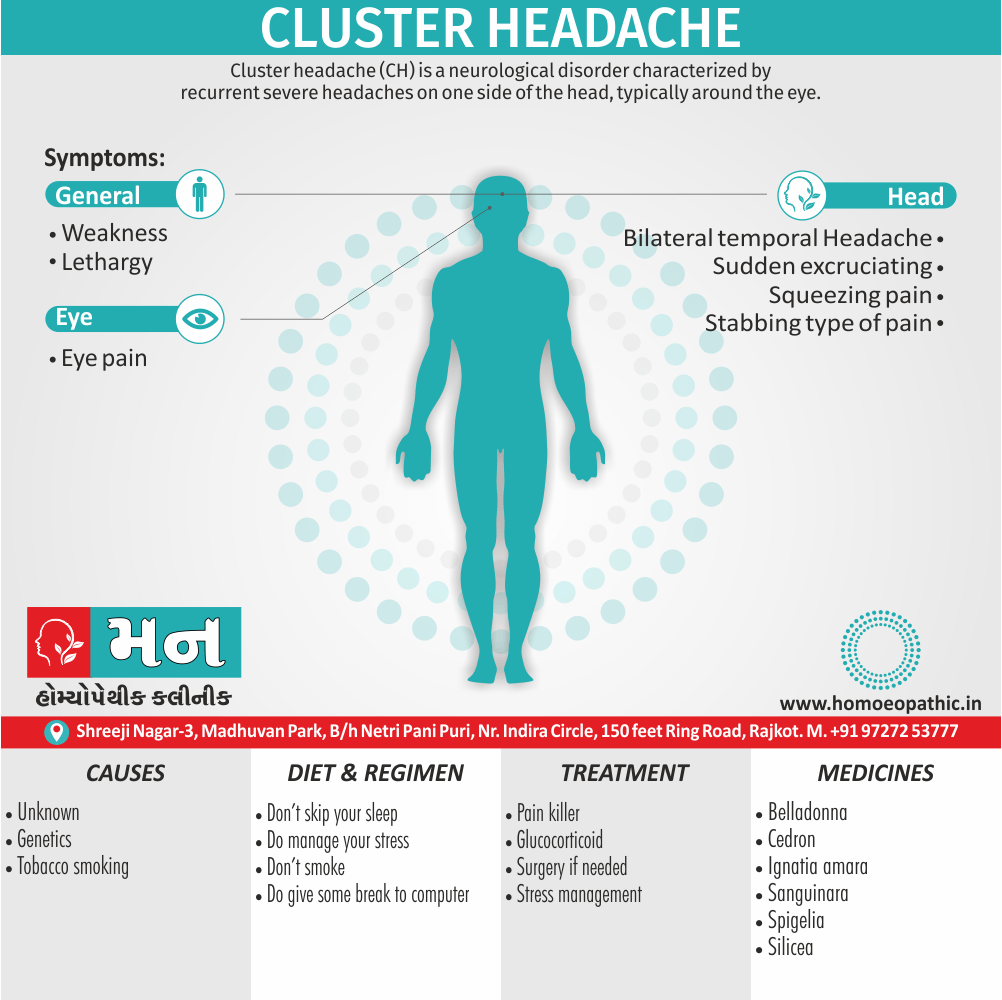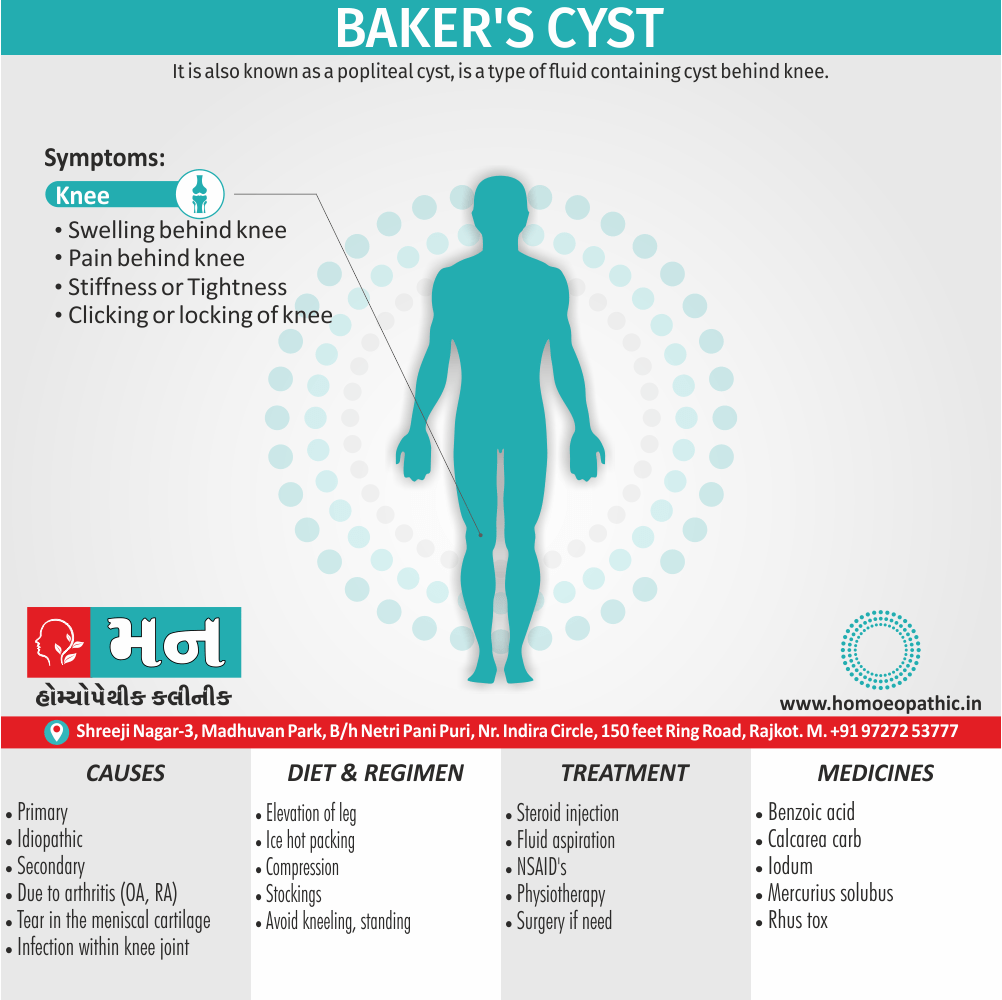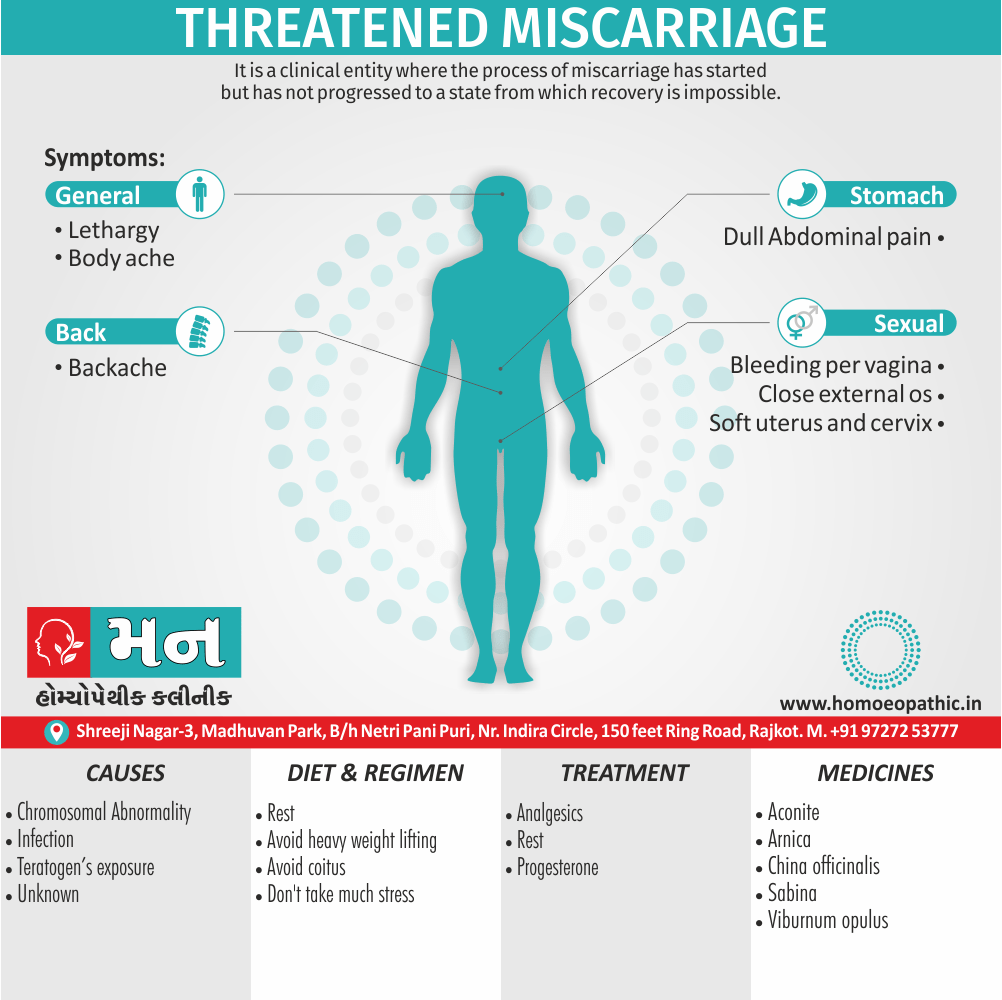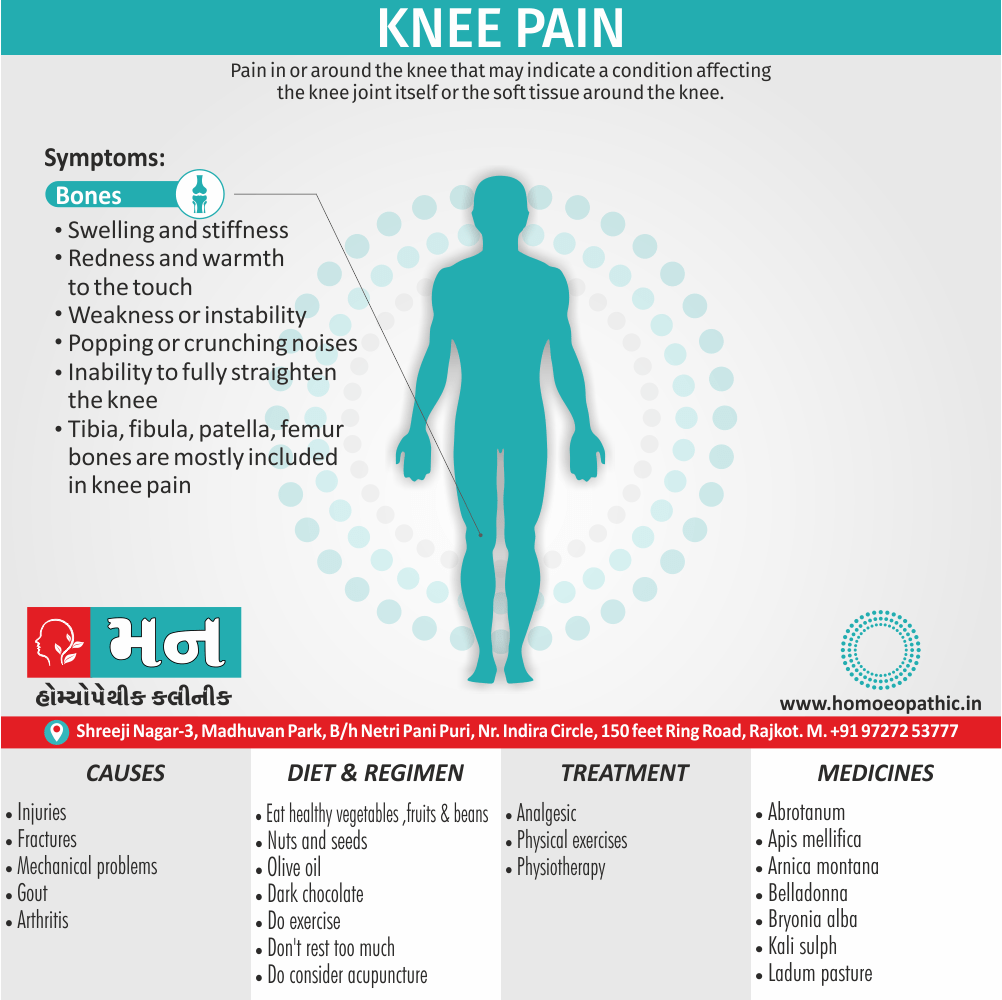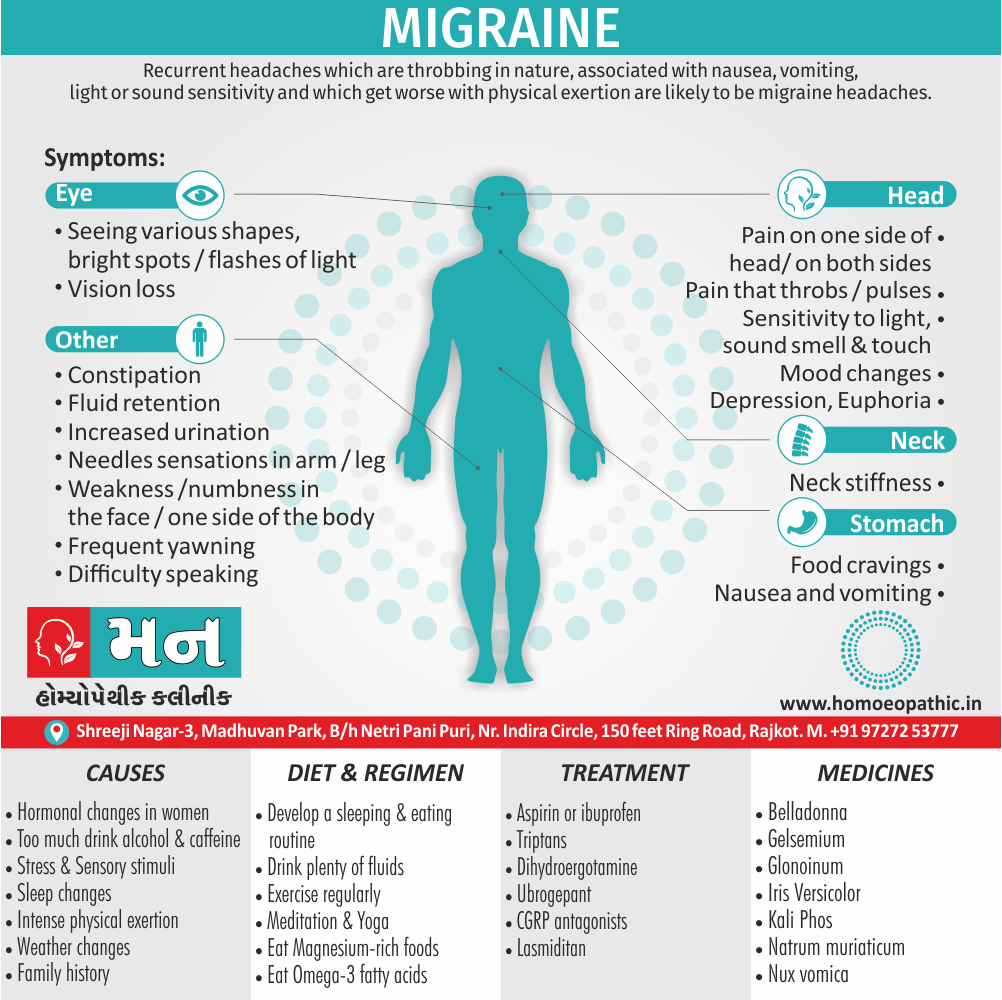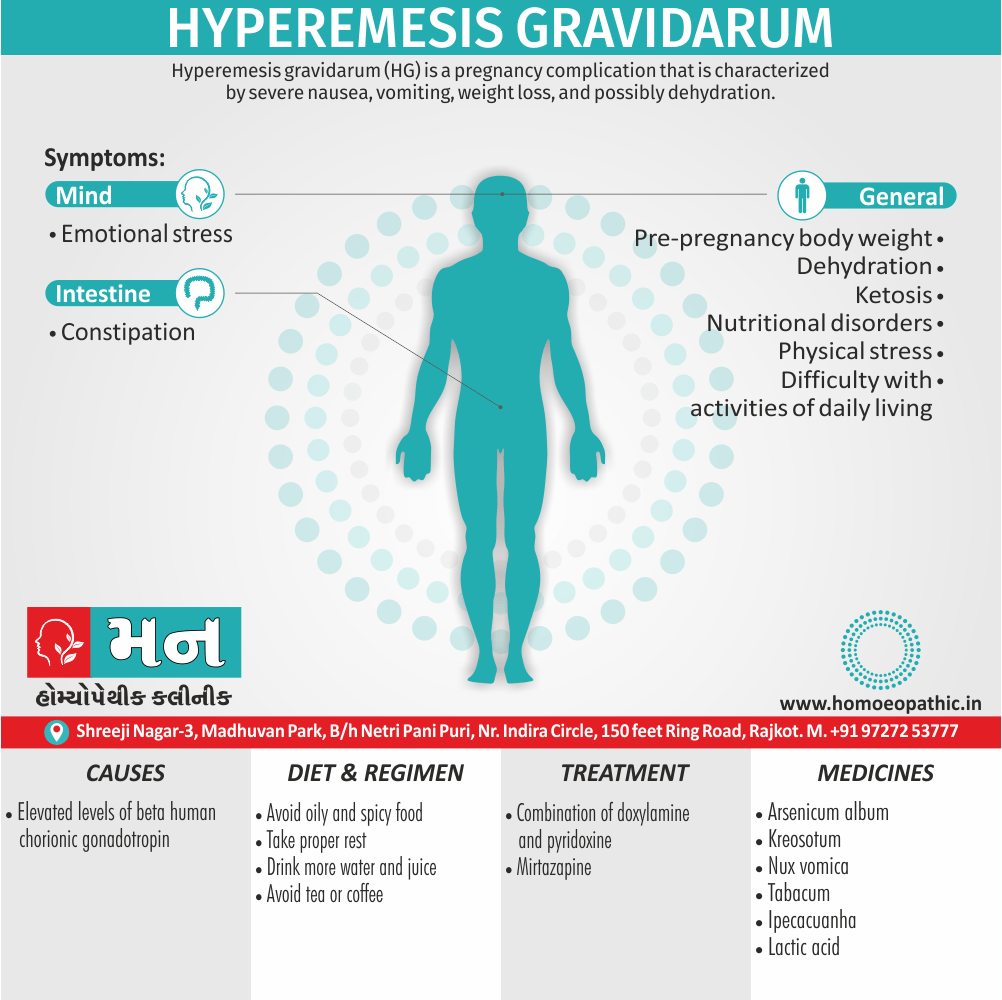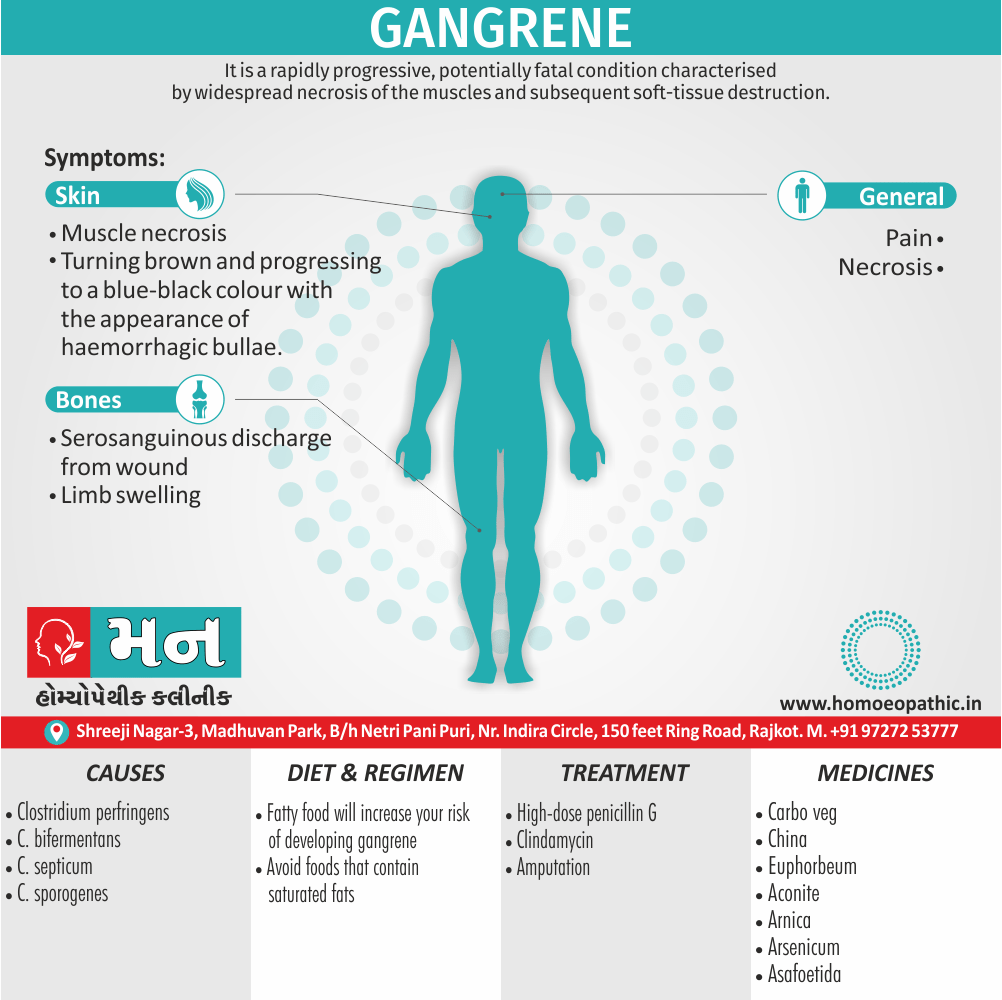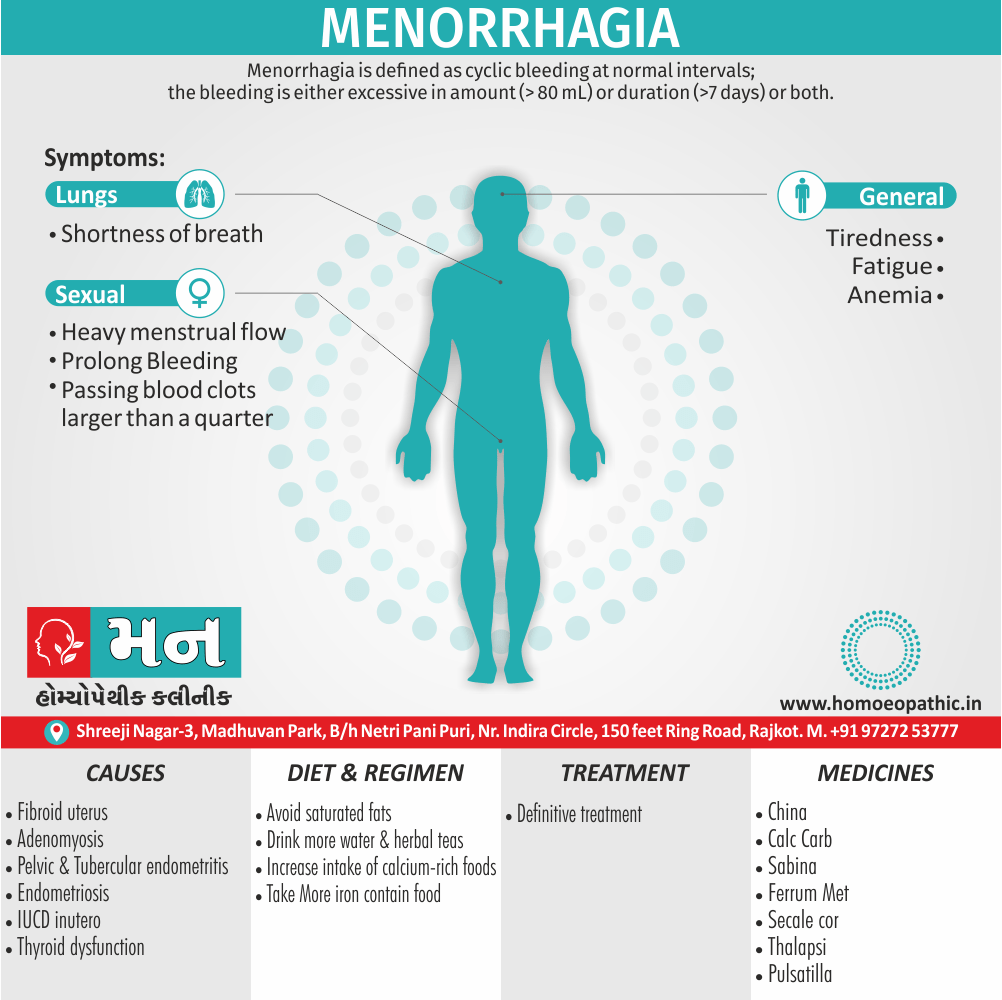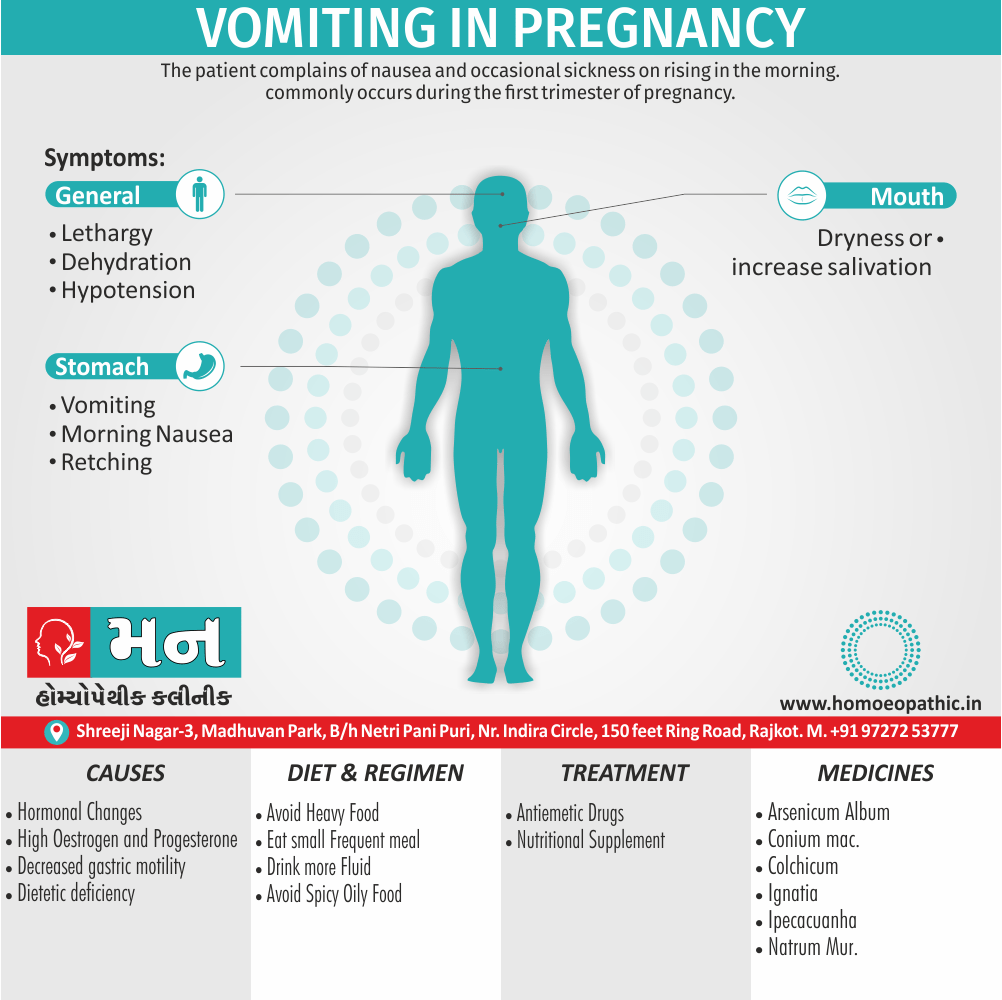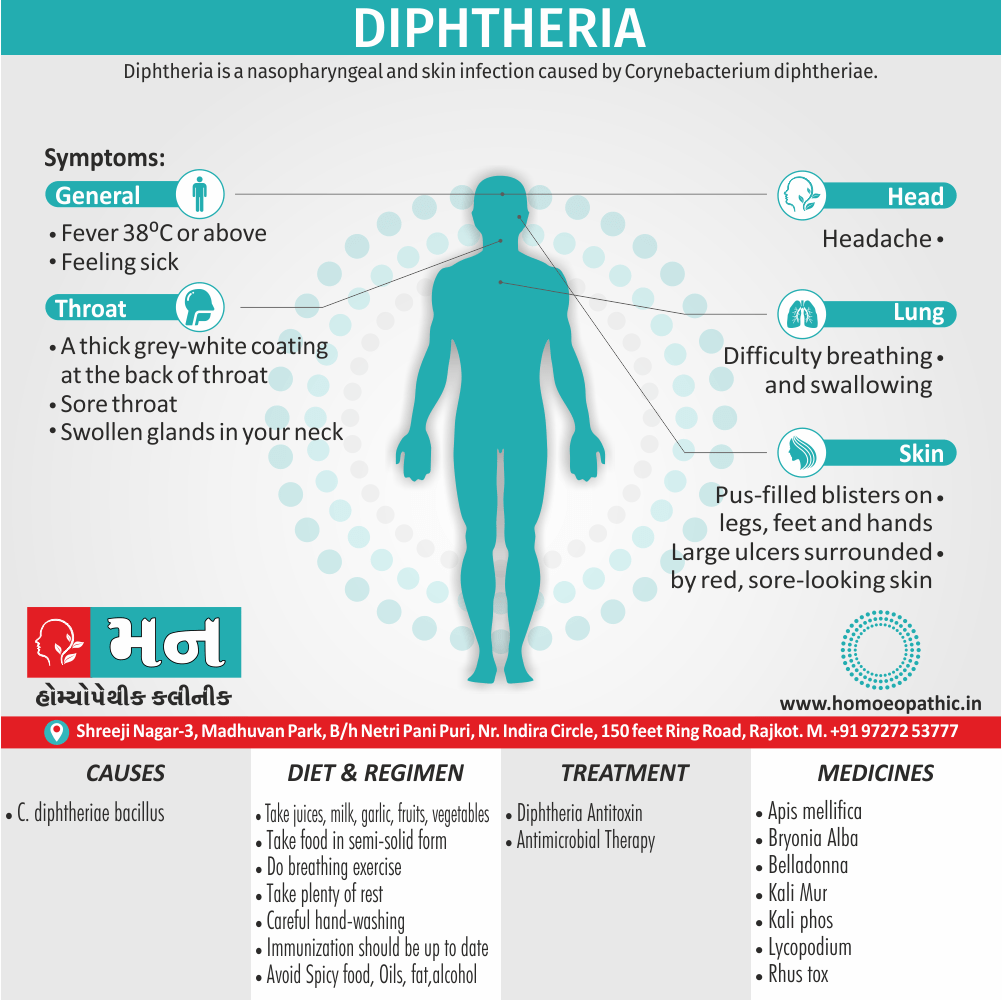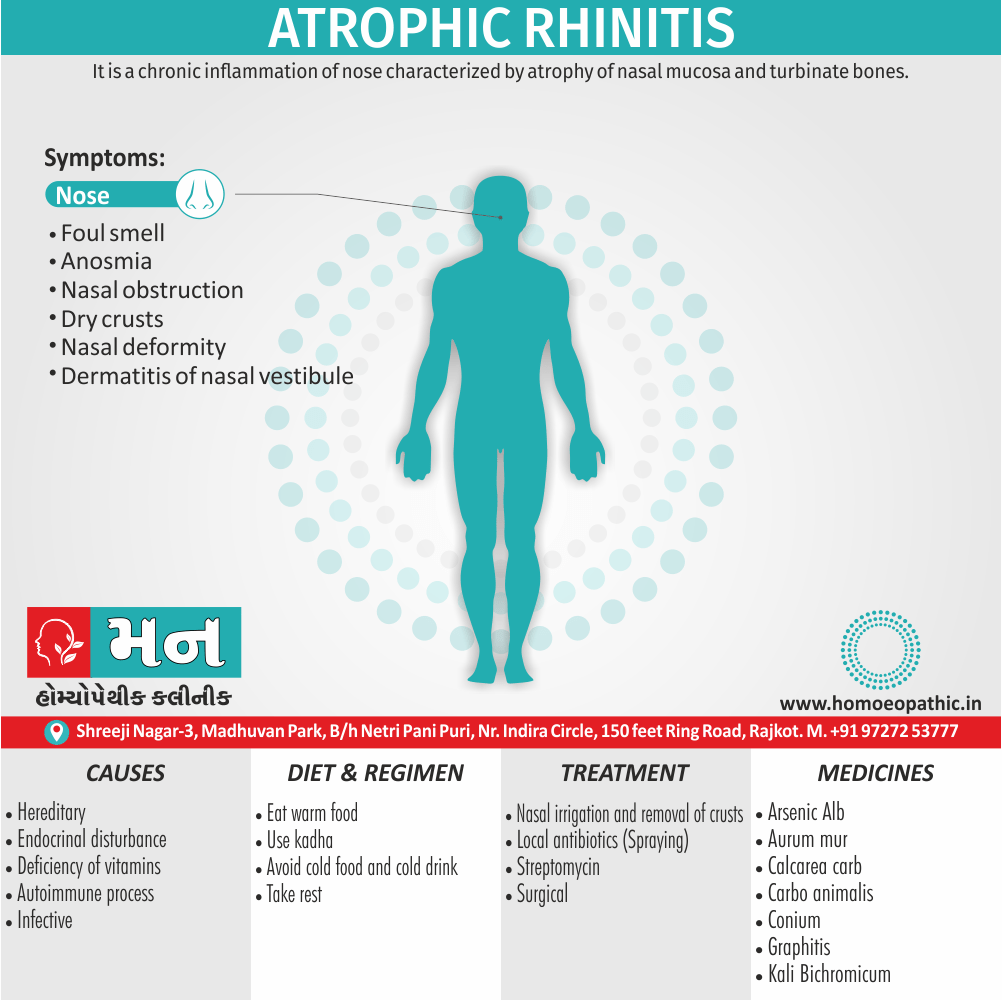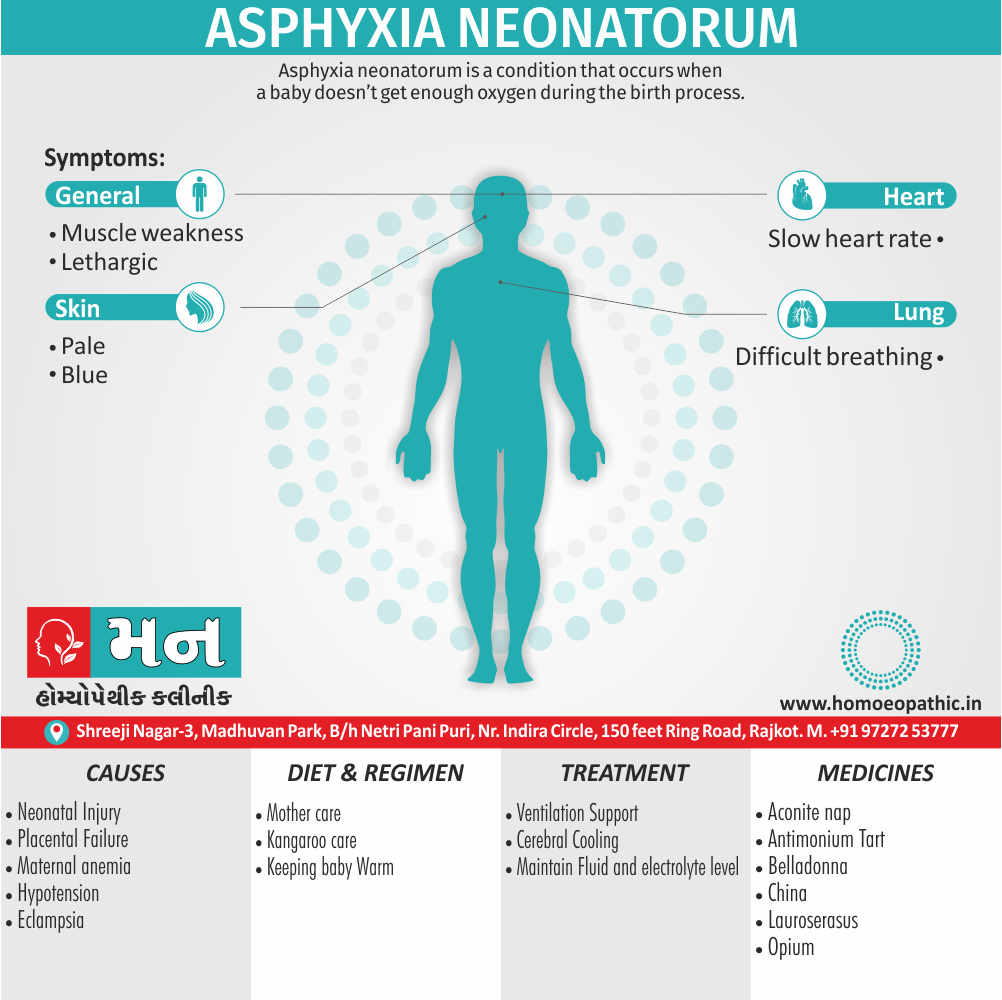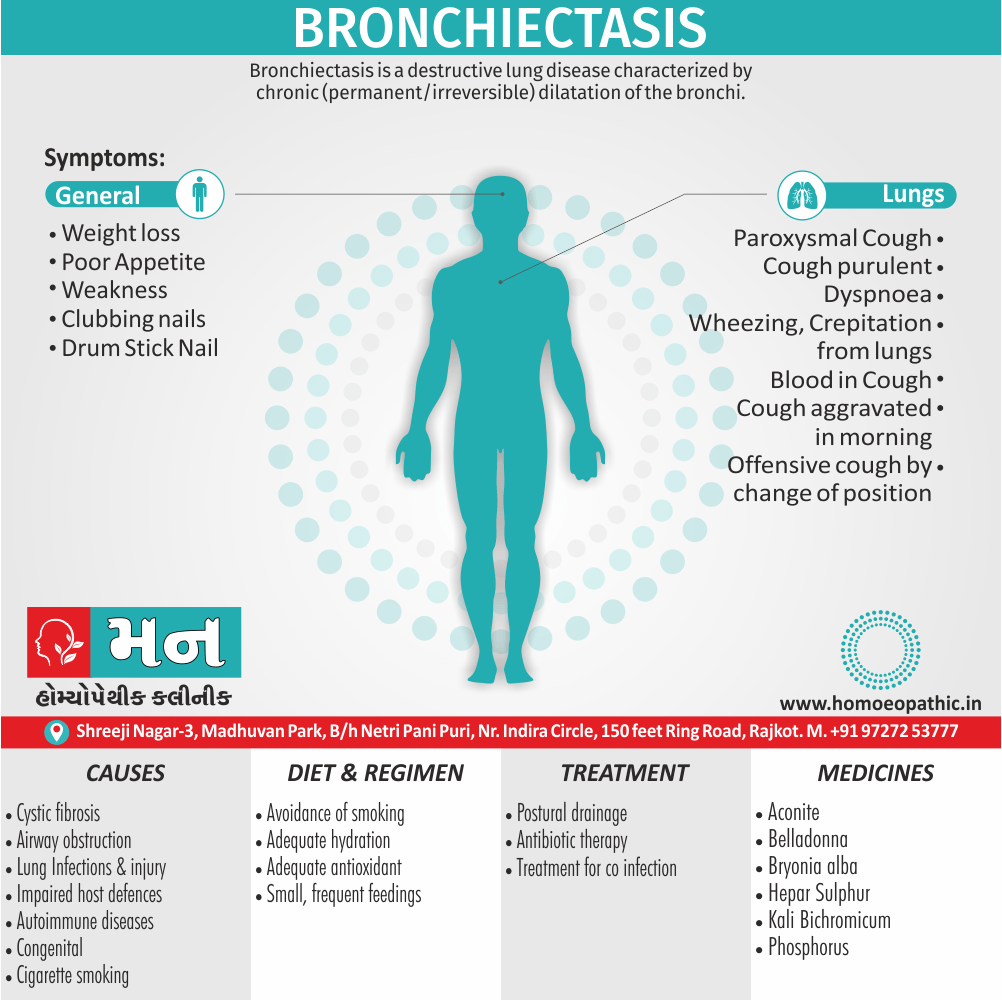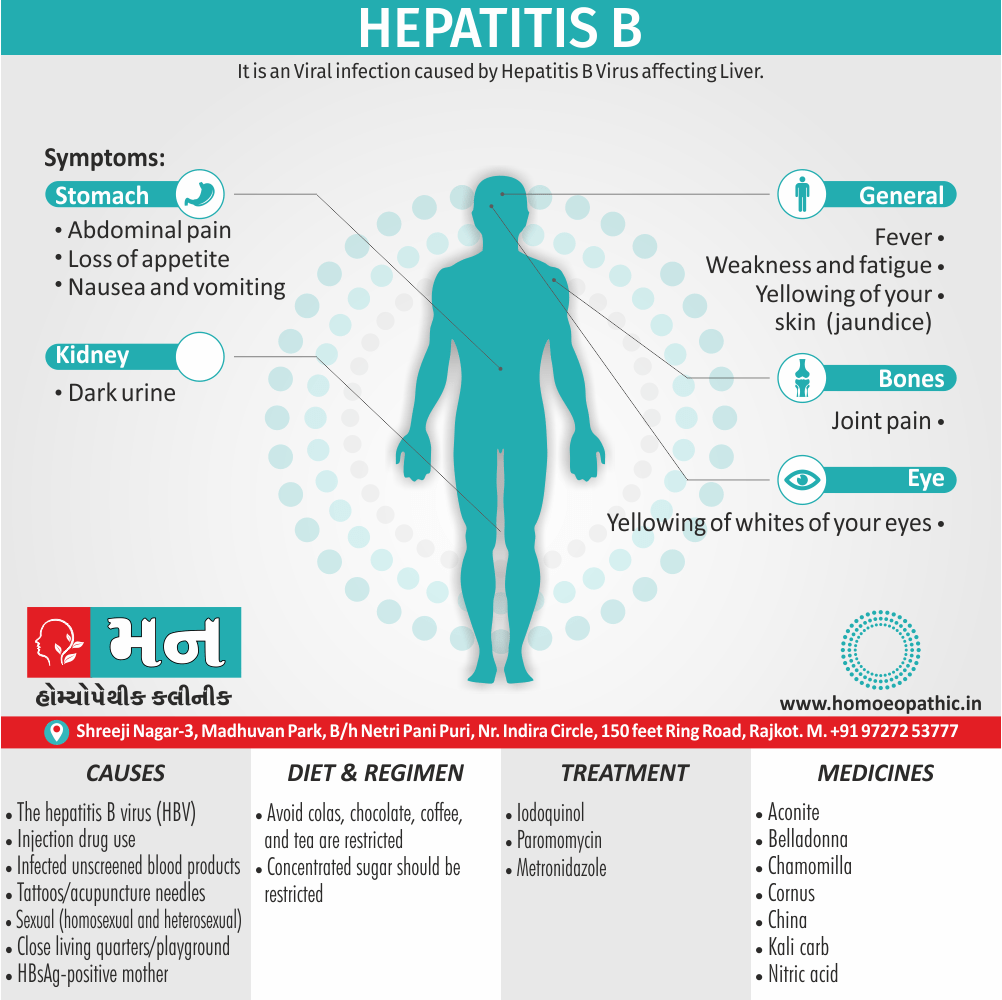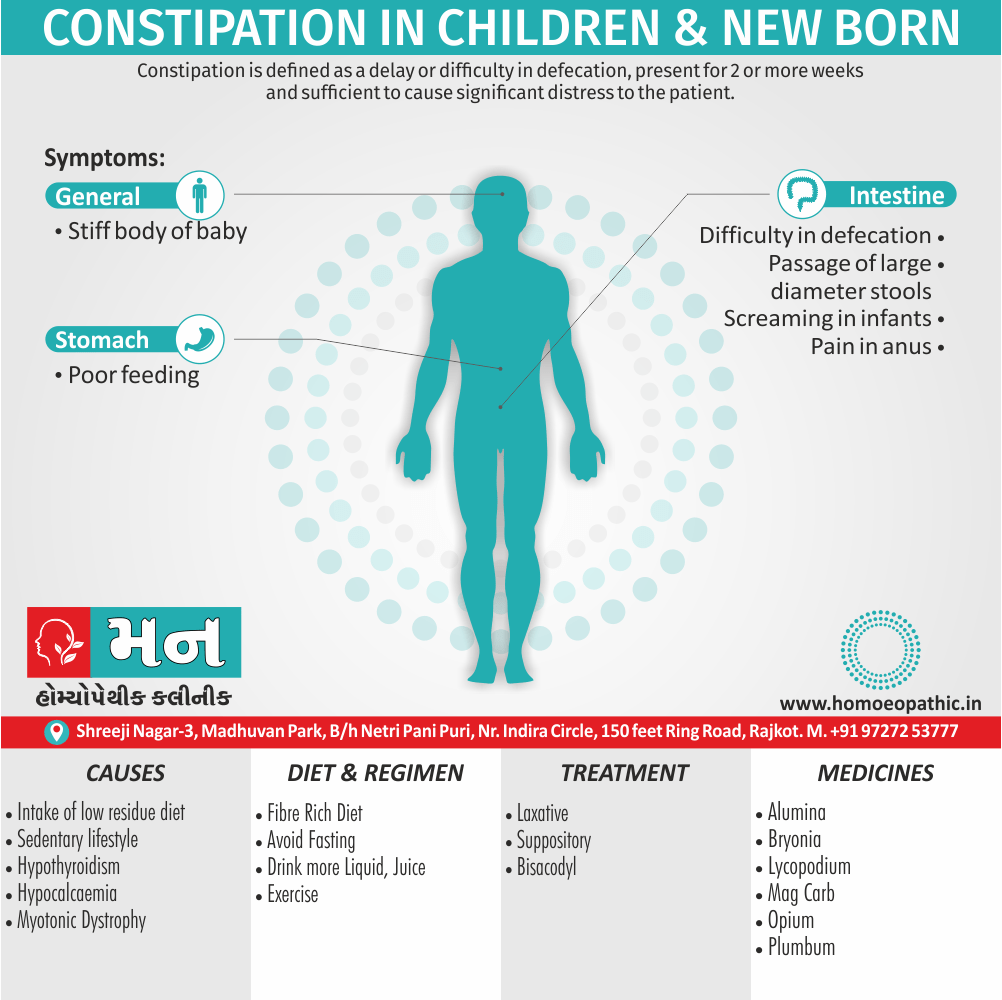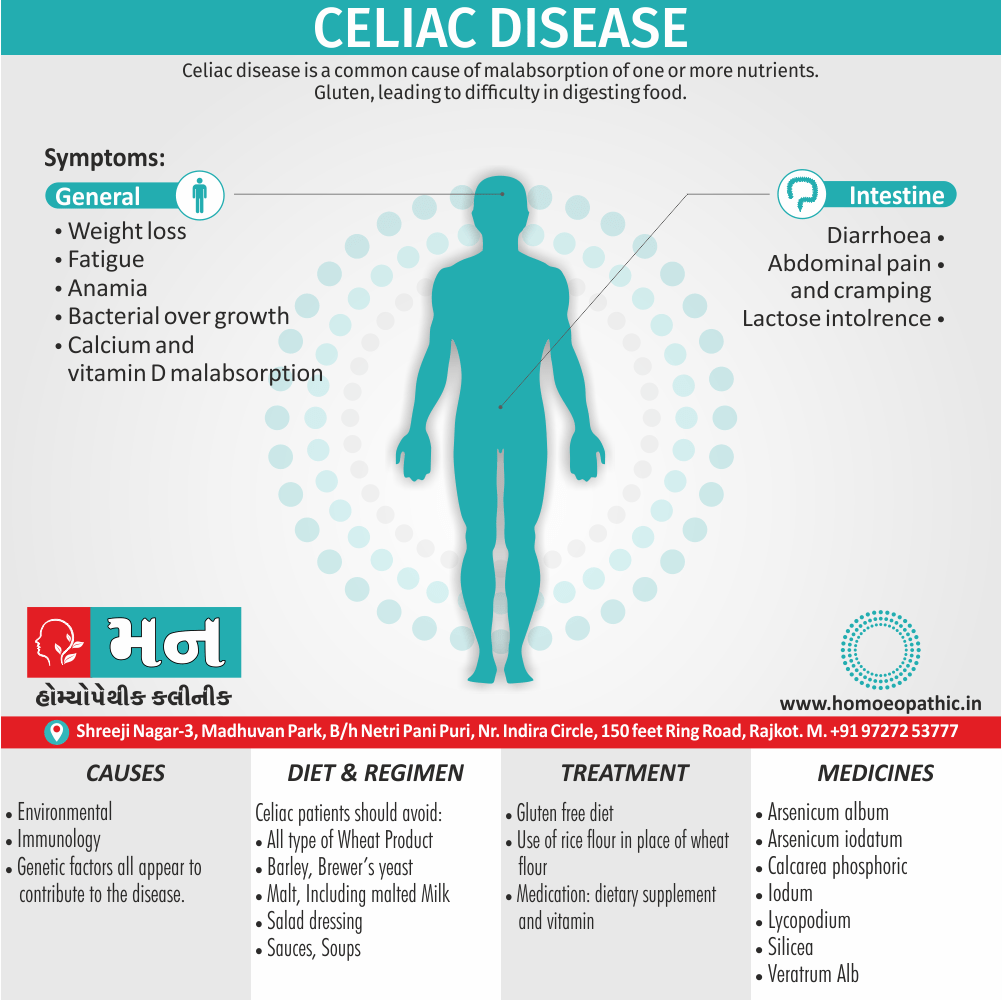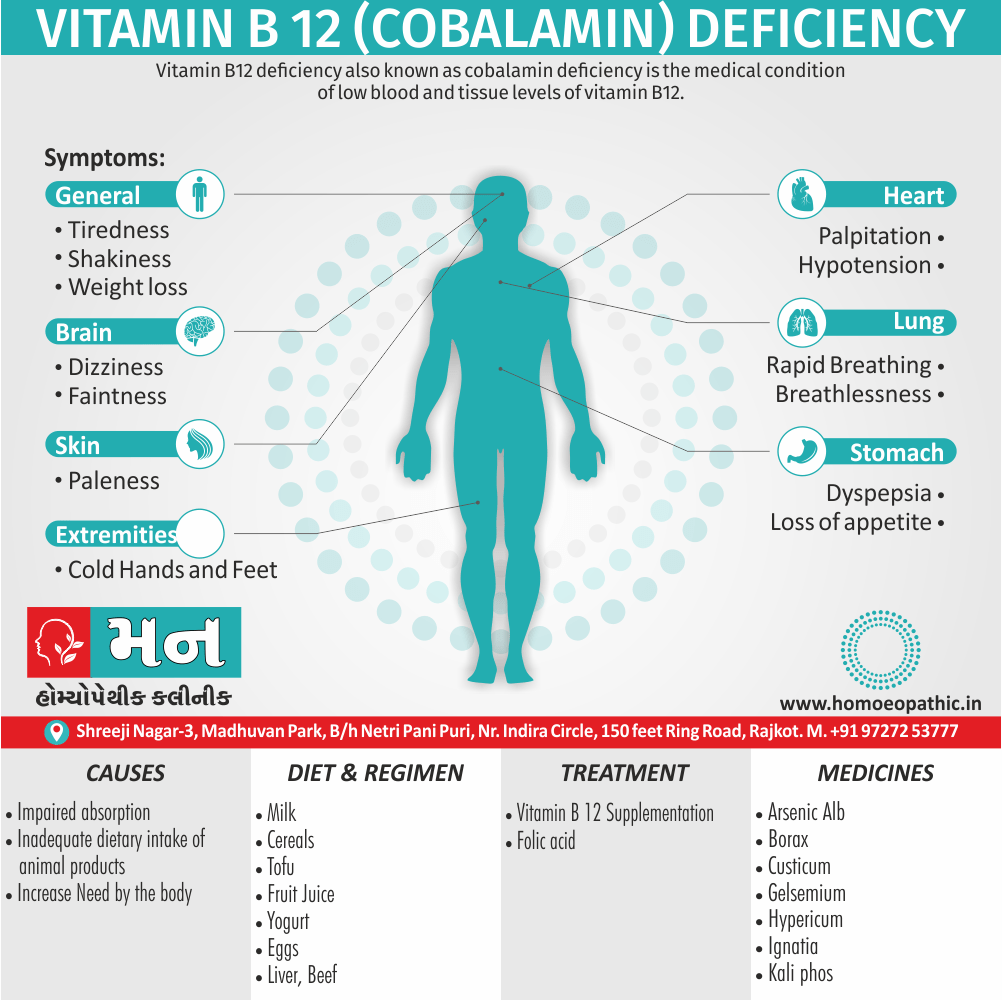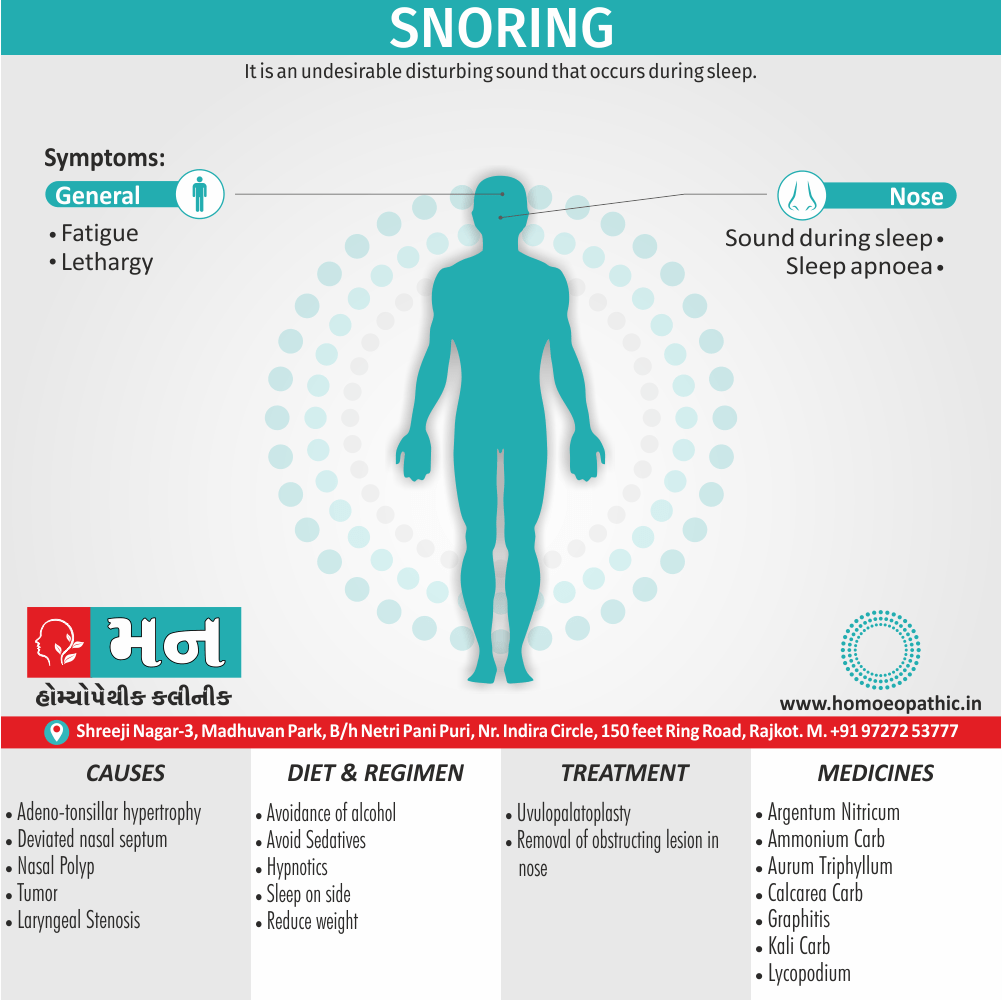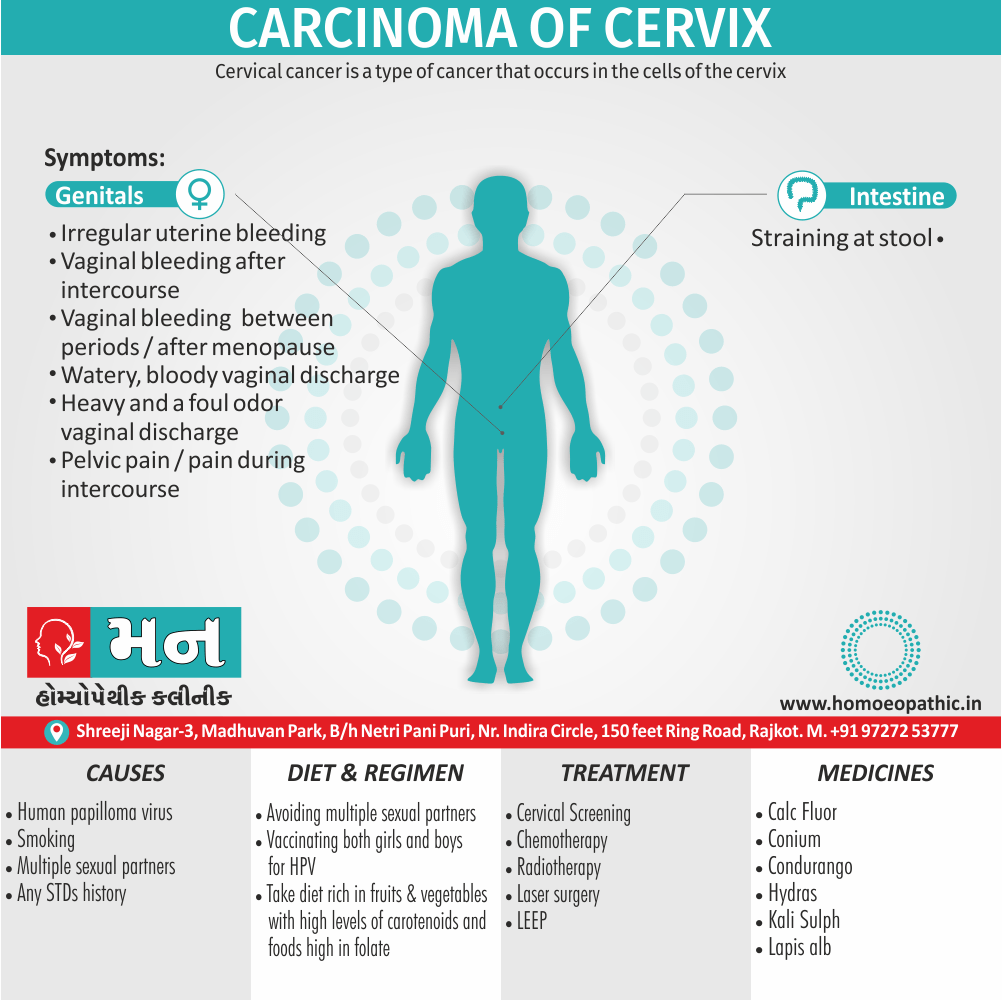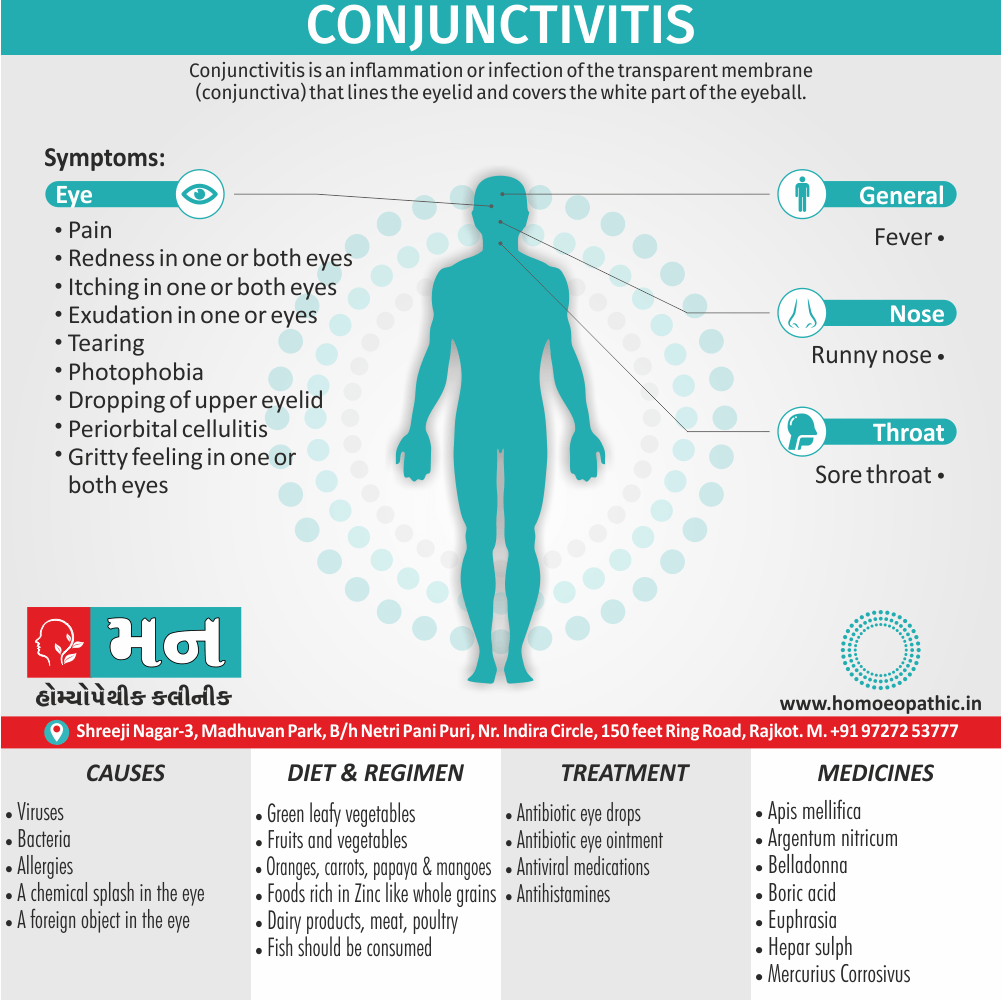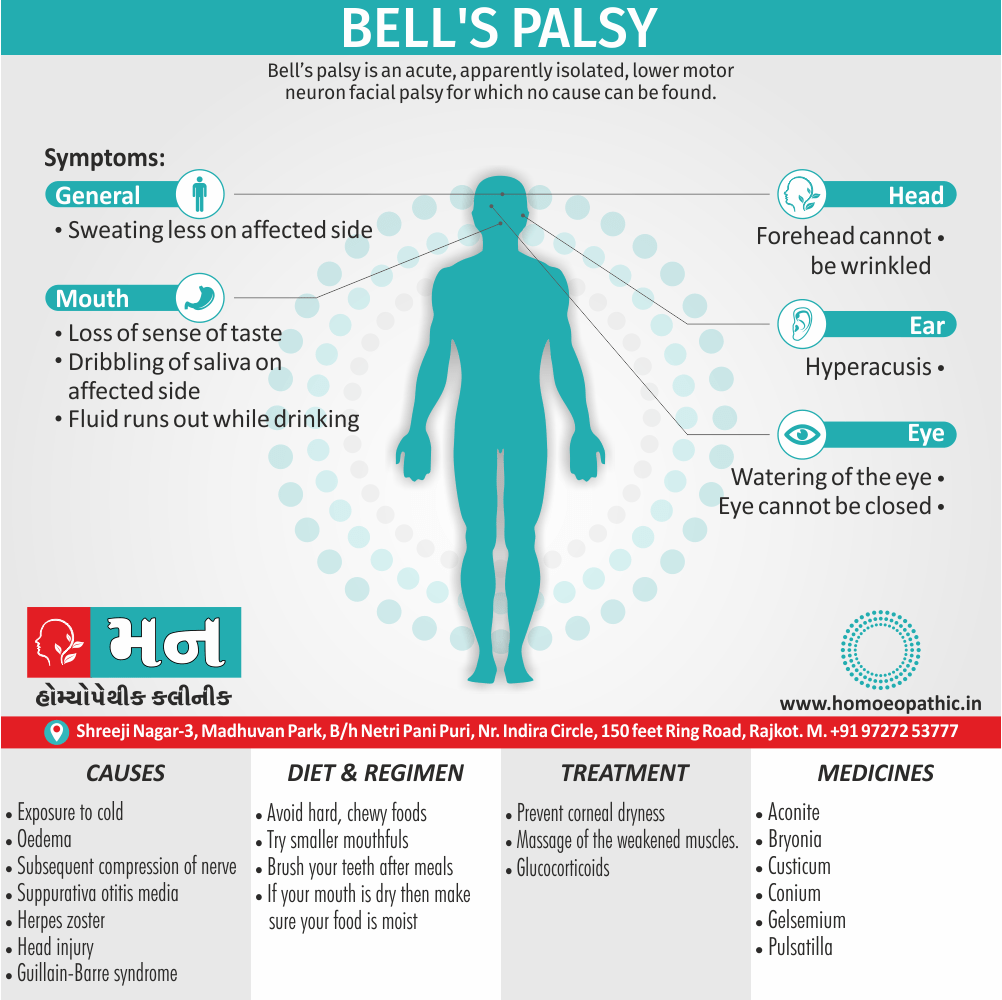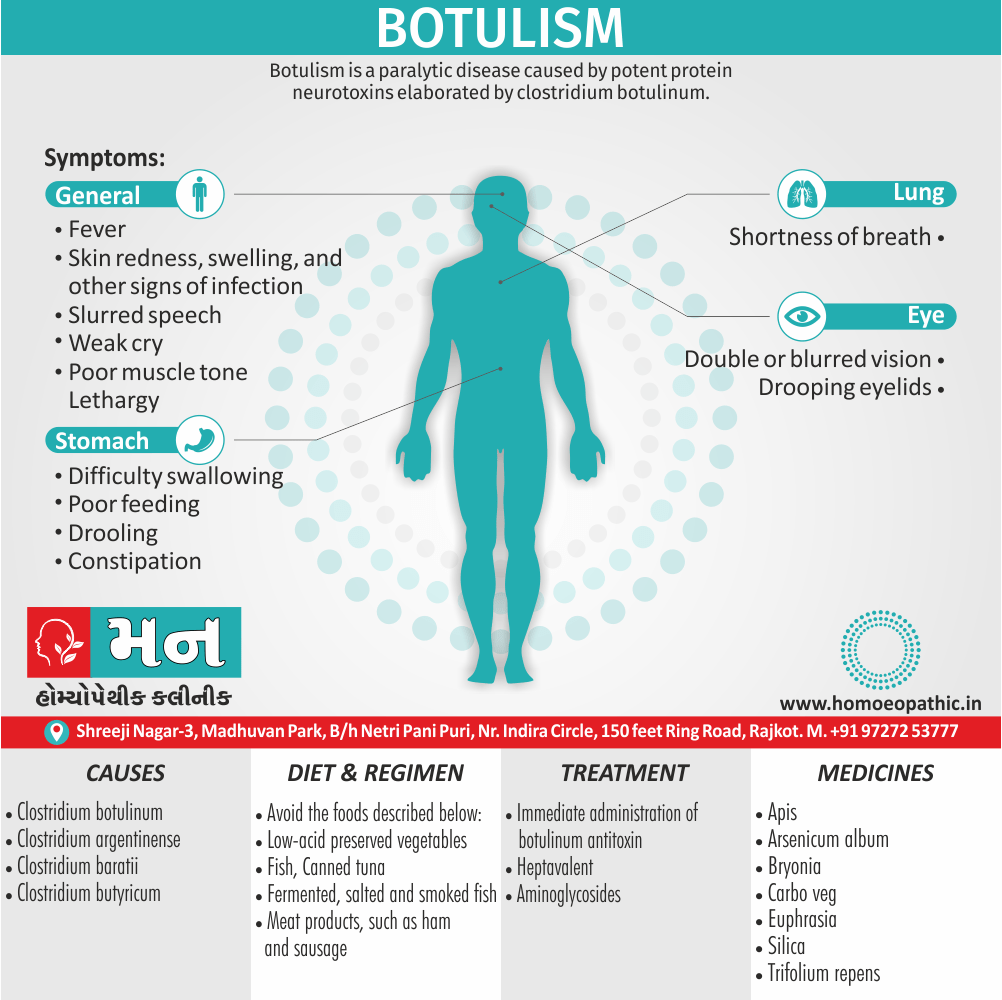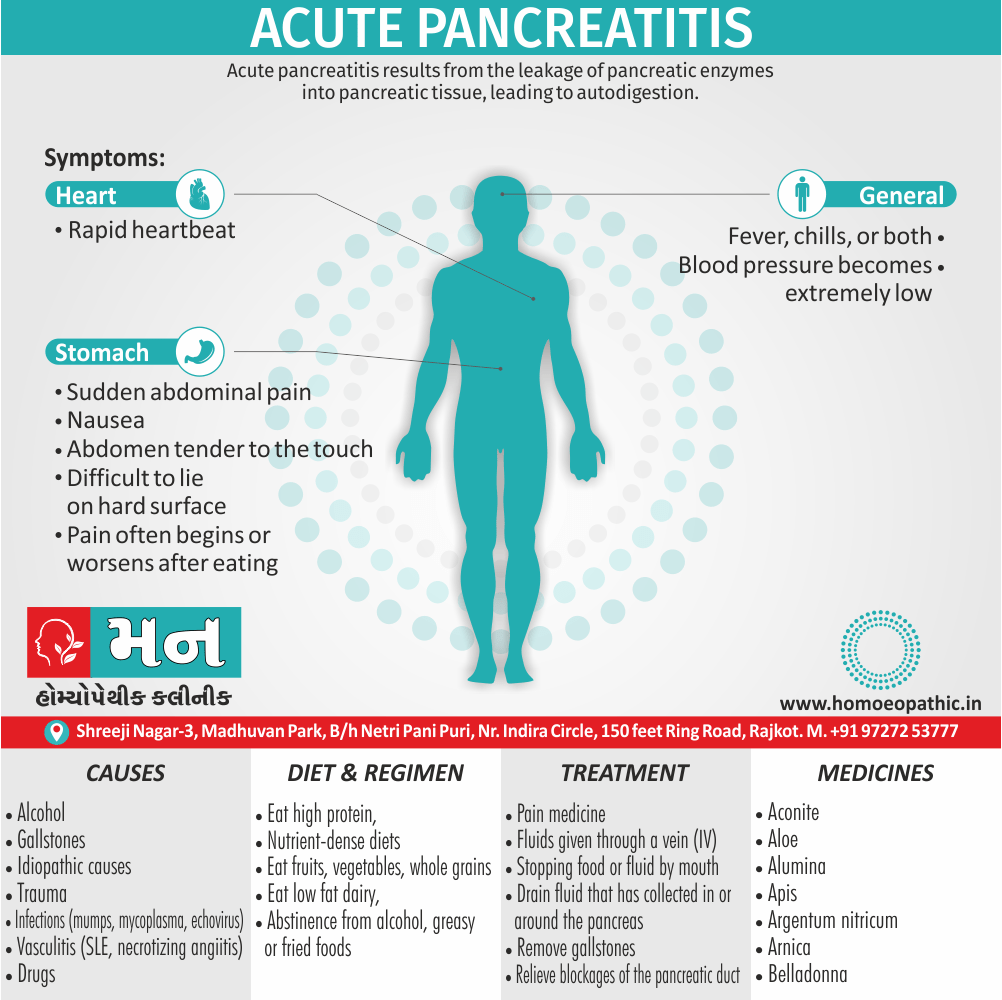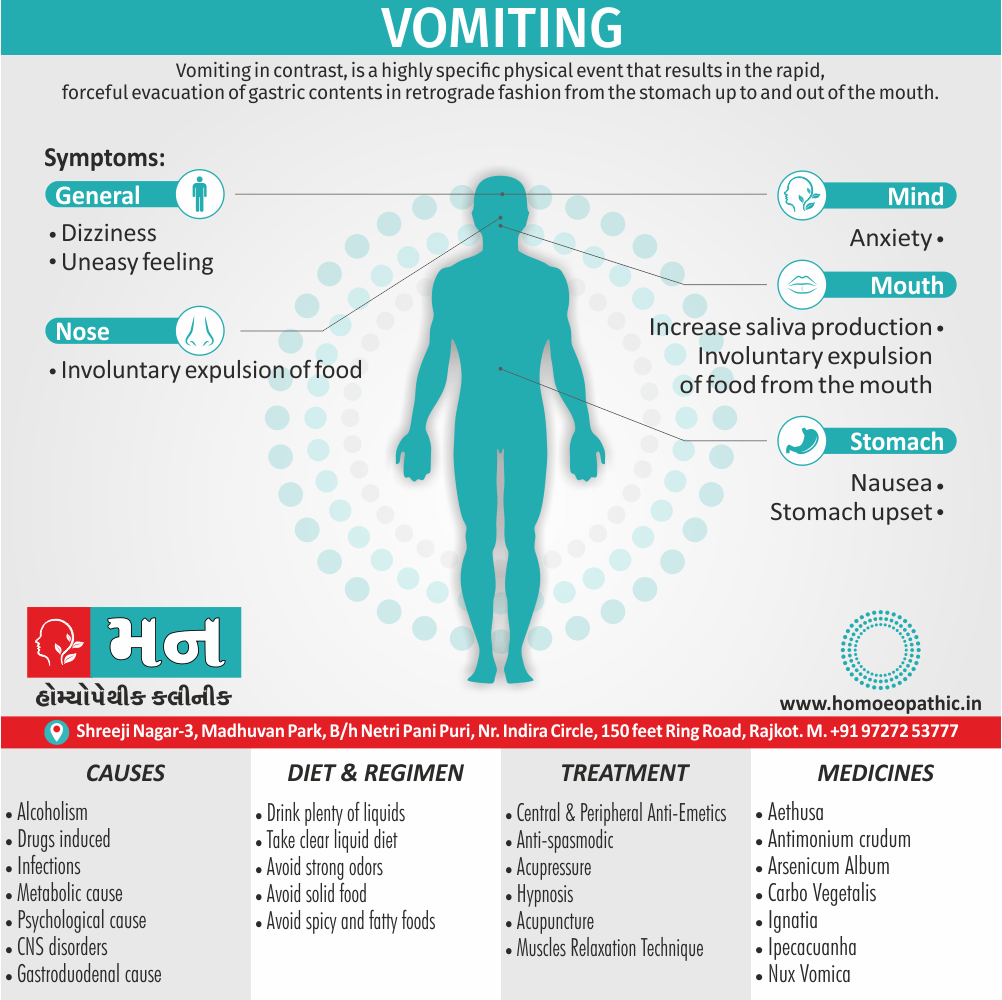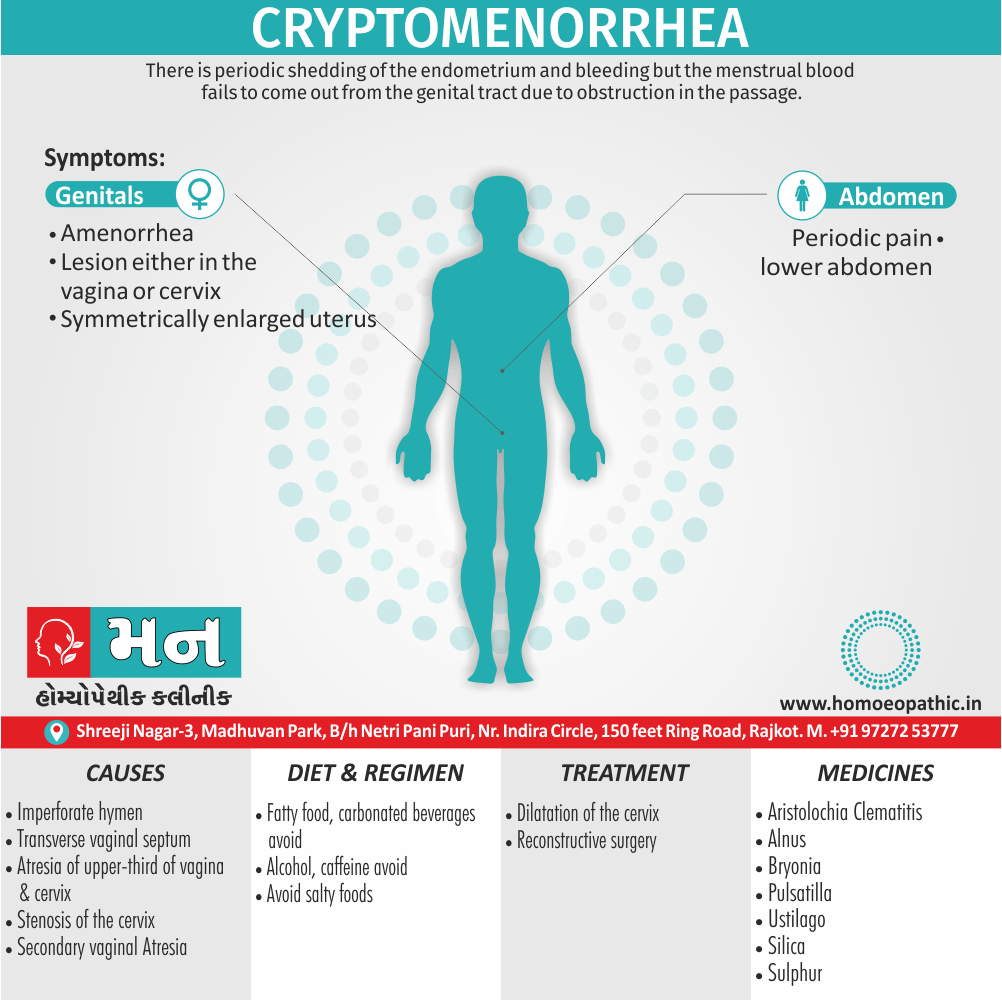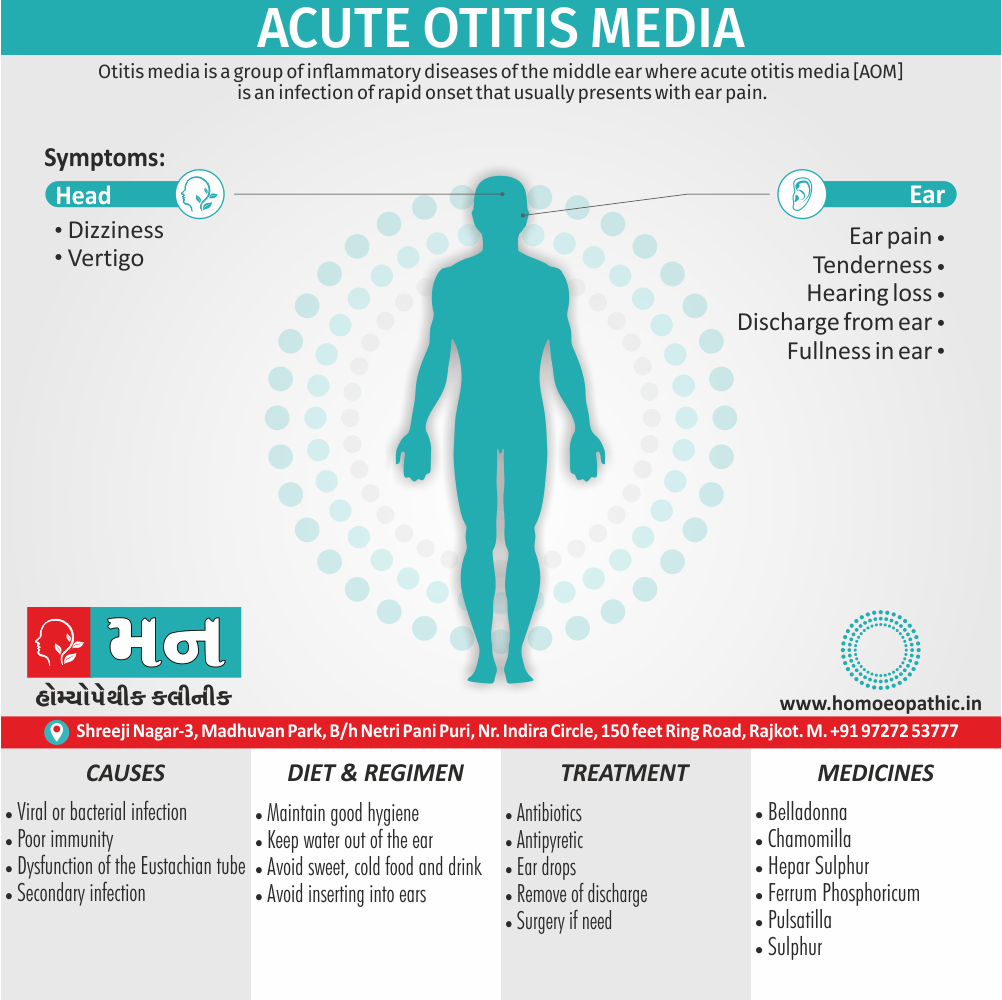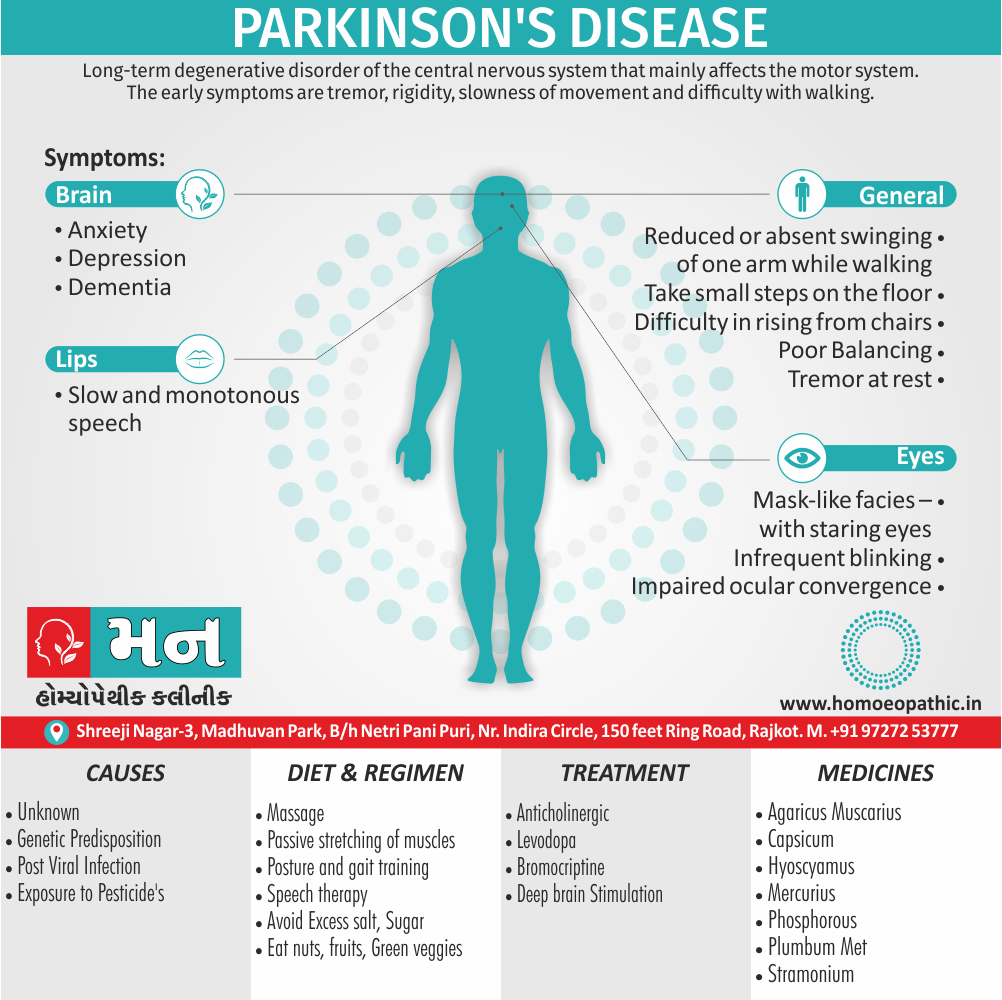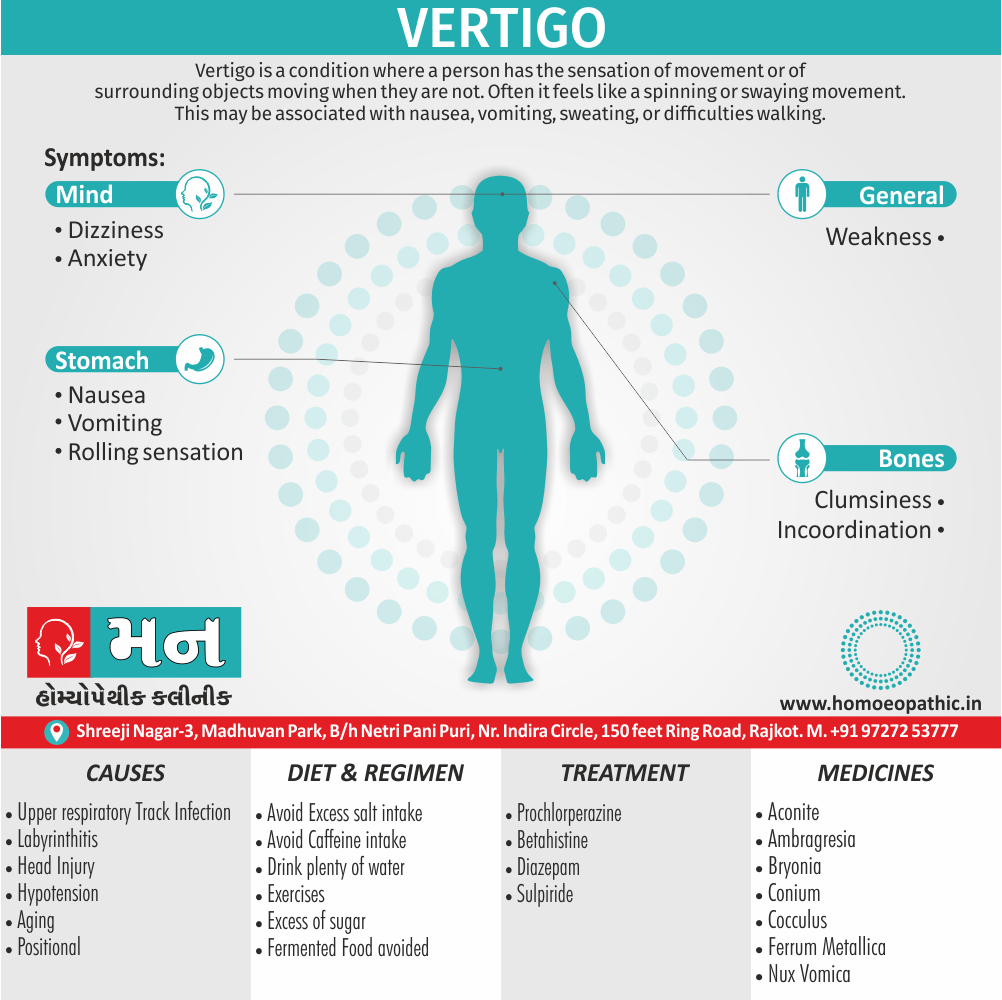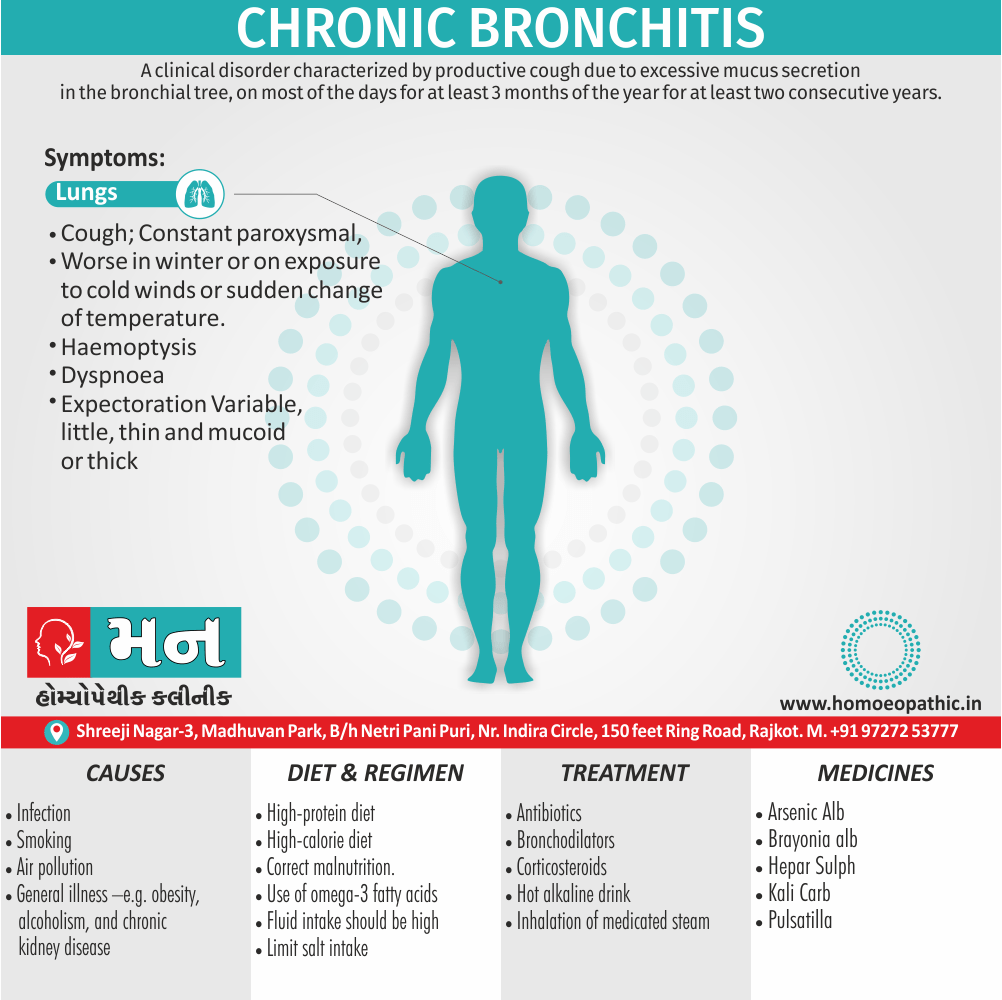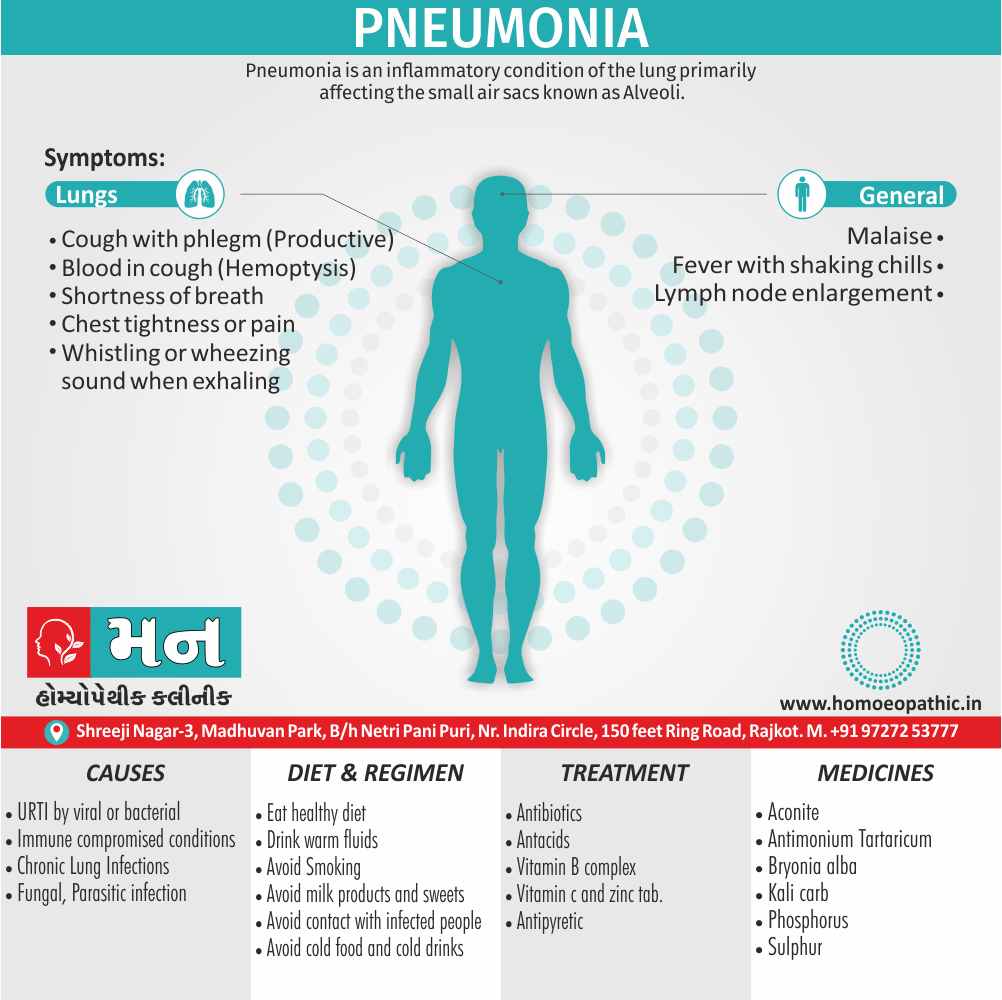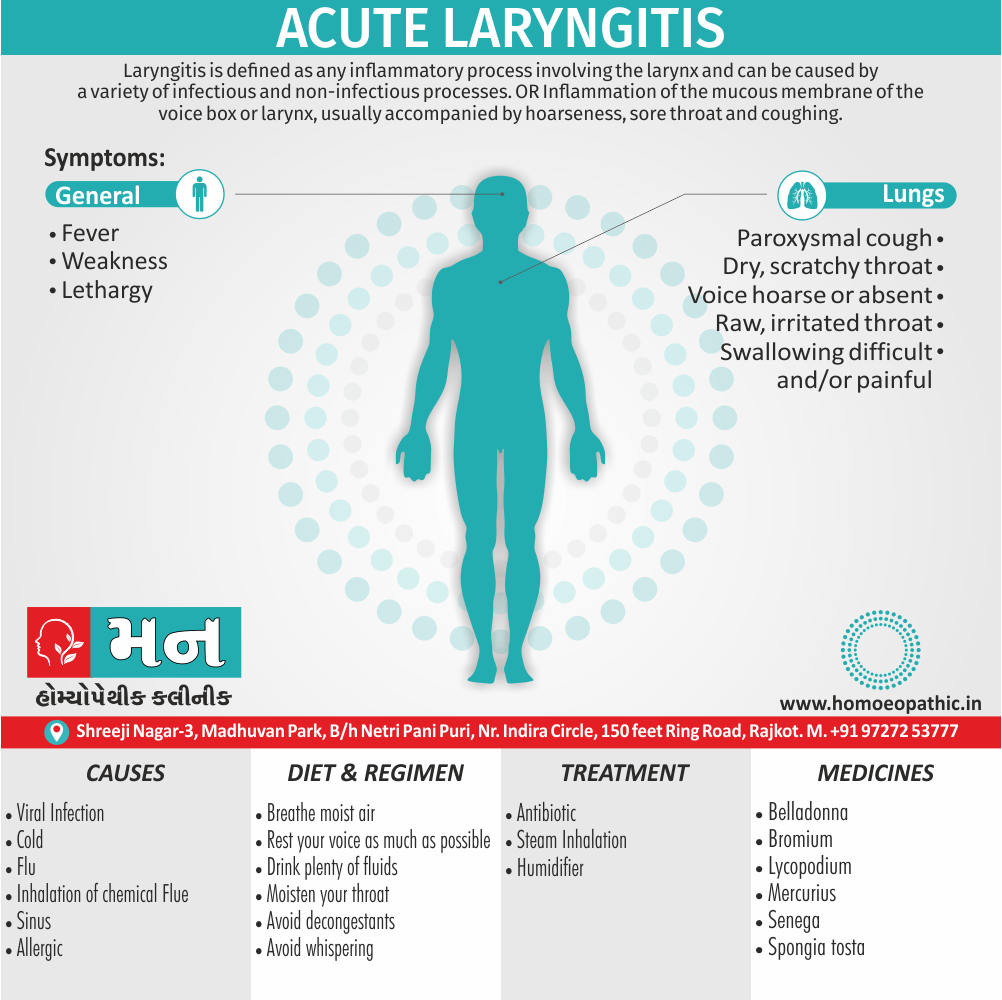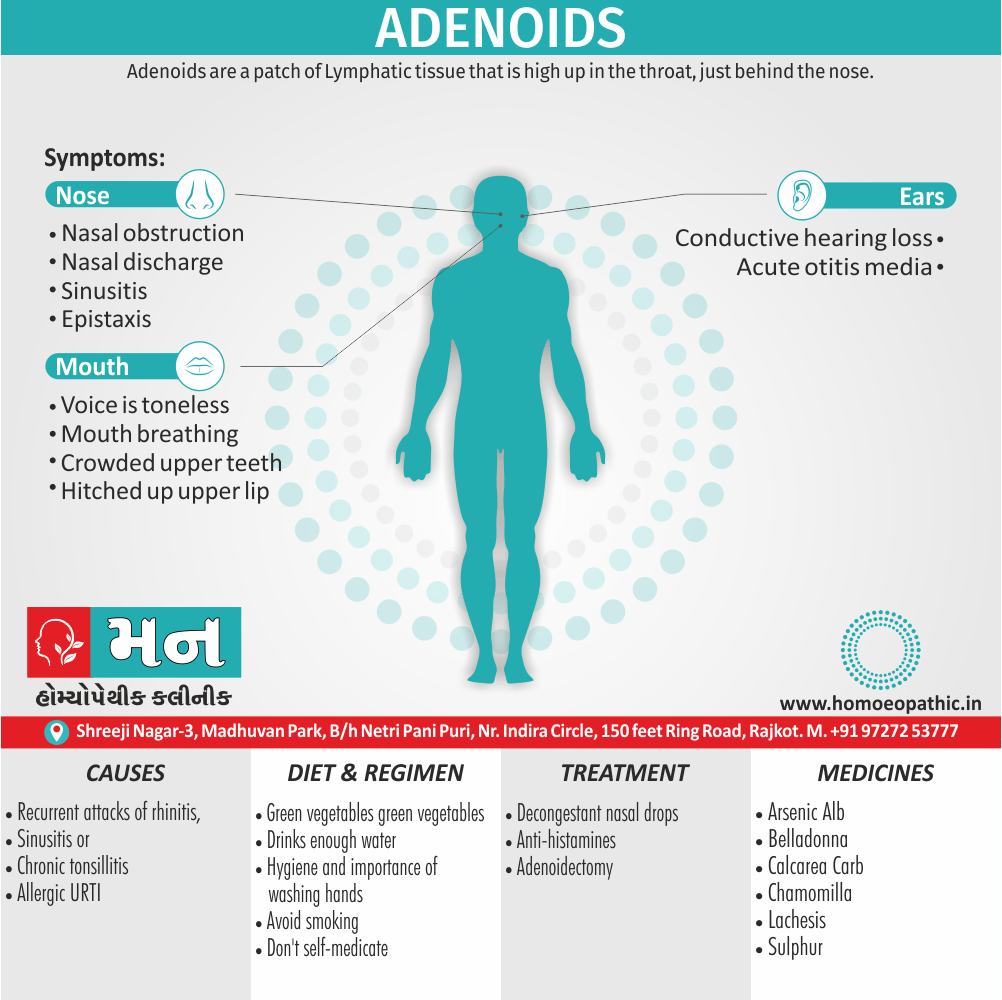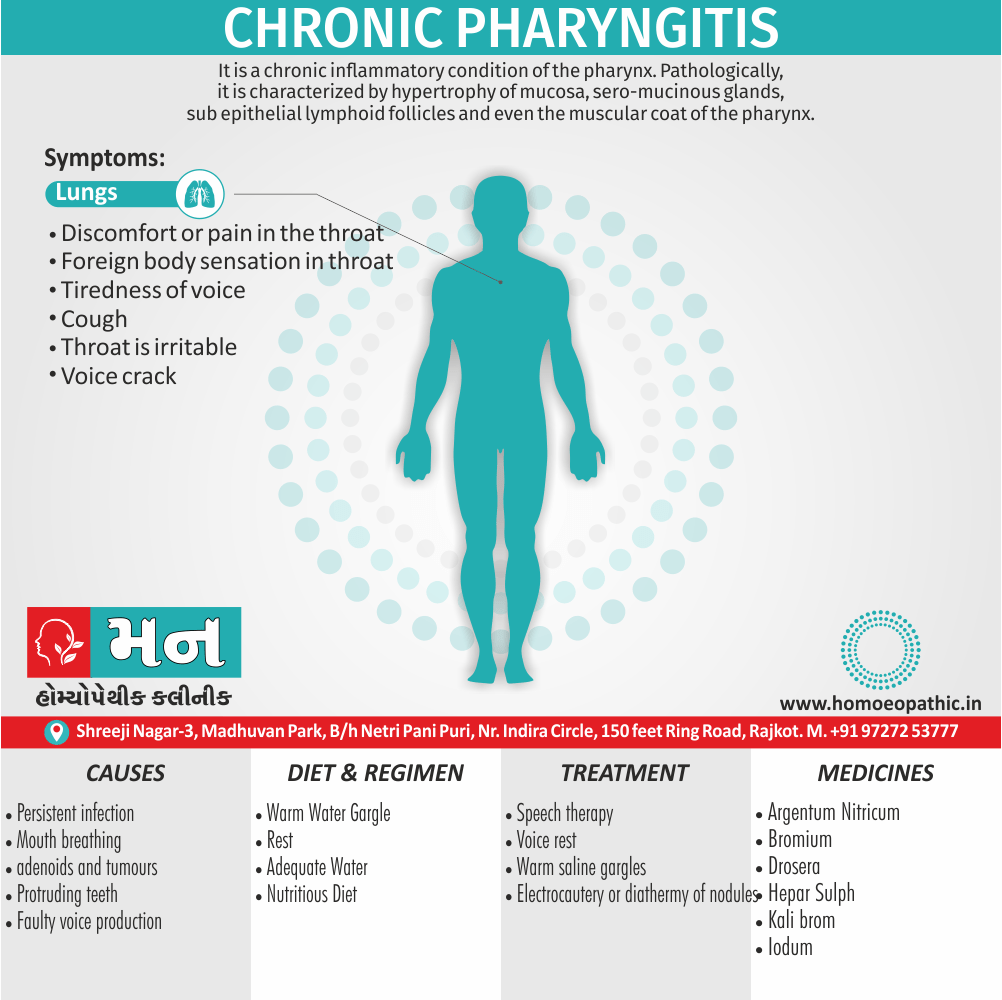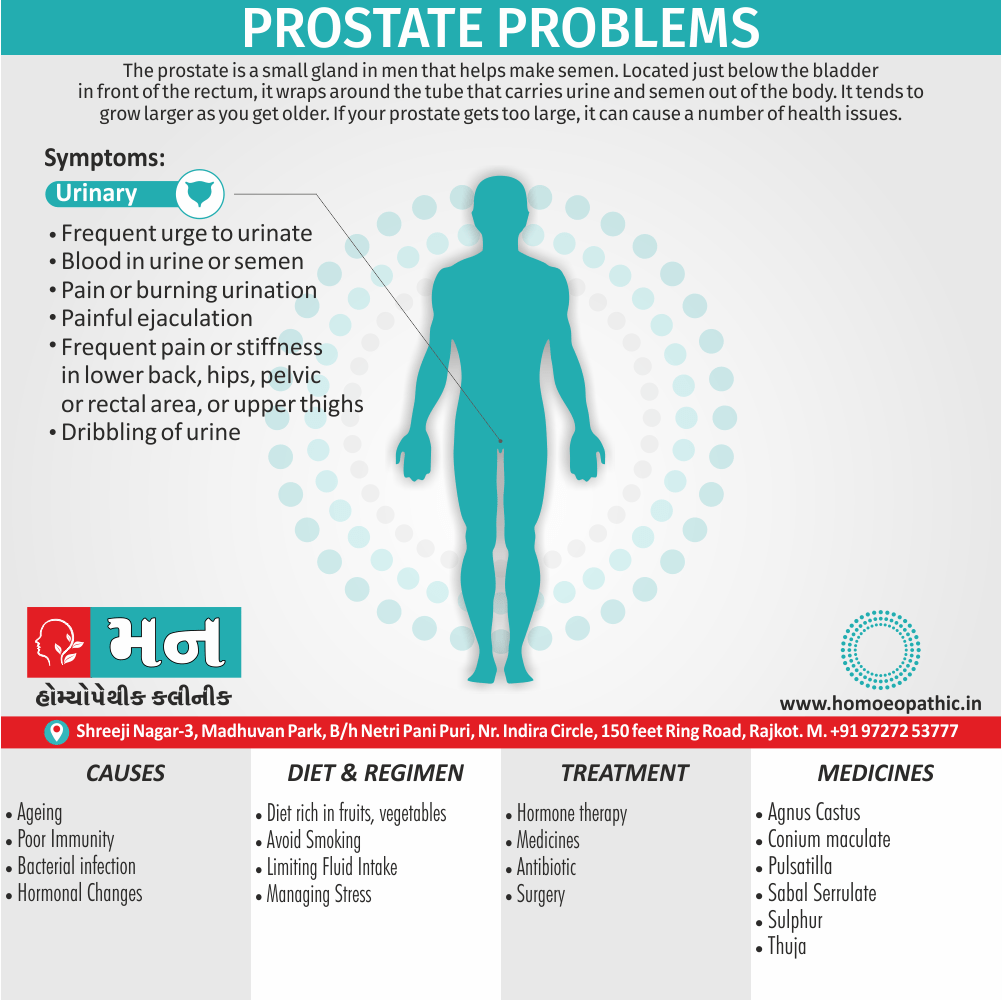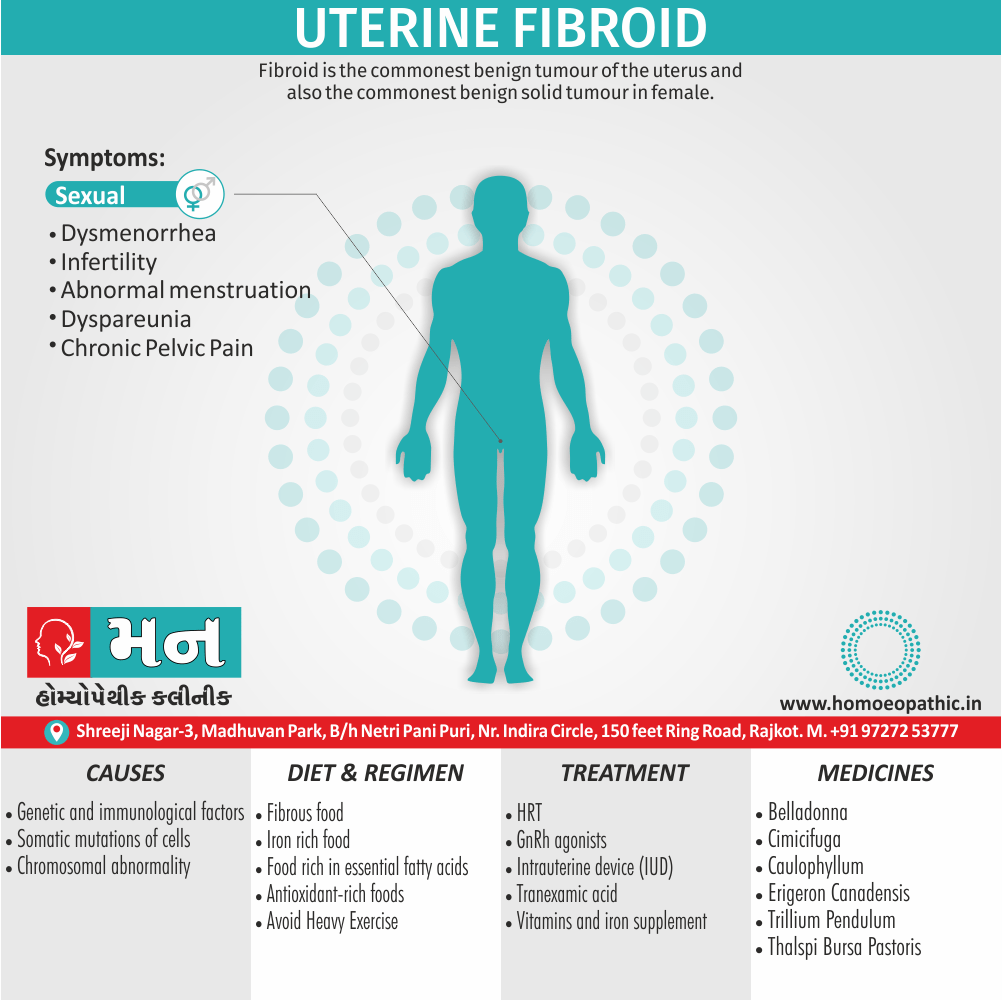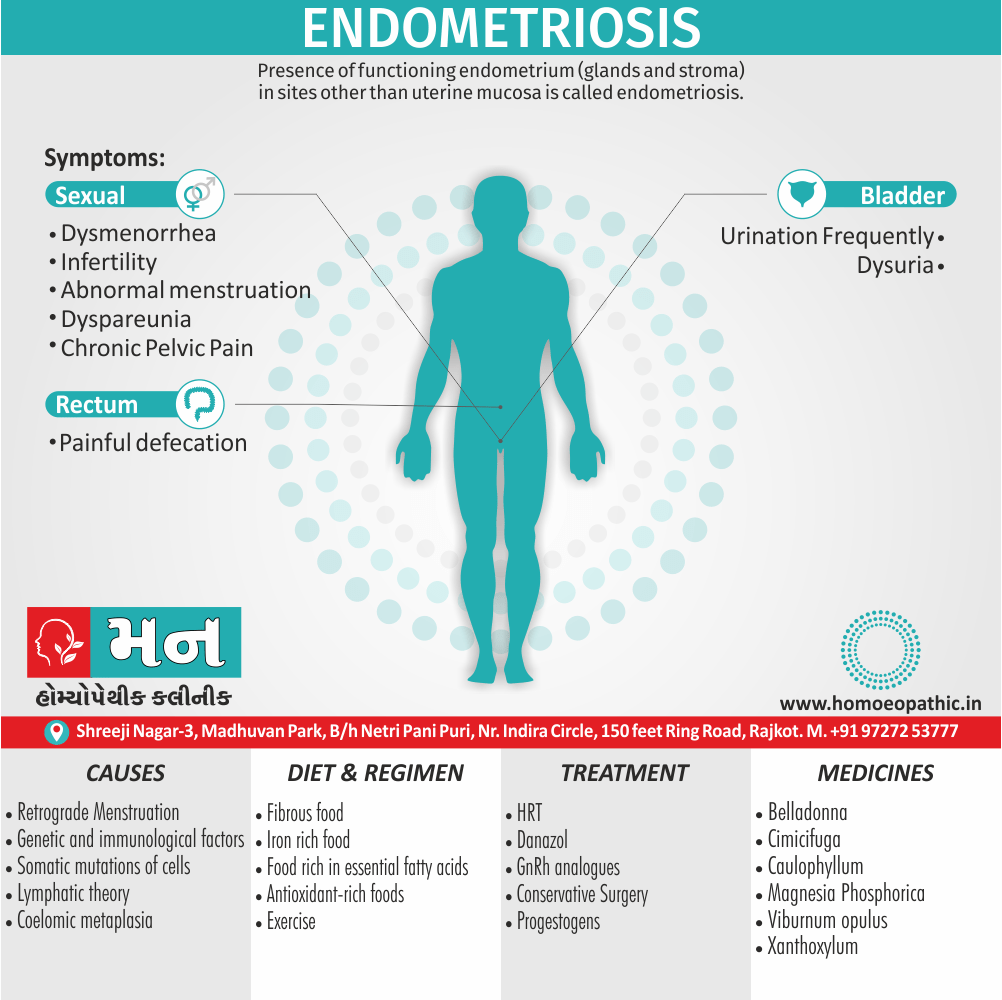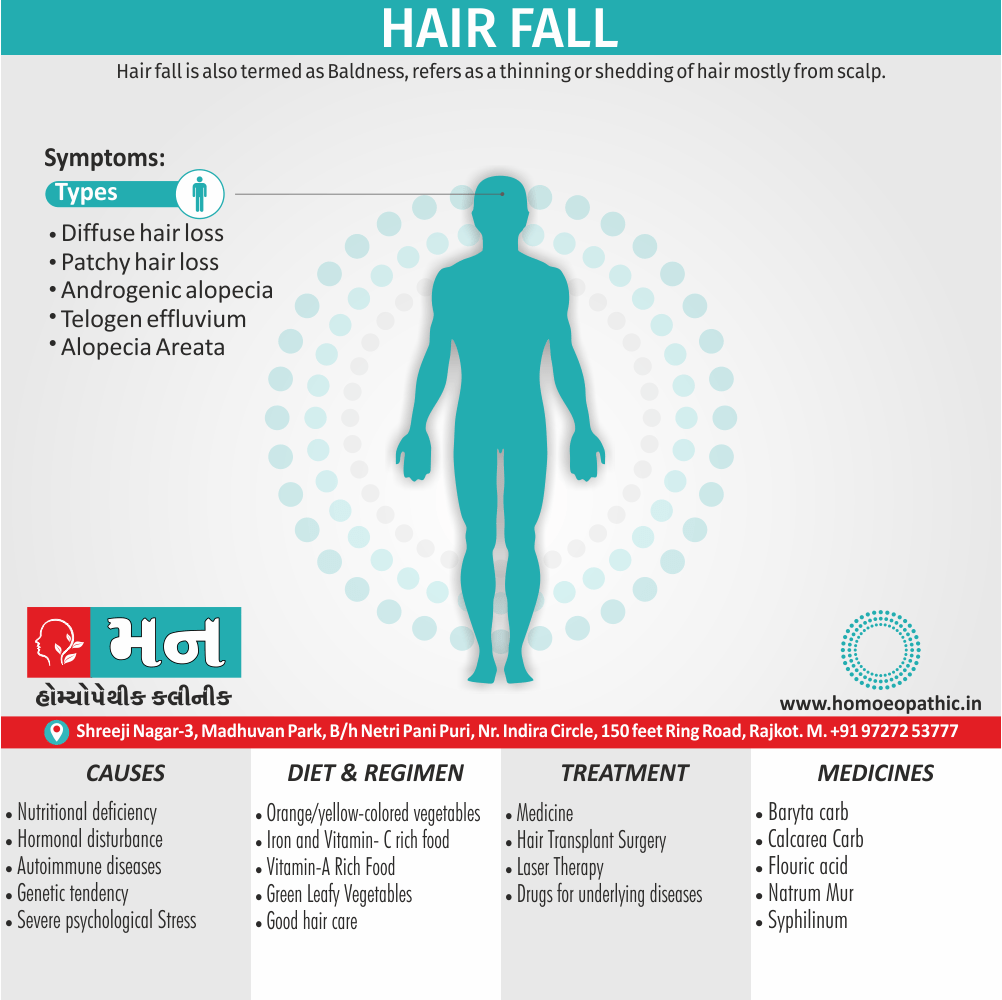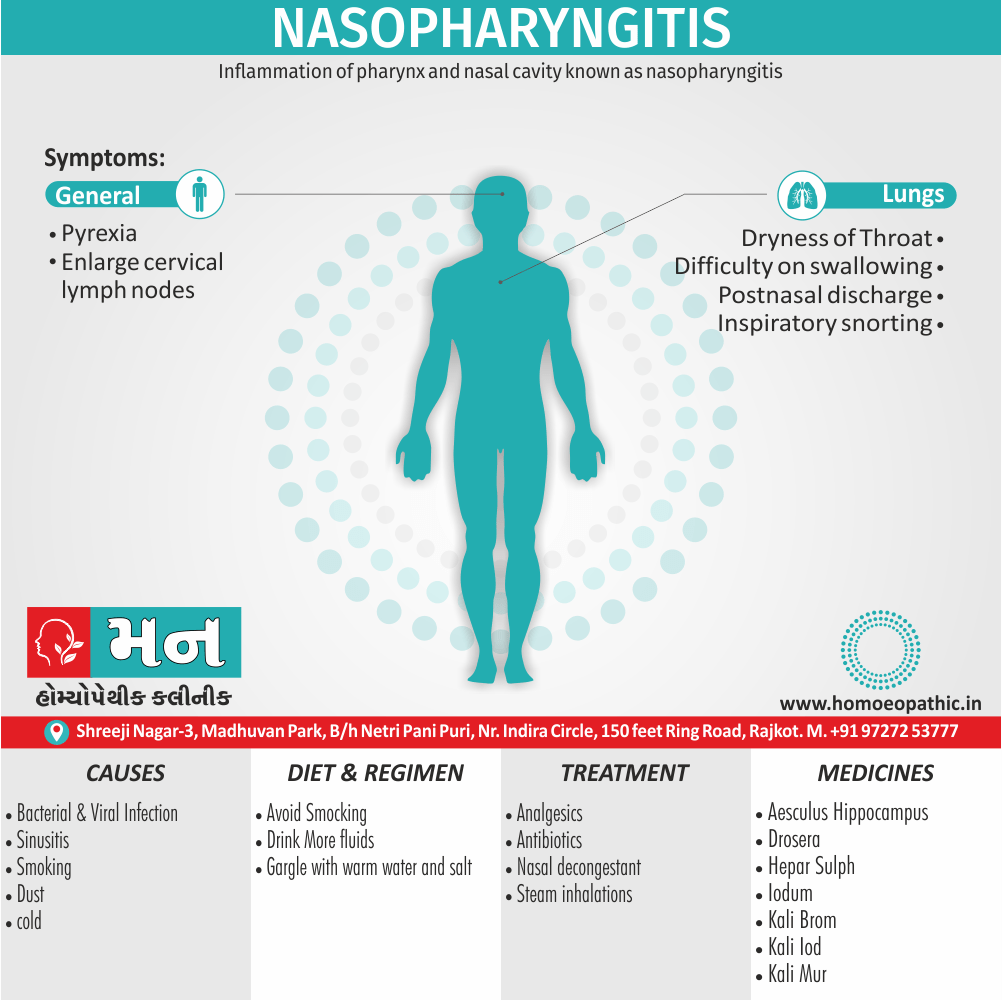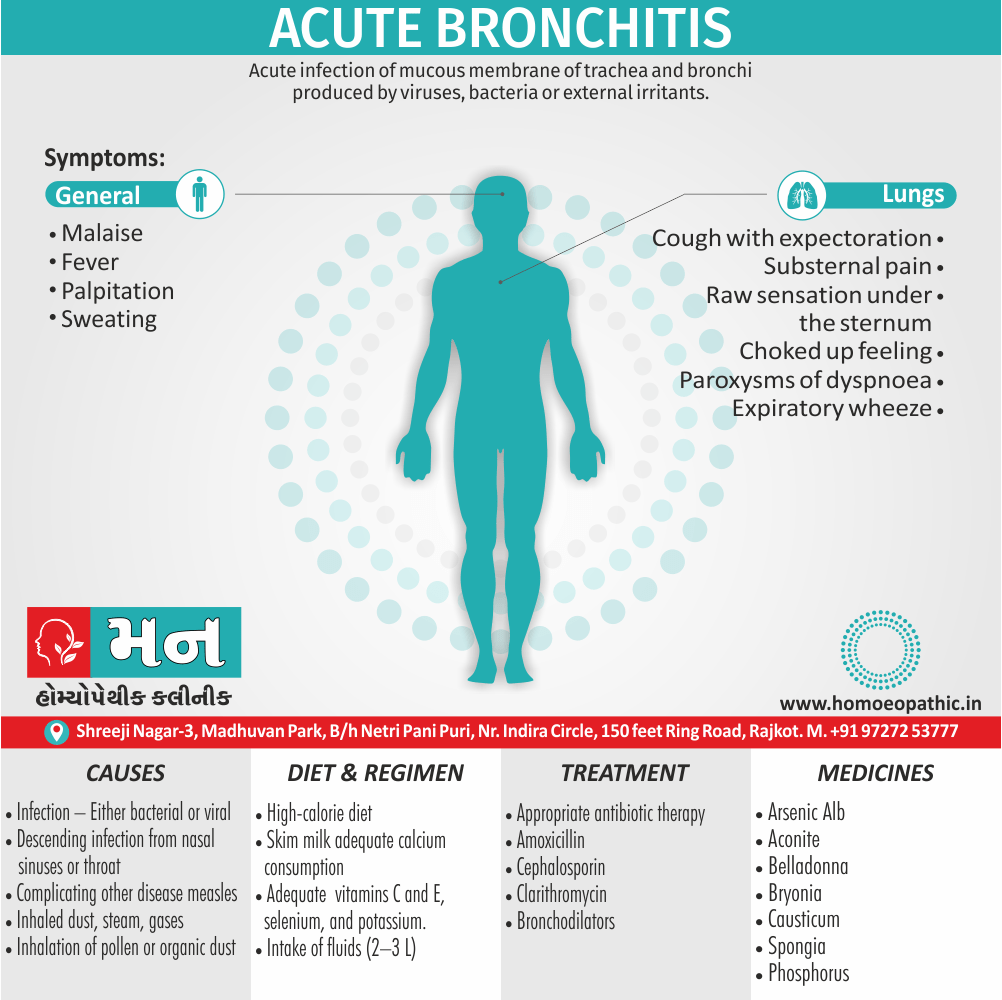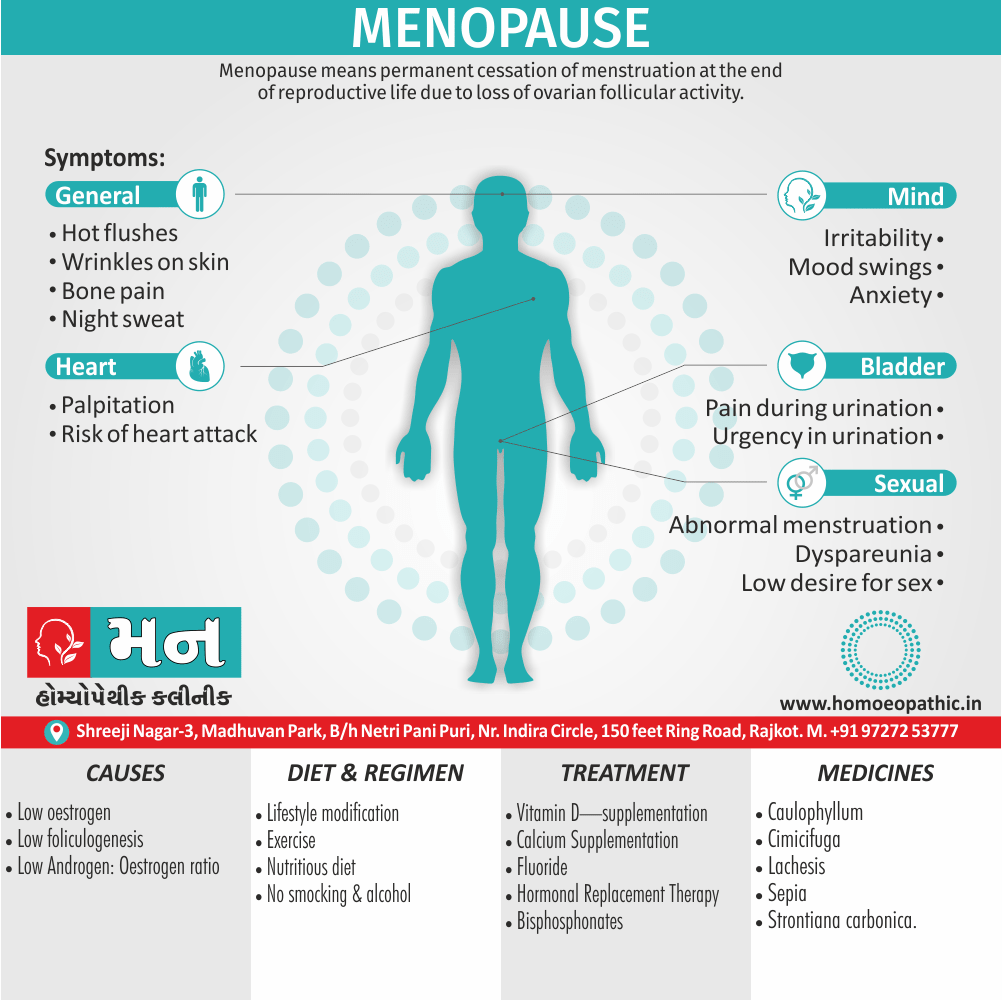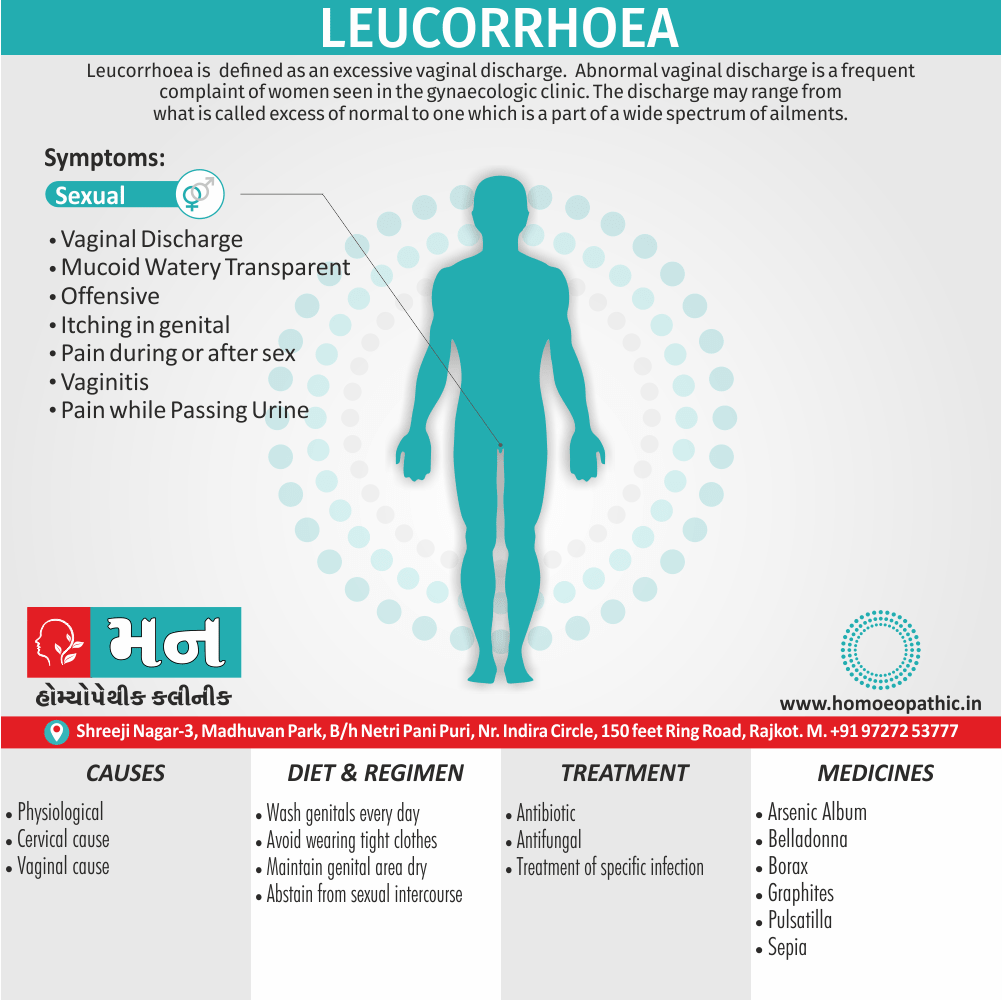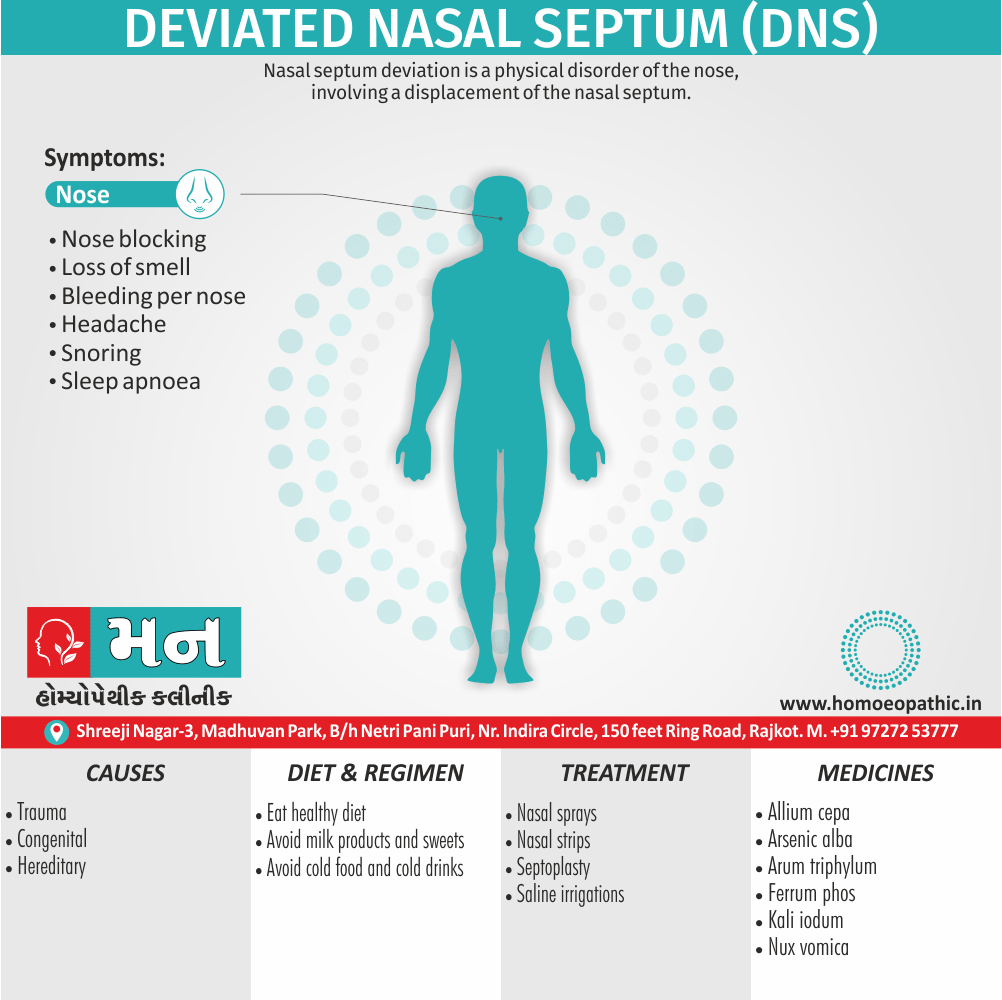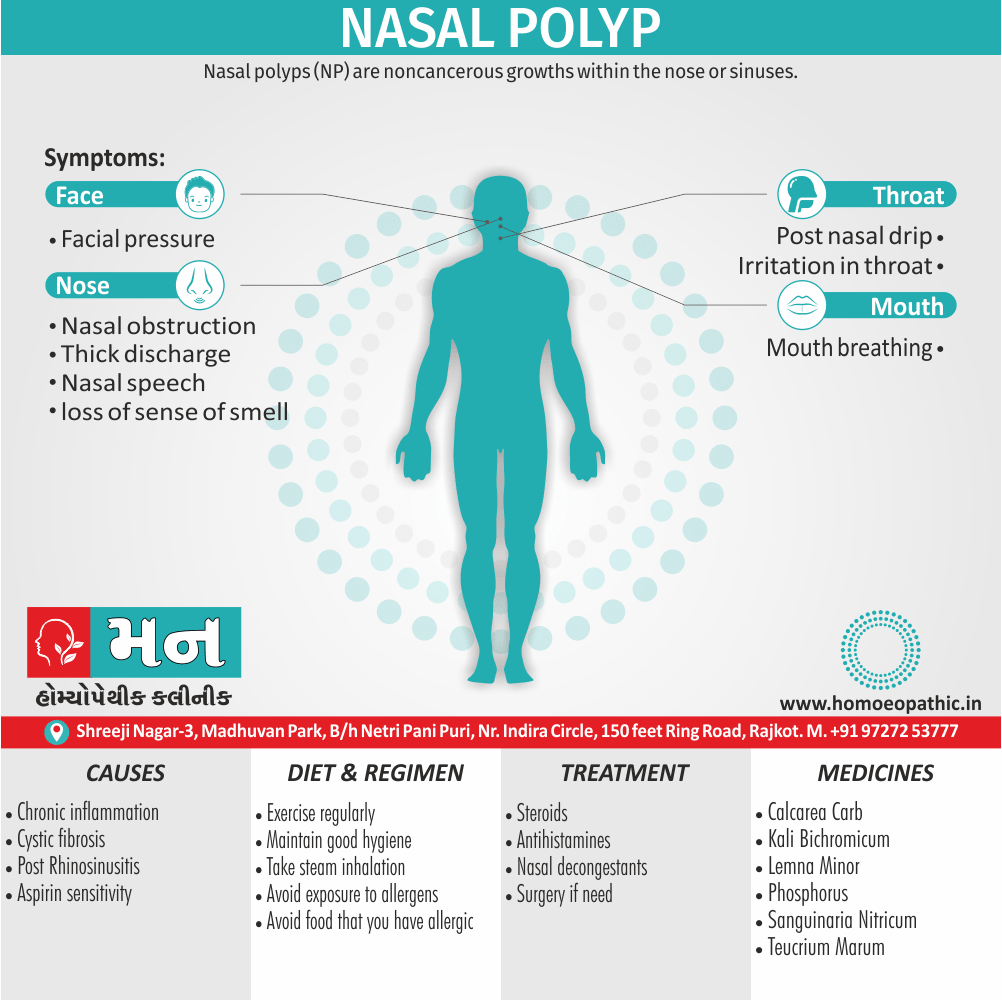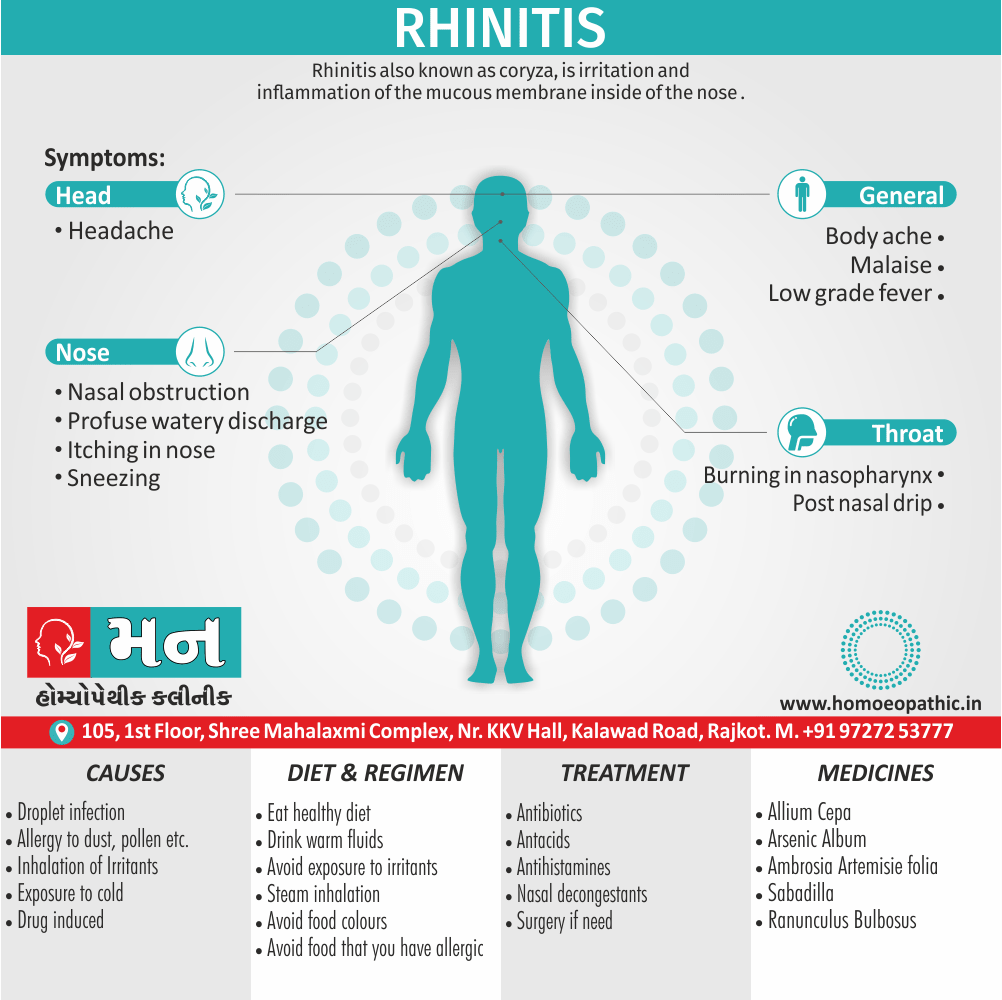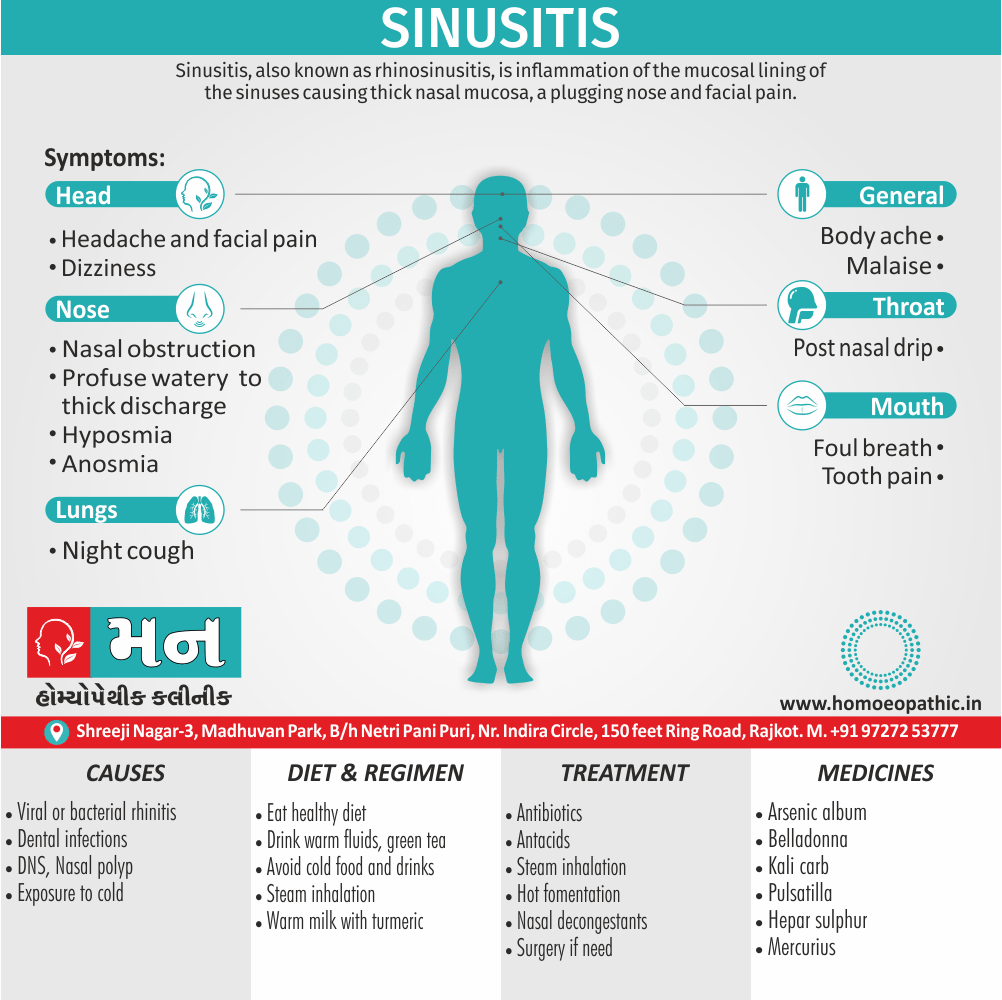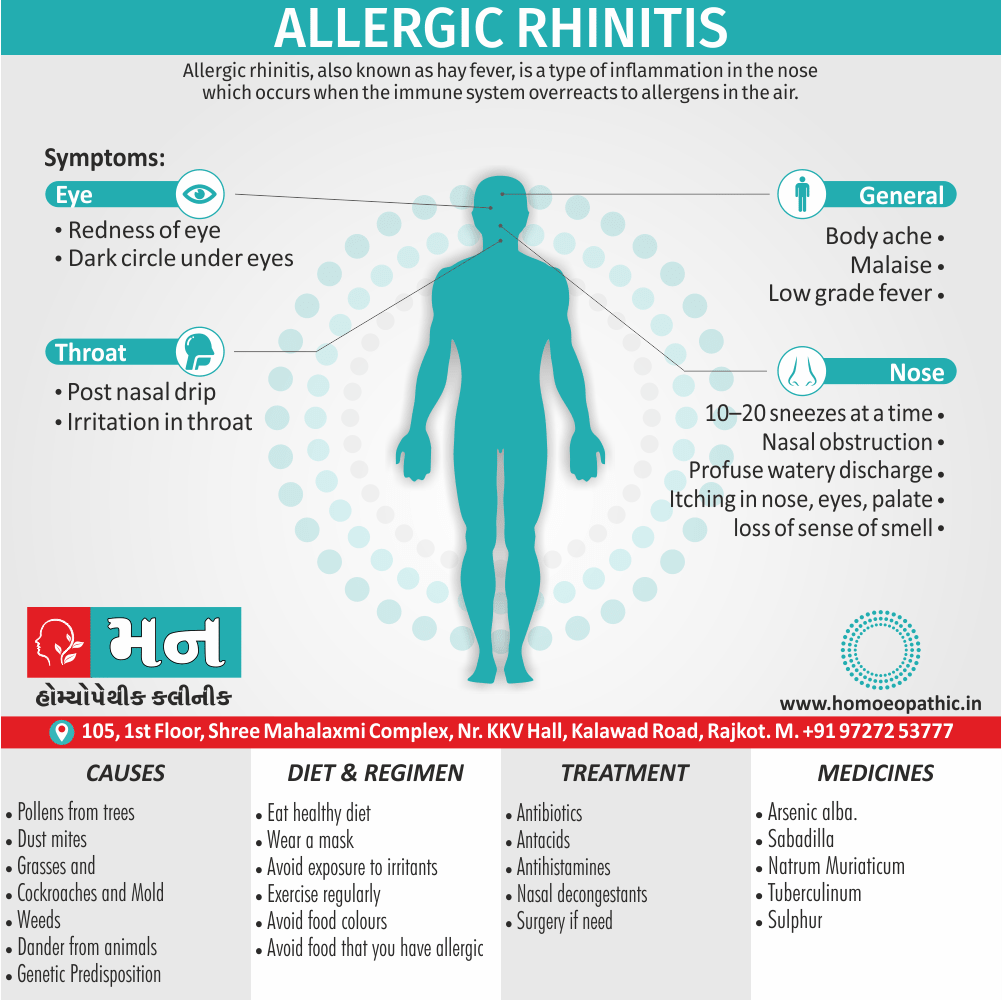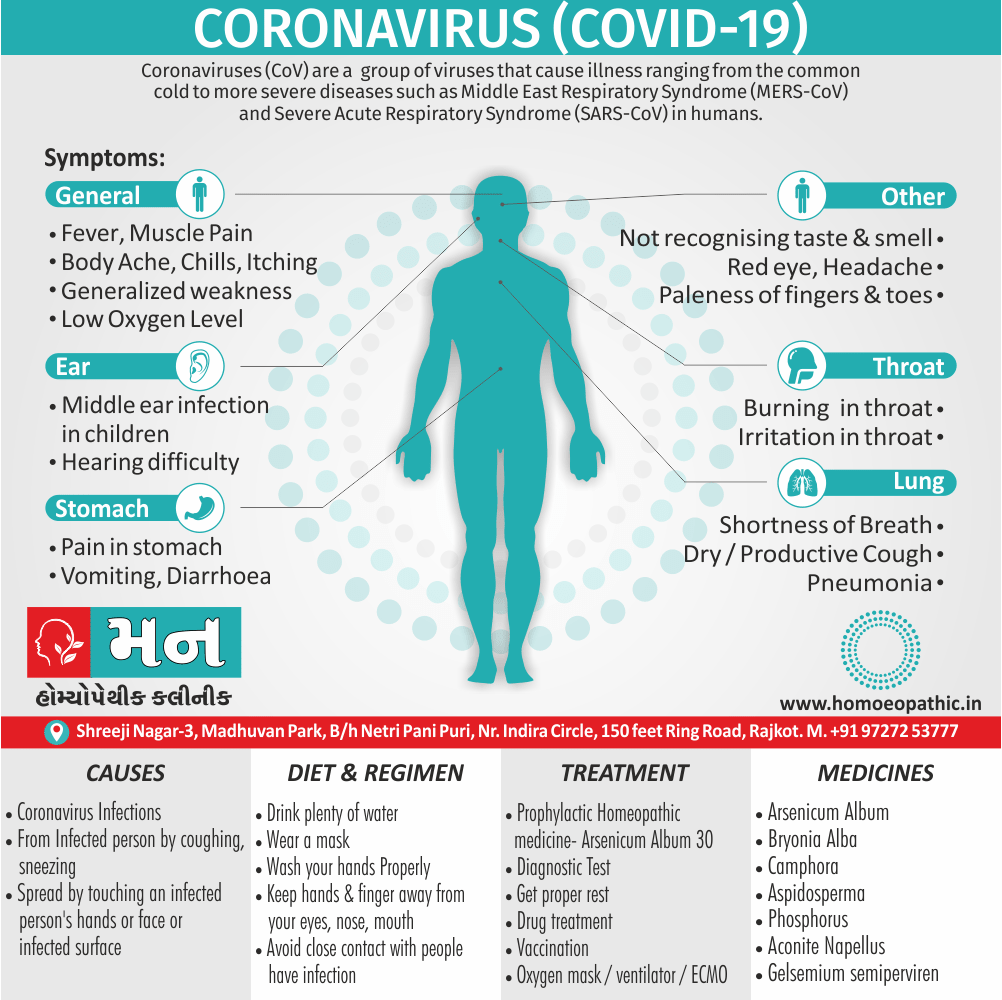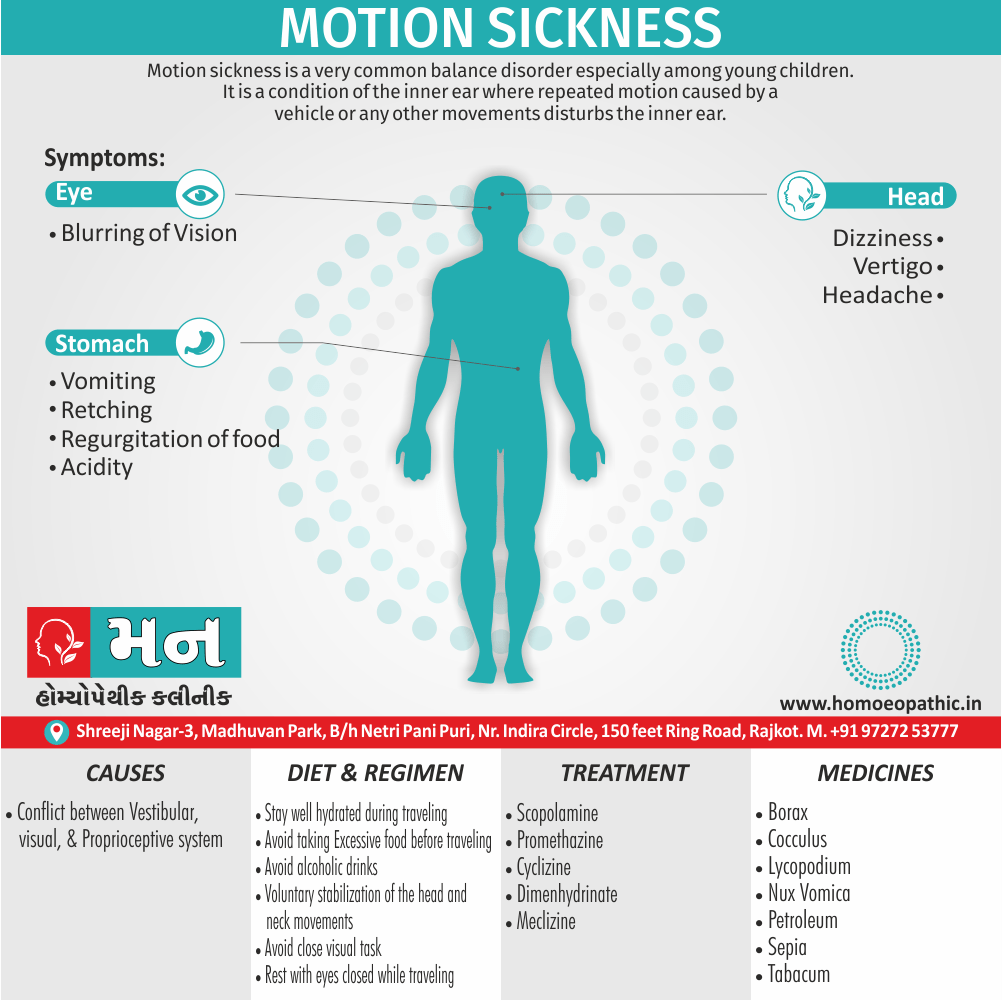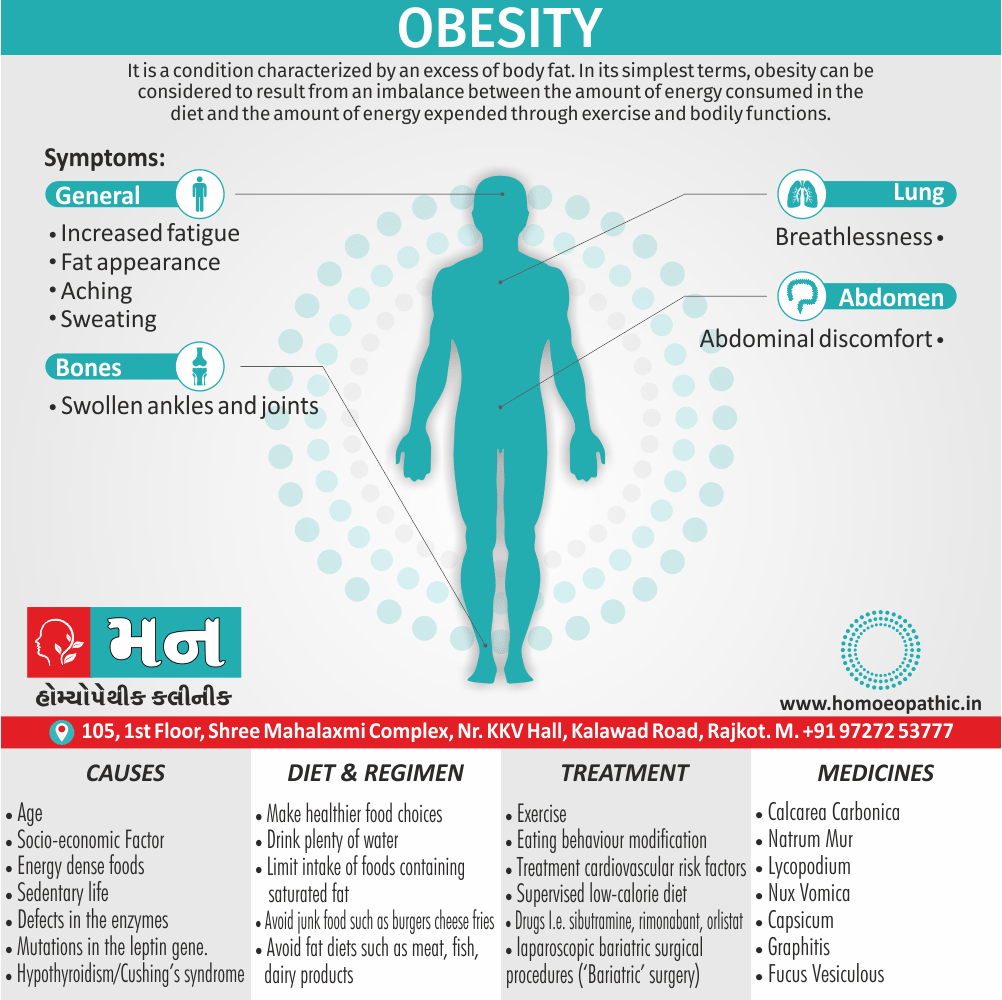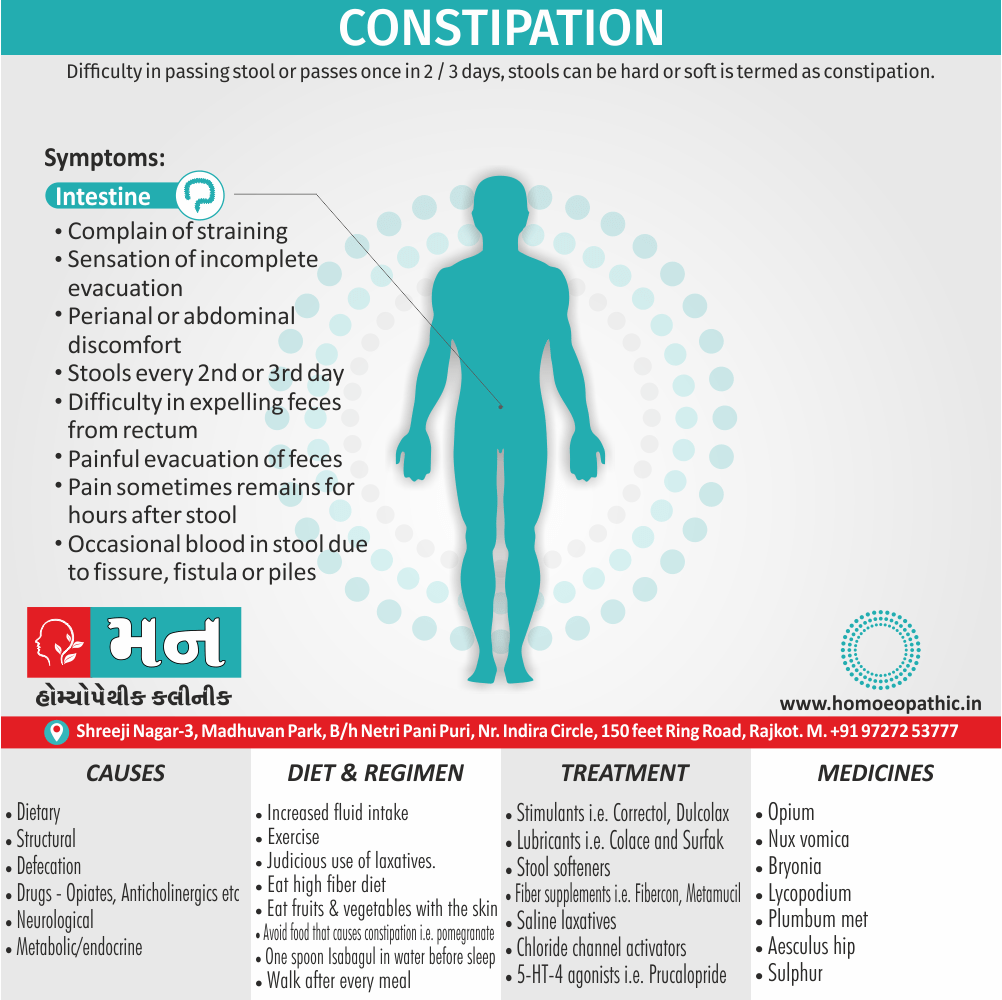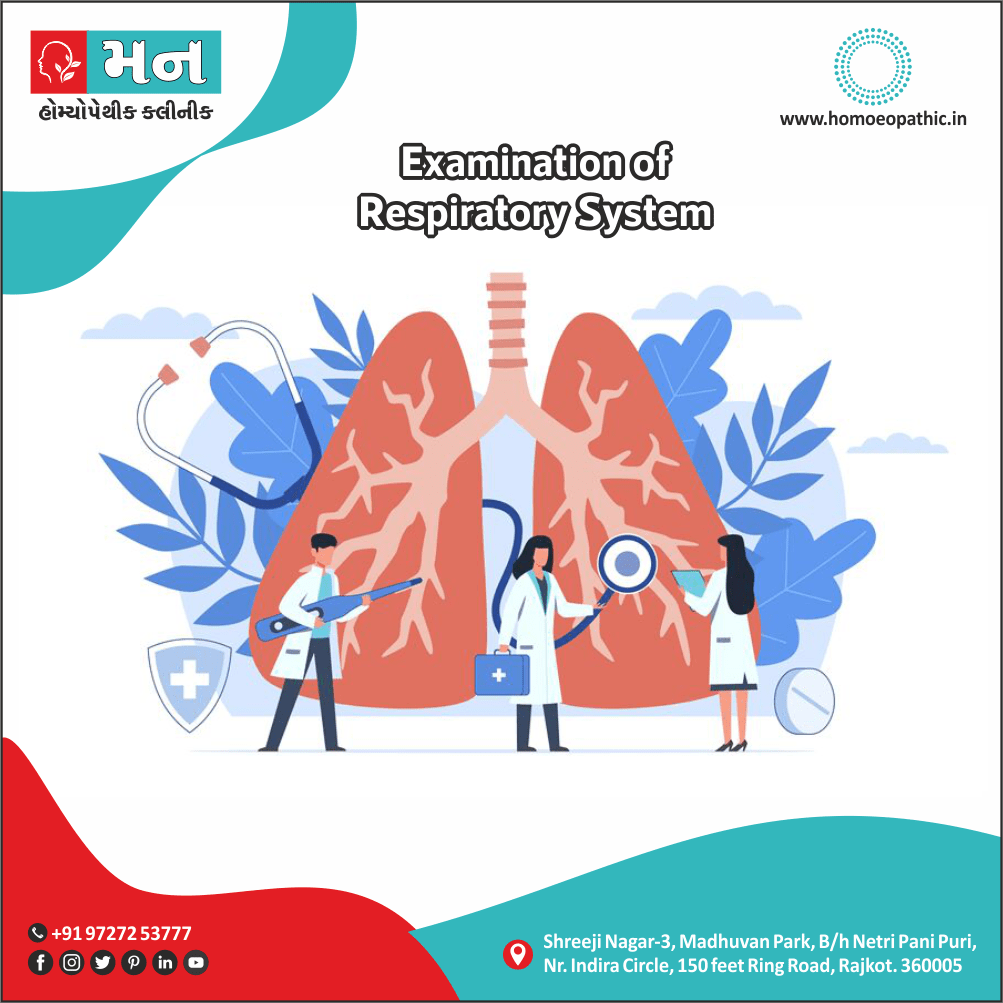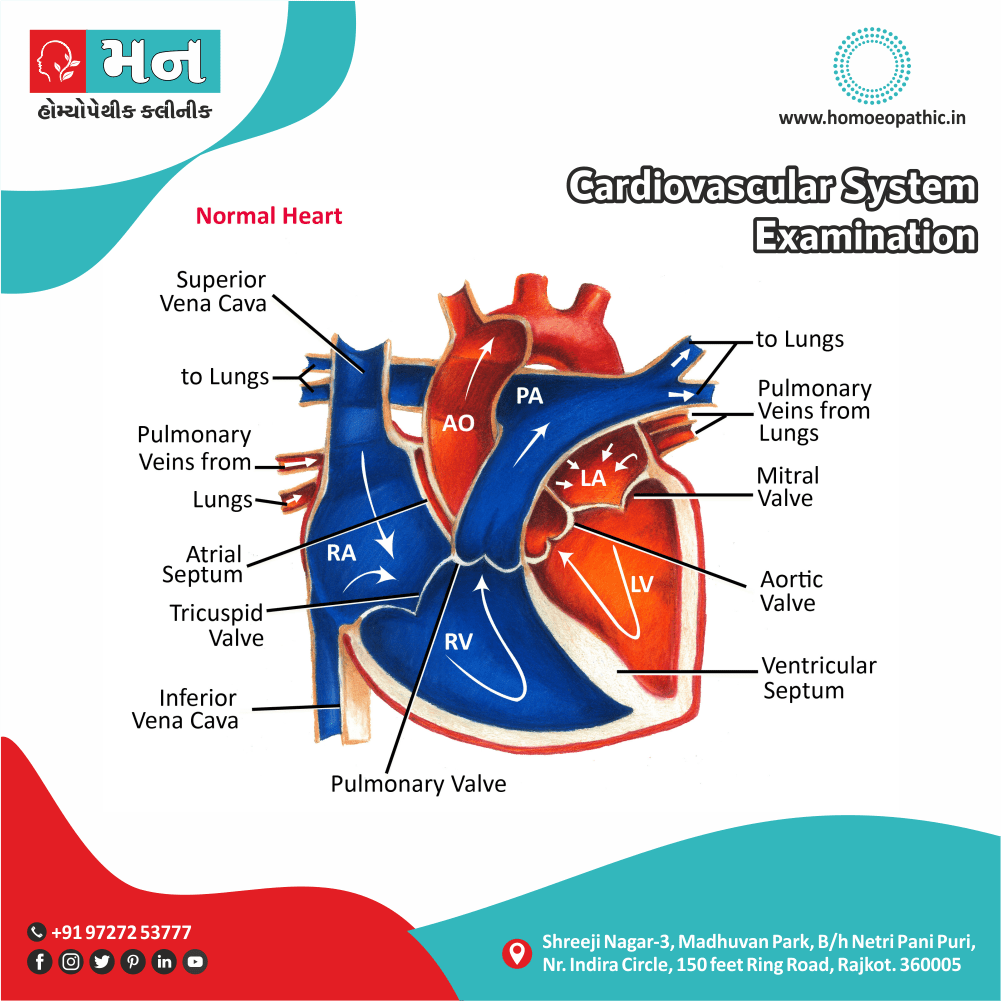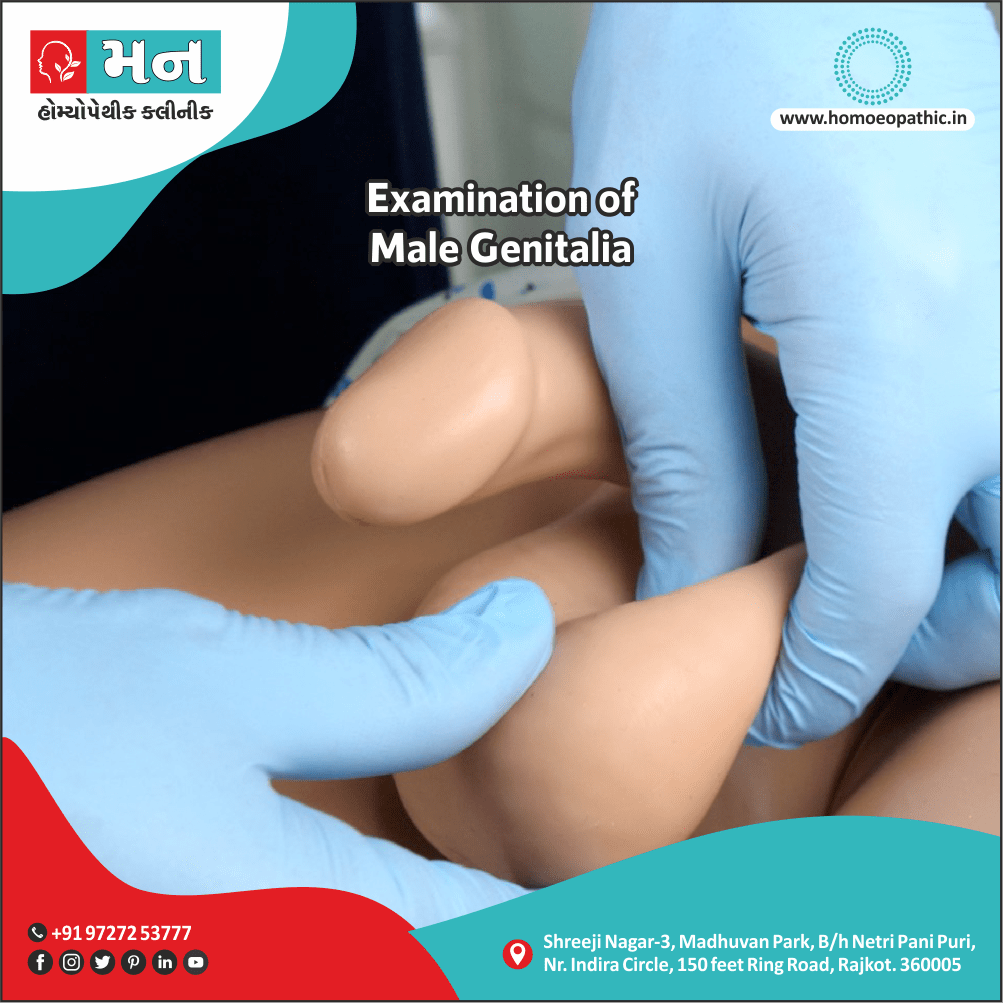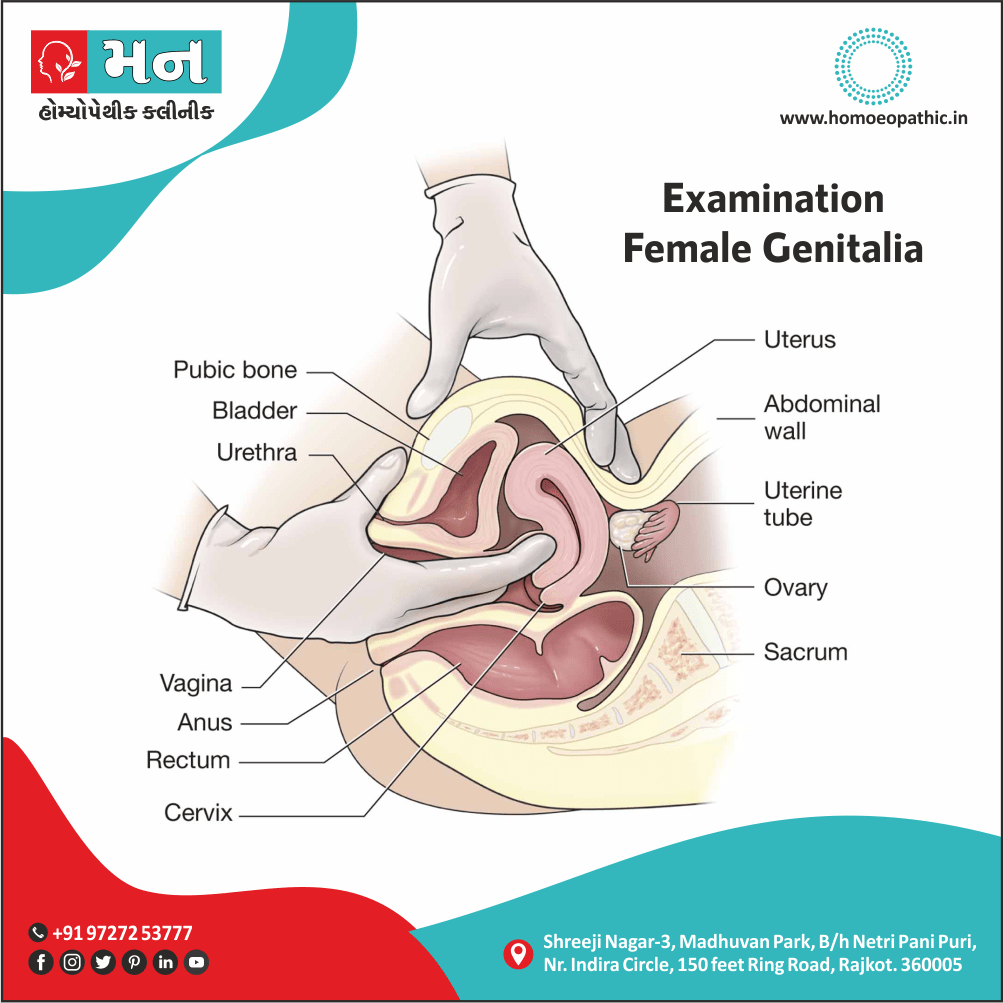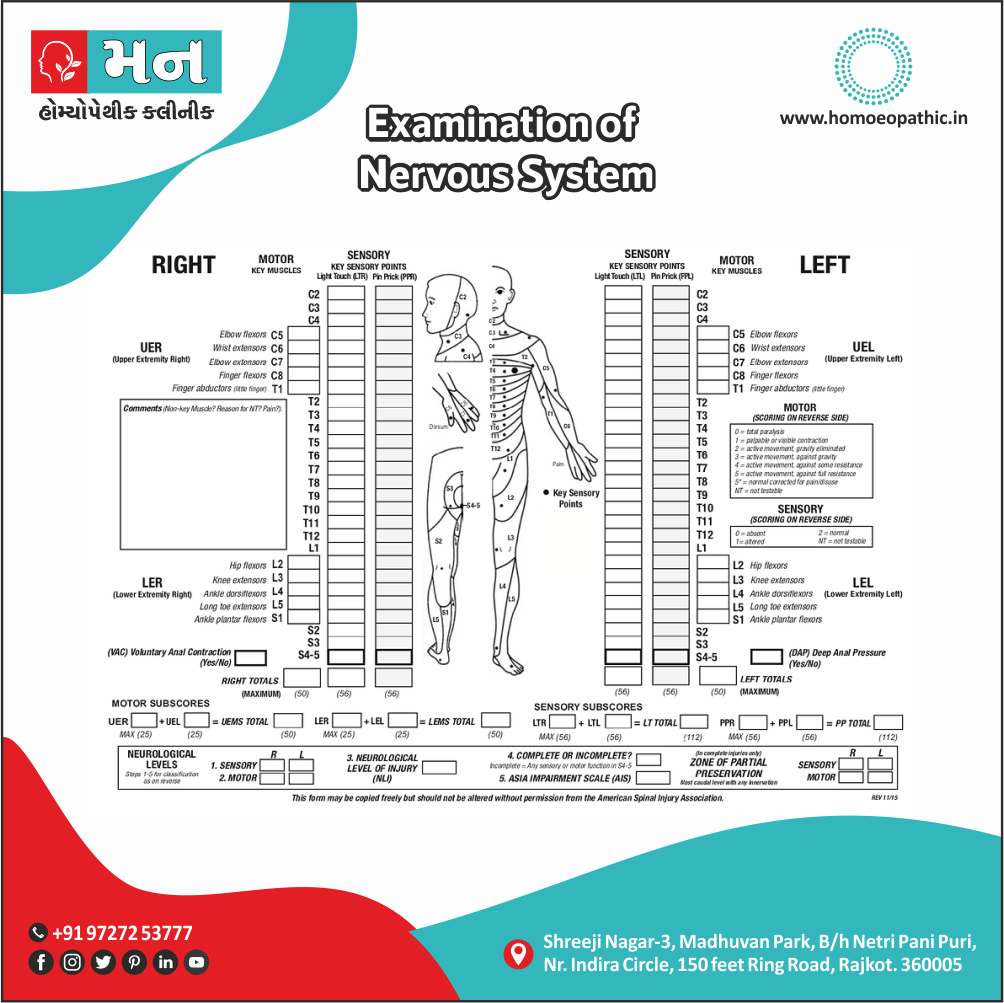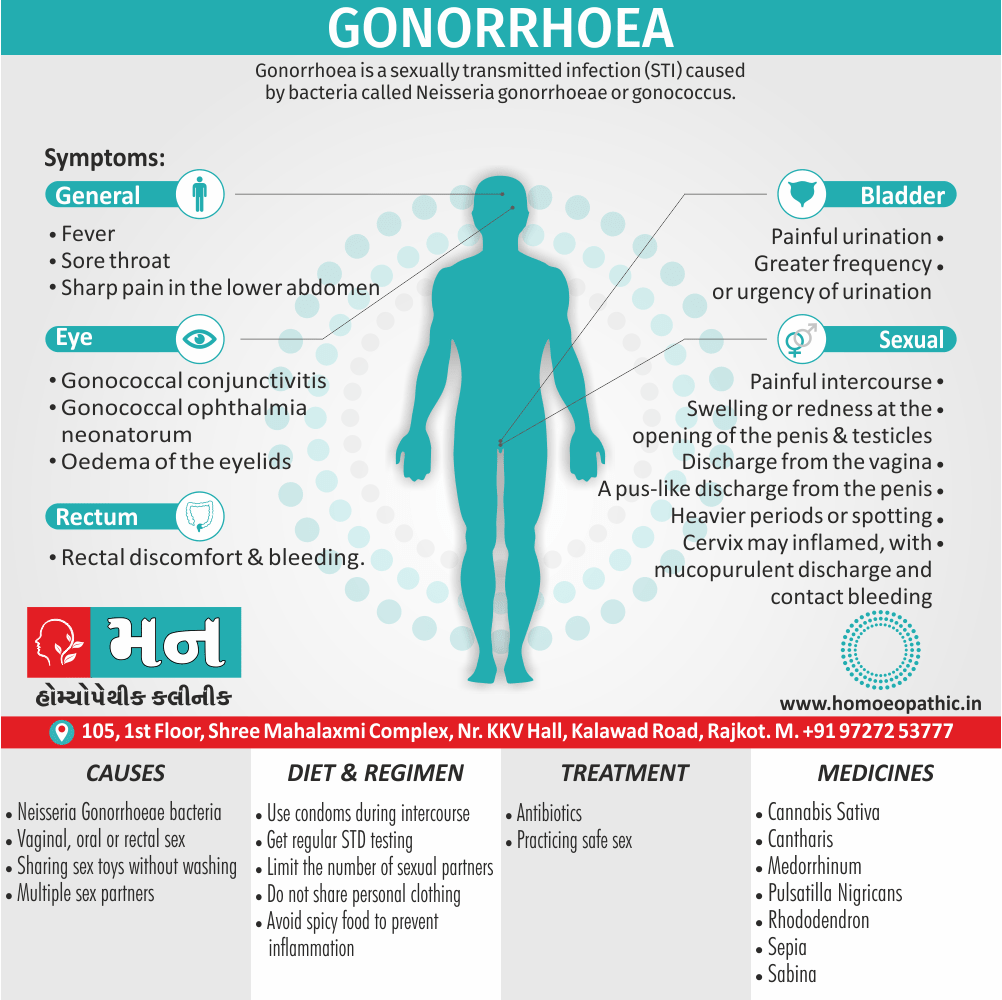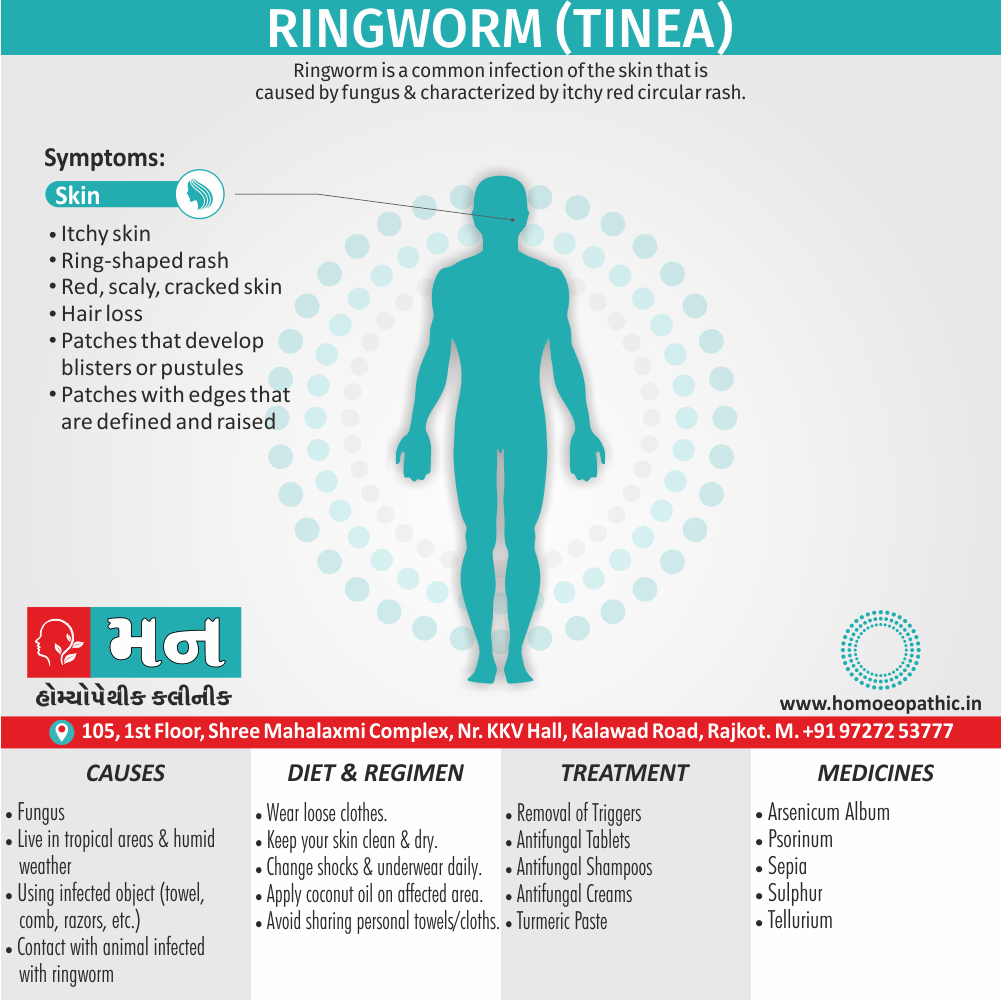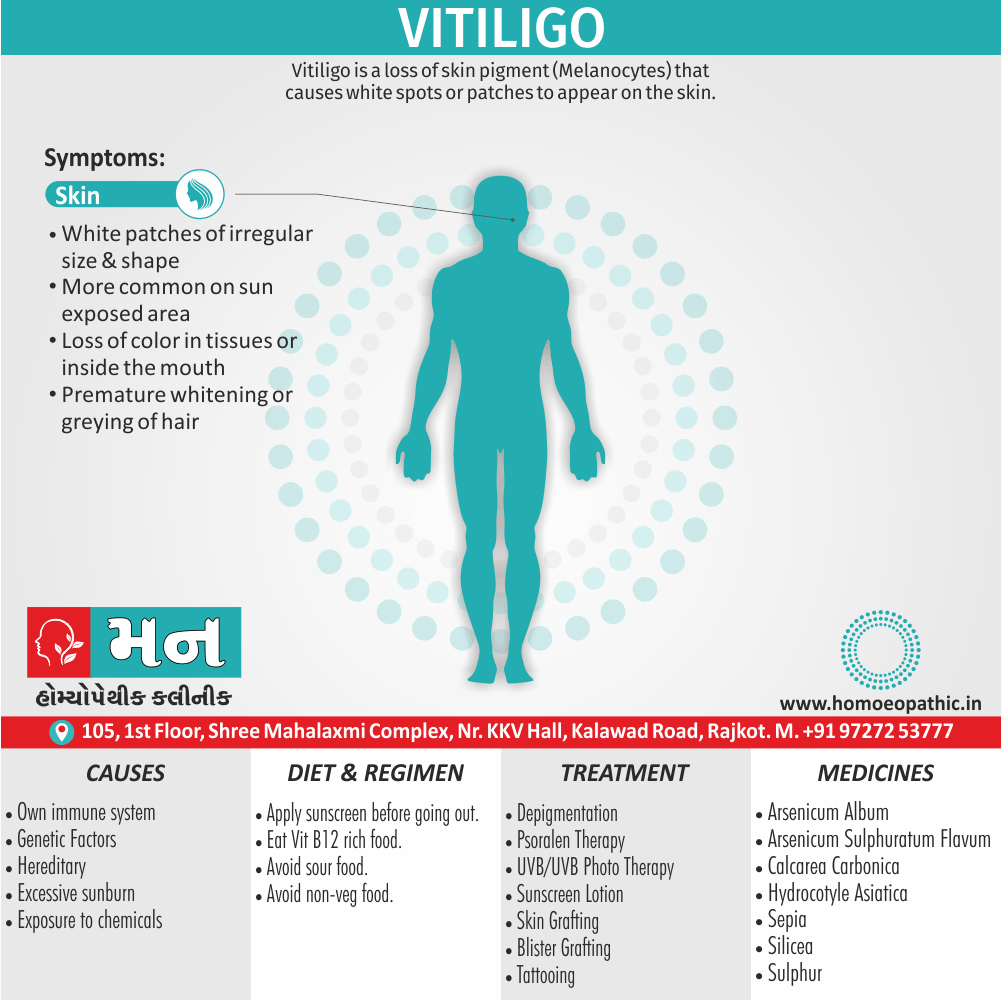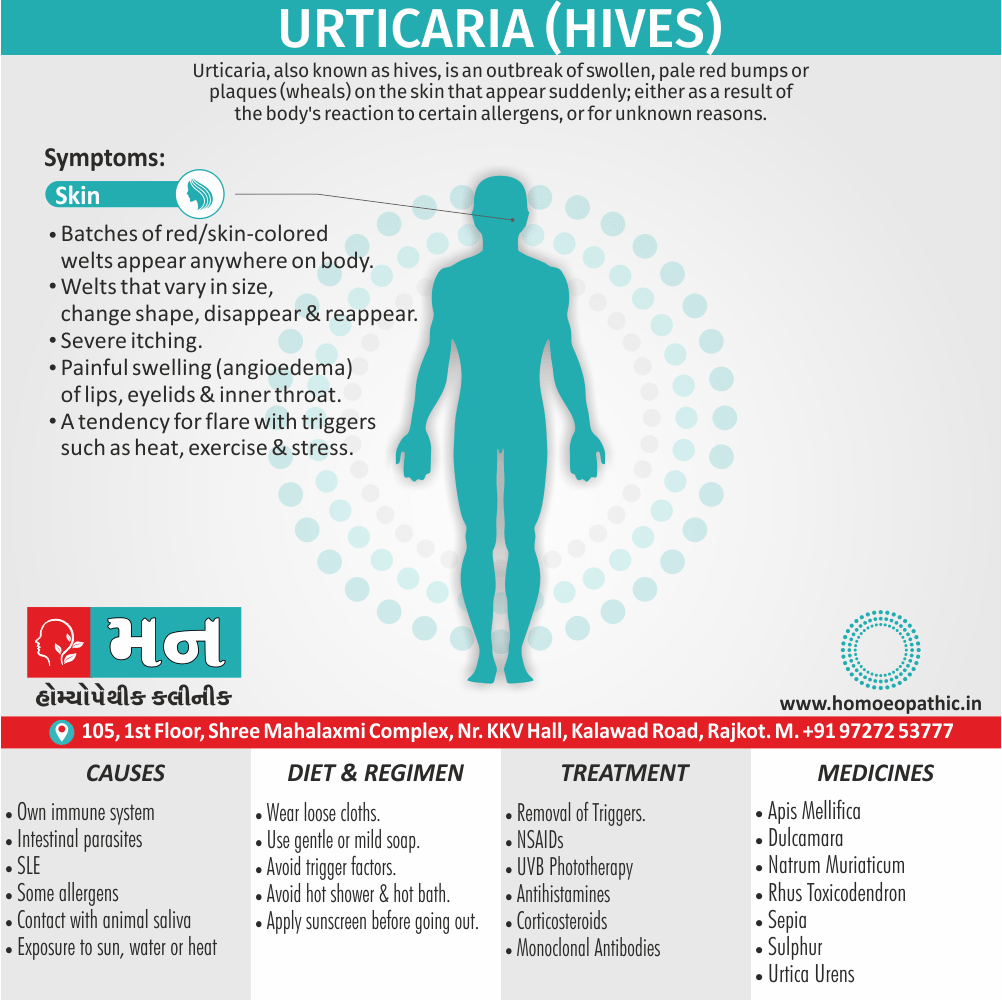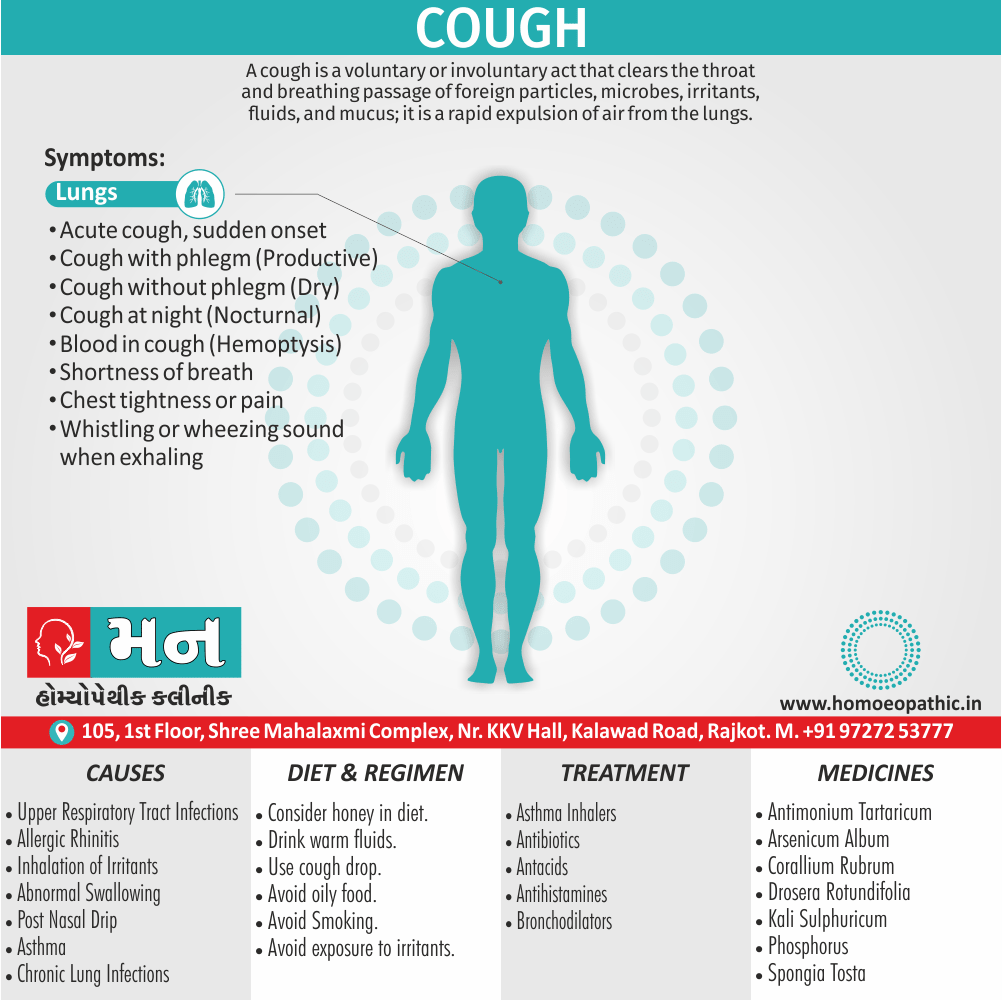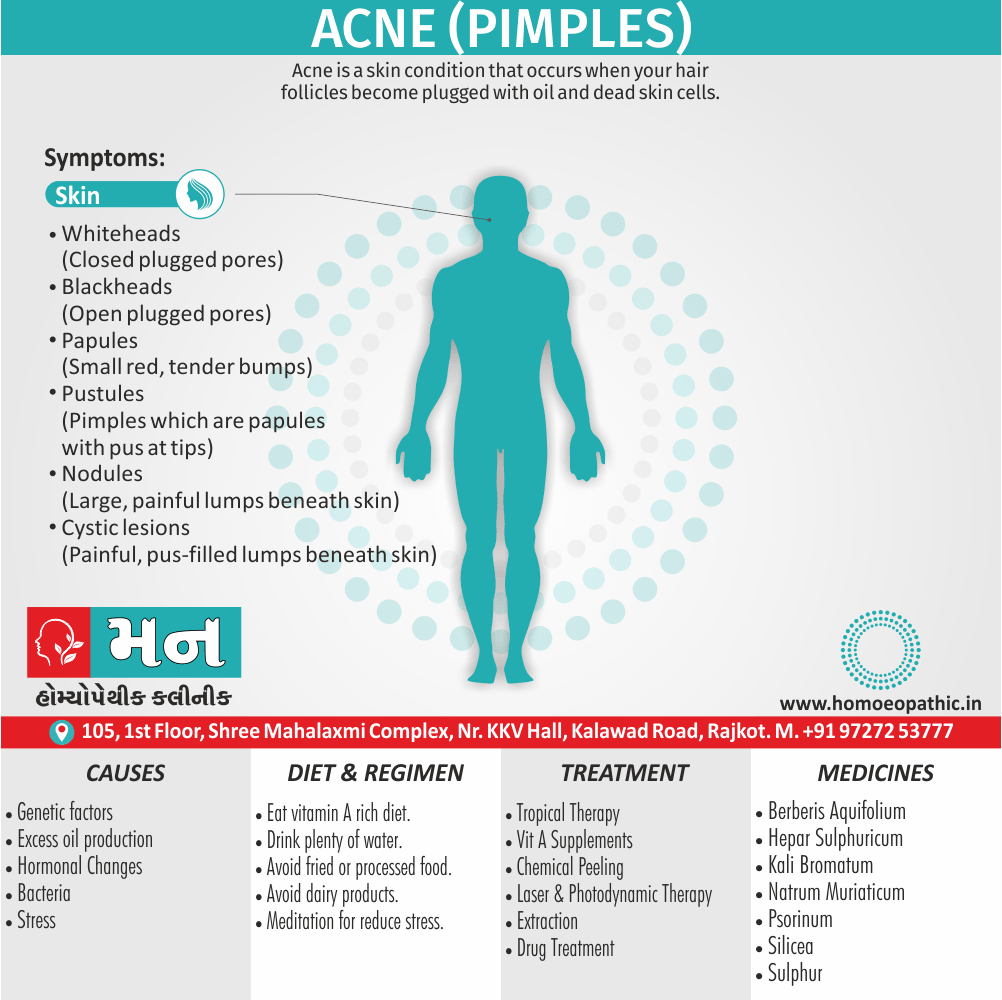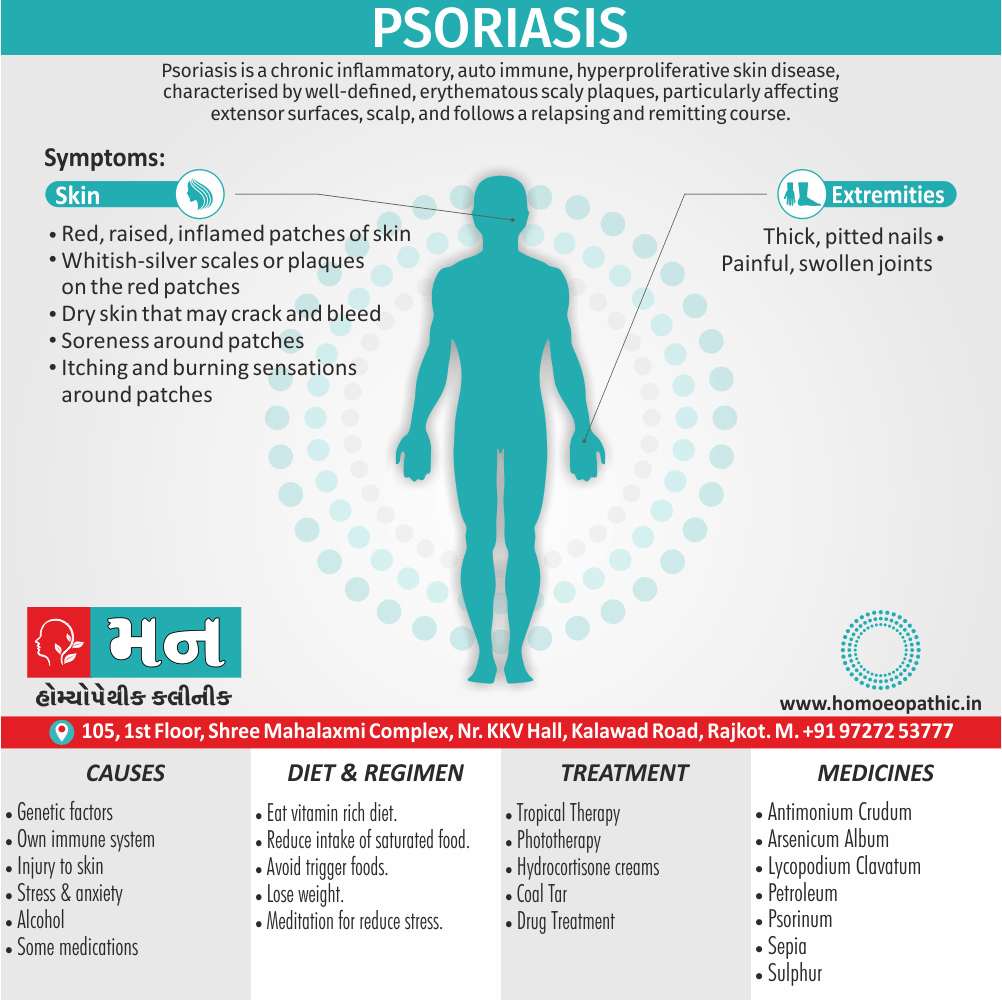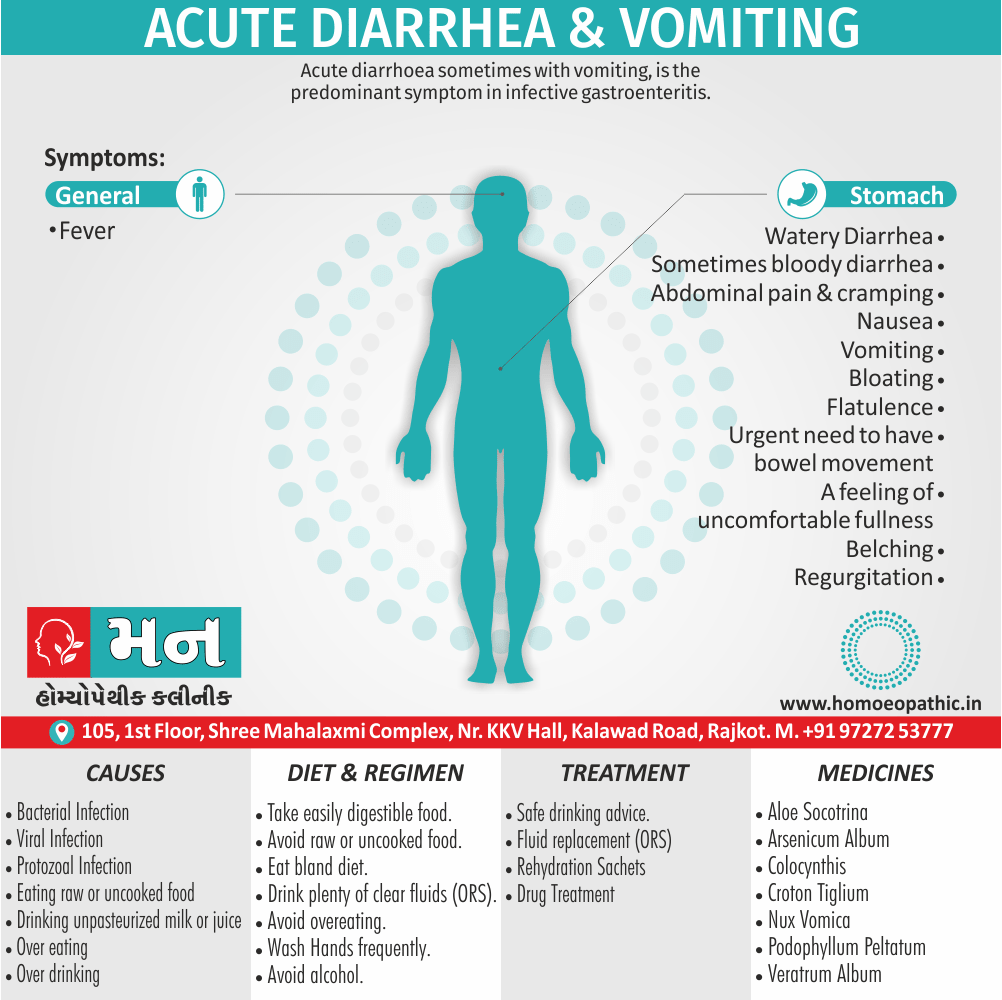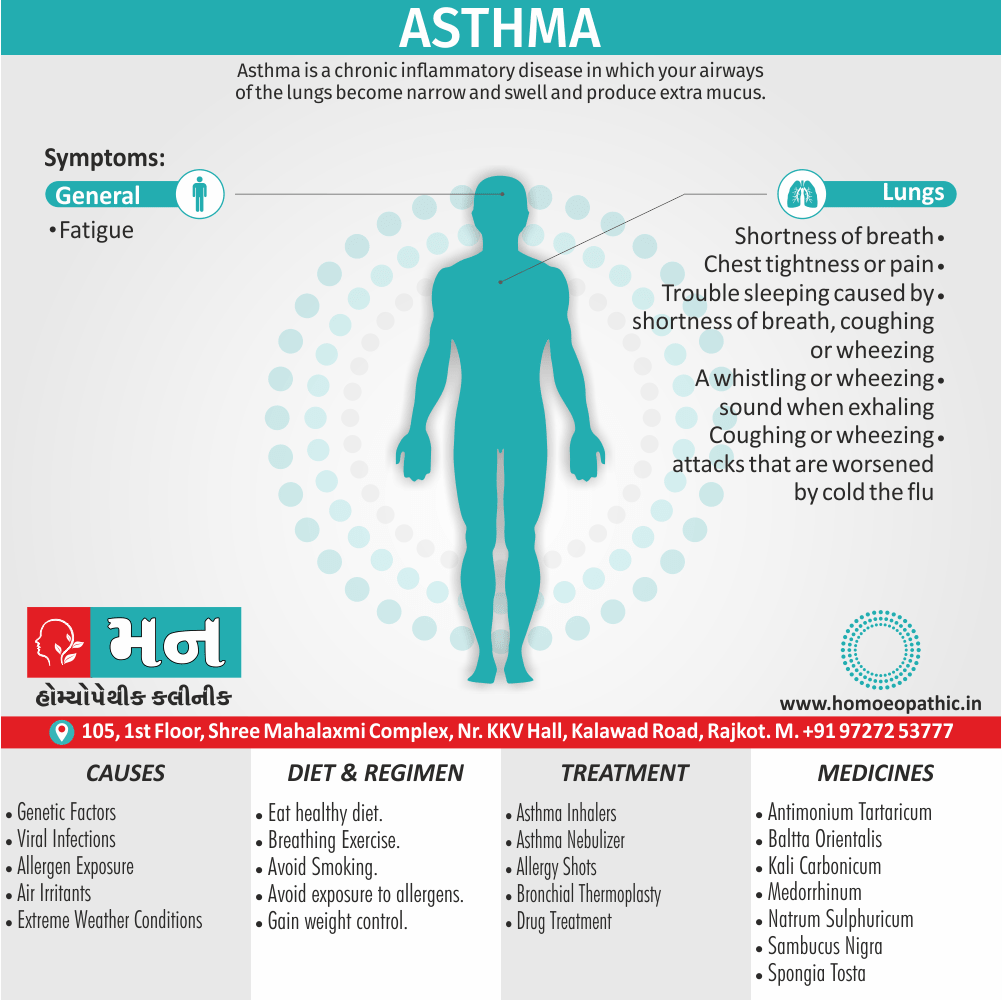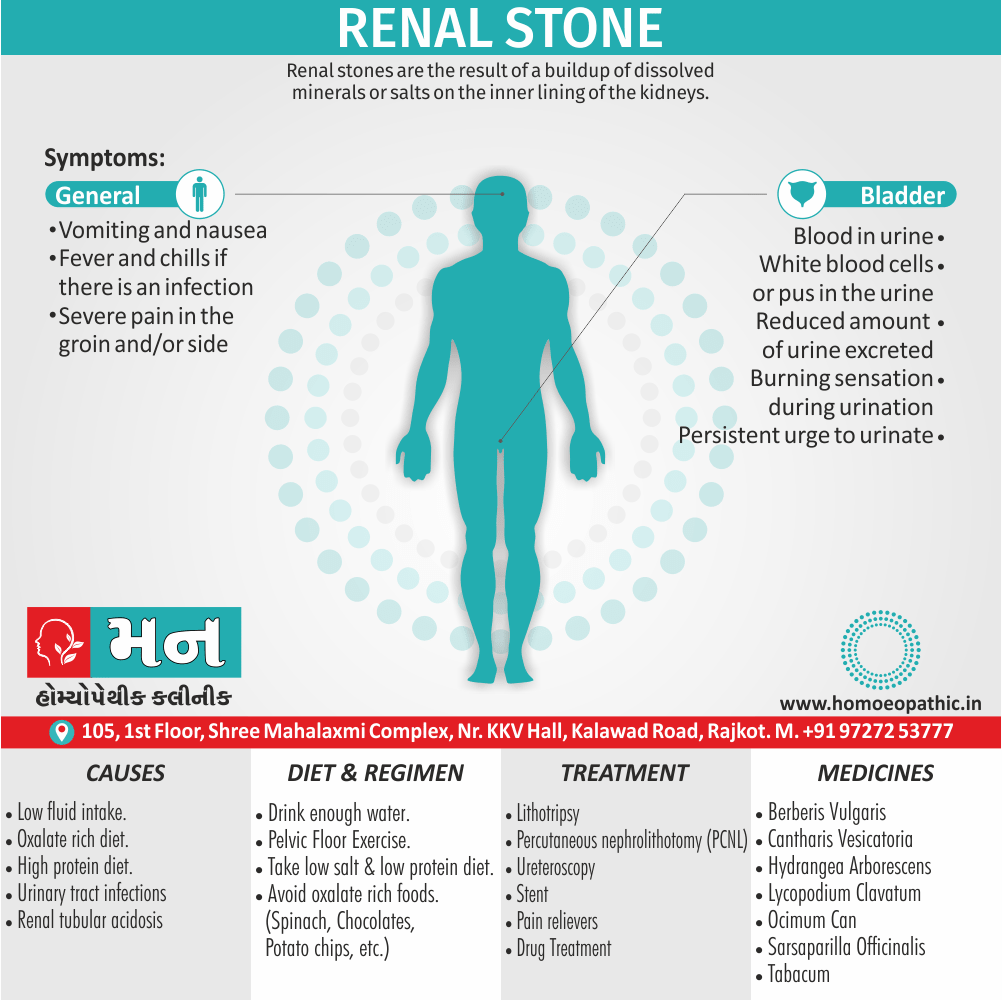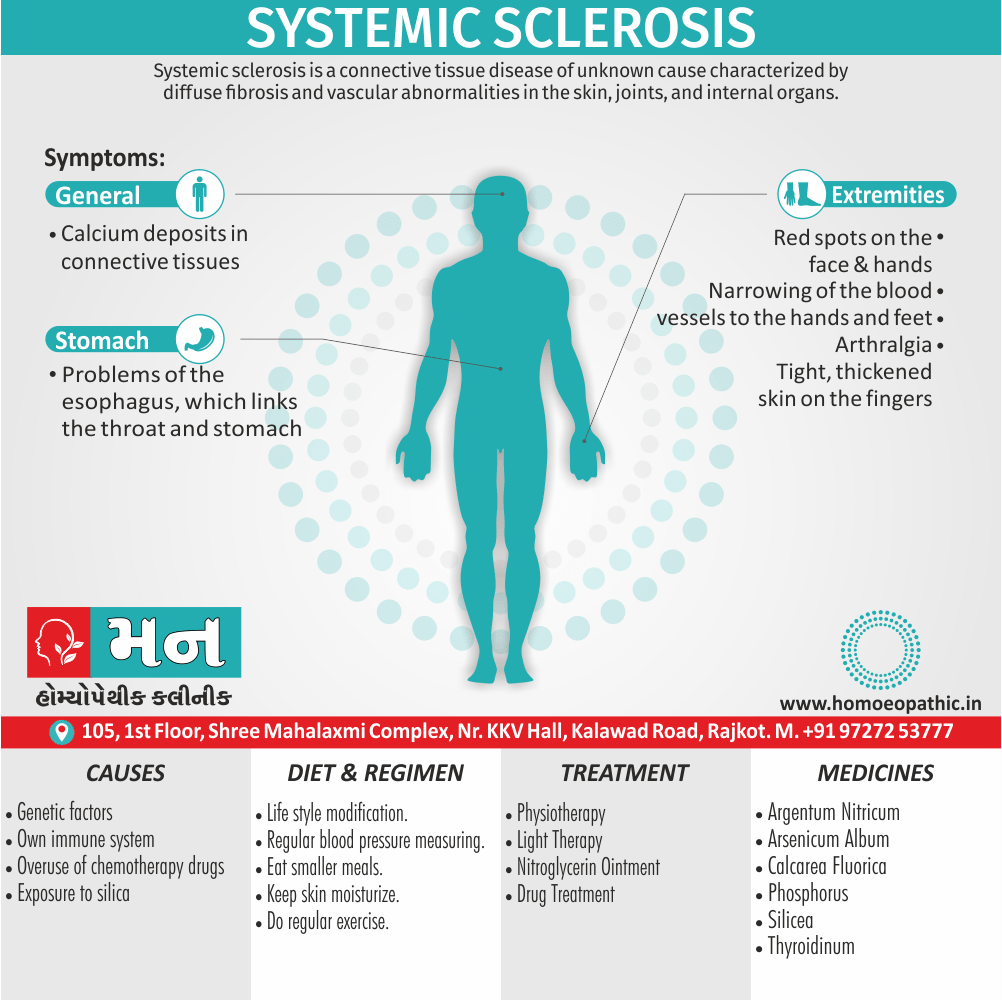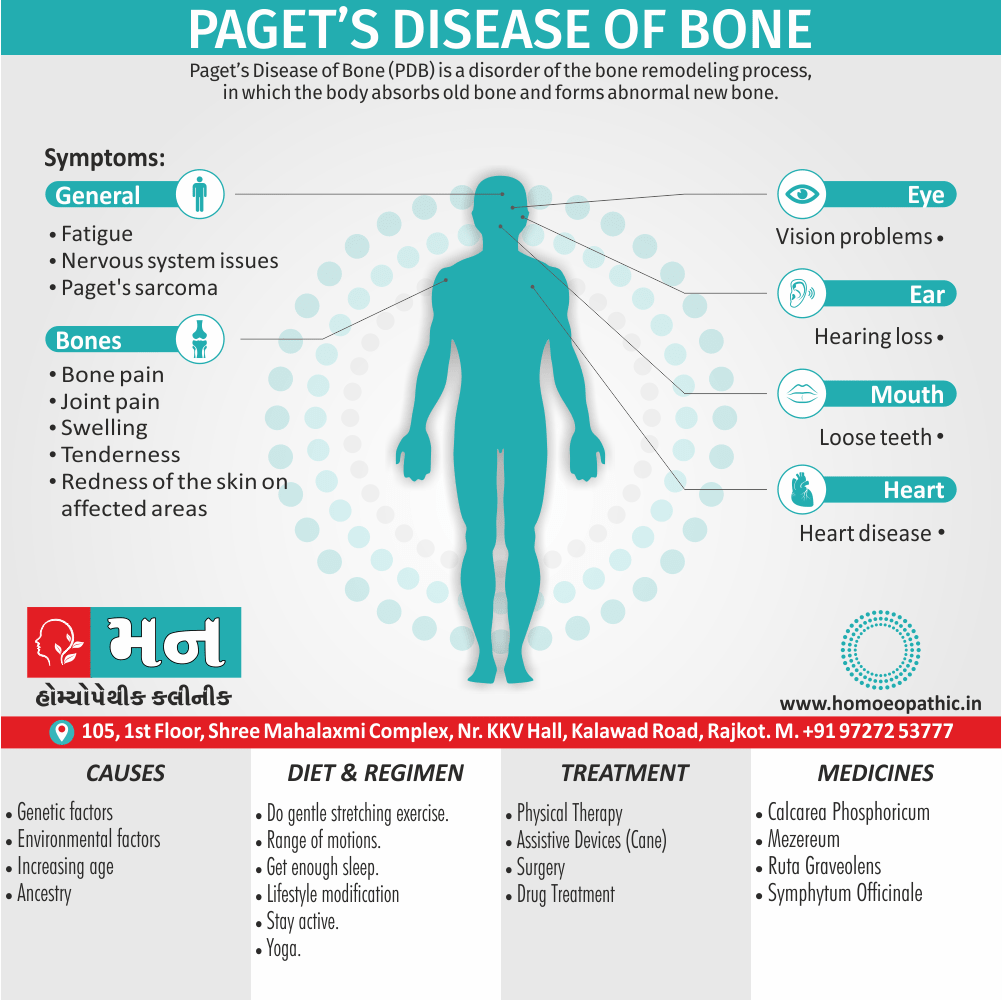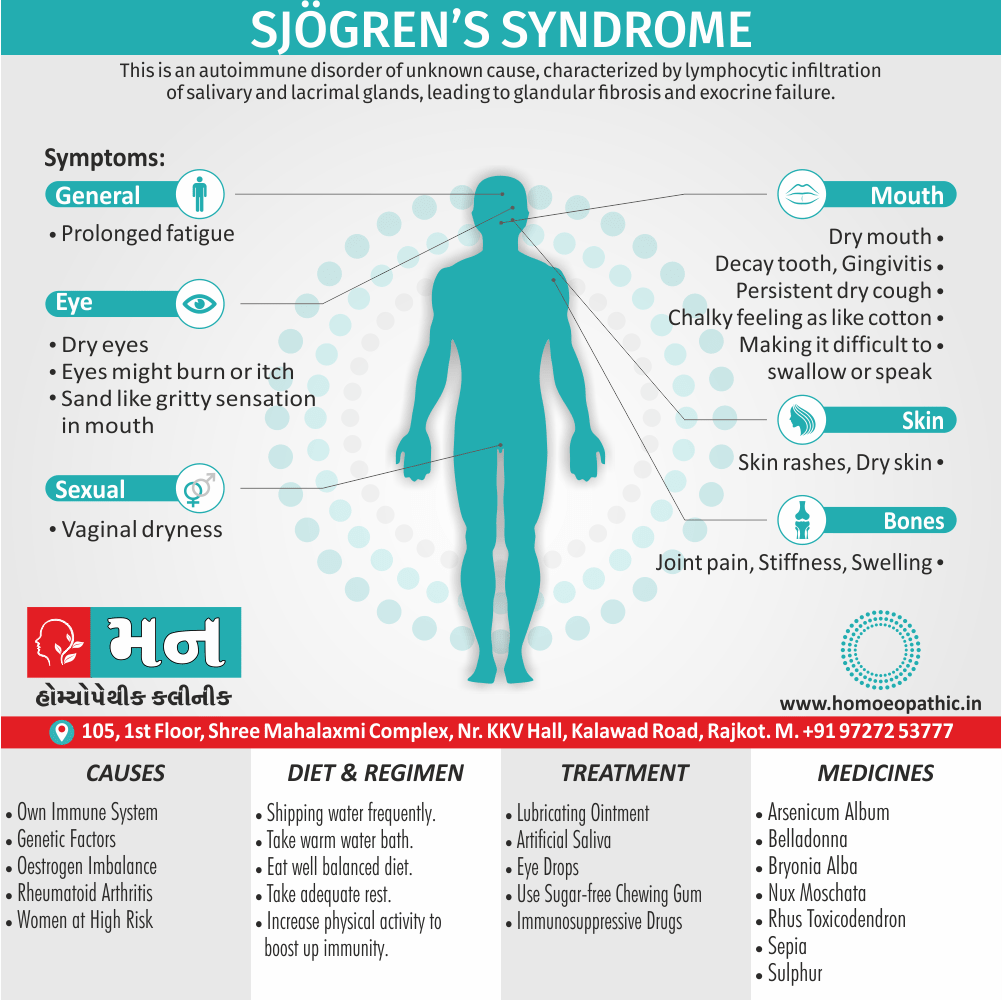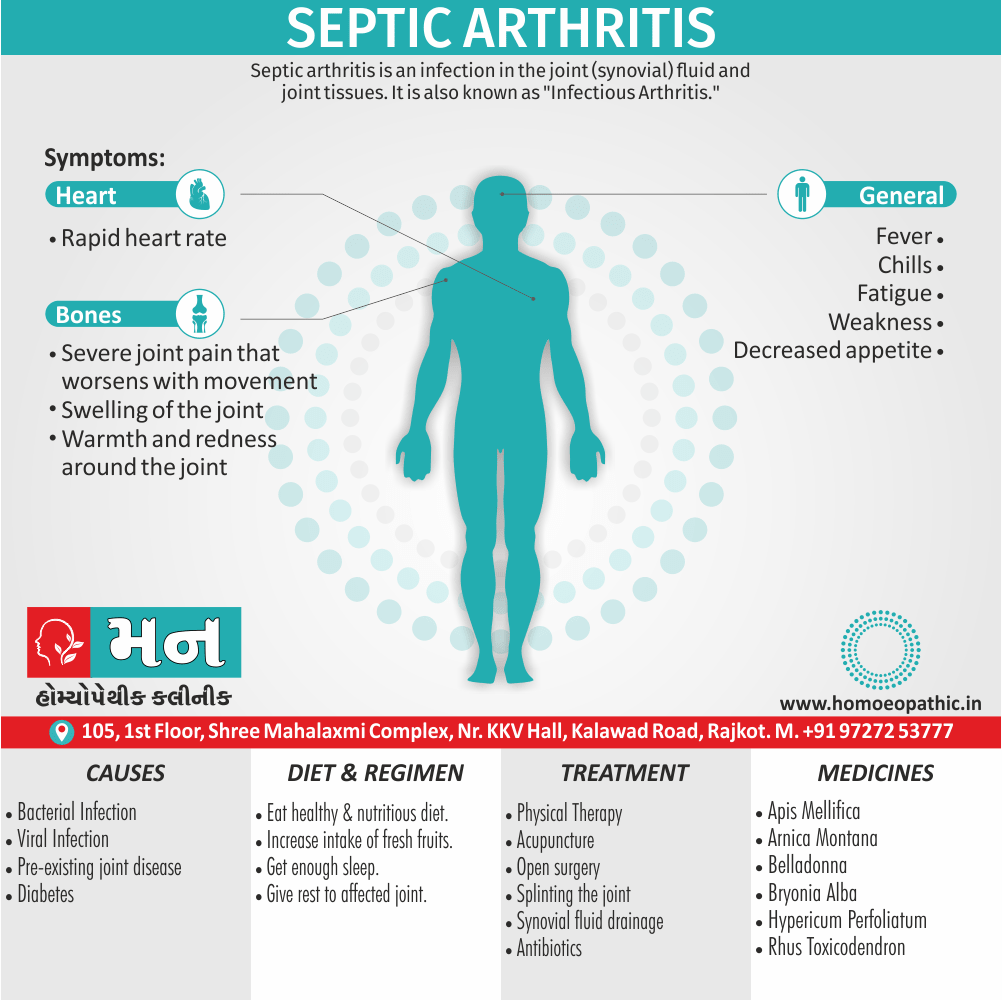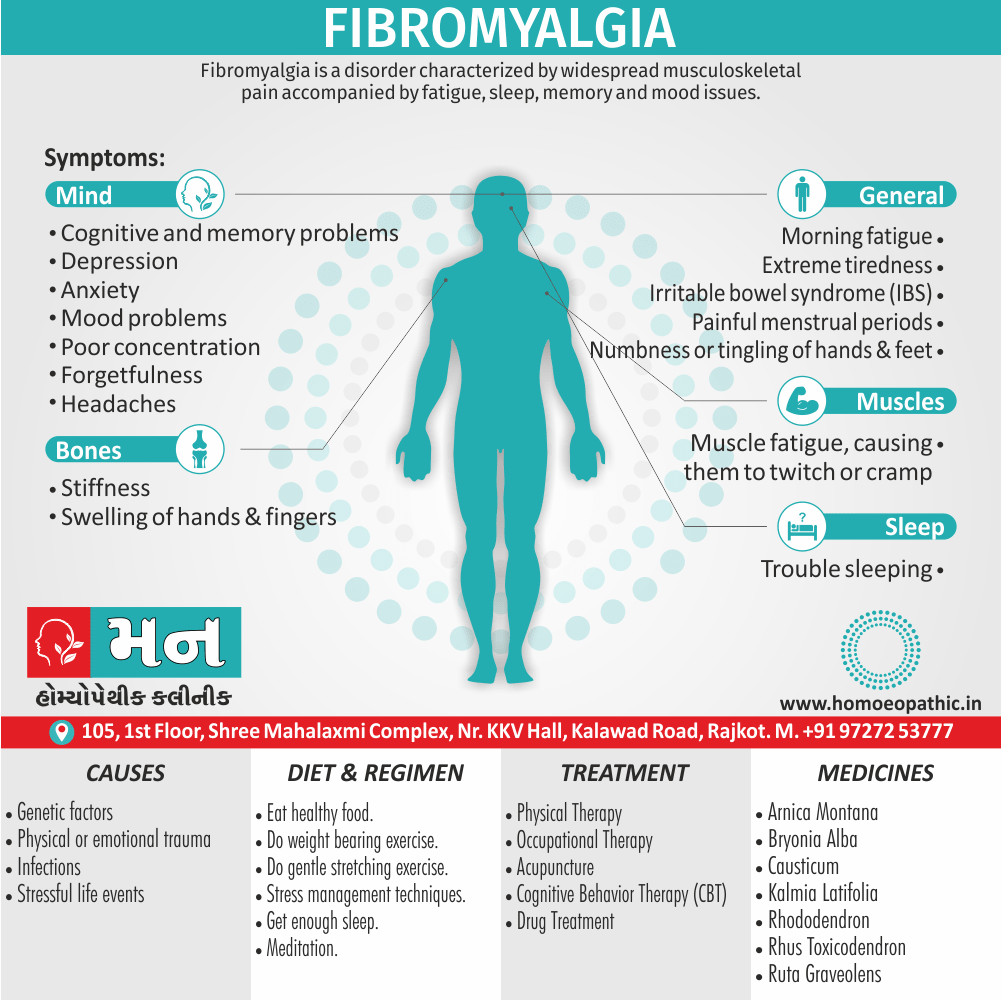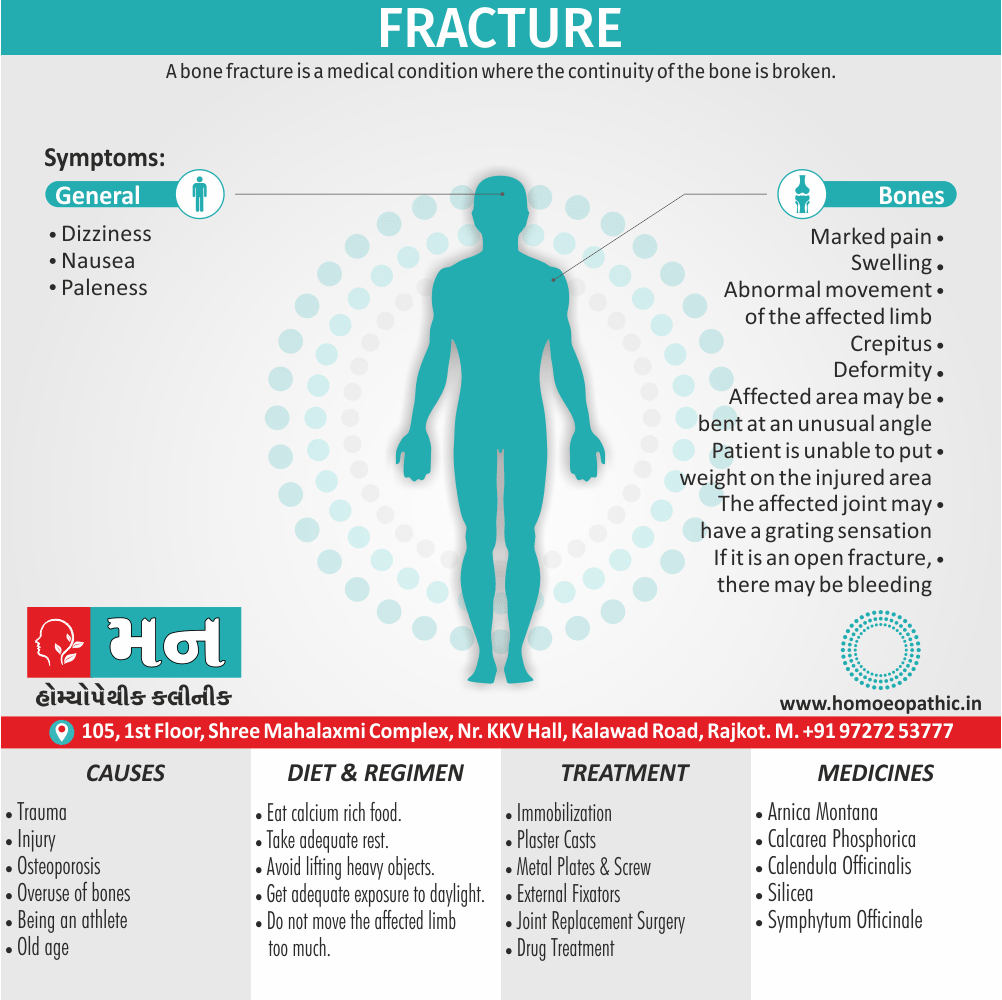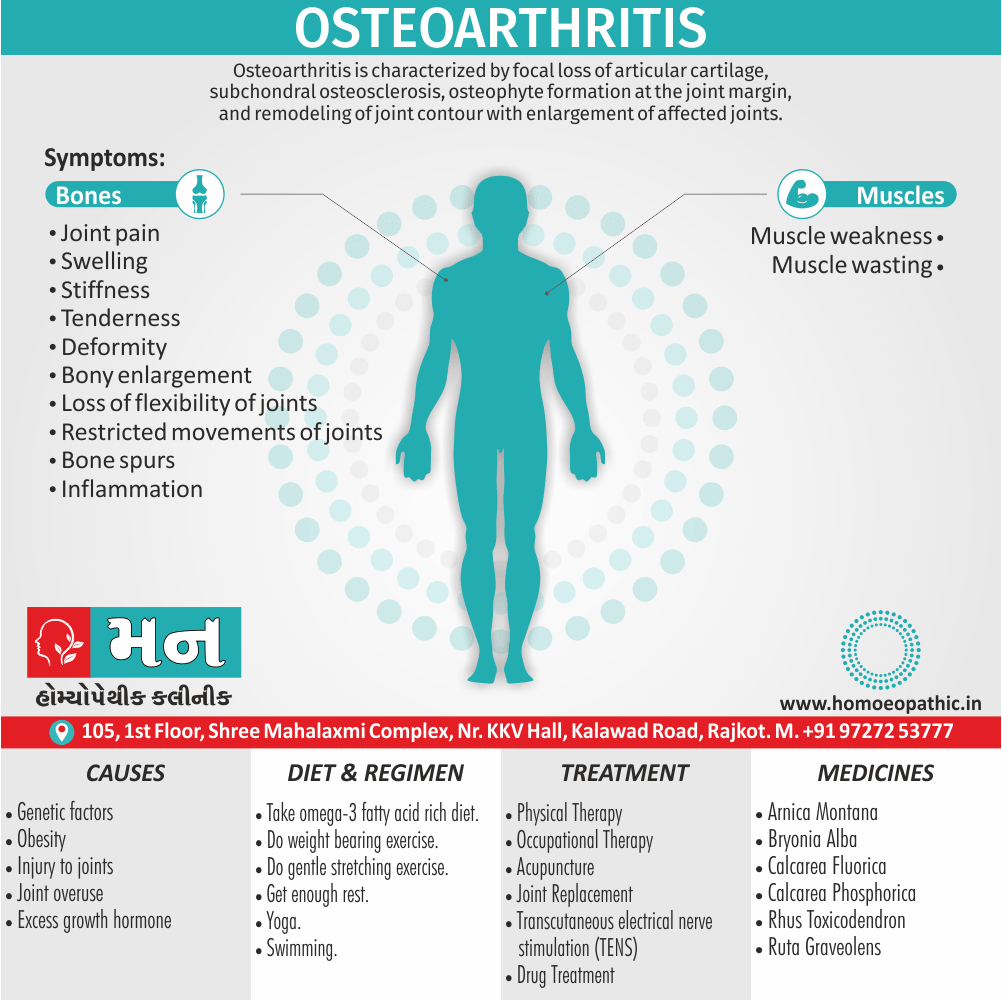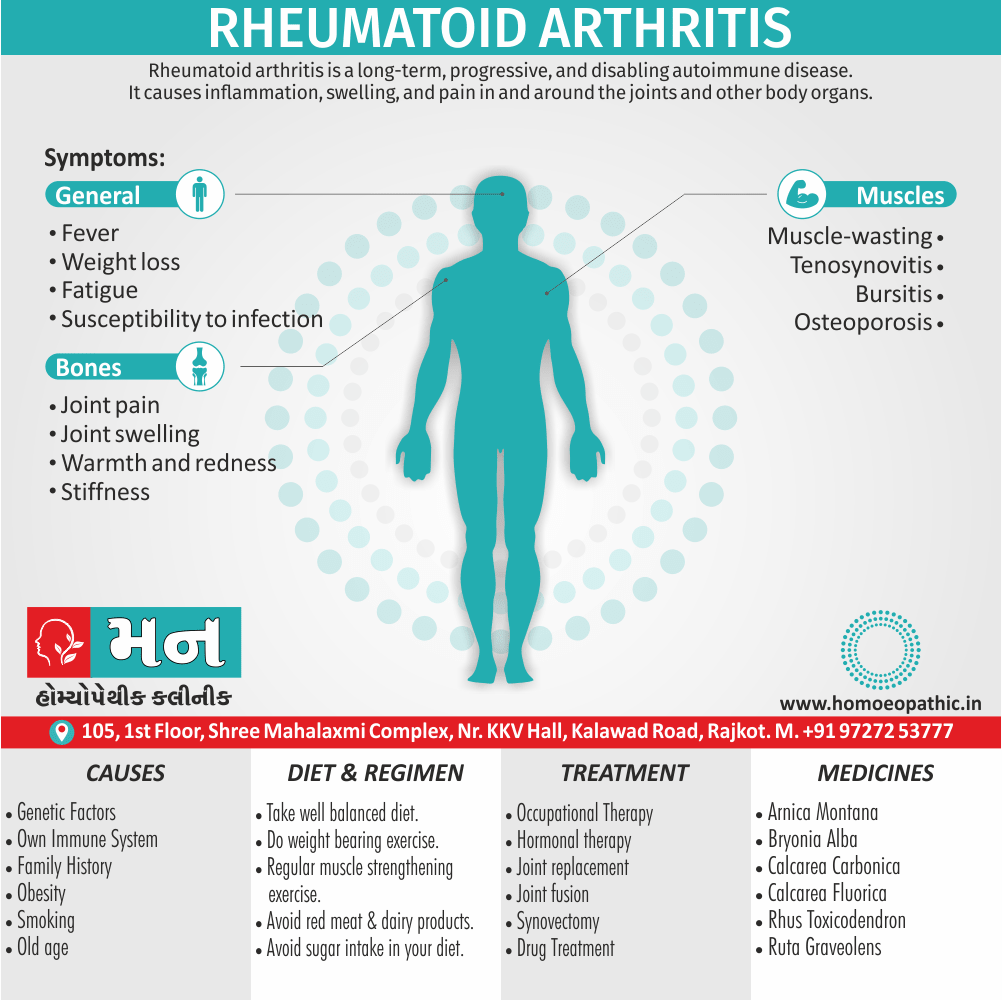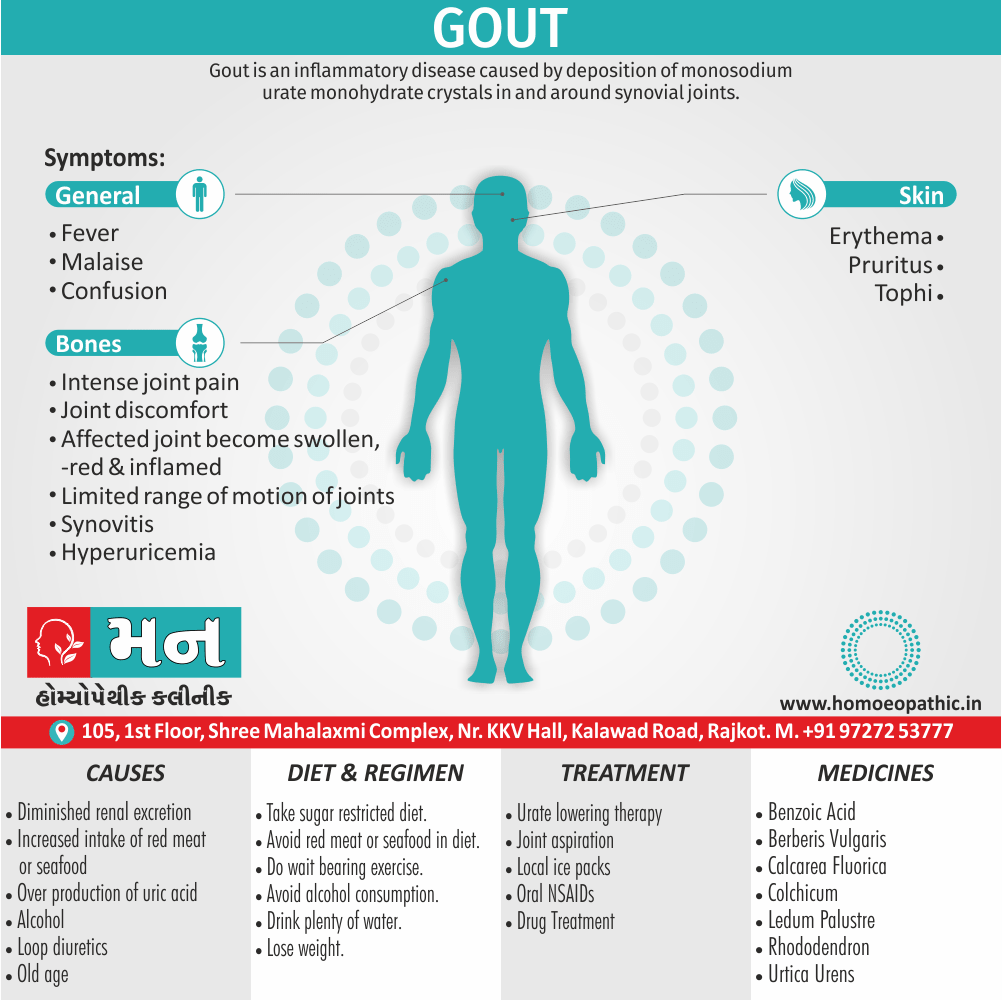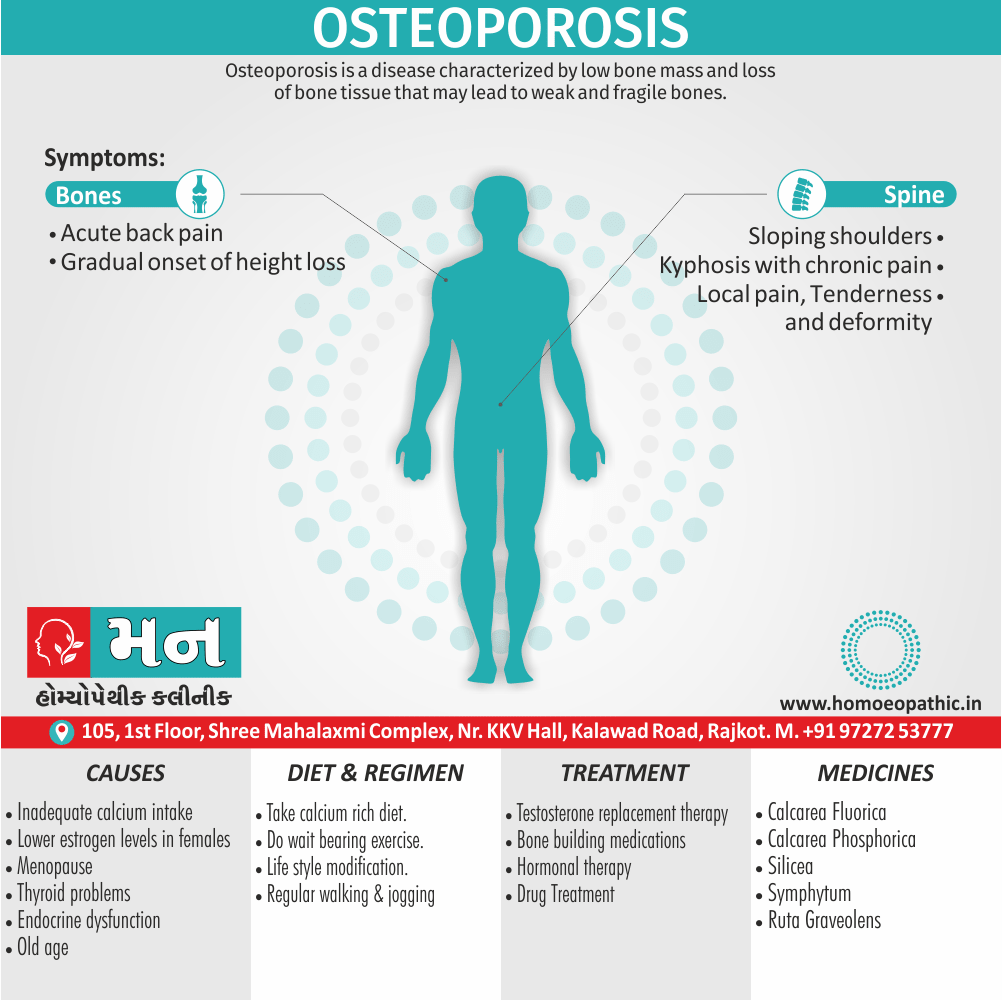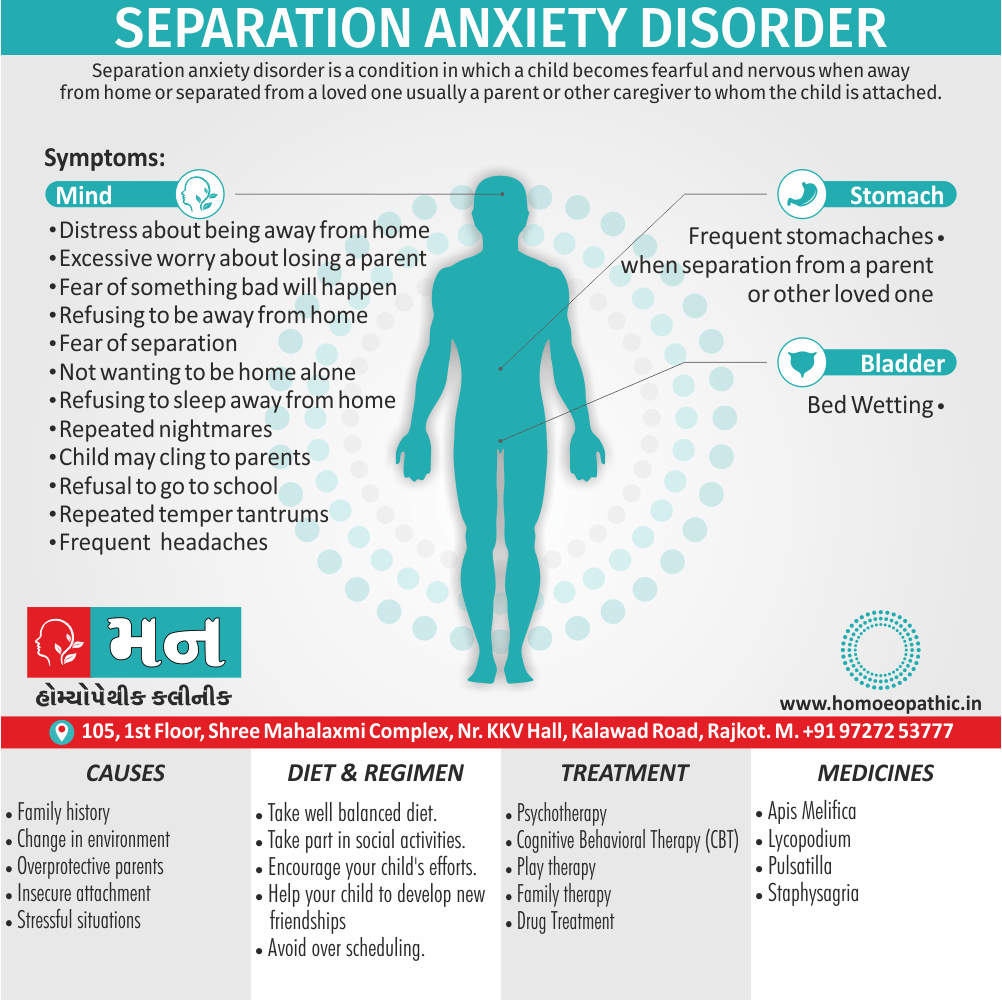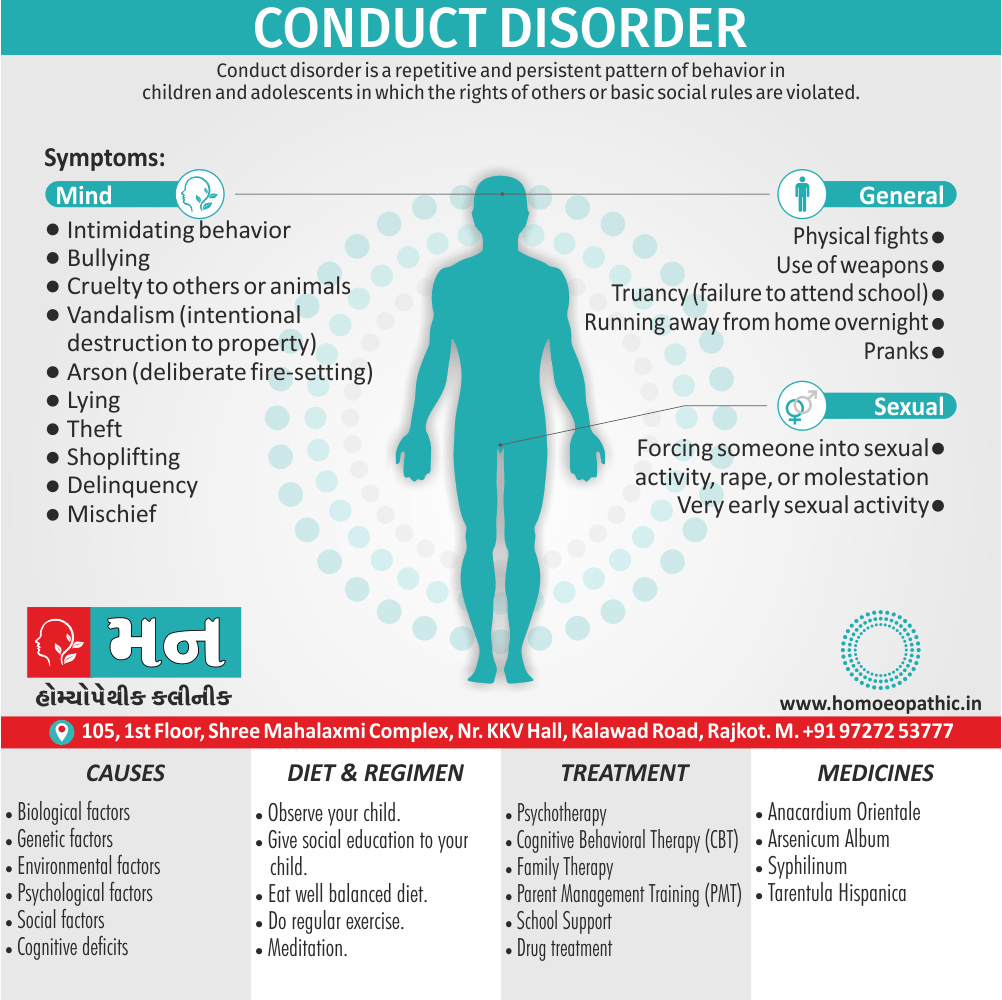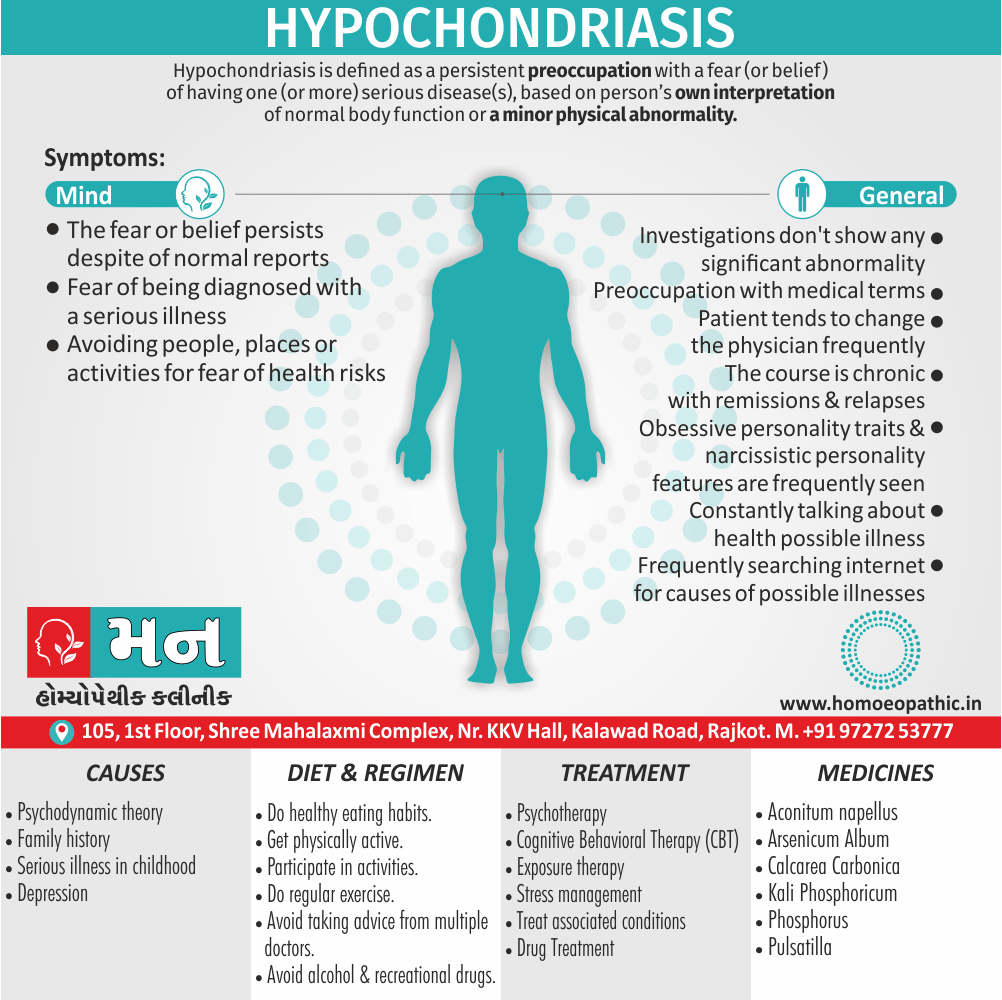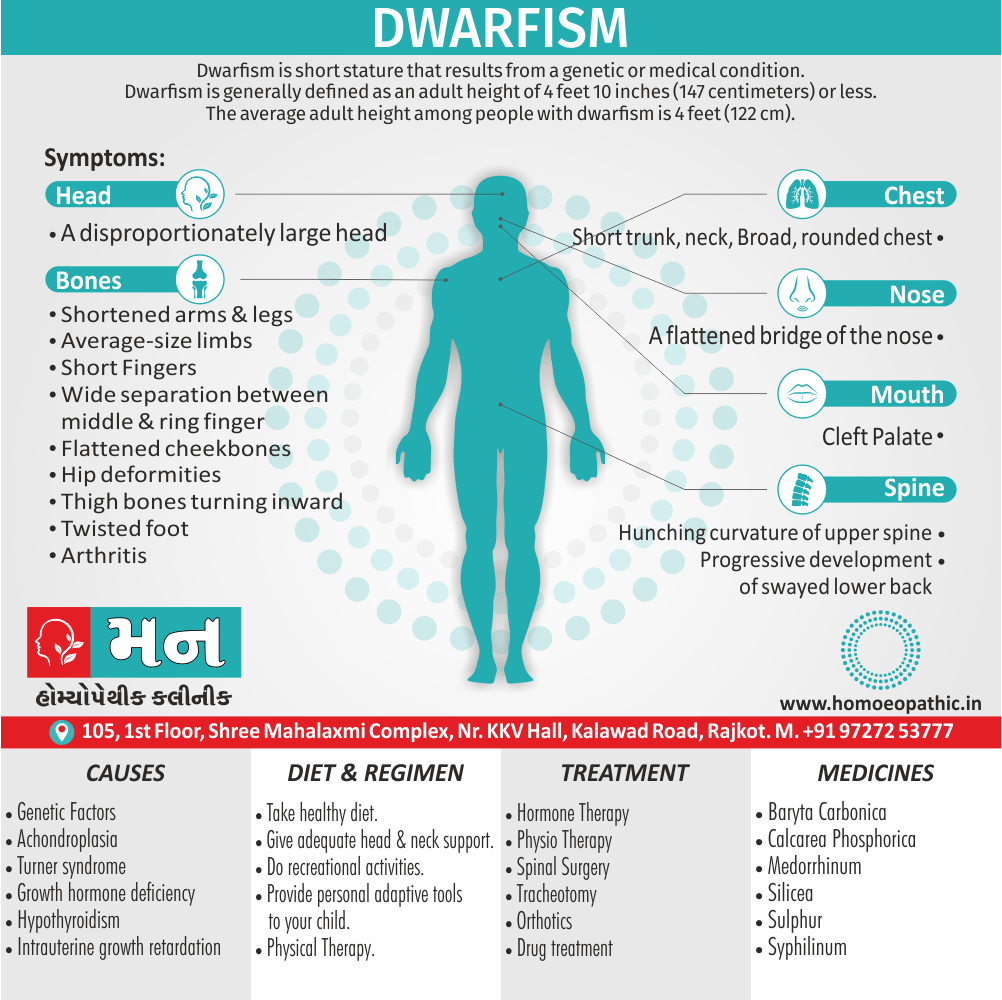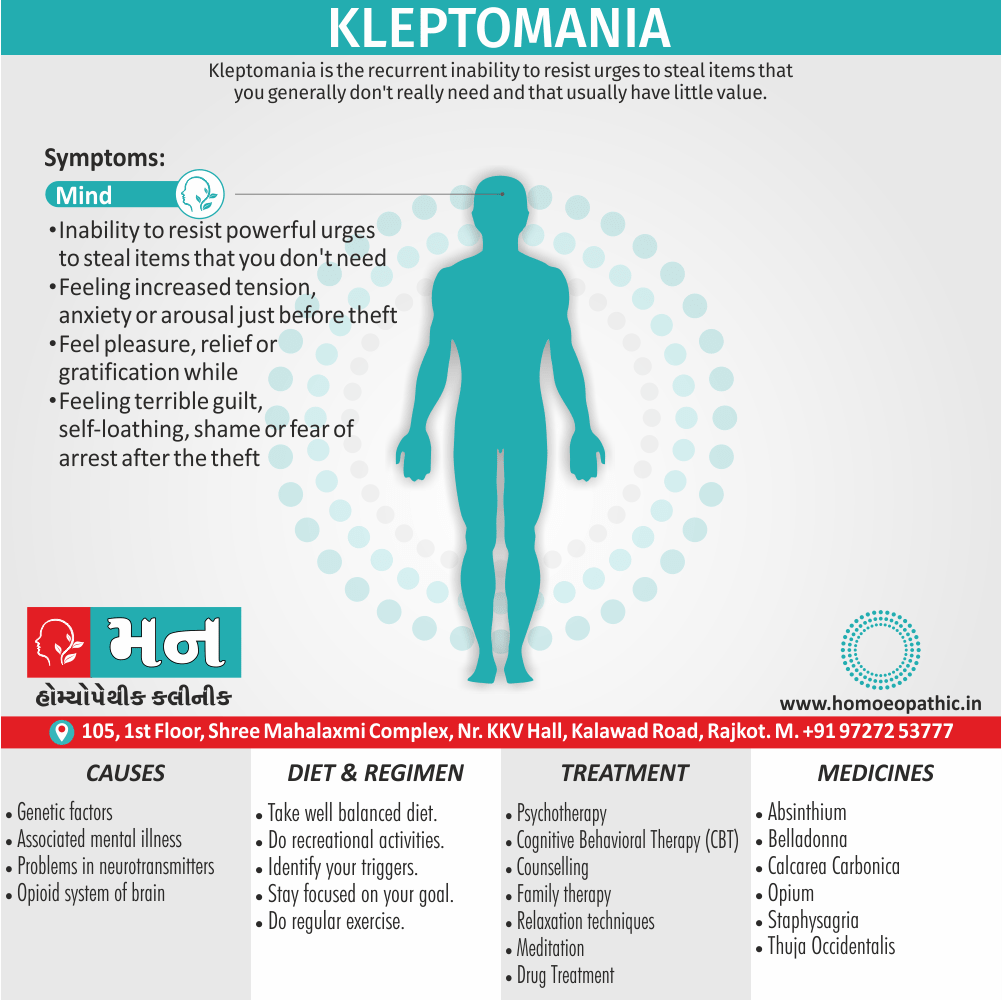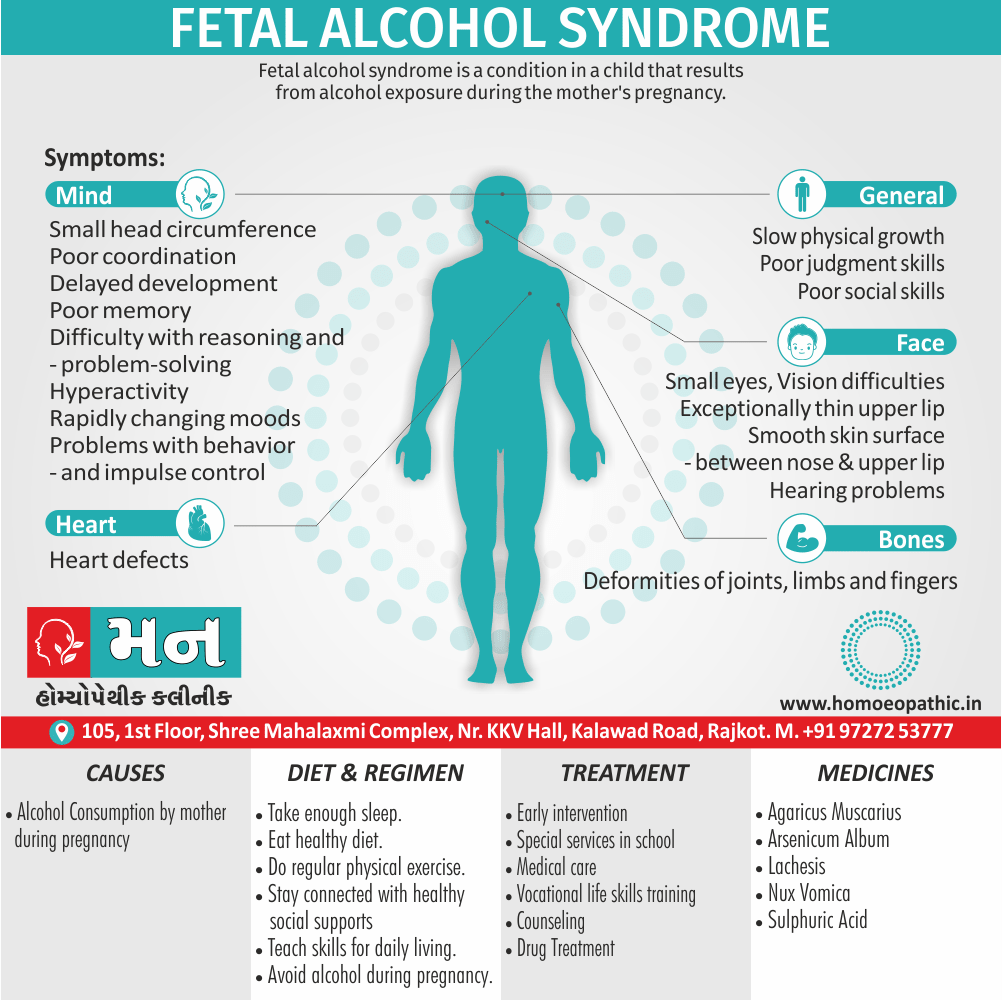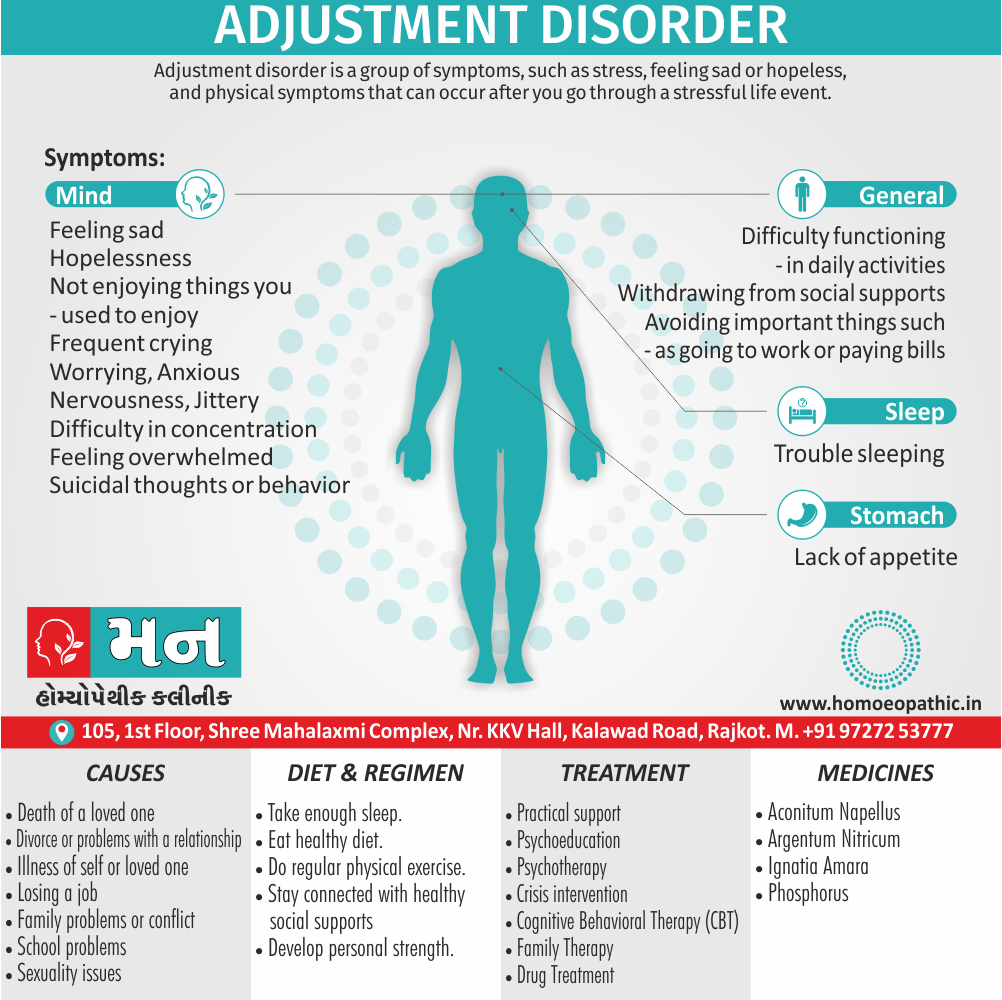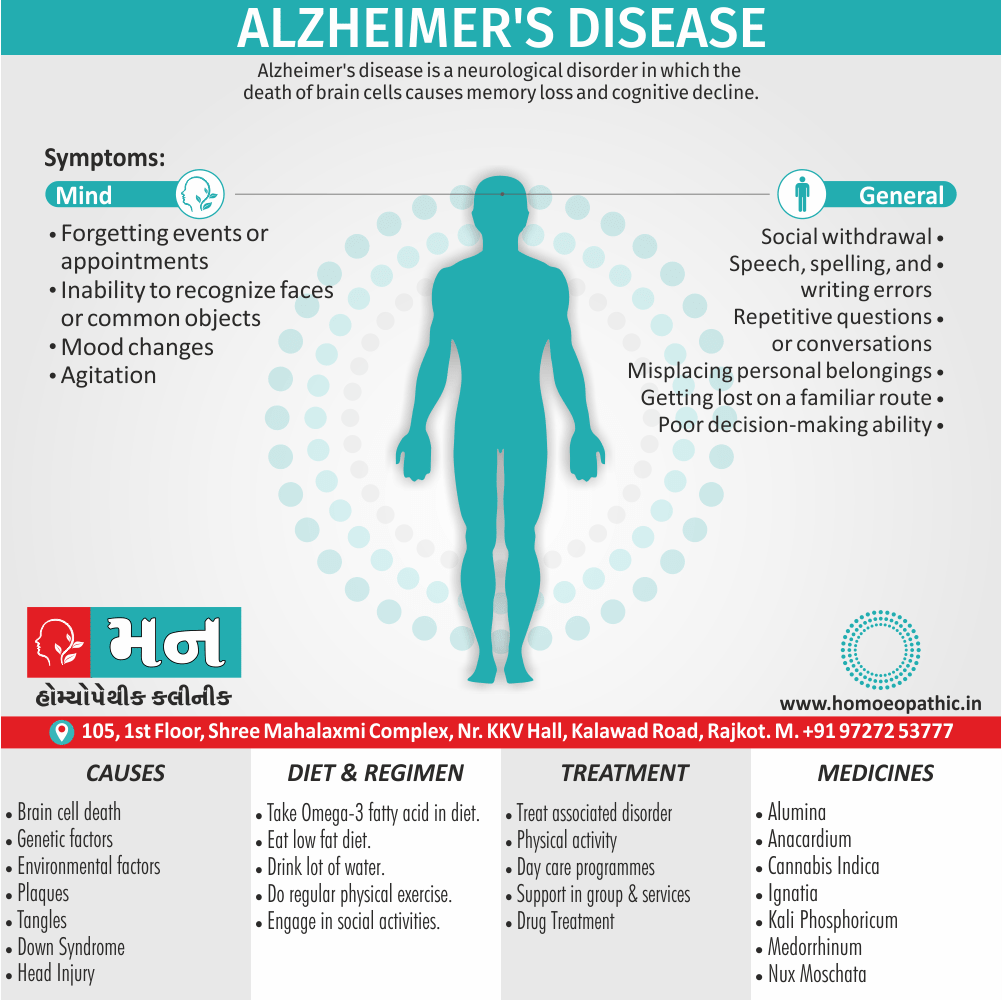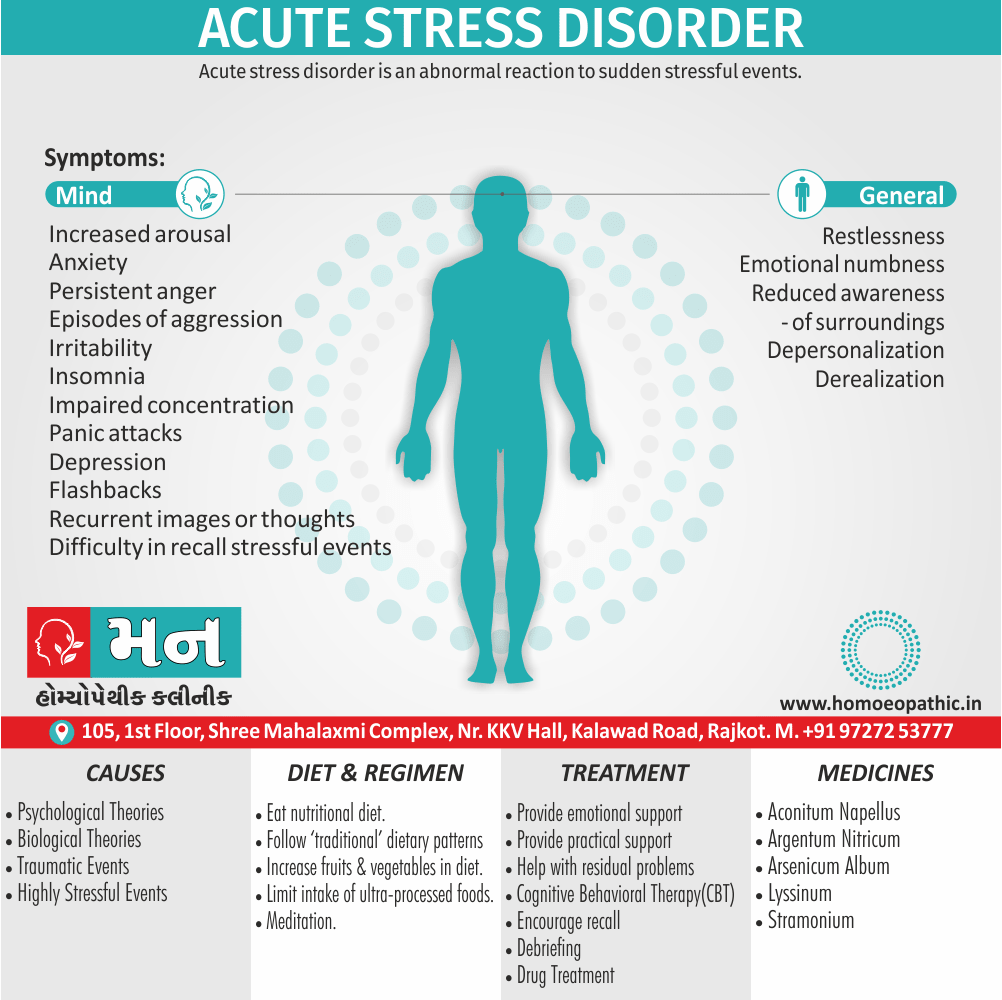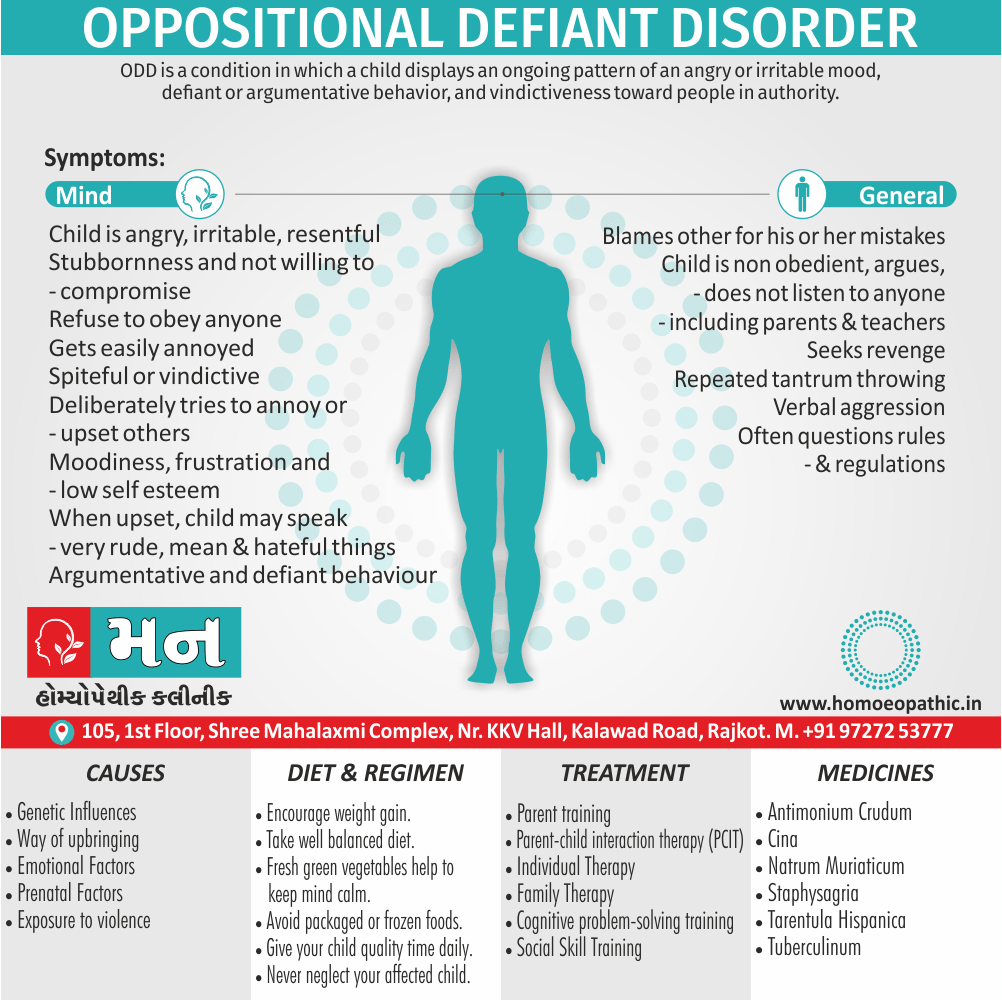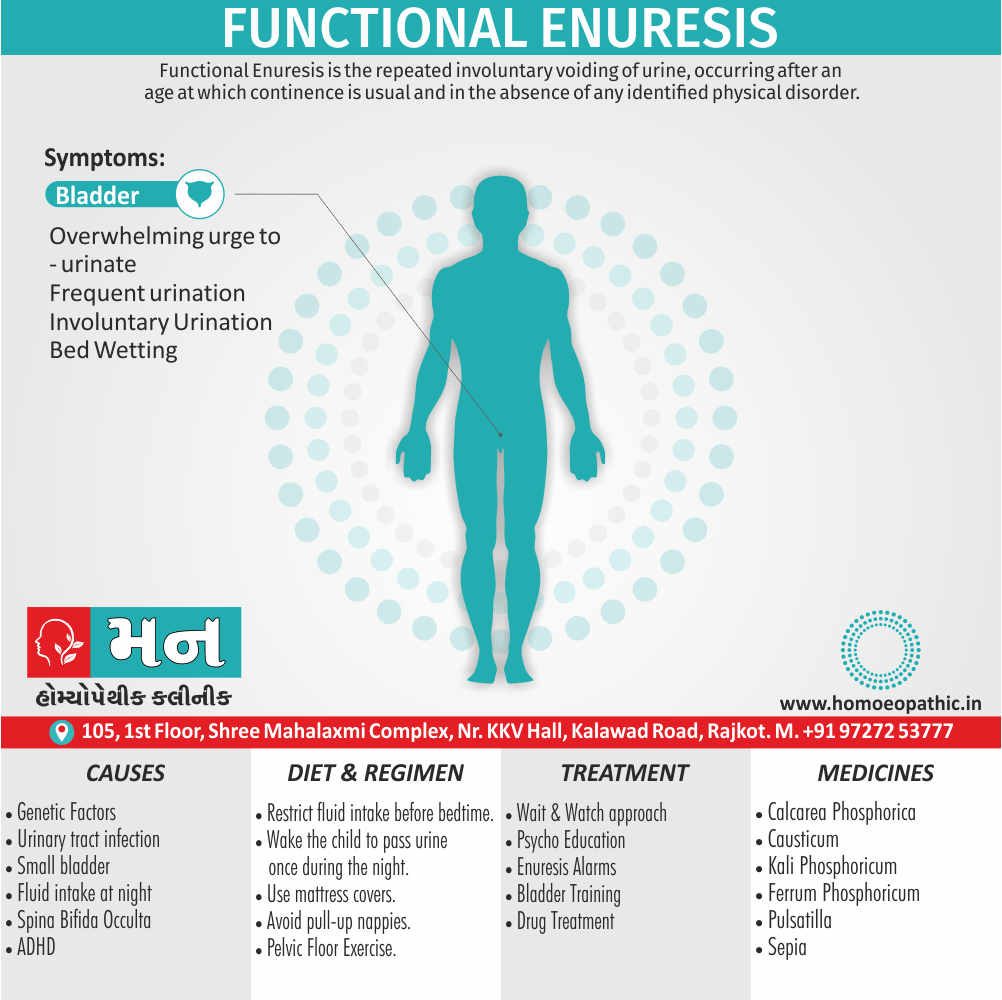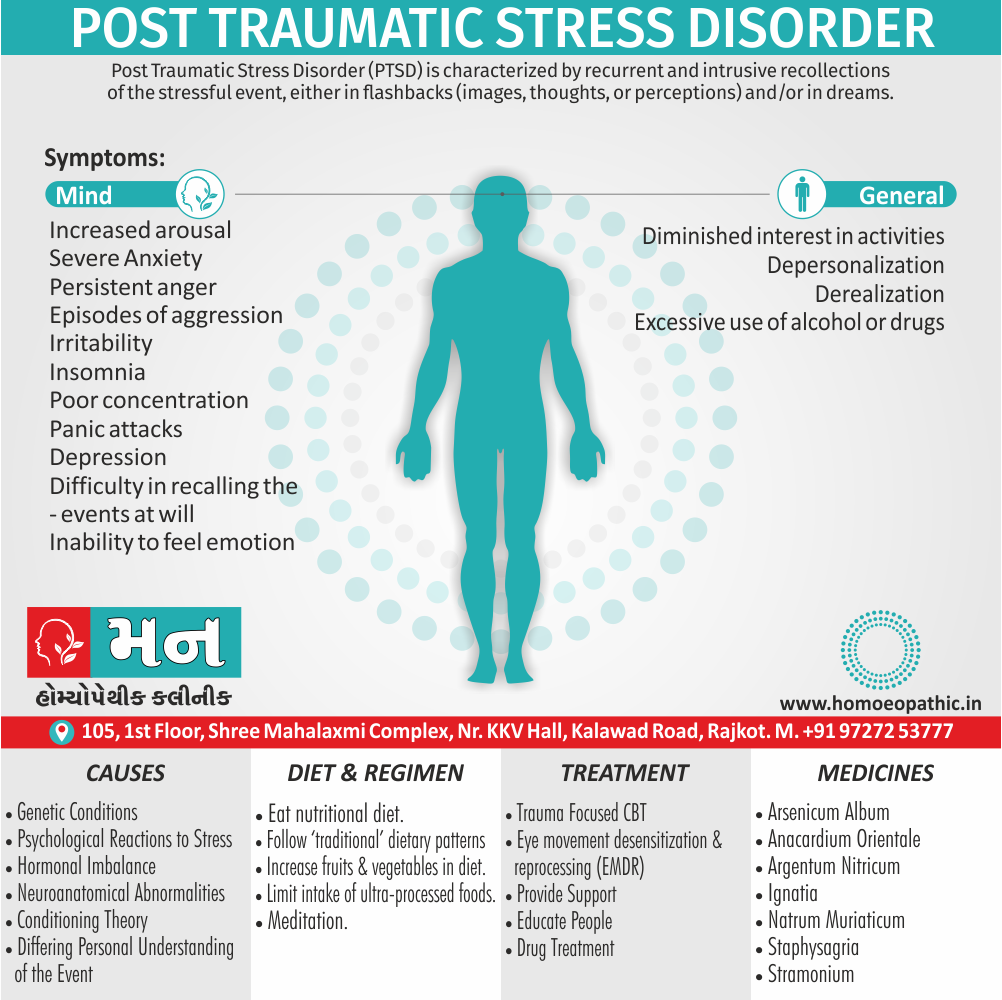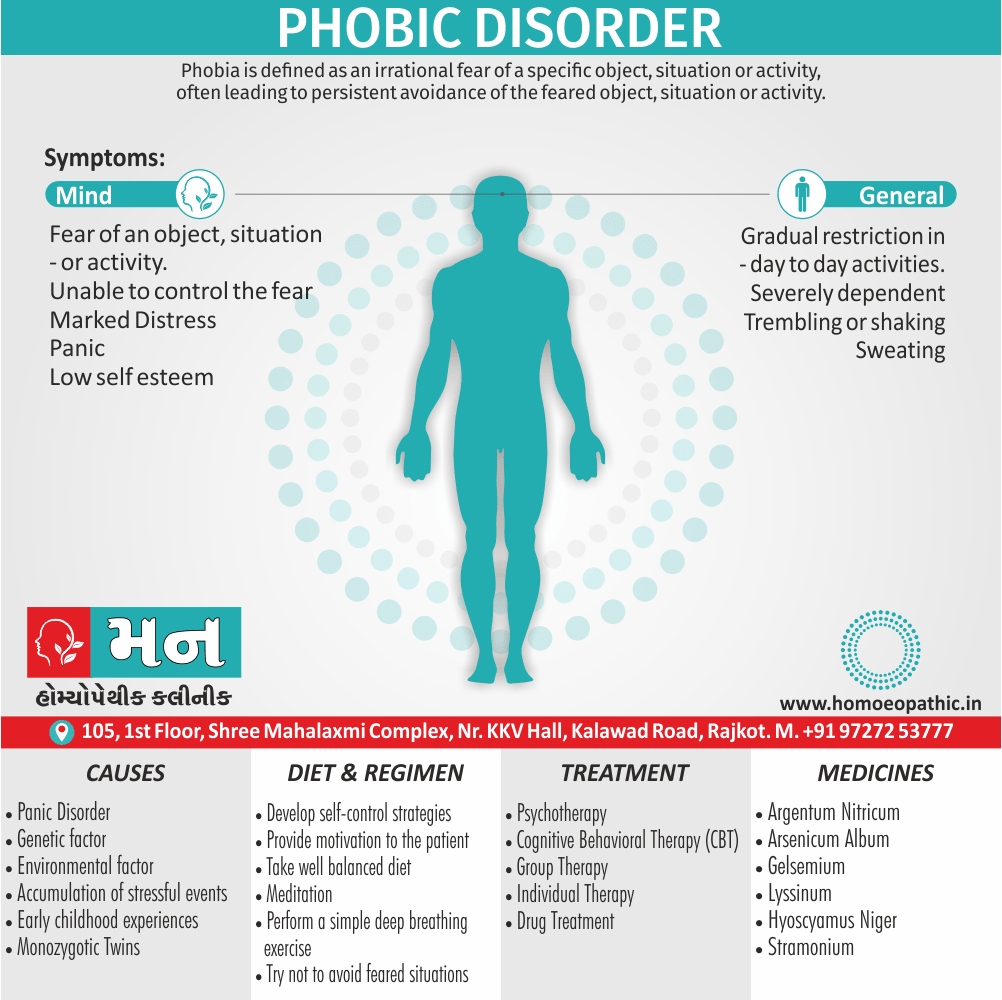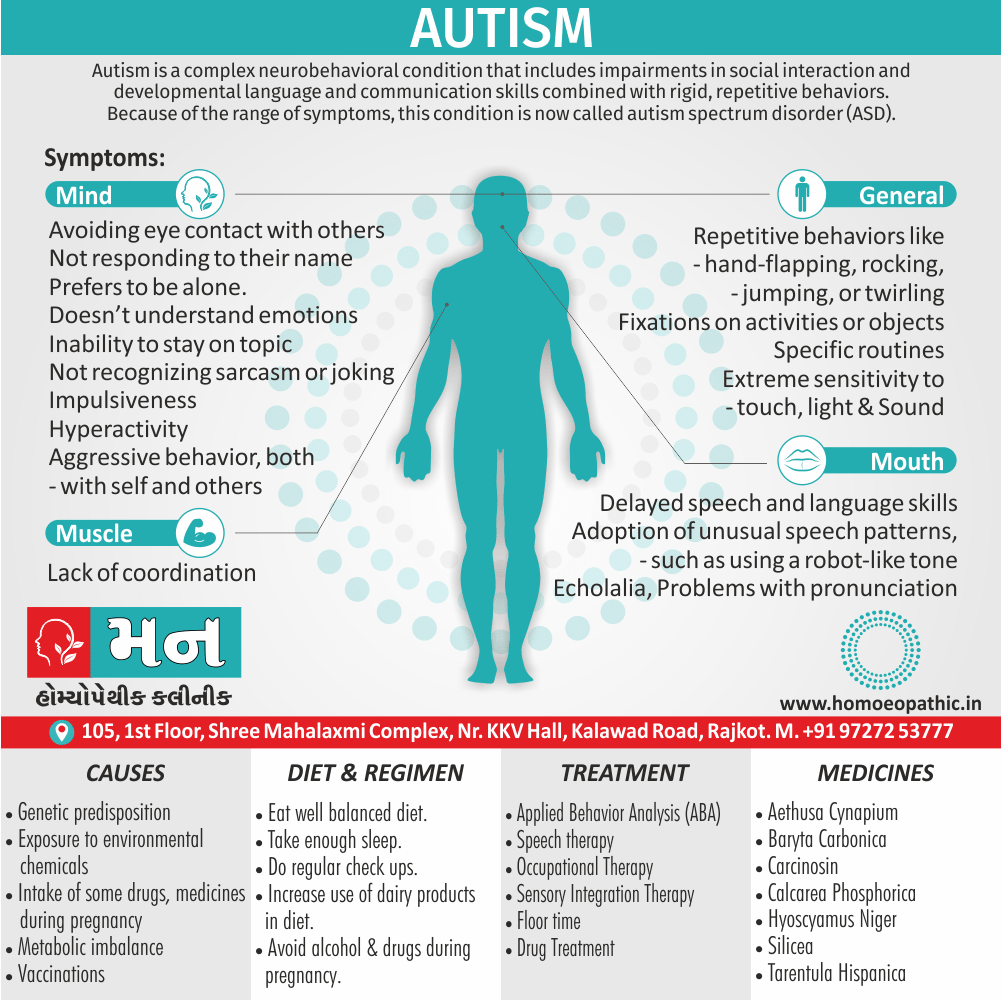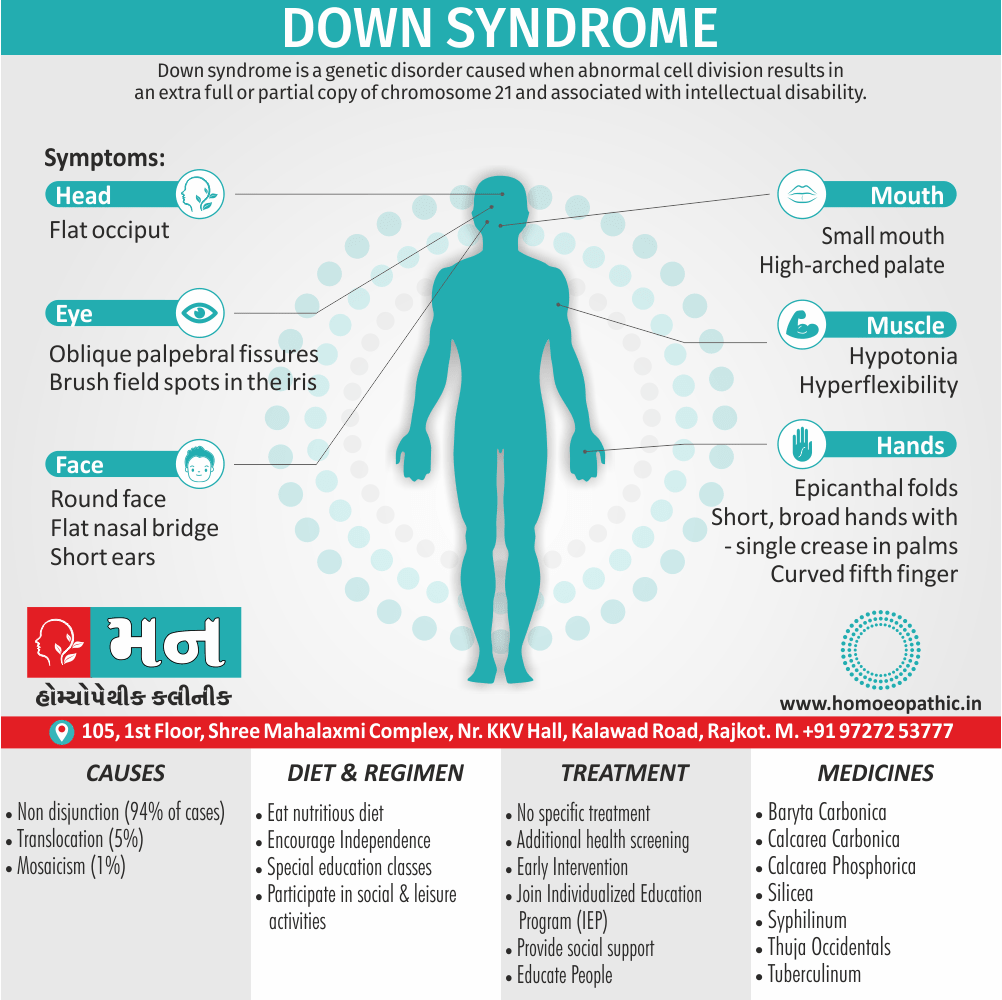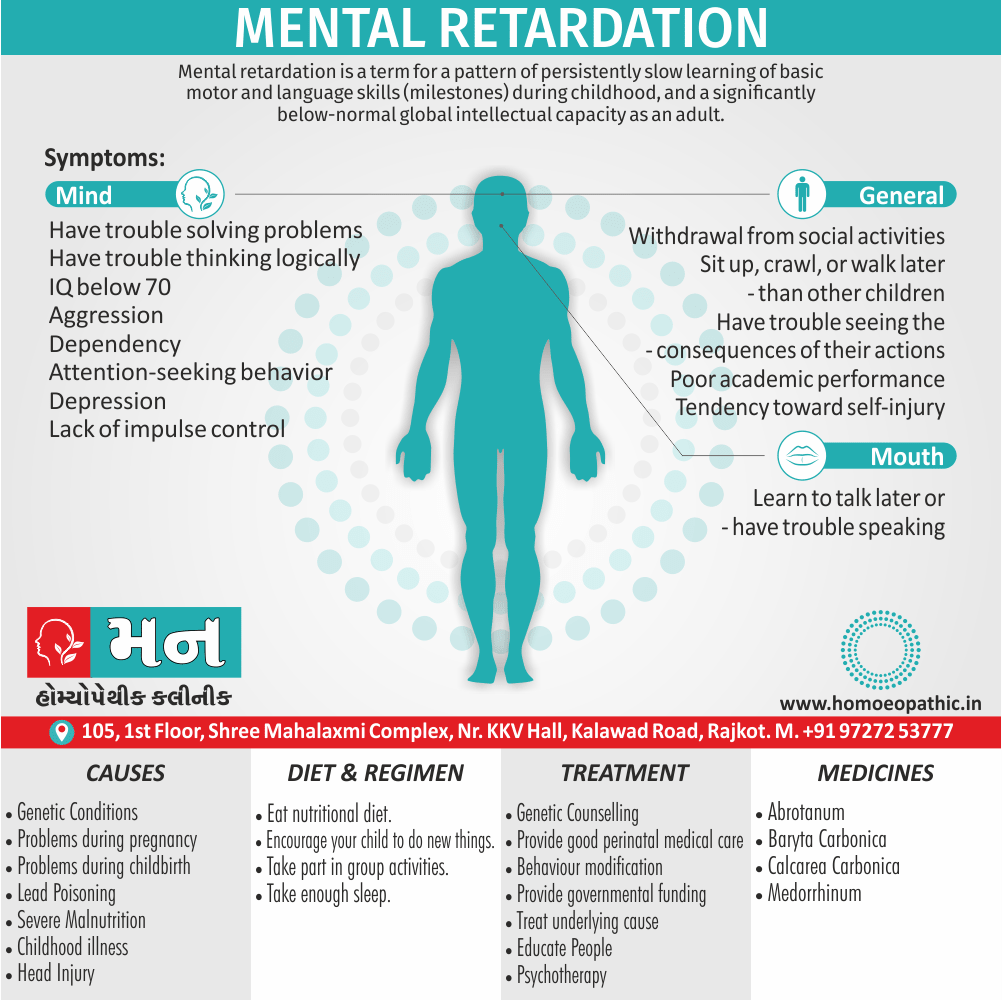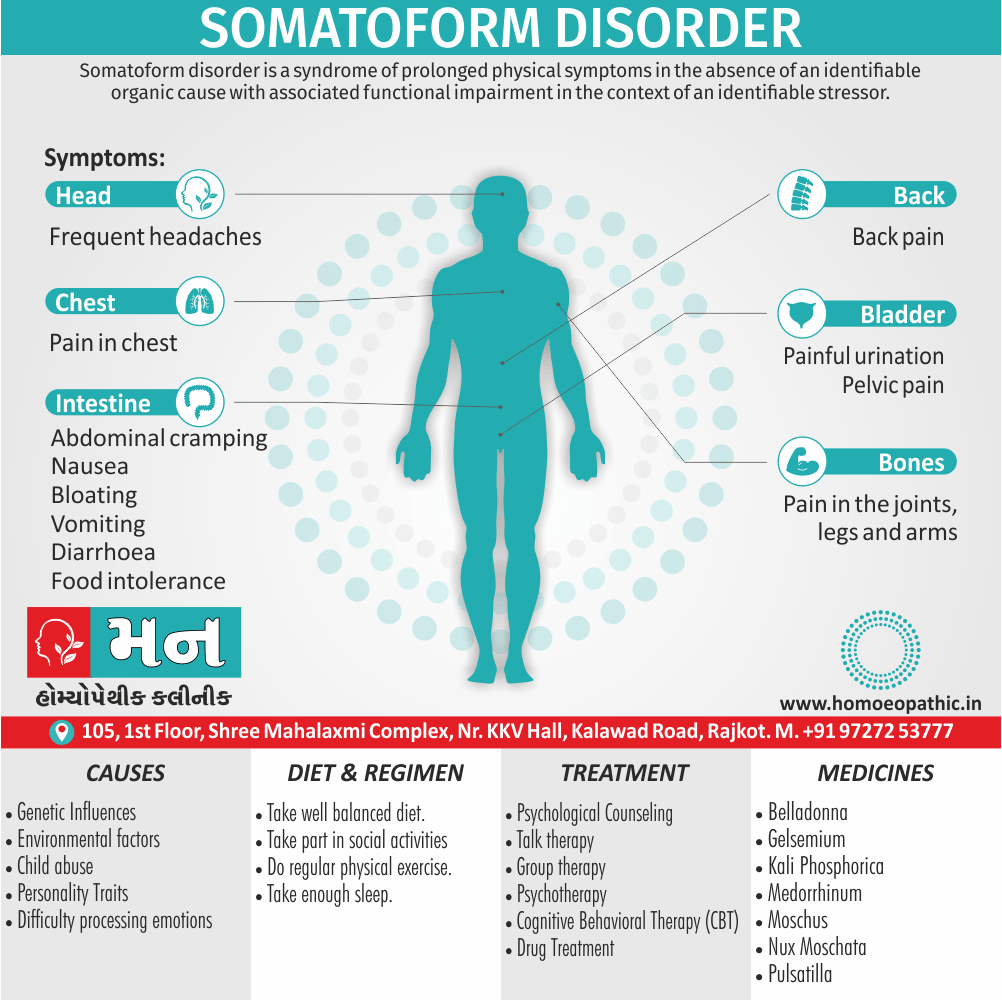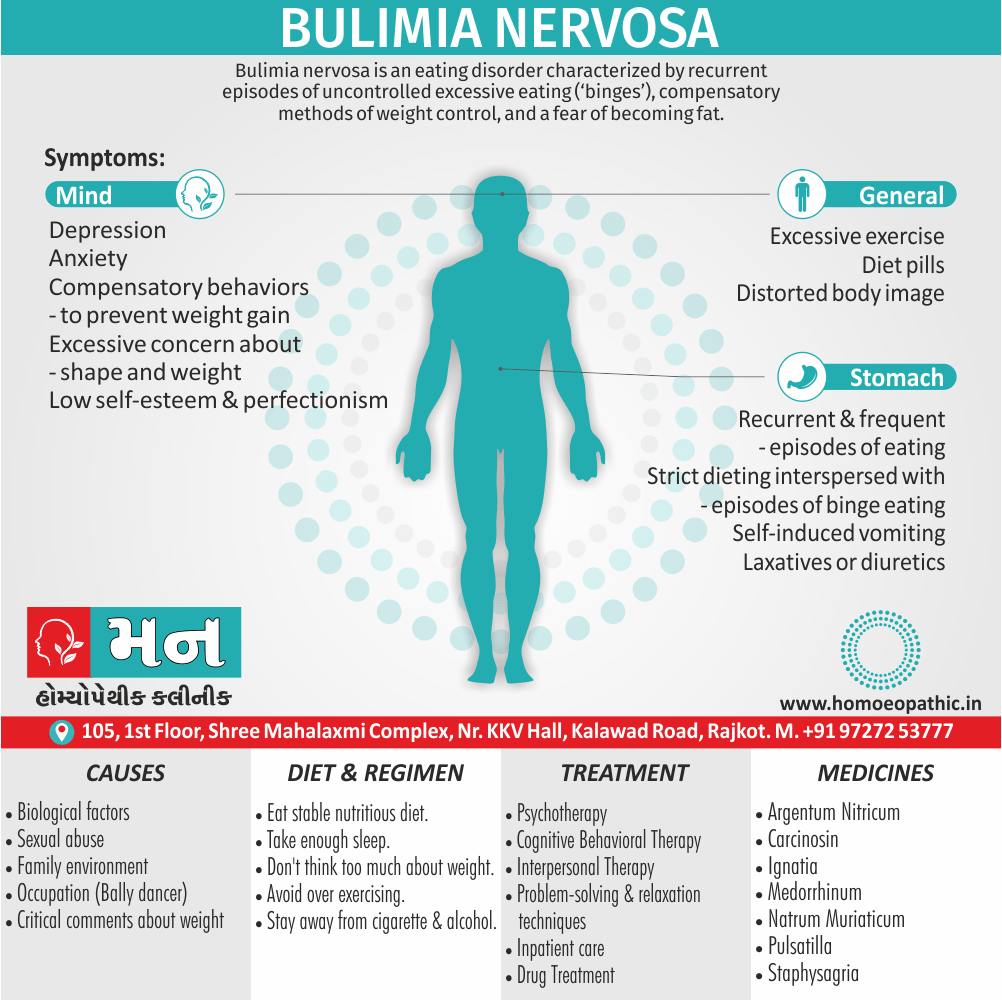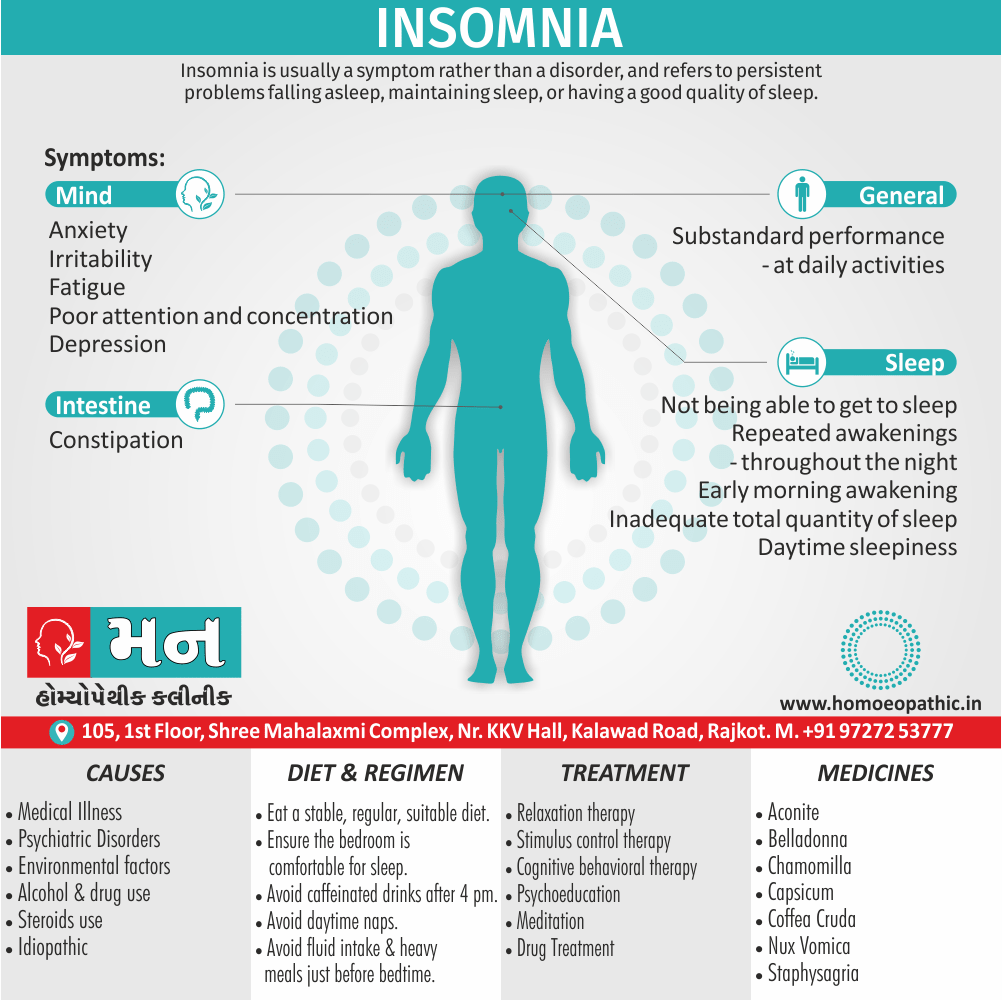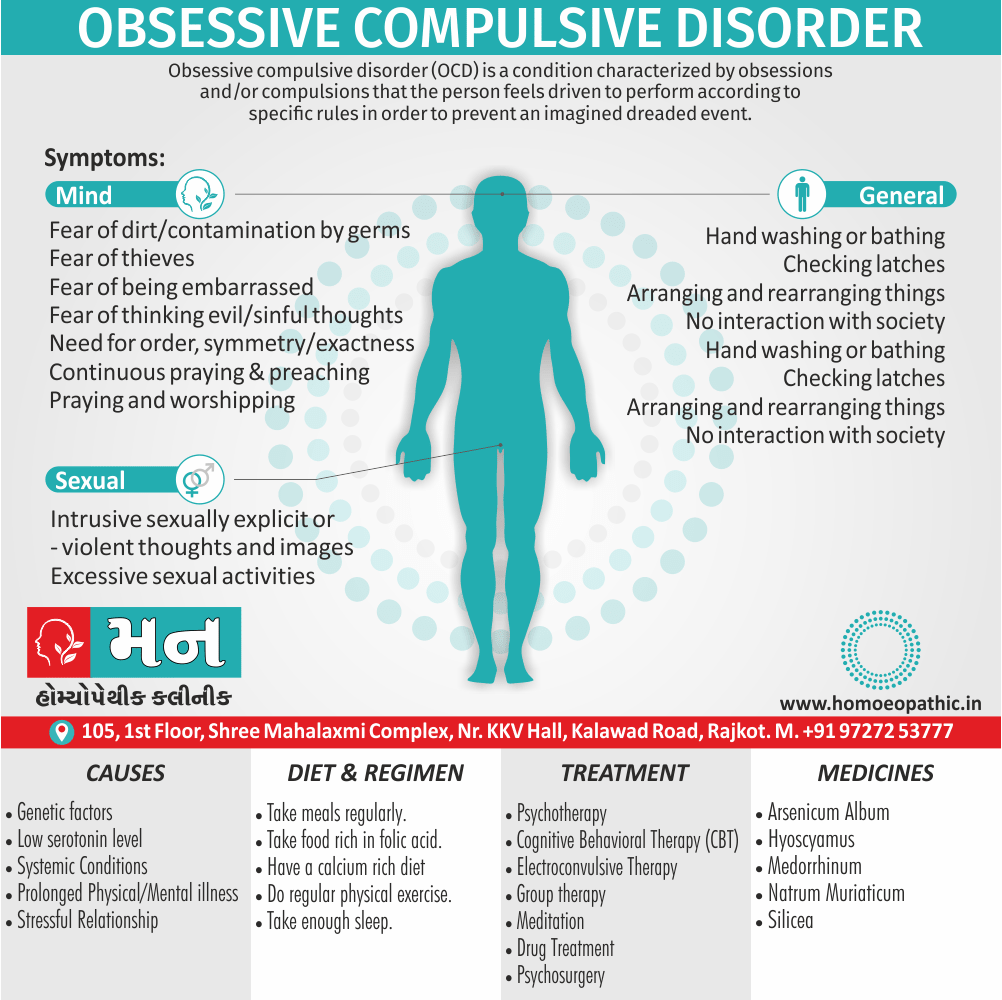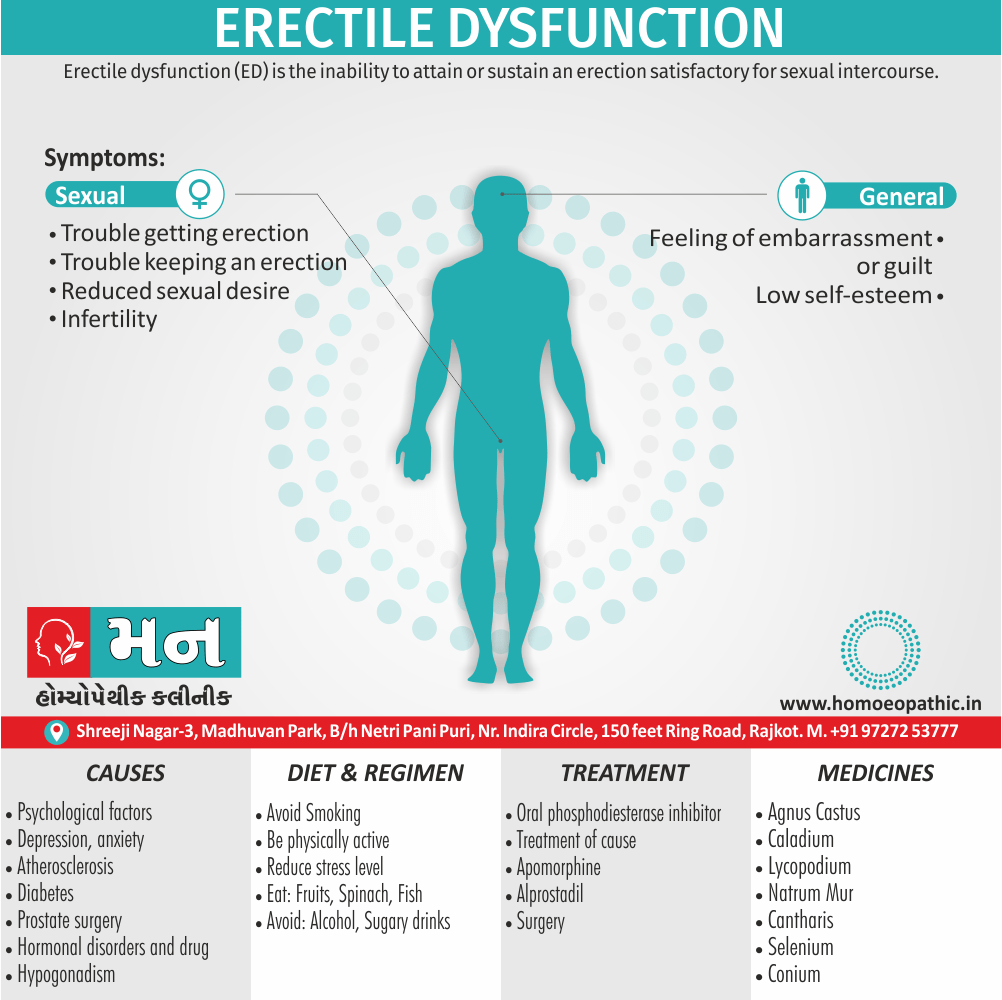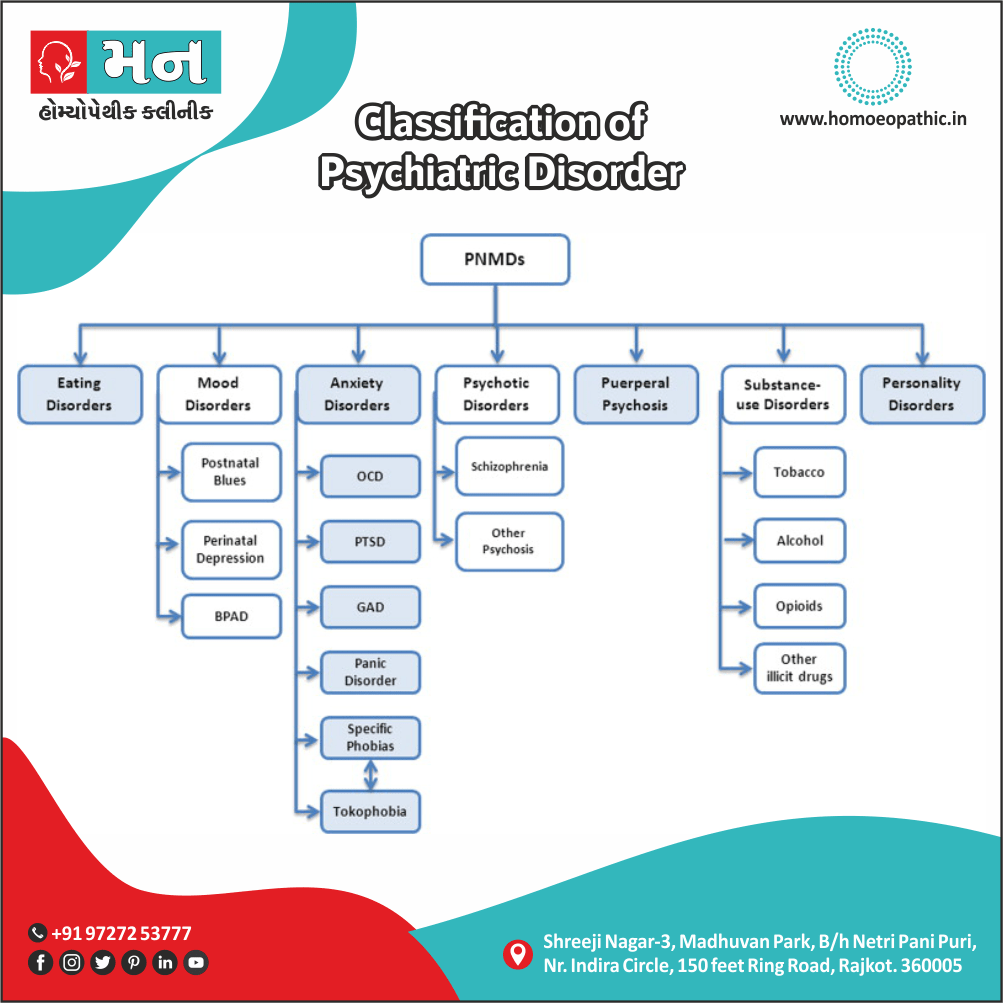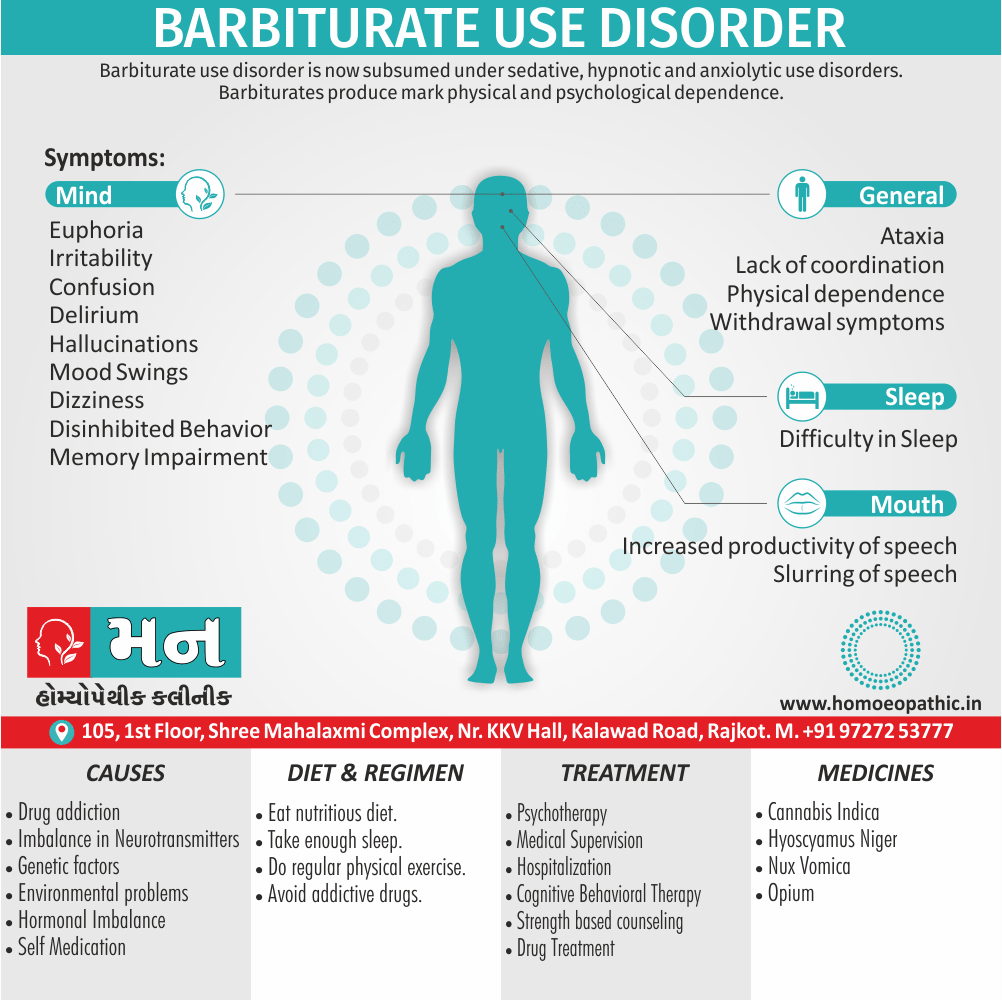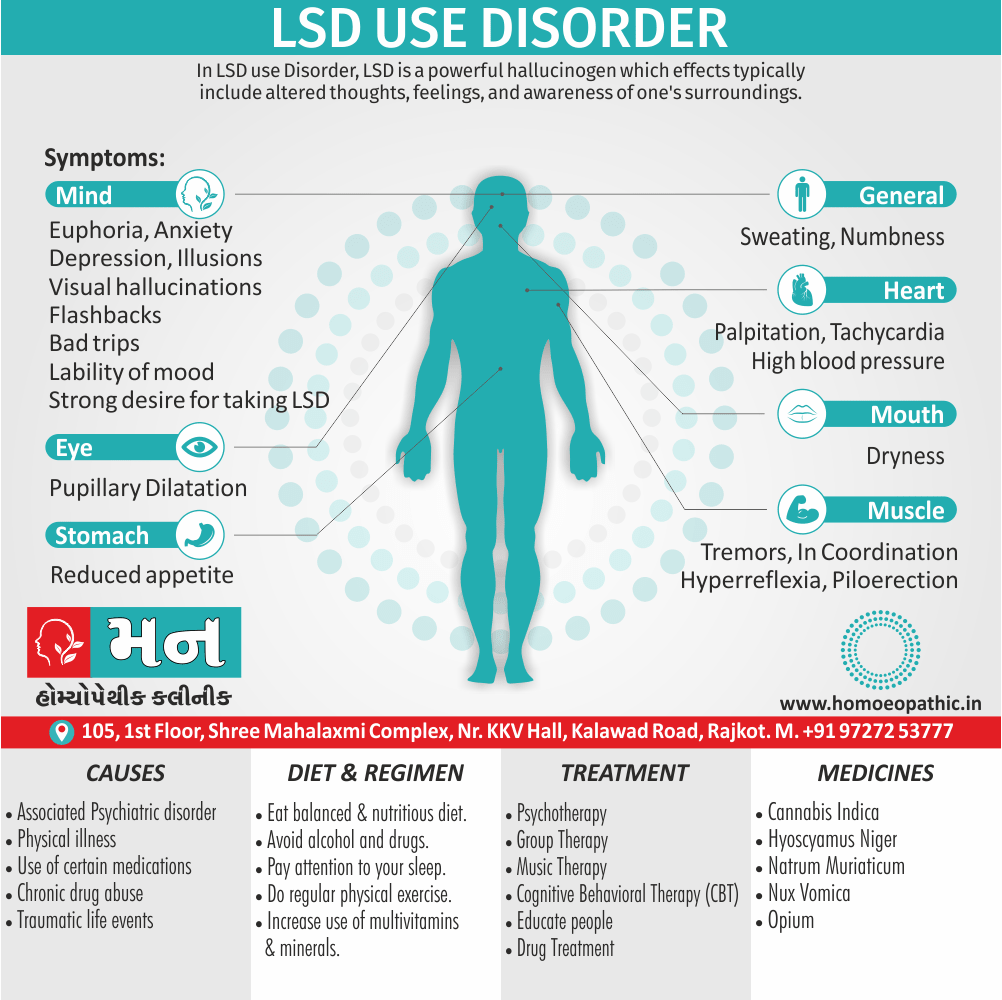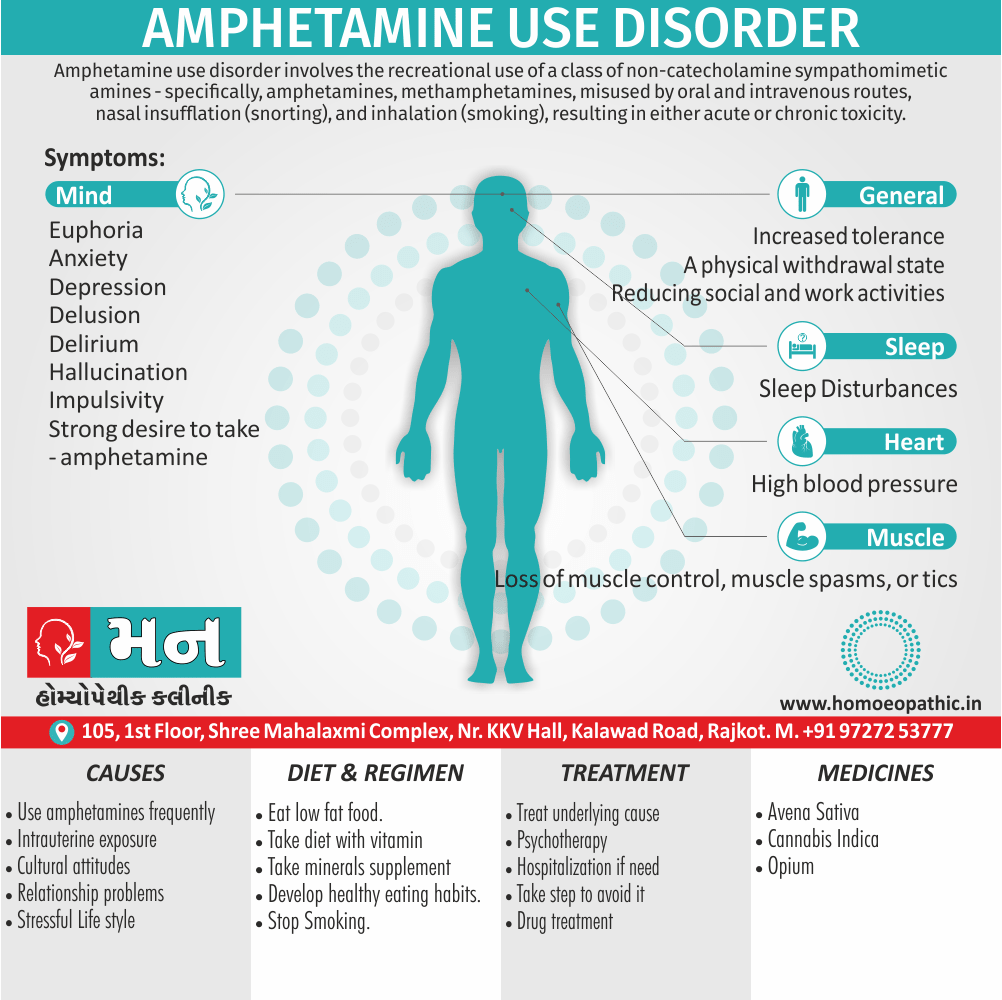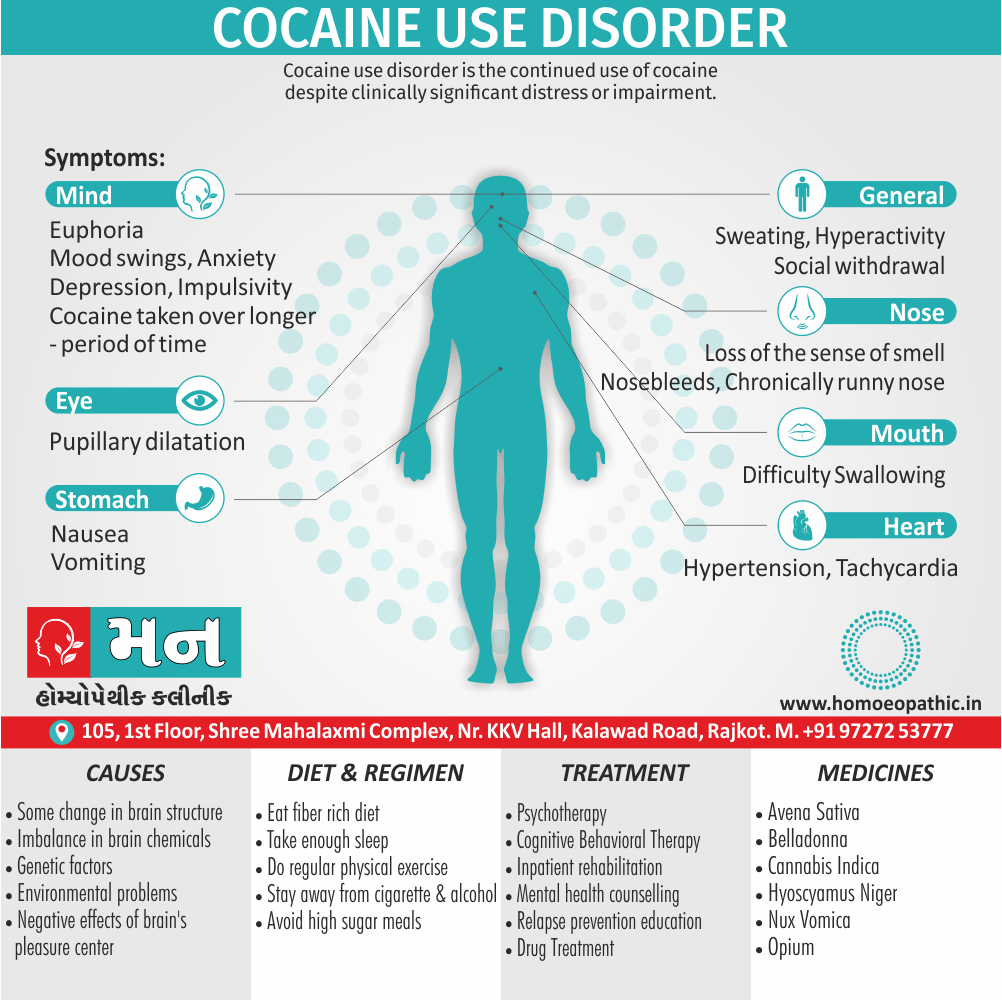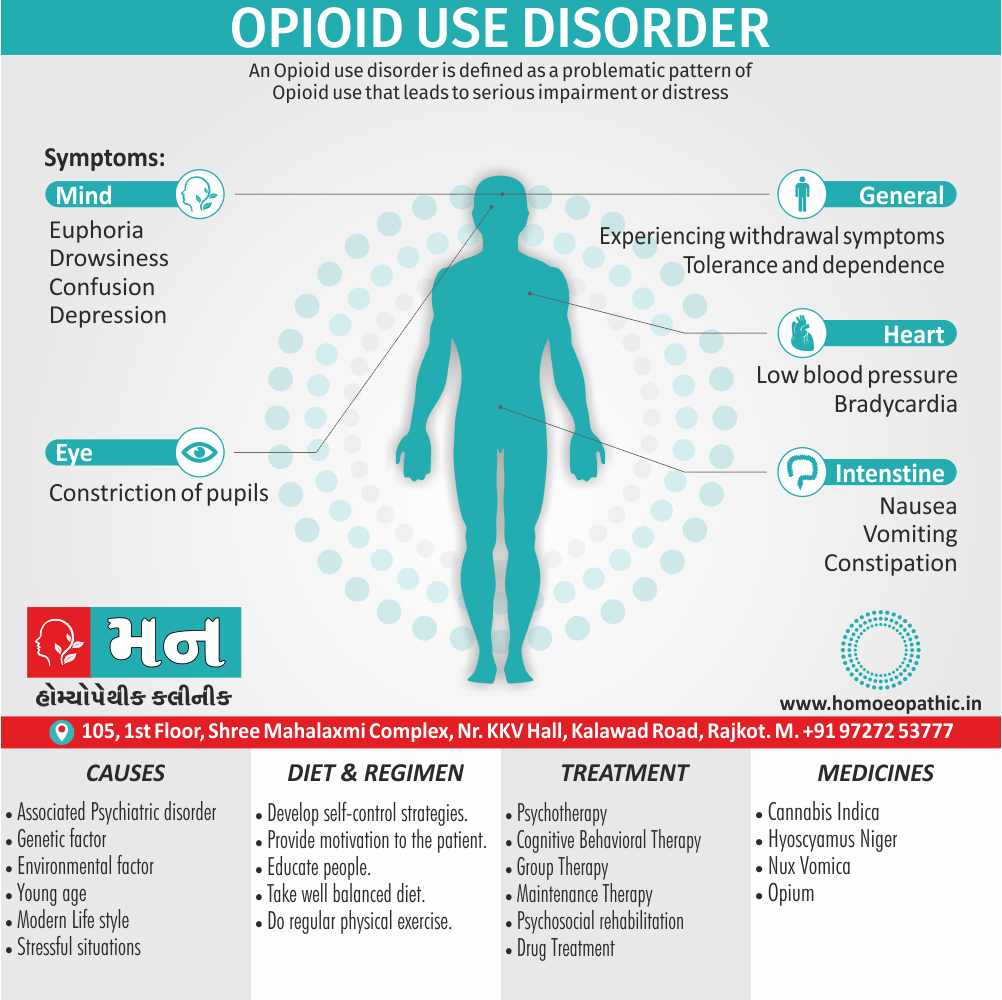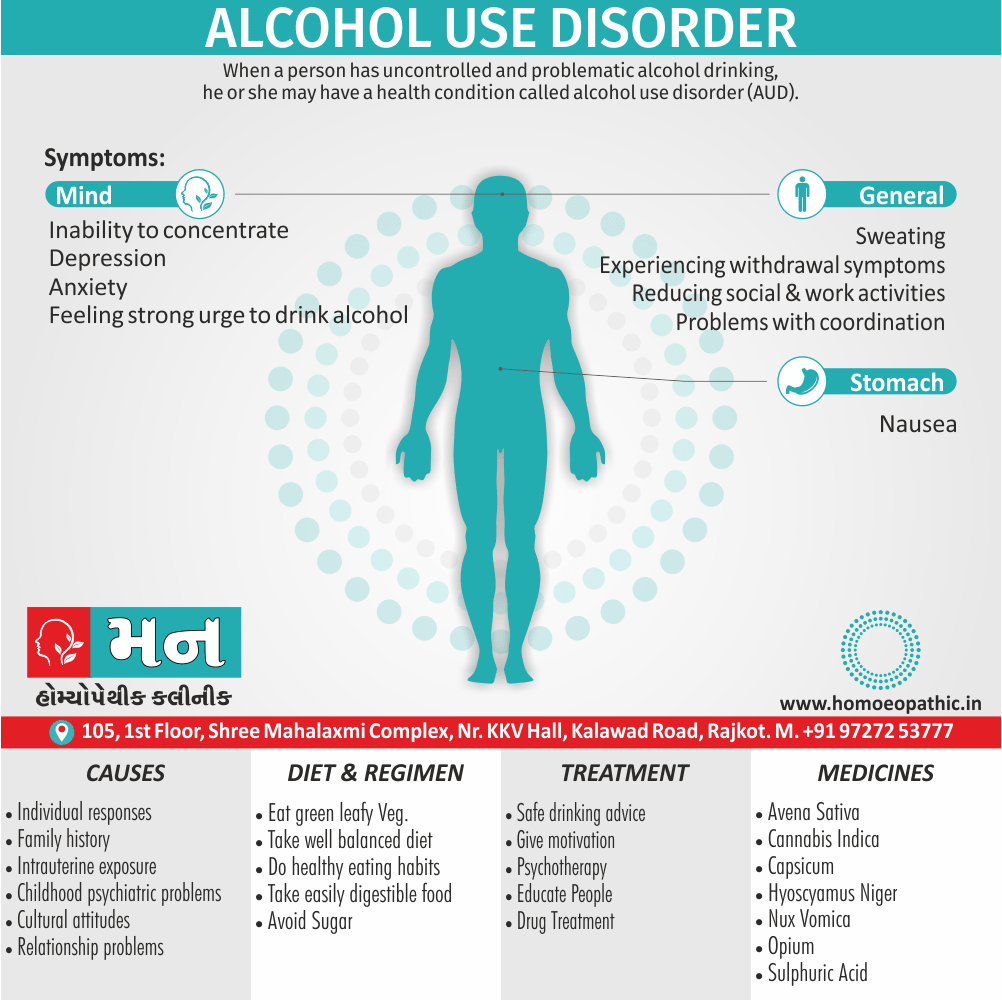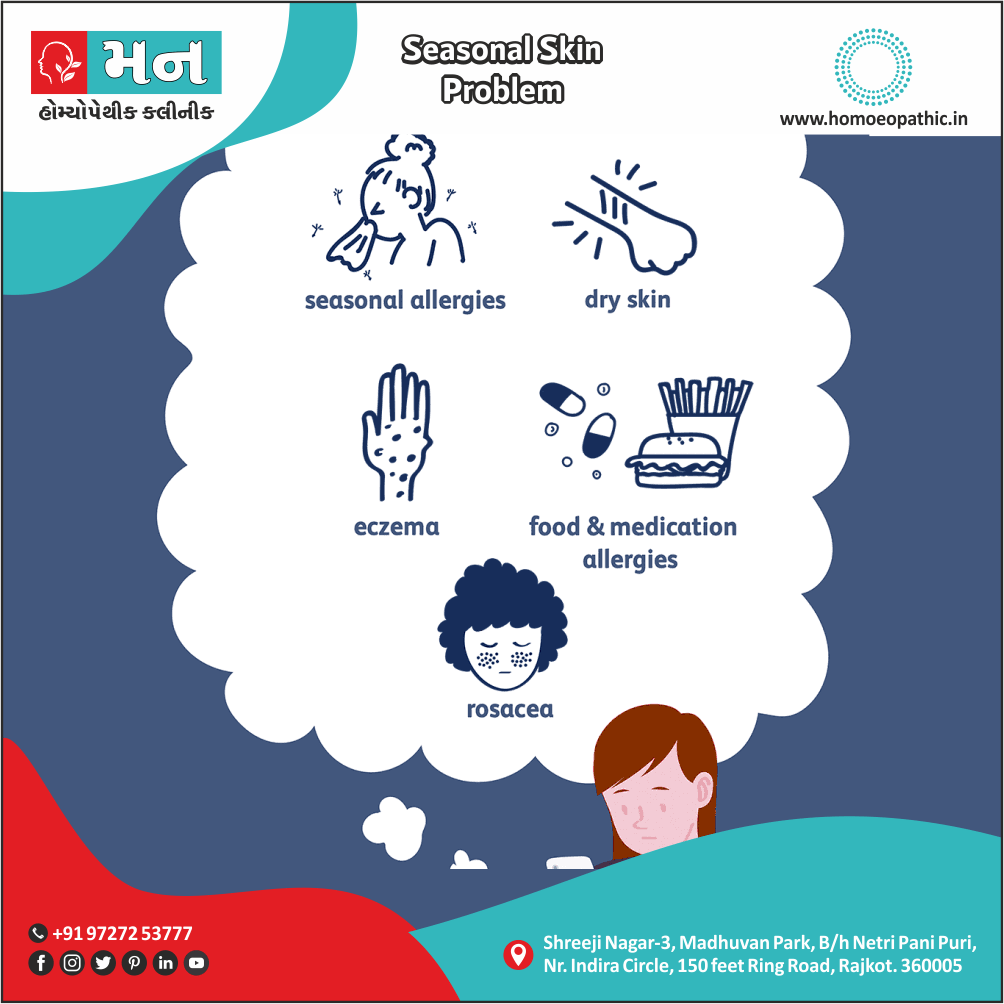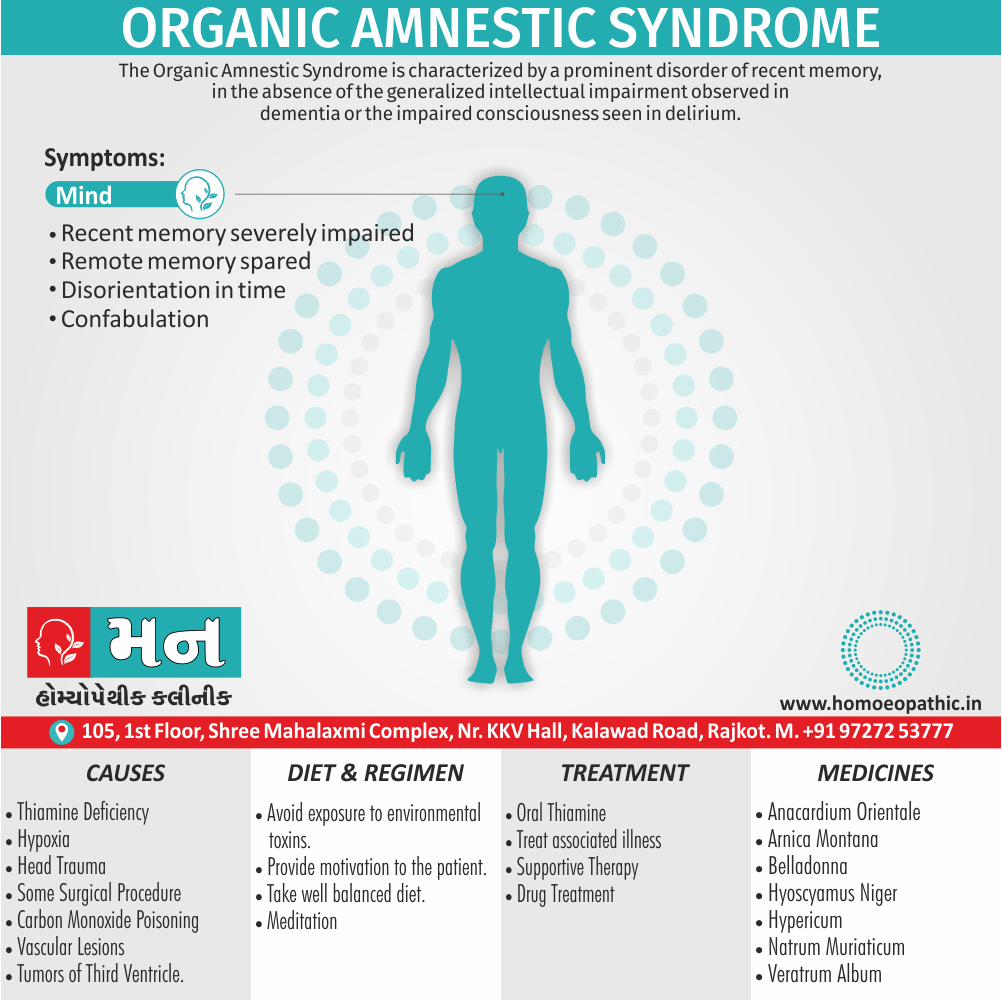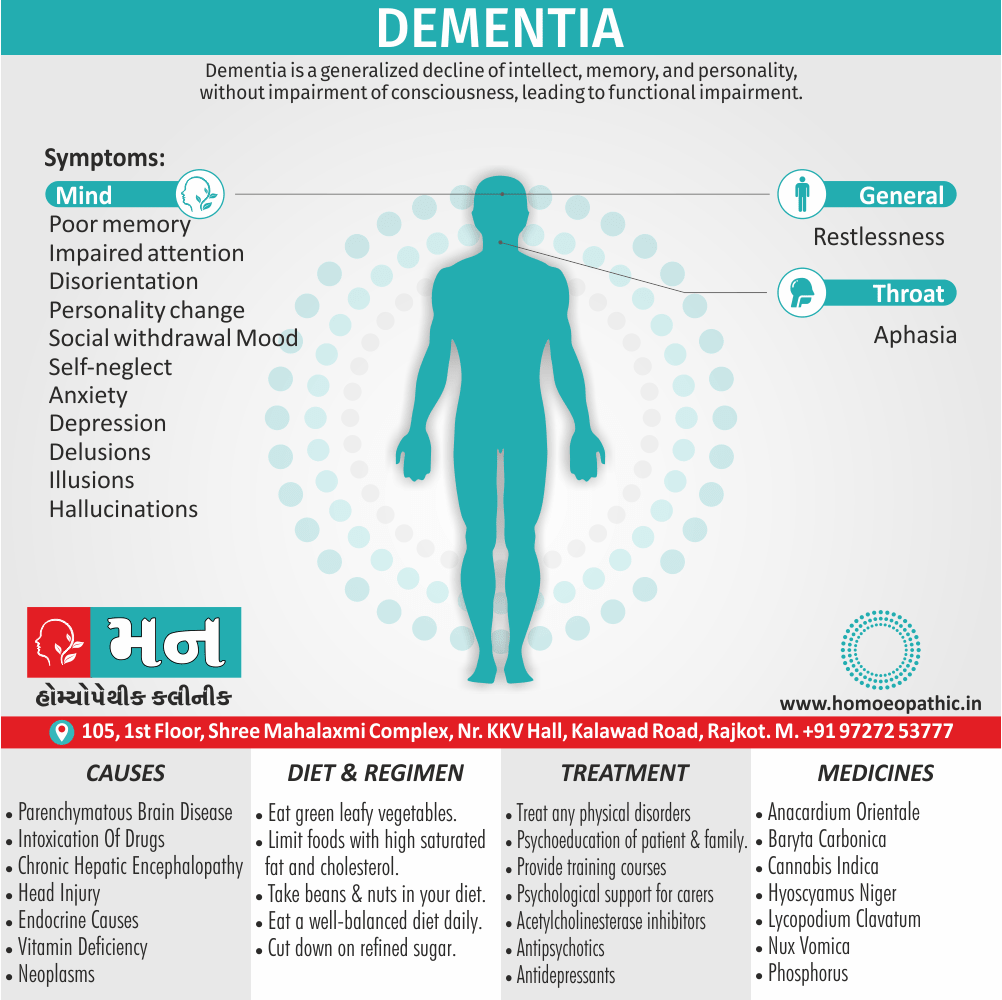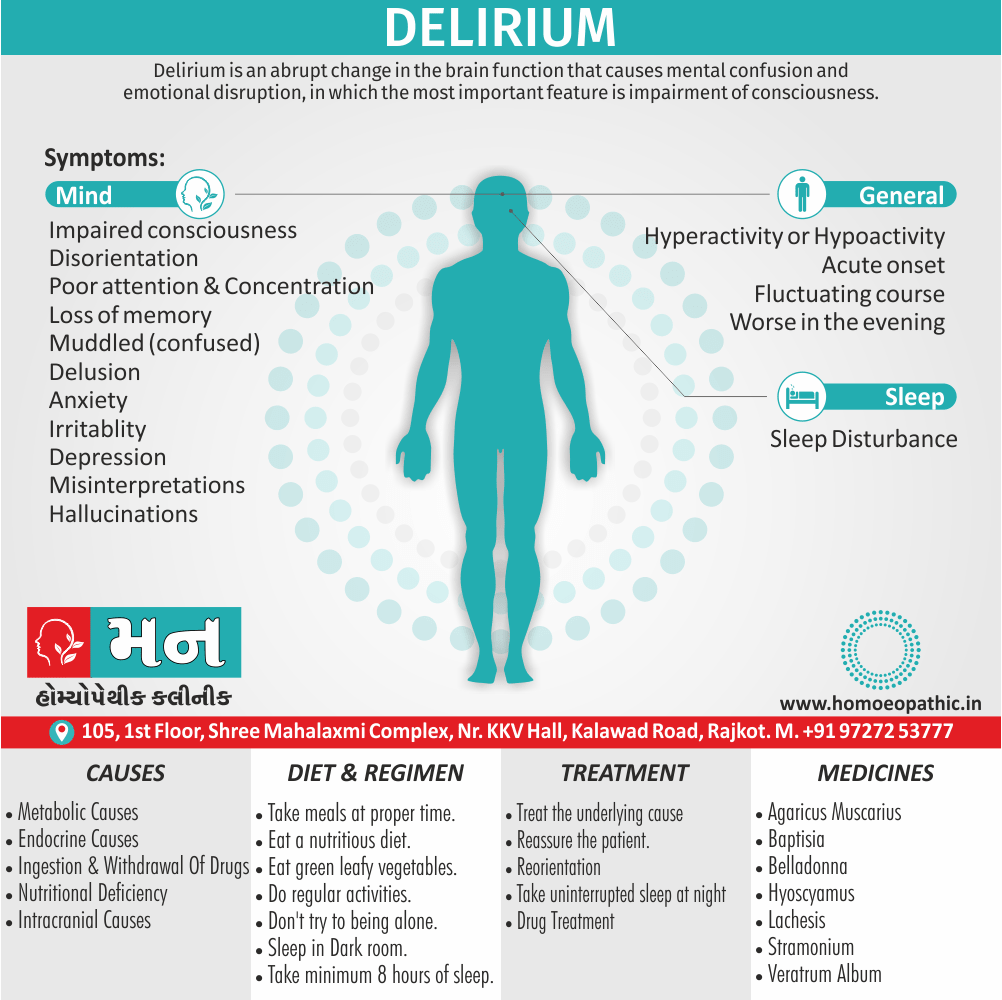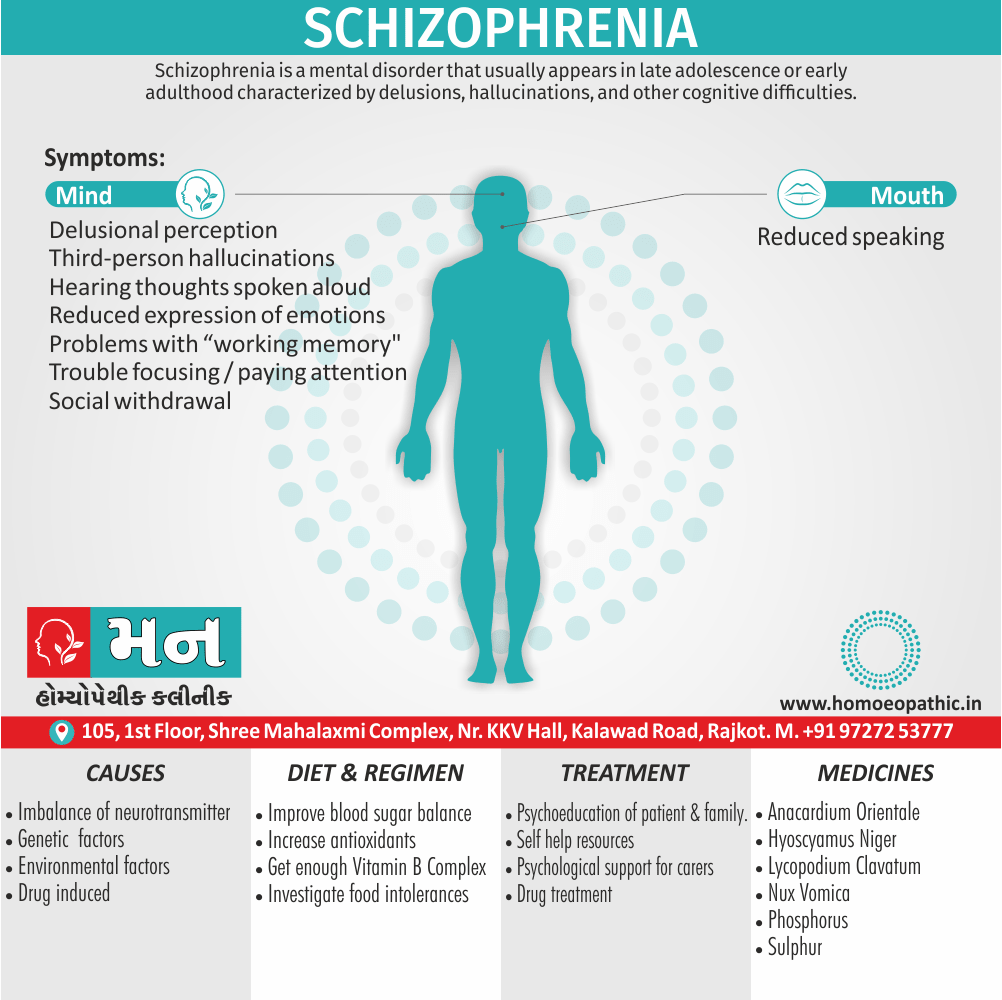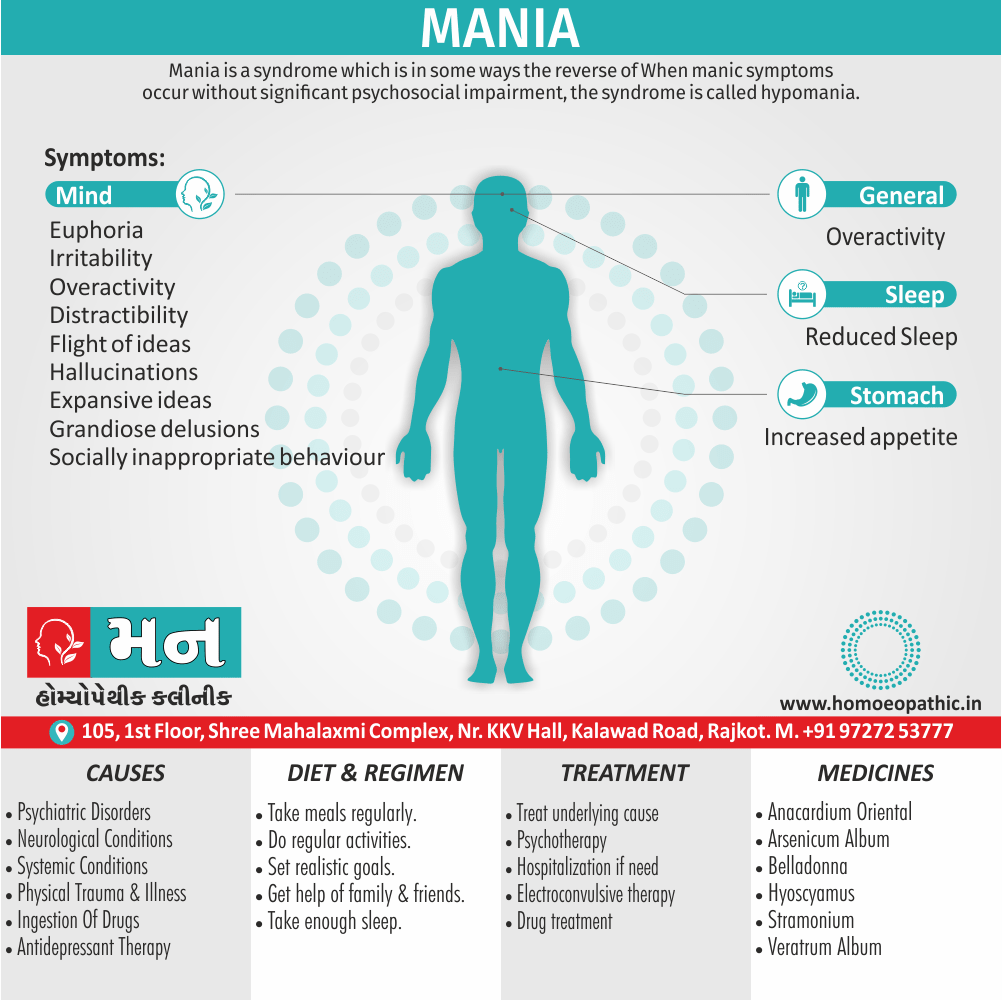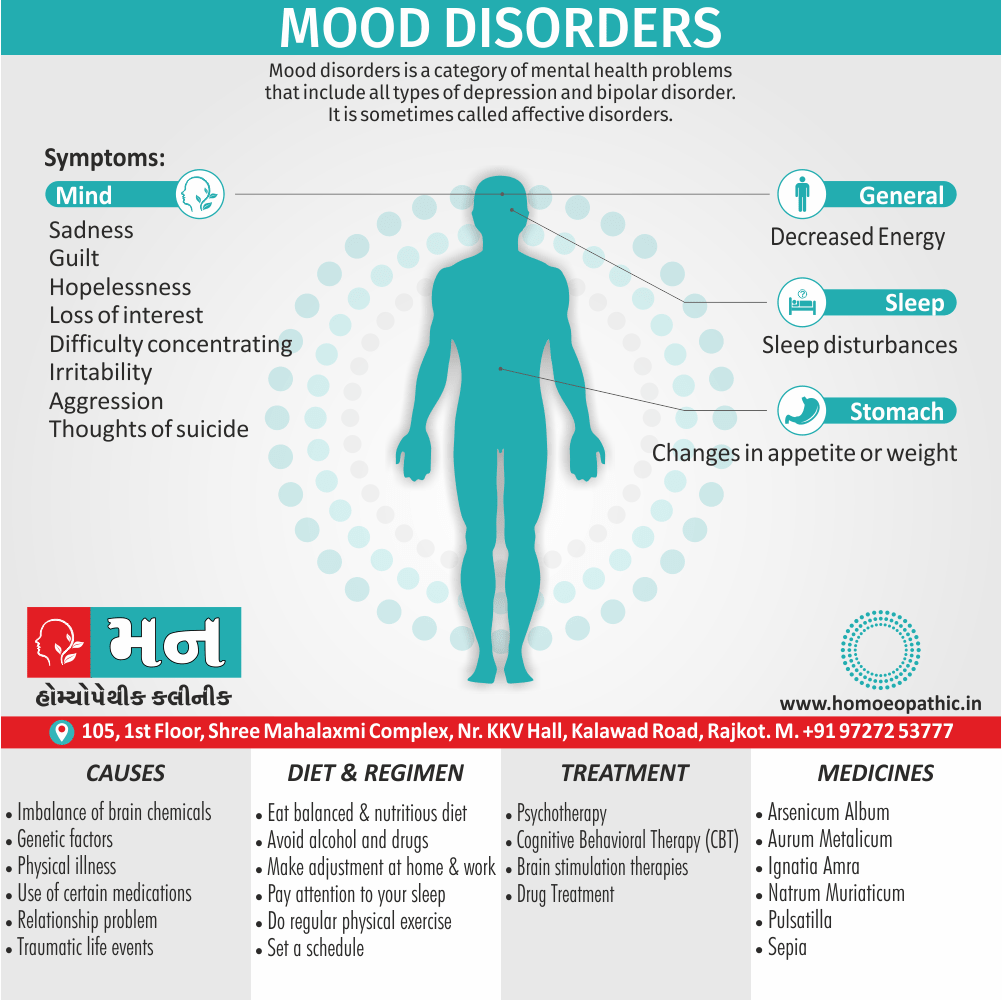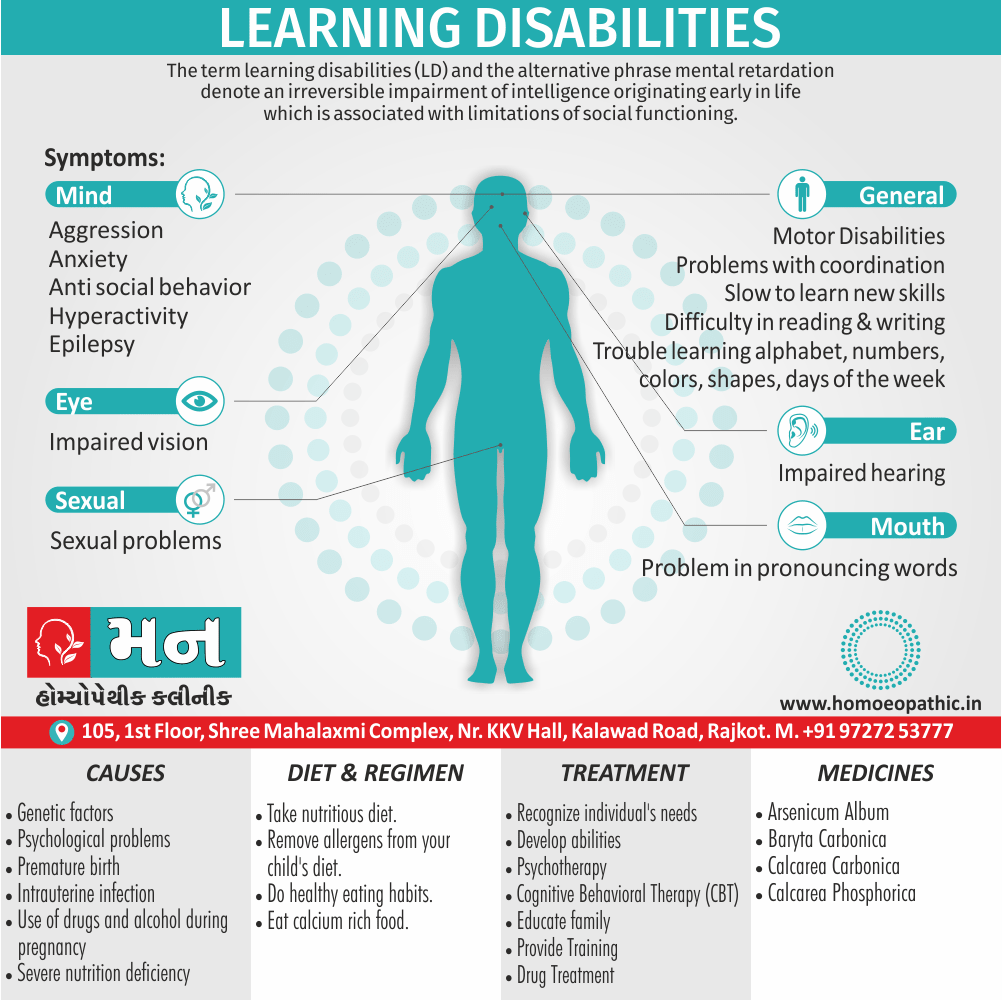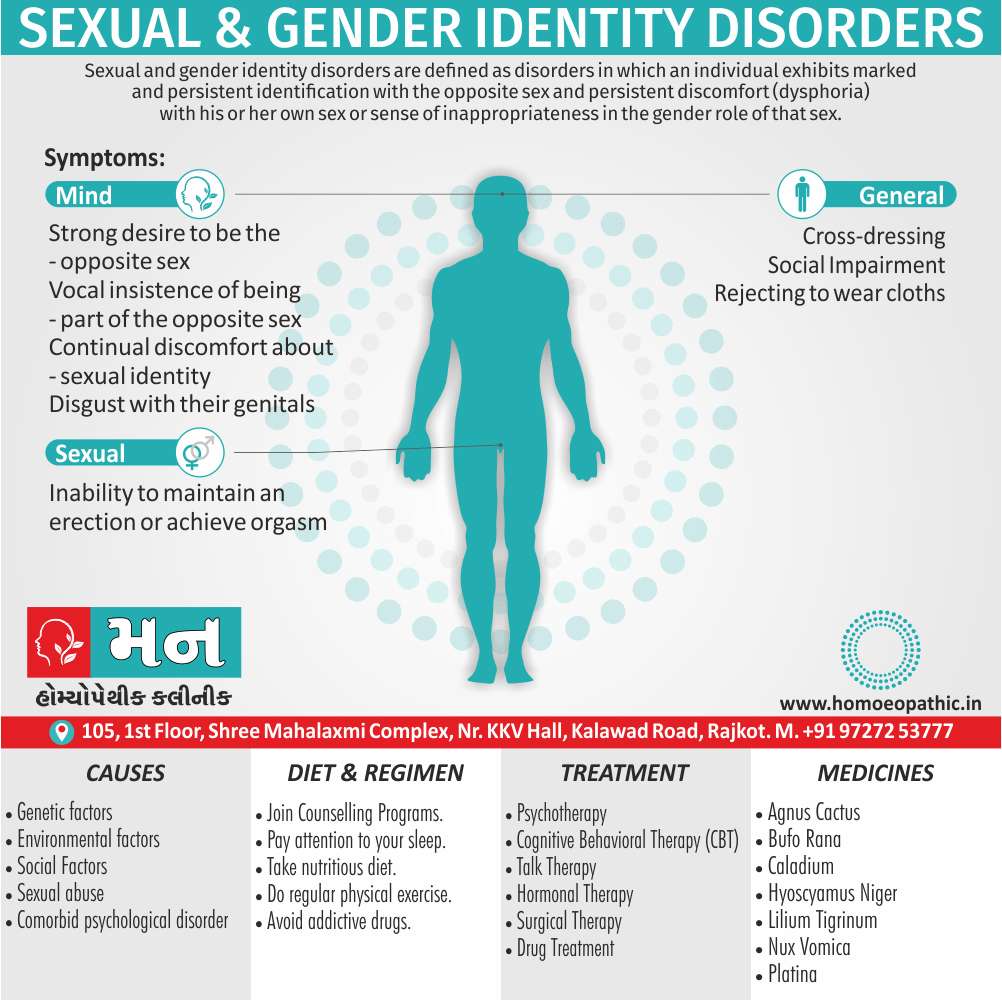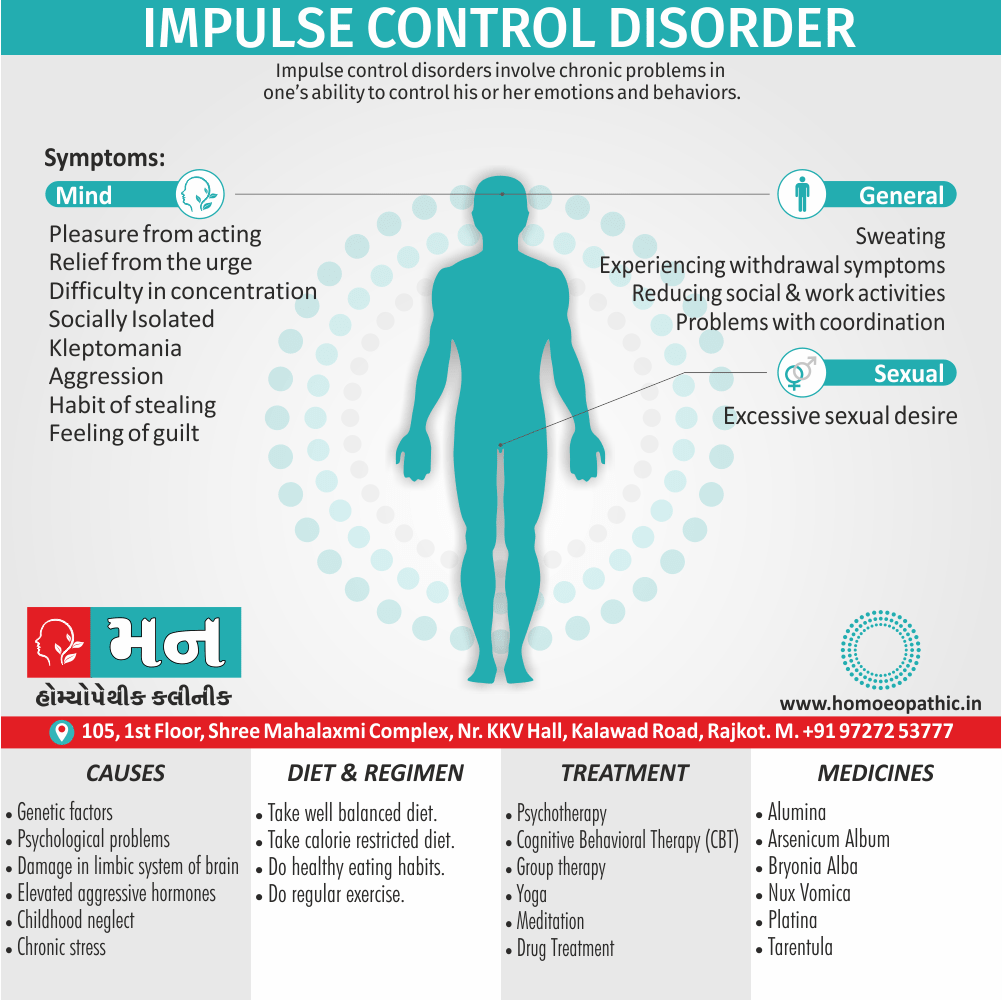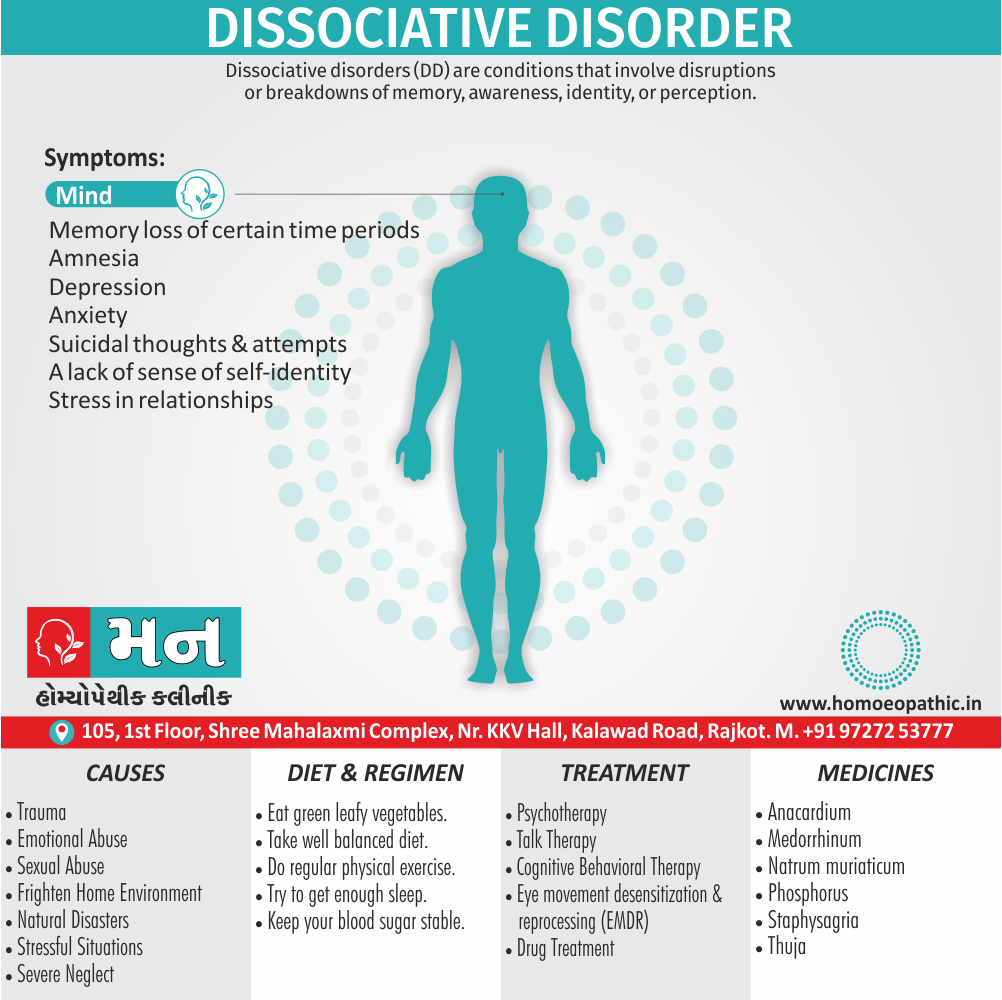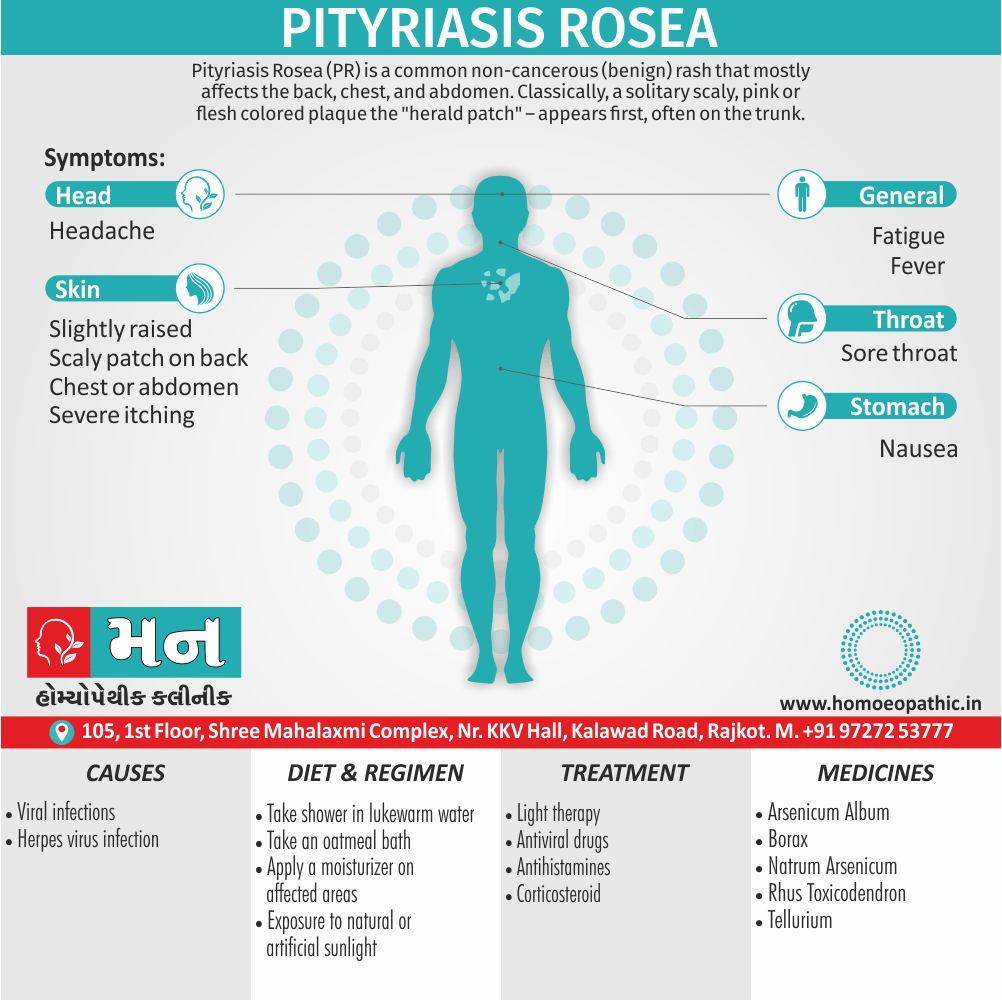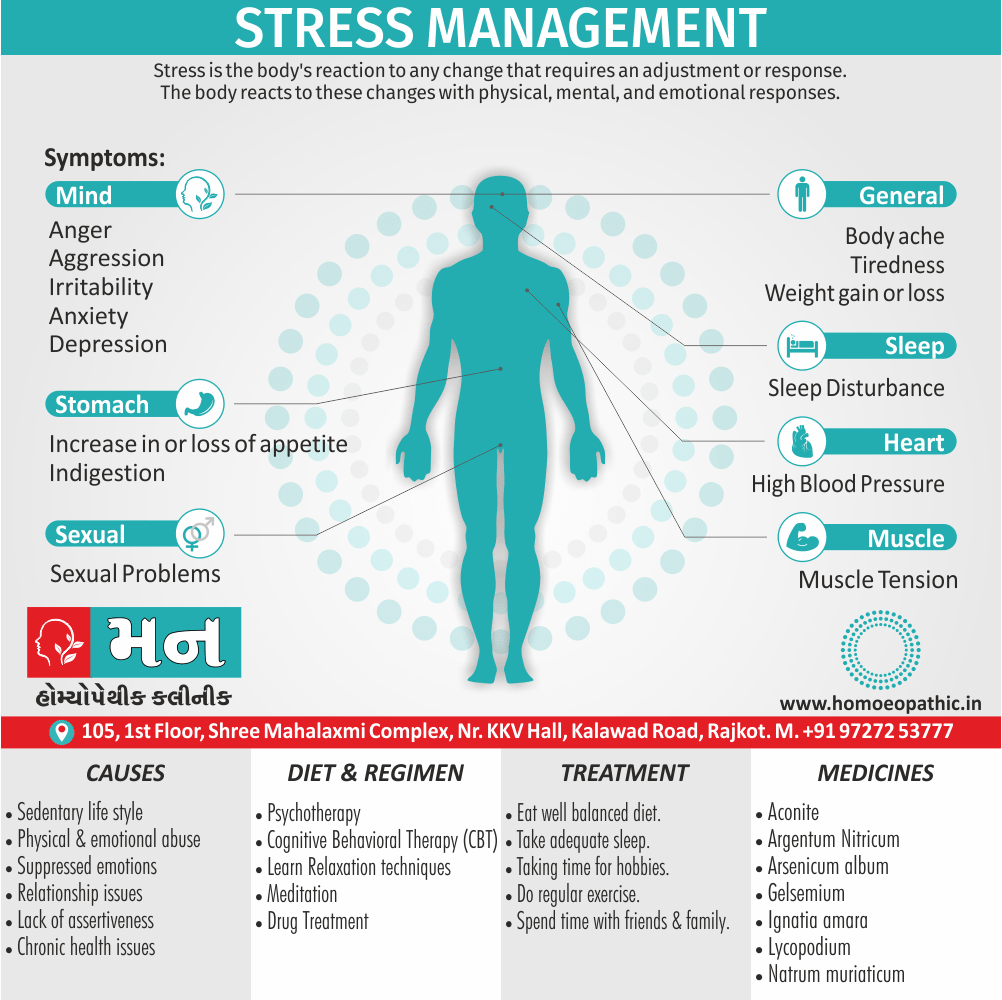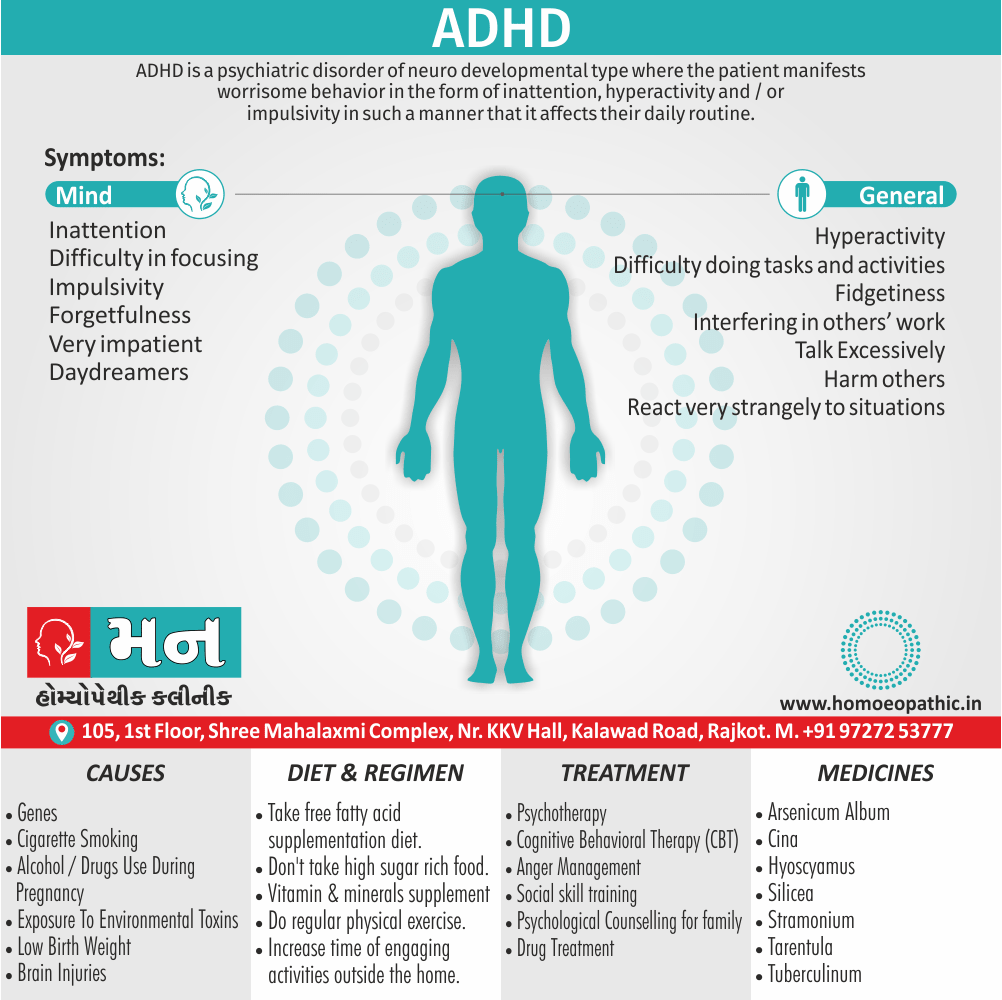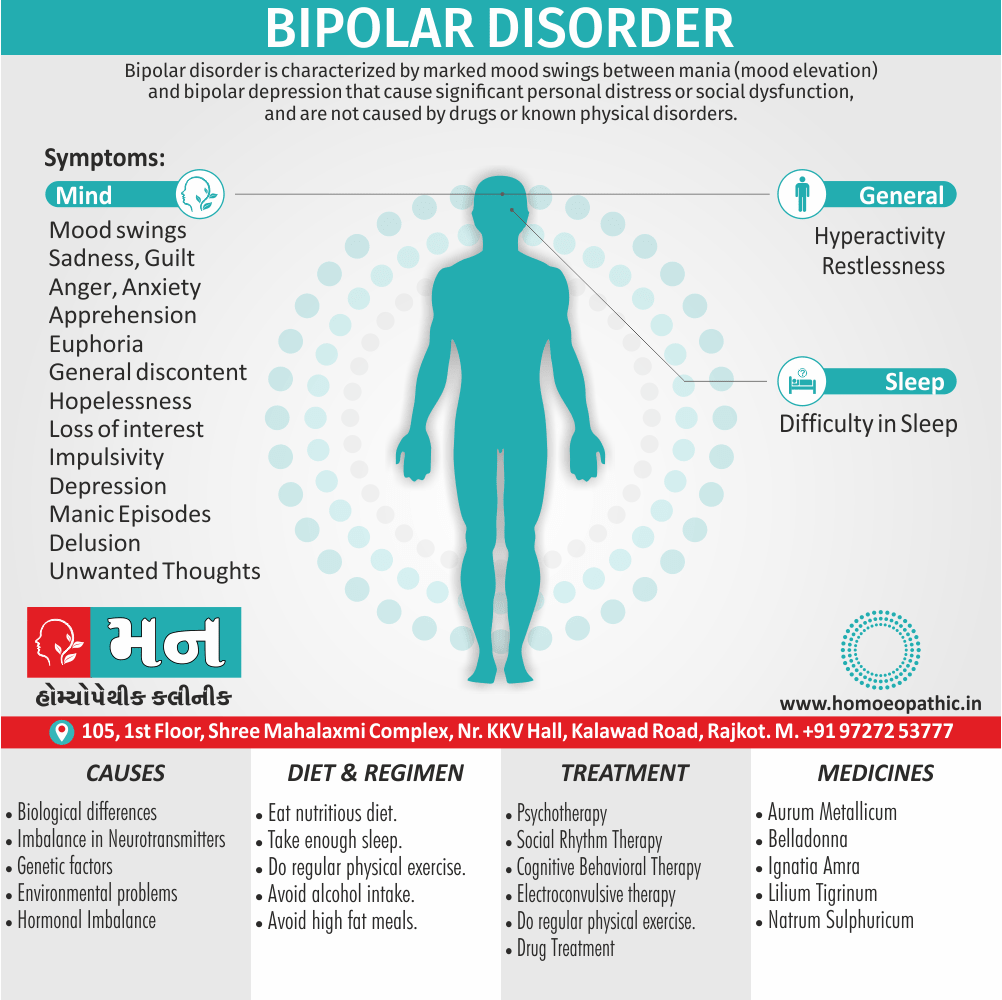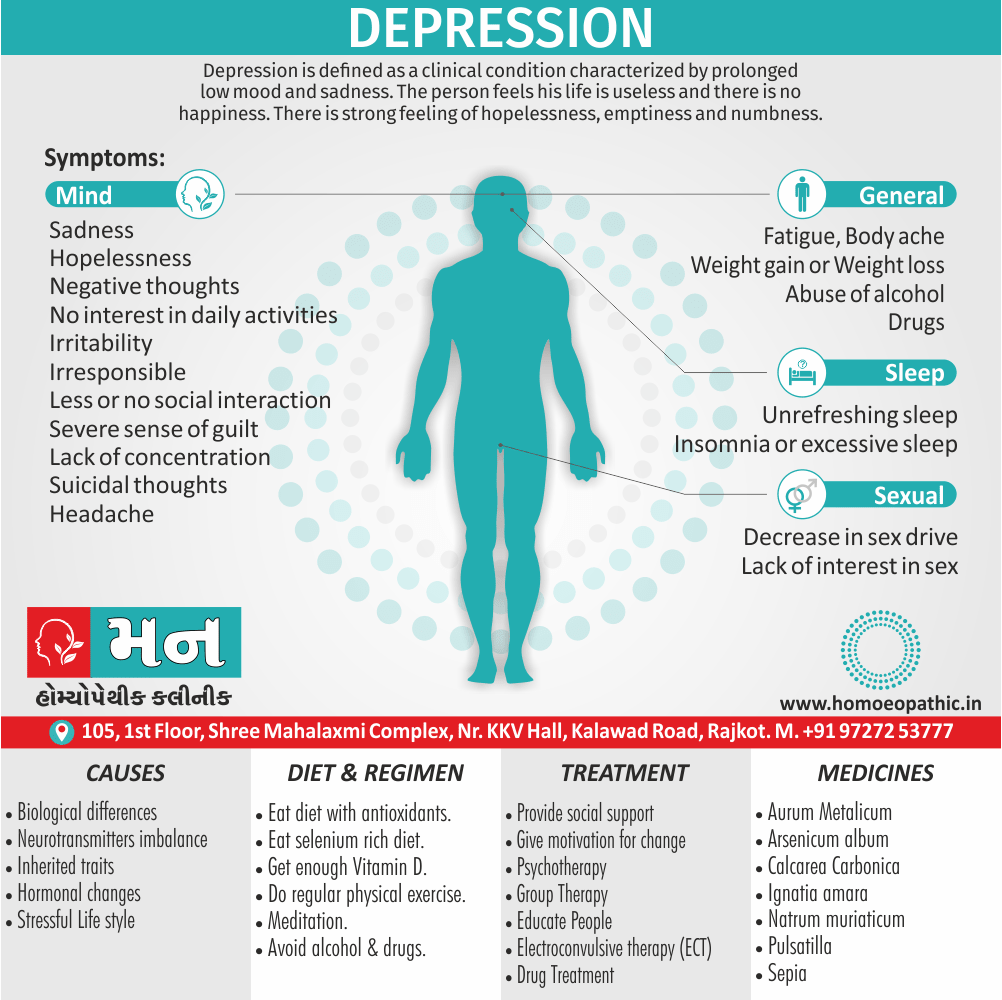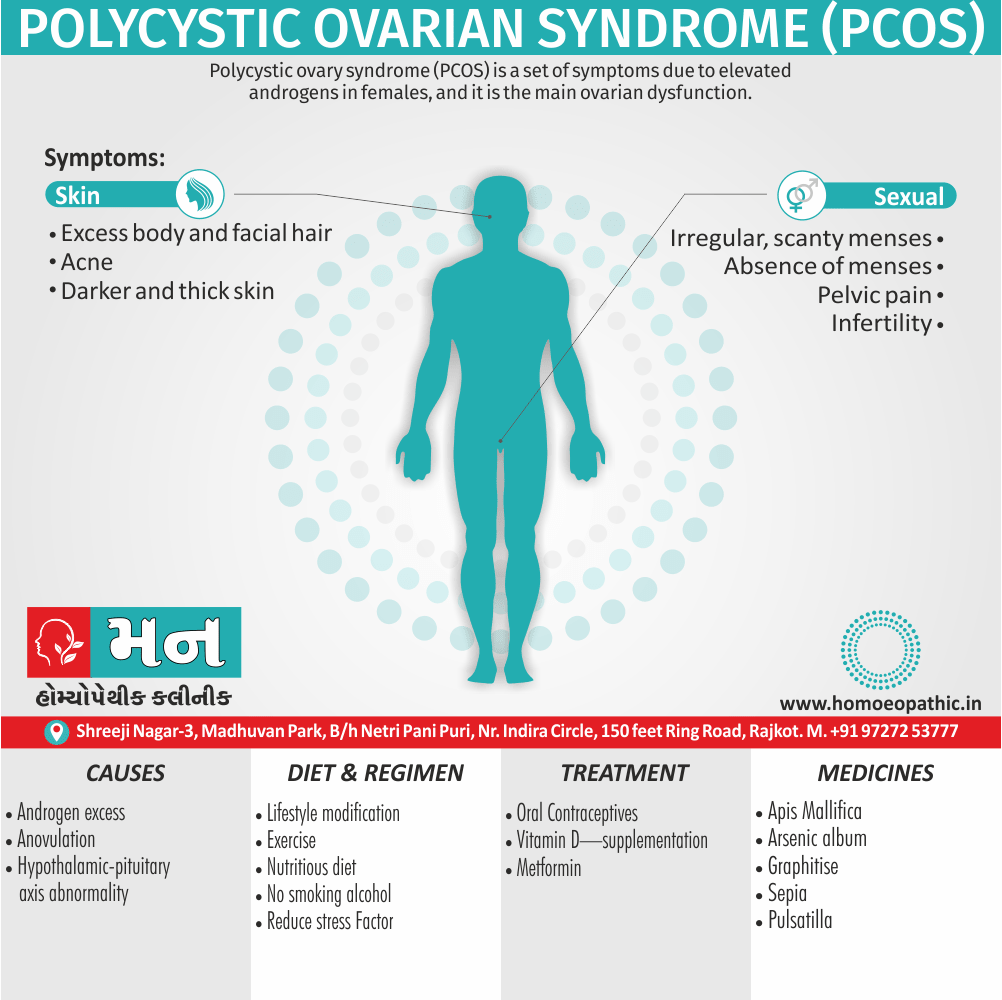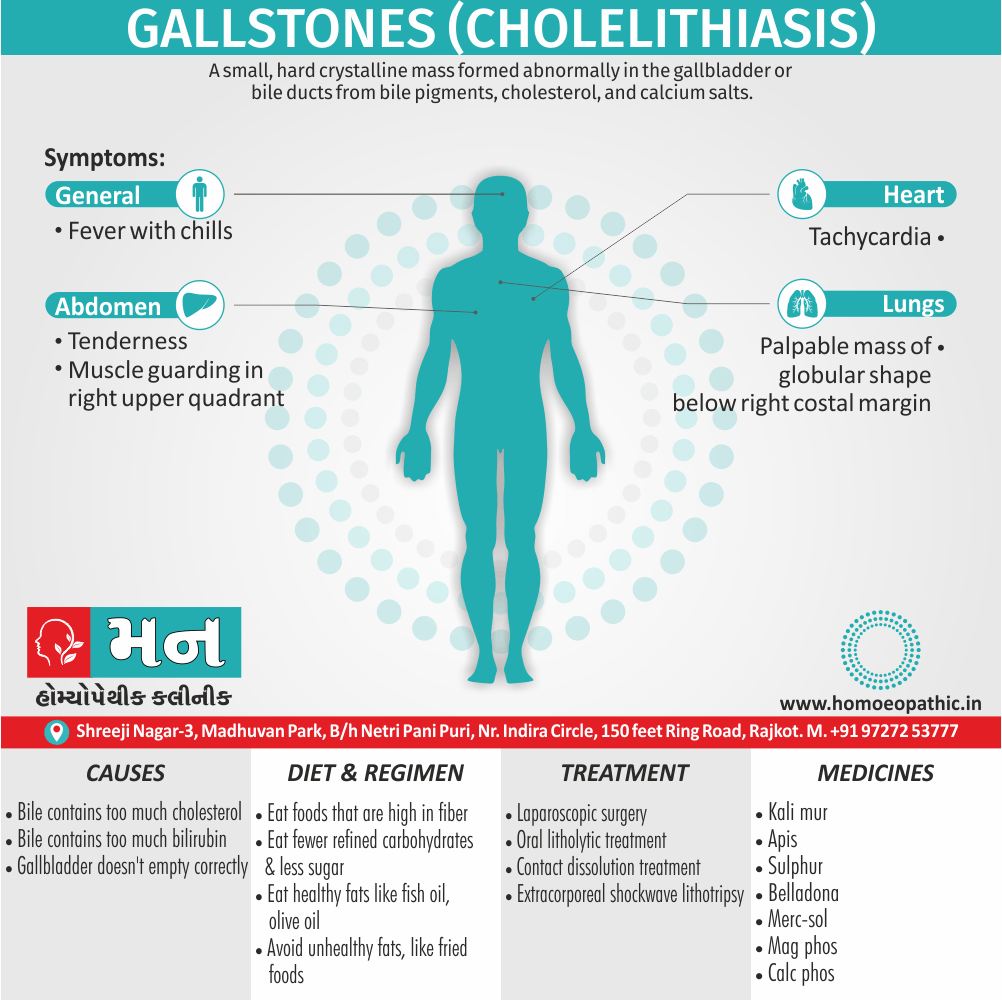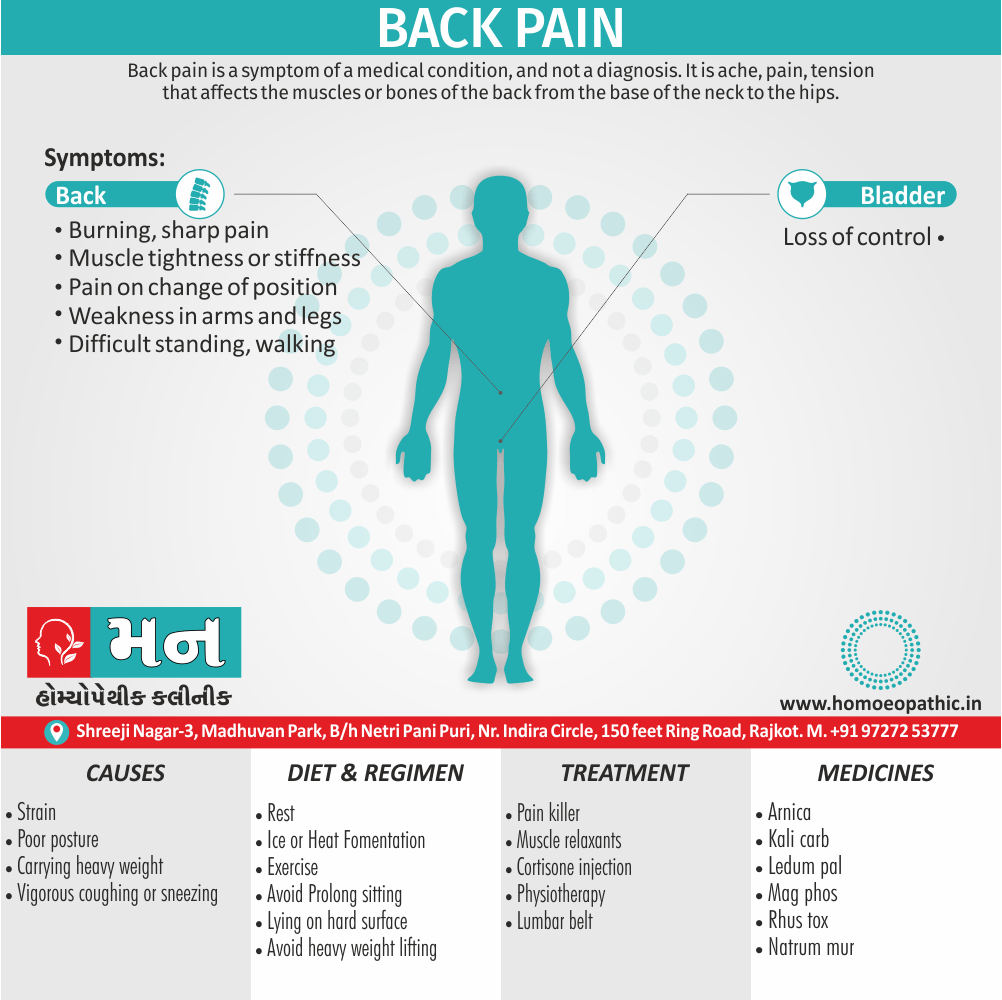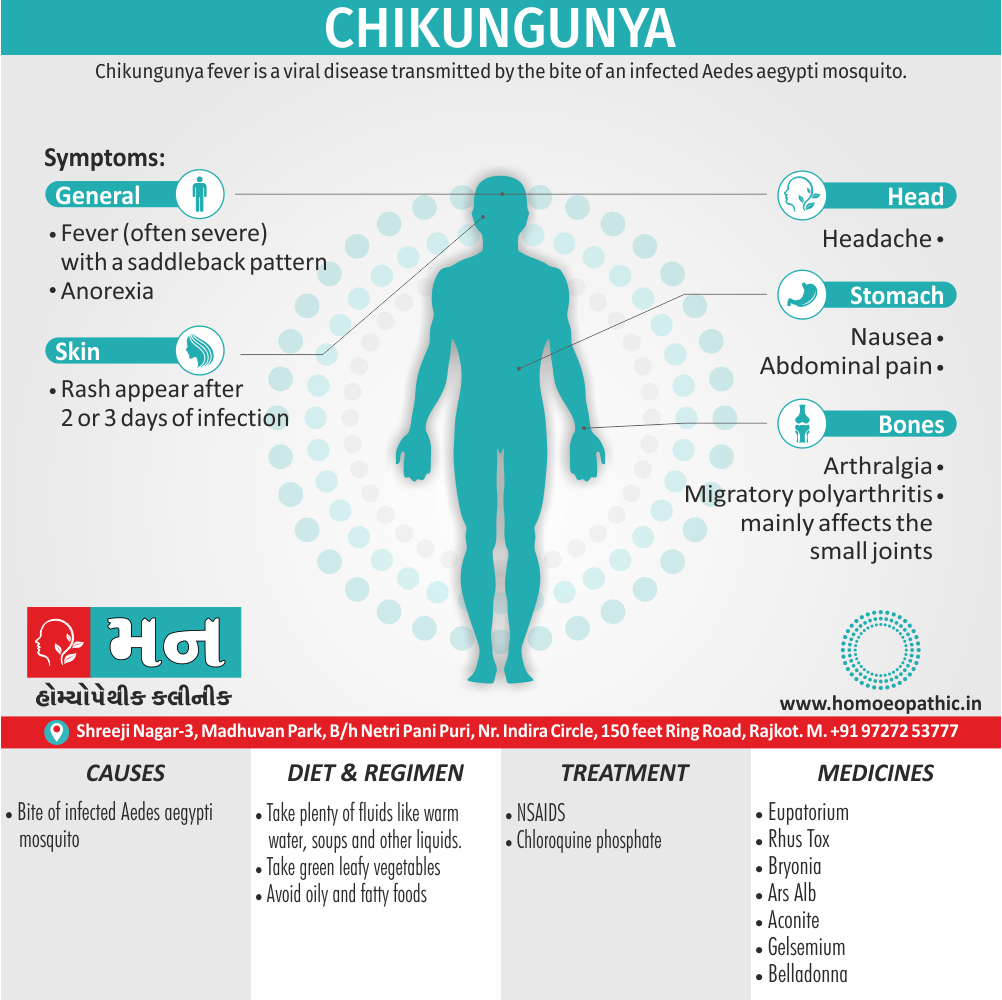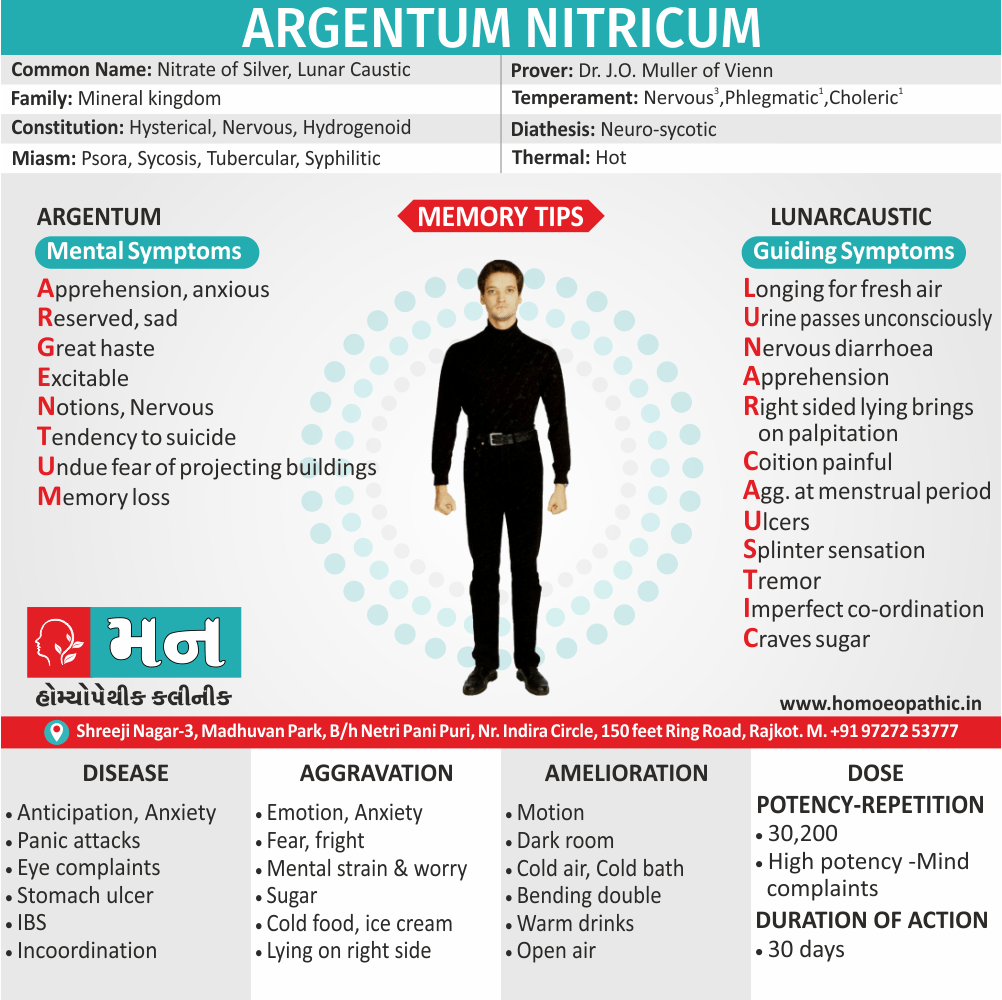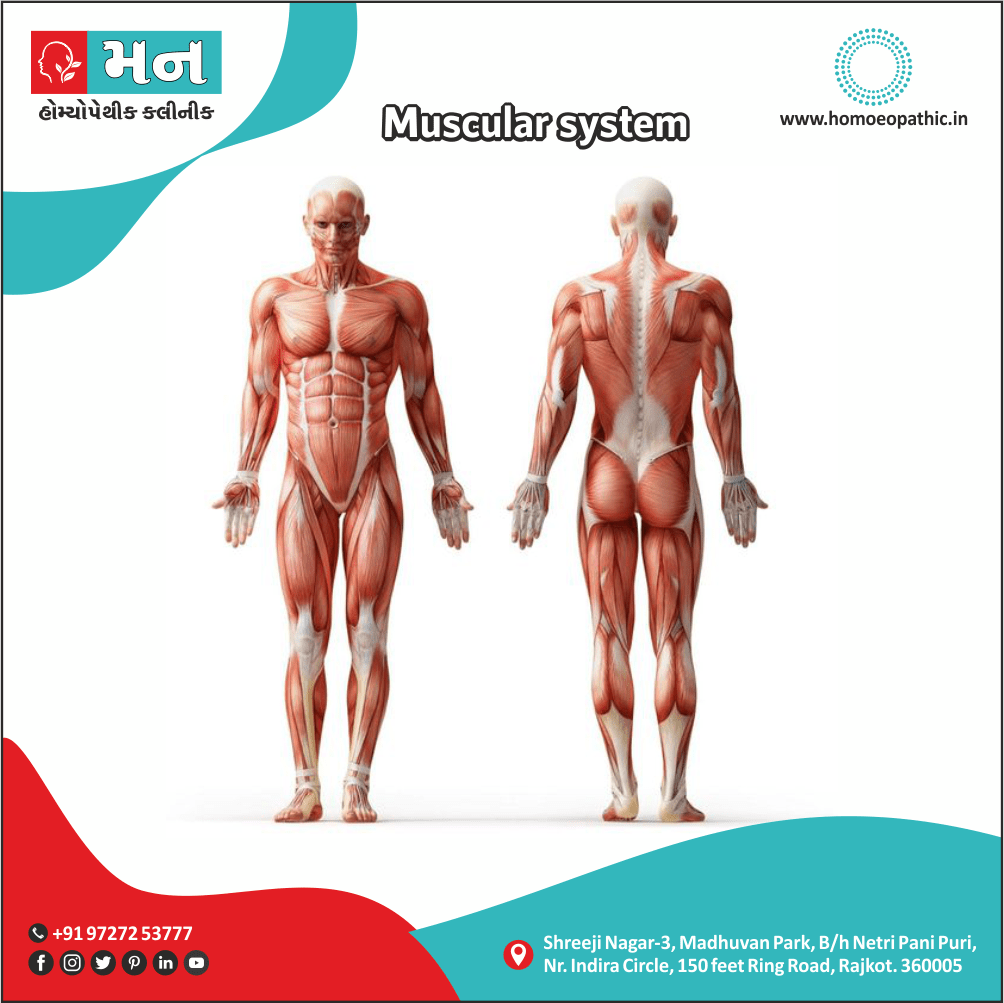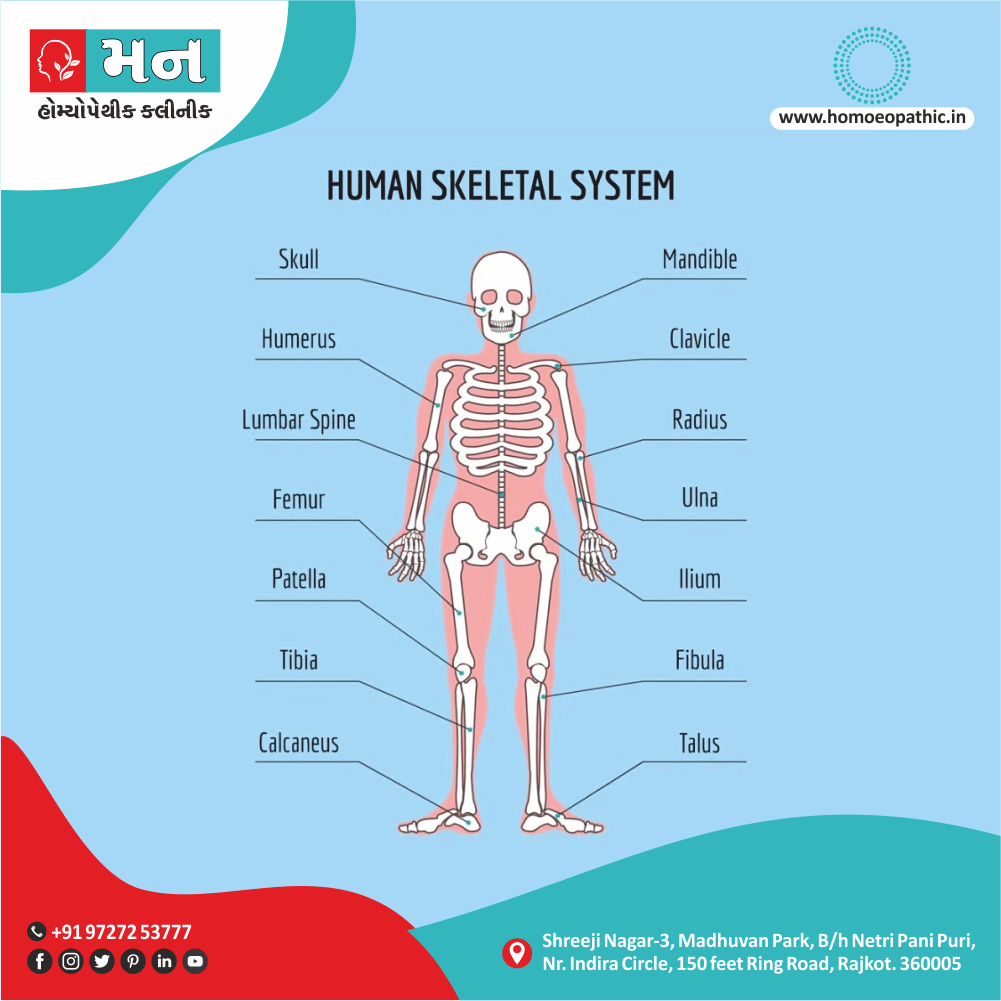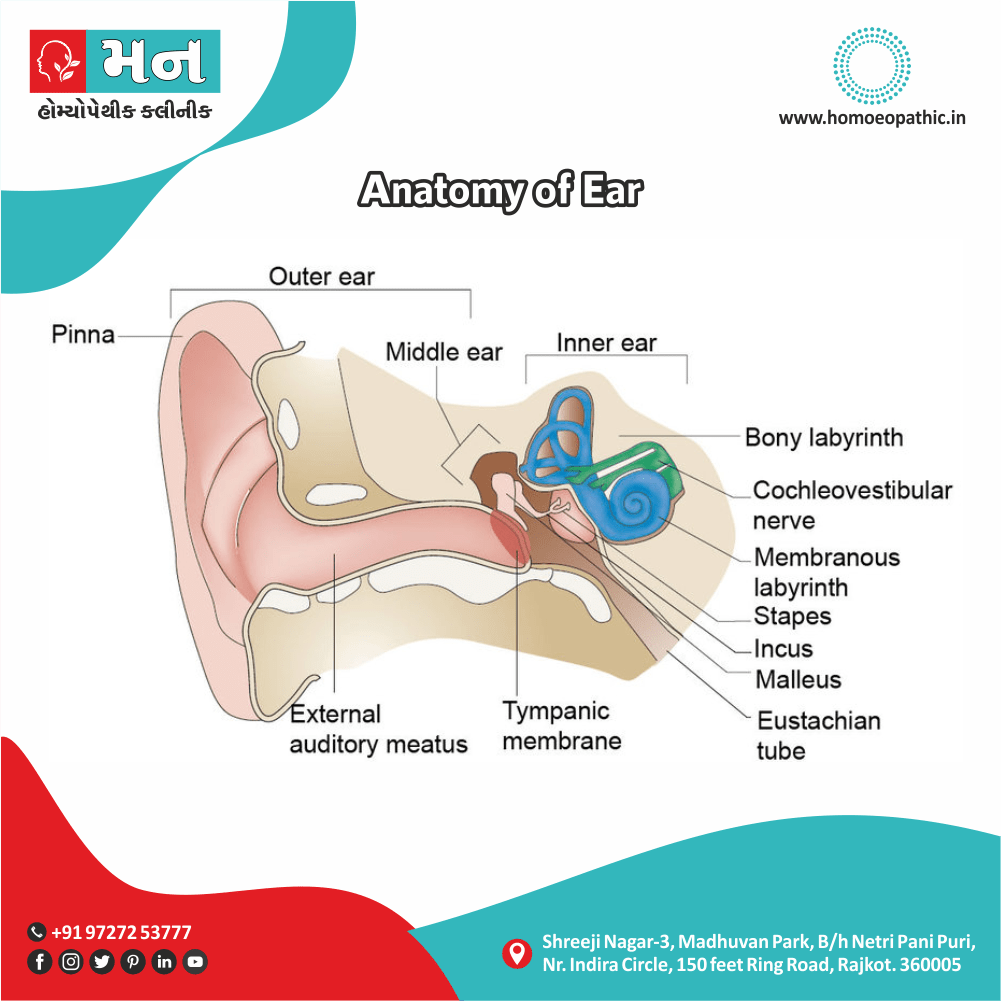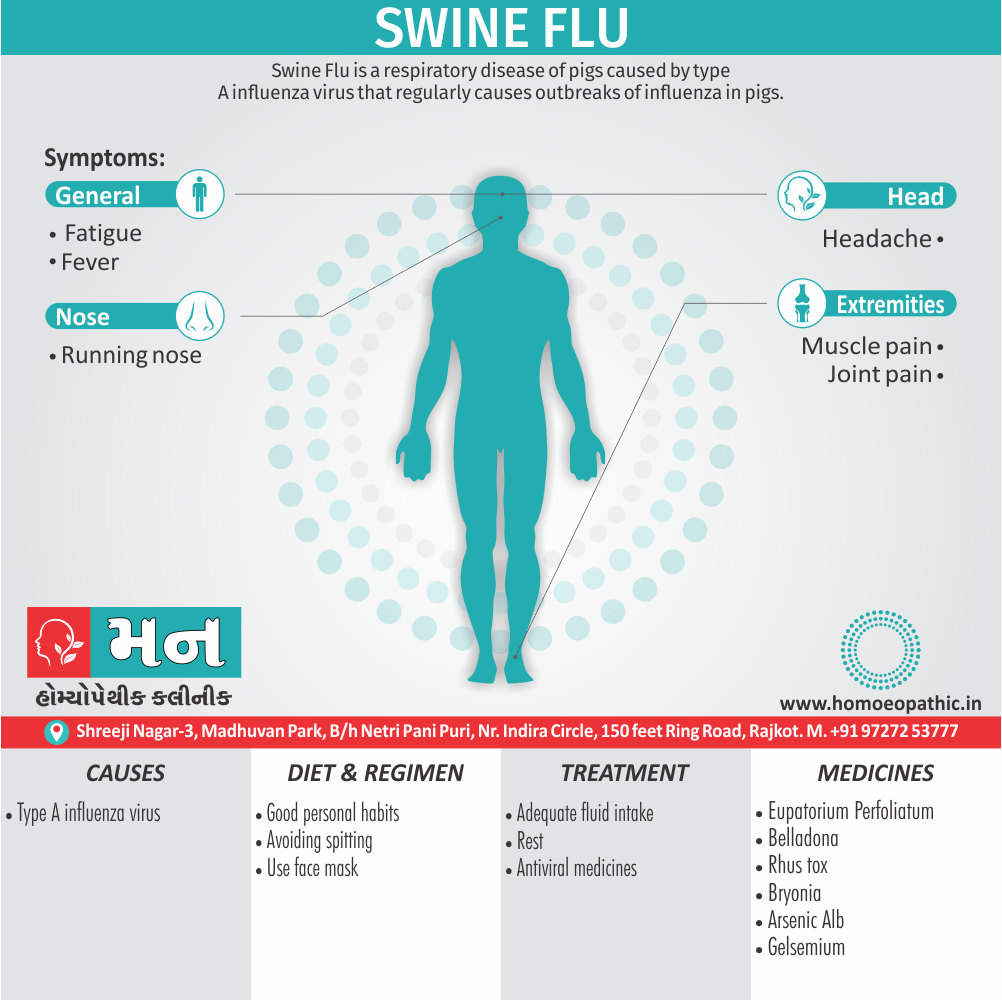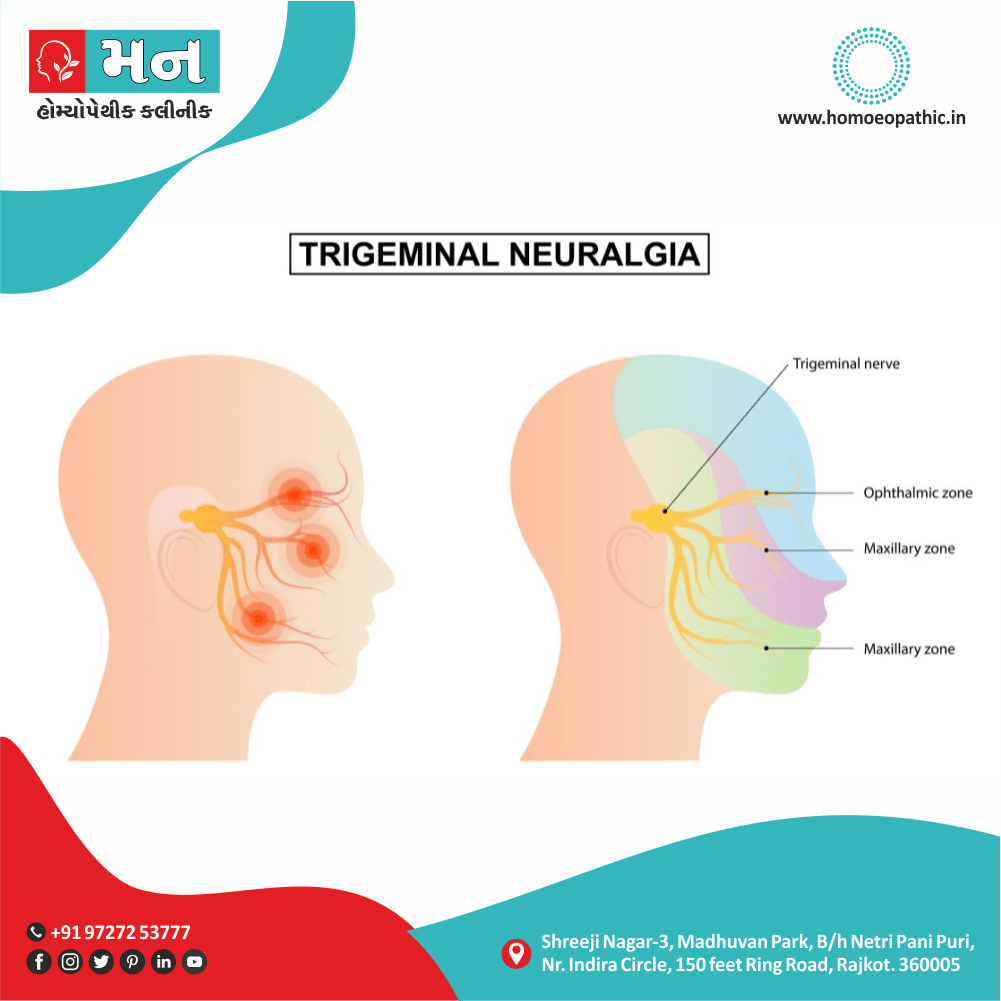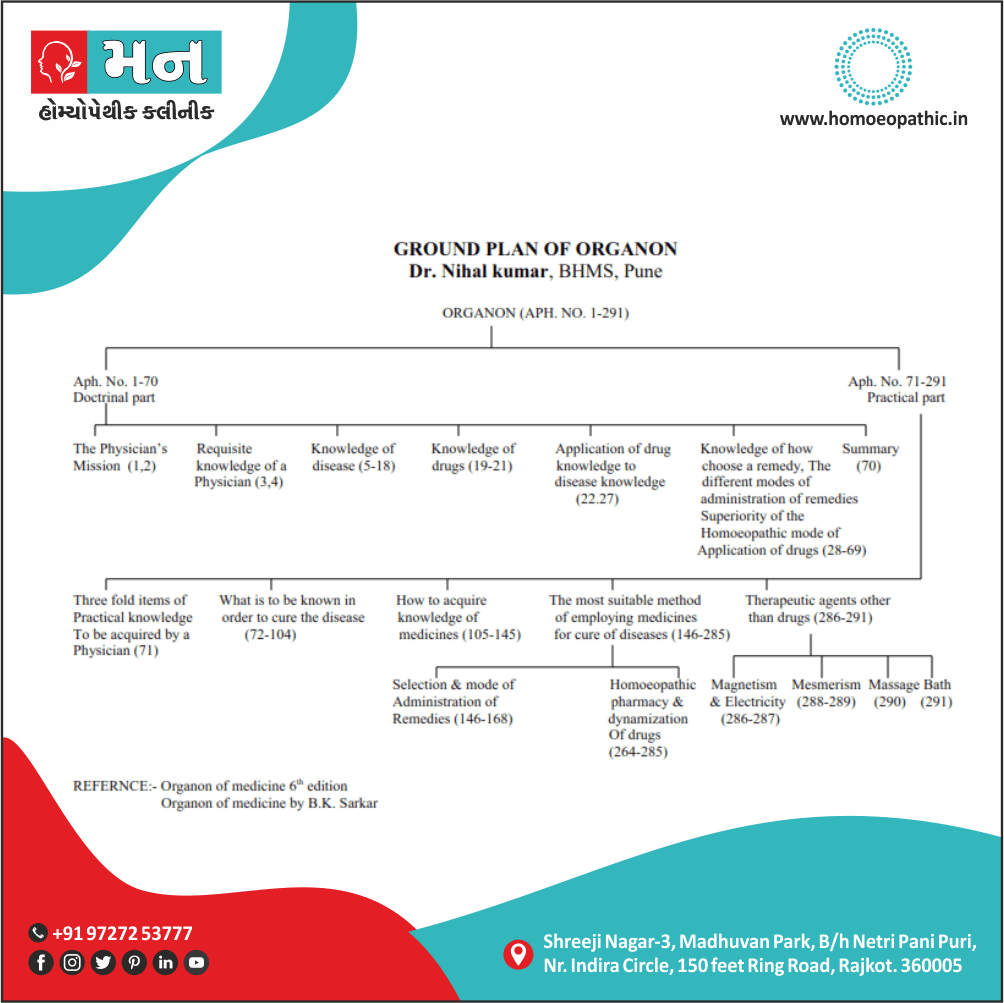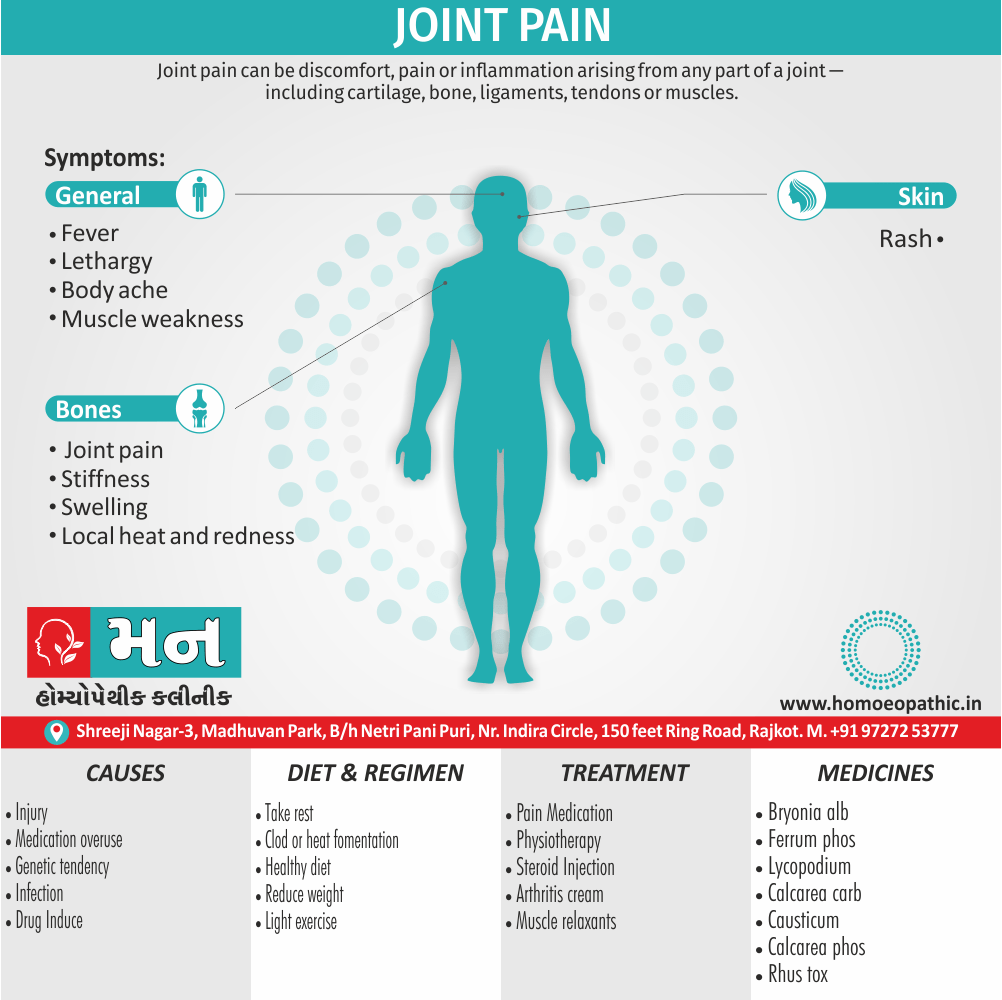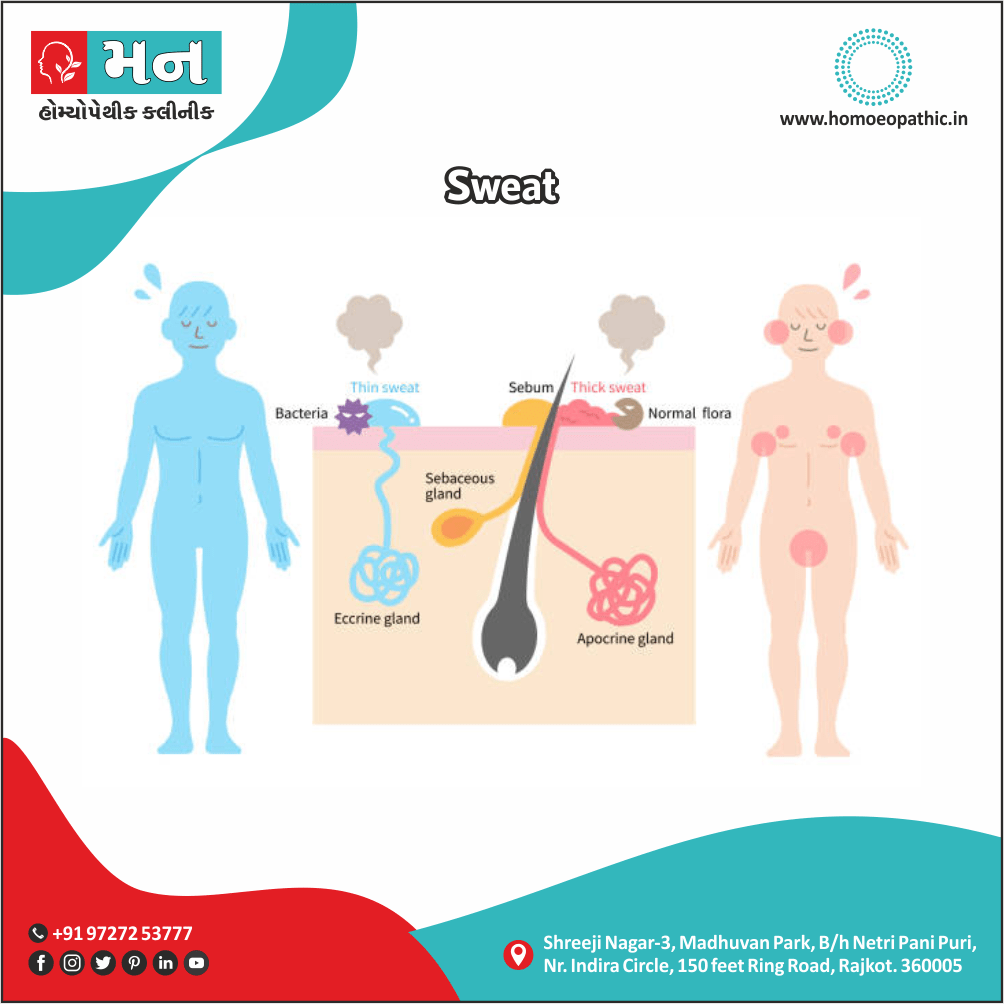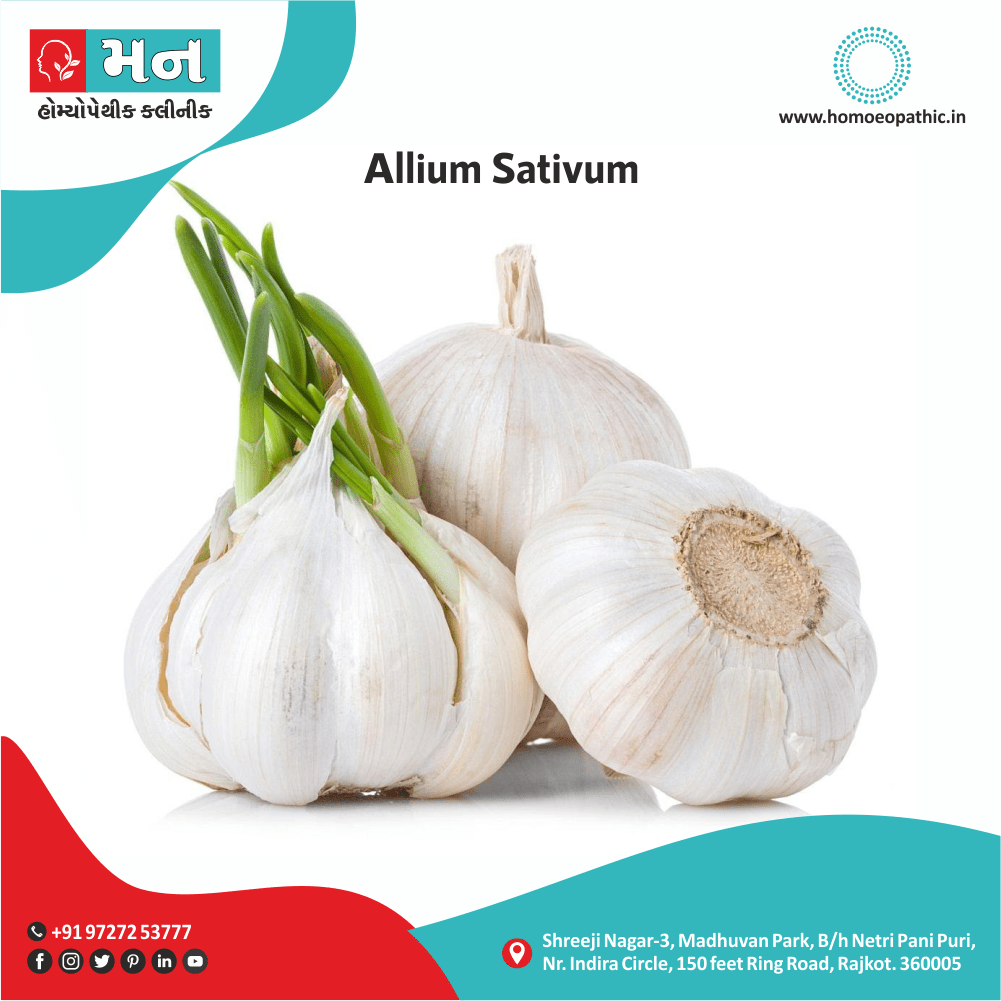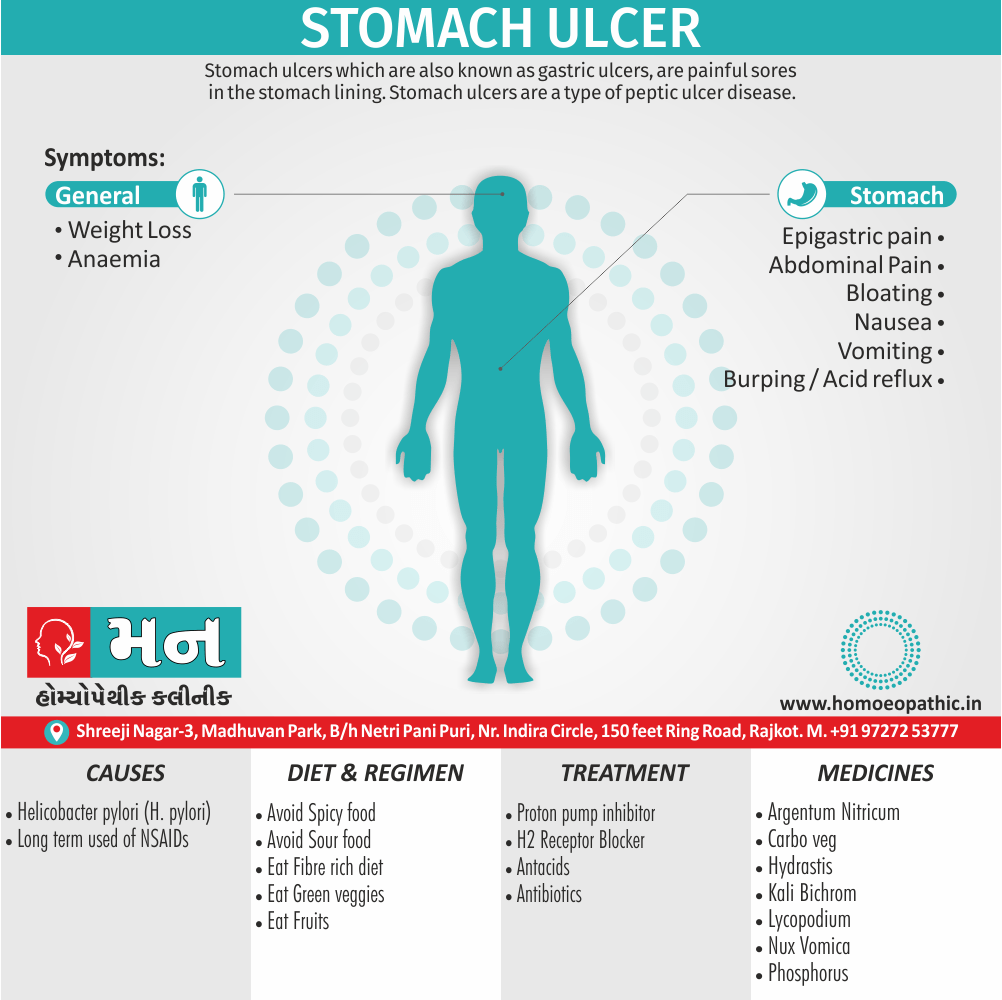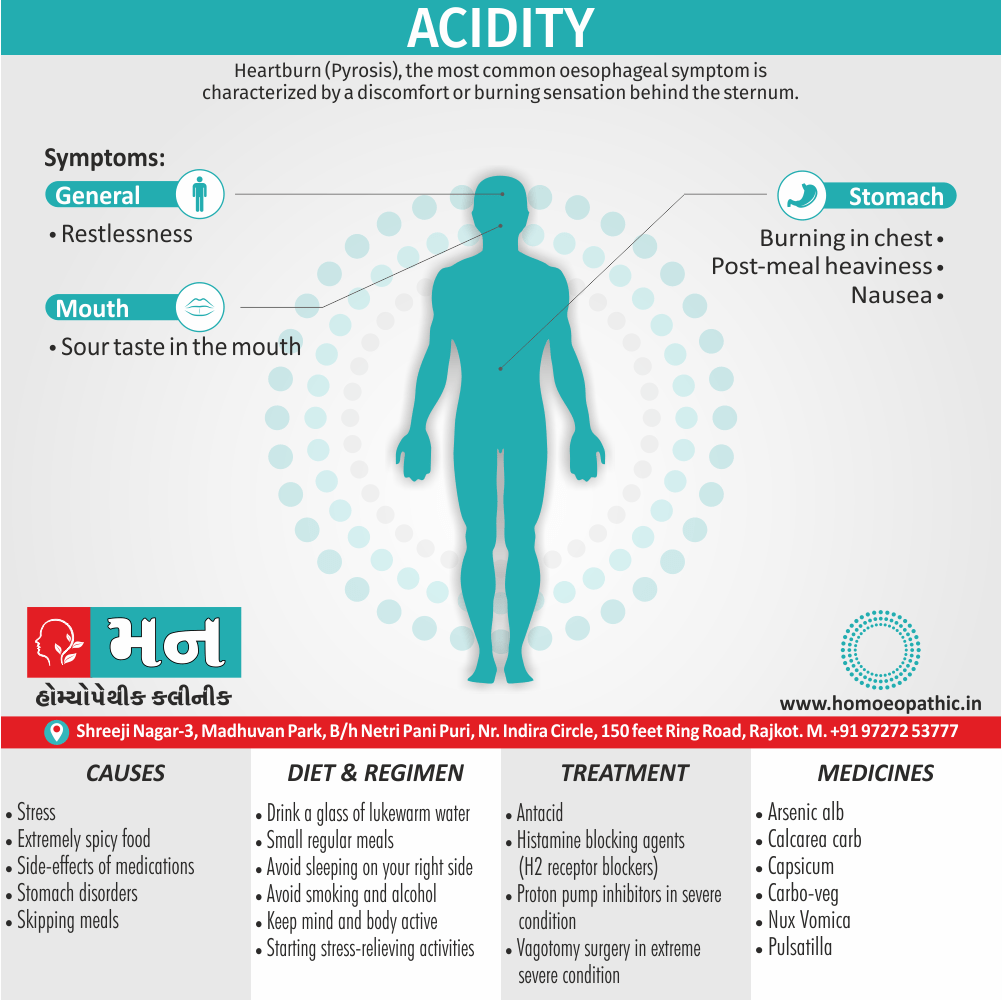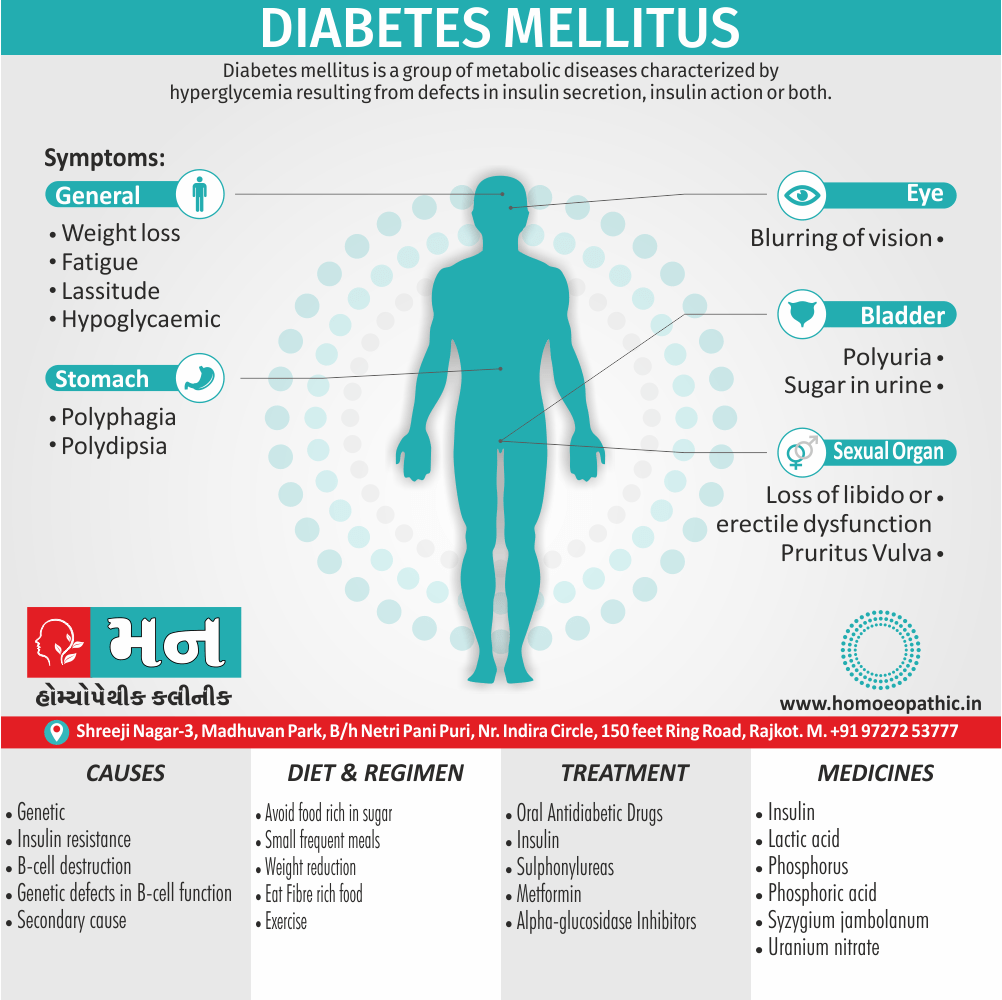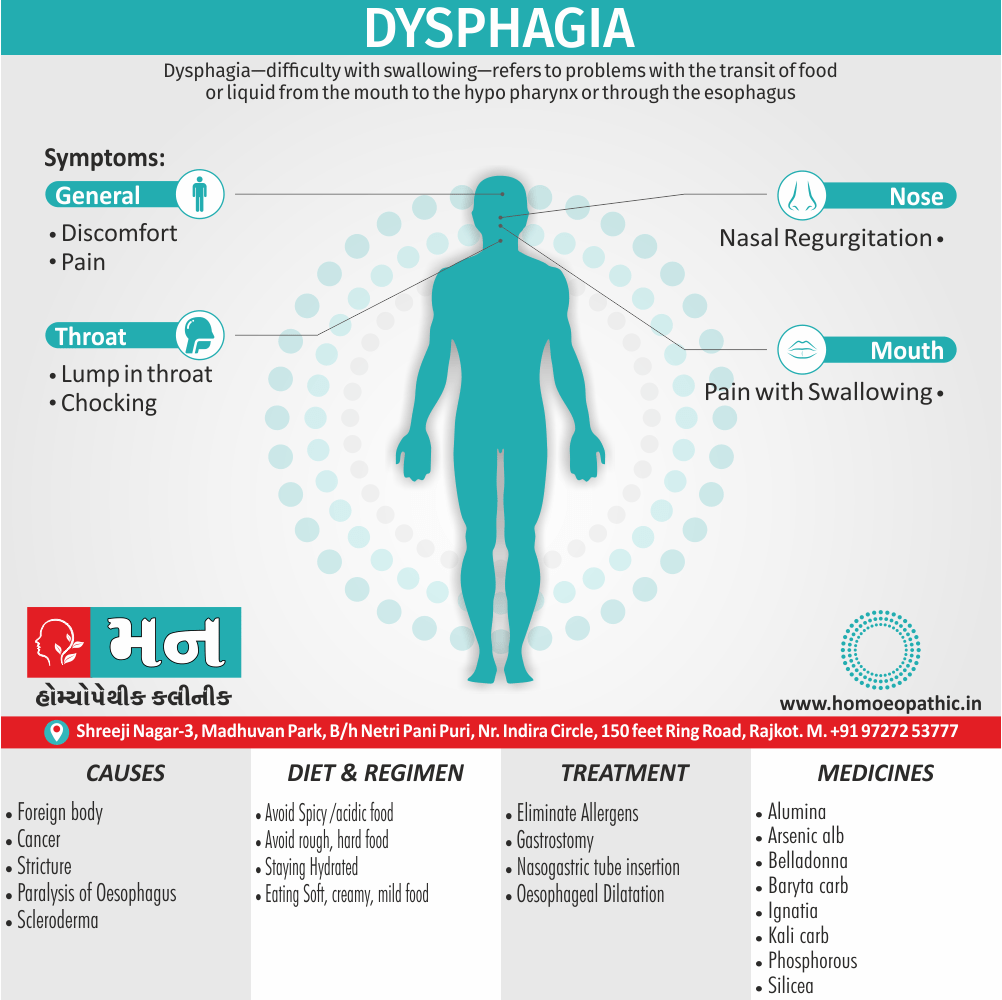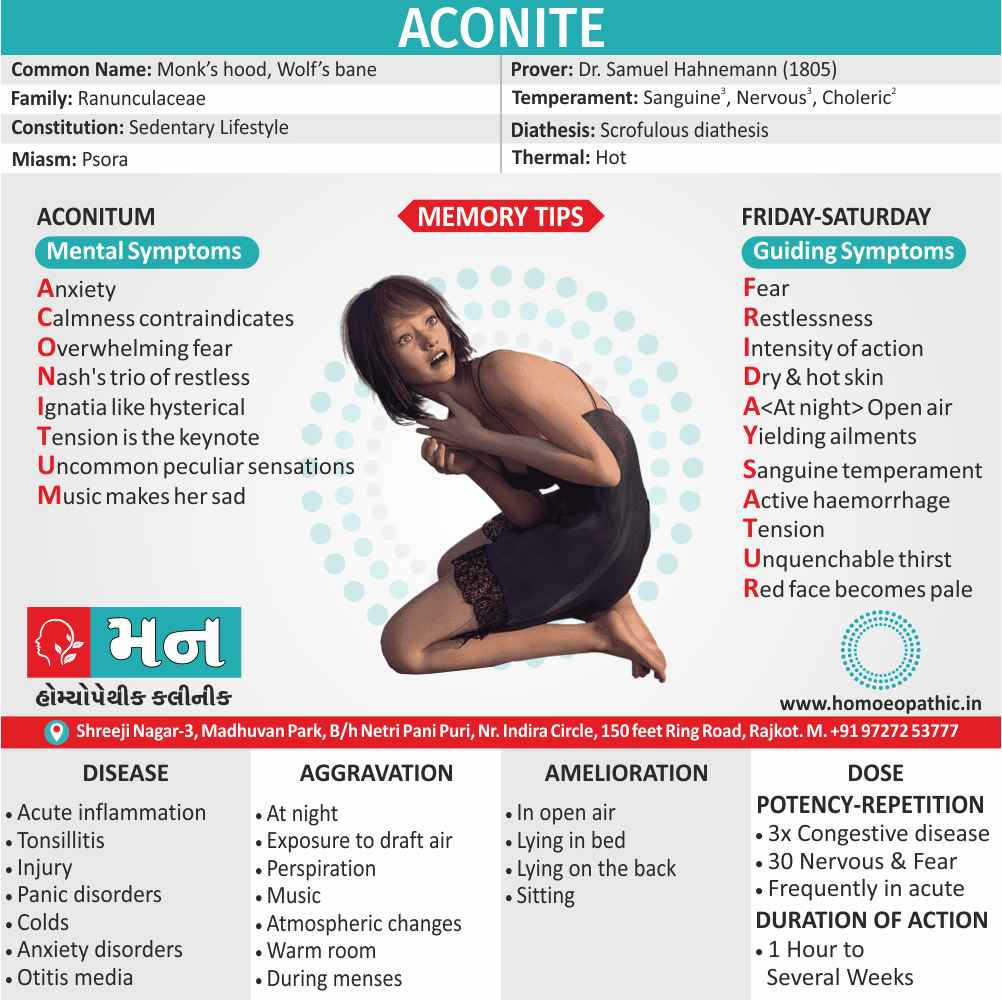Definition:
Hiatal hernia is a herniation of viscera, most commonly the stomach, into the mediastinum through the esophageal hiatus of the diaphragm.[1]
Overview
Epidemiology xxx
Causes
Types
Risk Factors
Pathogenesis xxx
Pathophysiology
Clinical Features xxx
Sign & Symptoms
Clinical Examination xxx
Diagnosis
Differential Diagnosis
Complications xxx
Investigations xxx
Treatment
Prevention xxx
Homeopathic Treatment
Diet & Regimen
Do’s and Dont’s xxx
Terminology xxx
References
FAQ
Also Search As xxx
Overview
Overview of Hiatal hernia
- This may result in gastroesophageal reflux disease (GERD) or laryngopharyngeal reflux (LPR) with symptoms such as a taste of acid in the back of the mouth or heartburn.
- Other symptoms may include trouble swallowing and chest pains.
- Complications may include iron deficiency anemia, volvulus, or bowel obstruction.[1]
Epidemiology xxx
Indian epidemiology then other
Causes
Causes of Hiatal hernia
The following are potential causes of a hiatal hernia.
Increased pressure within the abdomen caused by:
- Heavy lifting or bending over
- Frequent or hard coughing
- Hard sneezing
- Violent vomiting
- Straining during defecation (i.e., the Valsalva maneuver)
Obesity and age-related changes to the diaphragm are also general risk factors.
Types
Classification of Hiatal hernia
Four types of esophageal hiatal hernia are identified:
Type I:
A type I hernia, also known as a sliding hiatal hernia, occurs when part of the stomach slides up through the hiatal opening in the diaphragm. There is a widening of the muscular hiatal tunnel and circumferential laxity of the pharyngoesophageal ligament, allowing a portion of the gastric cardia to herniate upward into the posterior mediastinum. The clinical significance of type I hernias is in their association with reflux disease. Sliding hernias are the most common type and account for 95% of all hiatal hernias. [2]
Type II:
A type II hernia, also known as a paraoesophageal or rolling hernia, occurs when the fundus and greater curvature of the stomach roll up through the diaphragm, forming a pocket alongside the esophagus. It results from a localized defect in the phrenoesophageal ligament while the gastroesophageal junction remains fixed to the pre aortic fascia and the median arcuate ligament. The gastric fundus then serves as the leading point of herniation. Although type II hernias are associated with reflux disease, their primary clinical significance lies in the potential for mechanical complications.
Type III:
Type III hernias have elements of both types I and II hernias. With progressive enlargement of the hernia through the hiatus, the phrenoesophageal ligament stretches, displacing the gastroesophageal junction above the diaphragm, thereby adding a sliding element to the type II hernia.
Type IV:
Type IV hiatus hernia is associated with a large defect in the phrenoesophageal ligament, allowing other organs, such as colon, spleen, pancreas and small intestine to enter the hernia sac.
The end stage of type I and type II hernias occurs when the whole stomach migrates up into the chest by rotating 180° around its longitudinal axis, with the cardia and pylorus as fixed points. In this situation the abnormality is usually referred to as an intrathoracic stomach.[2]
Risk Factors
Risk factor of Hiatal hernia
- Old age
- Obesity
- Surgery
- Major trauma
- Scoliosis
Pathogenesis xxx
Pathogenesis refers to the development of a disease. It’s the story of how a disease gets started and progresses.
This is the entire journey of a disease, encompassing the cause but going beyond it.
Pathophysiology
Pathophysiology, on the other hand, focuses on the functional changes that occur in the body due to the disease. It explains how the disease disrupts normal physiological processes and how this disruption leads to the signs and symptoms we see.
Imagine a car accident. Pathogenesis would be like understanding how the accident happened – what caused it, the sequence of events (e.g., one car ran a red light, then hit another car). Pathophysiology would be like understanding the damage caused by the accident – the bent fenders, deployed airbags, and any injuries to the passengers.
In simpler terms, pathogenesis is about the "why" of a disease, while pathophysiology is about the "how" of the disease’s effects.
Clinical Features xxx
Tab Content
Sign & Symptoms
Sign & Symptoms of Hiatal hernia
Hiatal hernia has often been called the "great mimic" because its symptoms can resemble many disorders.
Among them, a person with a hiatal hernia can experience
- Dull pains in the chest
- Shortness of breath (caused by the hernia’s effect on the diaphragm)
- Heart palpitations (due to irritation of the vagus nerve)
- Swallowed food "balling up" and causing discomfort in the lower esophagus until it passes on to the stomach
- Feeling especially full after meals
- Vomiting blood or passing black stools, which may indicate gastrointestinal bleeding.
In addition, hiatal hernias often result in heartburn but may also cause chest pain or pain with eating.
In most cases however, a hiatal hernia does not cause any symptoms. The pain and discomfort that a patient experience is due to the reflux of gastric acid, air, or bile. While there are several causes of acid reflux, it occurs more frequently in the presence of hiatal hernia.
In newborns, the presence of Bochdalek hernia can be recognized from symptoms such as difficulty breathing, fast respiration, increased heart rate.[2]
Clinical Examination xxx
Tab Content
Diagnosis
Diagnosis of Hiatus hernia
The diagnosis of a hiatus hernia is typically made through an upper GI series, endoscopy or high-resolution manometry.[2]
Differential Diagnosis
Differential Diagnosis of Hiatus hernia
- Peptic ulcer disease
- Gastritis
- Acute coronary syndrome
- Coronary artery disease[2]
Complications xxx
Complications are what happen after you have a disease. They are the negative consequences of the disease process.
Investigations xxx
Tab Content
Treatment
Treatment of Hiatus hernia
In the great majority of cases, people experience no significant discomfort, and no treatment is required. People with symptoms should elevate the head of their beds and avoid lying down directly after meals. If the condition has been brought on by stress, stress reduction techniques may be prescribed, or if overweight, weight loss may be indicated.
Medications
Anti secretory drugs like proton pump inhibitors and H2 receptor blockers can be used to reduce acid secretion. Medications that reduce the lower esophageal sphincter (LES) pressure should be avoided.
Procedures
There is tentative evidence from non-controlled trials that oral neuromuscular training may improve symptoms.
Surgery
However, in some unusual instances, as when the hiatal hernia is unusually large, or is of the paraoesophageal type, it may cause esophageal stricture or severe discomfort. About 5% of hiatus hernias are paraoesophageal.
If symptoms from such a hernia are severe for example if chronic acid reflux threatens to severely injure the esophagus or is causing Barrett’s esophagus, surgery is sometimes recommended.[2]
Prevention xxx
Tab Content
Homeopathic Treatment
Homeopathic Treatment of Hiatus hernia
Homeopathy treats the person as a whole. It means that homeopathic treatment focuses on the patient as a person, as well as his pathological condition. The homeopathic medicines selected after a full individualizing examination and case-analysis.
which includes
- The medical history of the patient,
- Physical and mental constitution,
- Family history,
- Presenting symptoms,
- Underlying pathology,
- Possible causative factors etc.
A miasmatic tendency (predisposition/susceptibility) also often taken into account for the treatment of chronic conditions.
What Homoeopathic doctors do?
A homeopathy doctor tries to treat more than just the presenting symptoms. The focus is usually on what caused the disease condition? Why ‘this patient’ is sick ‘this way’?.
The disease diagnosis is important but in homeopathy, the cause of disease not just probed to the level of bacteria and viruses. Other factors like mental, emotional and physical stress that could predispose a person to illness also looked for. No a days, even modern medicine also considers a large number of diseases as psychosomatic. The correct homeopathy remedy tries to correct this disease predisposition.
The focus is not on curing the disease but to cure the person who is sick, to restore the health. If a disease pathology not very advanced, homeopathy remedies do give a hope for cure but even in incurable cases, the quality of life can greatly improved with homeopathic medicines.
Homeopathic Medicines for Hiatus hernia:
The homeopathic remedies (medicines) given below indicate the therapeutic affinity but this is not a complete and definite guide to the homeopathy treatment of this condition. The symptoms listed against each homeopathic remedy may not be directly related to this disease because in homeopathy general symptoms and constitutional indications also taken into account for selecting a remedy.
Homoeopathic approach
Homeopathy treats the person as a whole. It means that homeopathic treatment focuses on the patient as a person, as well as his pathological condition. The homeopathic medicines are selected after a full individualizing examination and case-analysis, which includes the medical history of the patient, physical and mental constitution, family history, presenting symptoms, underlying pathology, possible causative factors etc.
A miasmatic tendency (predisposition/susceptibility) is also often taken into account for the treatment of chronic conditions. A homeopathy doctor tries to treat more than just the presenting symptoms. The focus is usually on what caused the disease condition? Why ‘this patient’ is sick ‘this way’.
The disease diagnosis is important but in homeopathy, the cause of disease is not just probed to the level of bacteria and viruses. Other factors like mental, emotional and physical stress that could predispose a person to illness are also looked for. No a days, even modern medicine also considers a large number of diseases as psychosomatic. The correct homeopathy remedy tries to correct this disease predisposition.
The focus is not on curing the disease but to cure the person who is sick, to restore the health. If a disease pathology is not very advanced, homeopathy remedies do give a hope for cure but even in incurable cases, the quality of life can be greatly improved with homeopathic medicines.
The homeopathic remedies (medicines) given below indicate the therapeutic affinity but this is not a complete and definite guide to the homeopathy treatment of this condition. The symptoms listed against each homeopathic remedy may not be directly related to this disease because in homeopathy general symptoms and constitutional indications are also taken into account for selecting a remedy.
Medicines:
Abies nigra:
- In general, Abies nigra is effective for Hiatus hernia with a sensation as if a hardboiled egg had lodged in the cardiac end of the stomach.
- Moreover, A distressing also constriction just above the pit of the stomach, as if everything were knotted up.
- Pain in stomach immediately after eating. Lastly, Waterbrash with choked feeling in the throat.[3]
Calcarea carbonicum:
- Calcarea carb is an excellent remedy for Hiatus hernia, also it helps for strengthening the relaxed weak muscles.
- Calcarea carb is suitable for fat, flabby obese persons who perspire profusely.
- Heartburn also loud belching.
- Frequent sour belching, sour vomiting especially of curdled milk. Additionally, Cramps in stomach, worse pressure, cold water.
- Besides this, Swelling over pit of stomach like a saucer turned bottom up.
- Pain in epigastric region to touch.
- Aggravation while eating.
- There is a special craving for indigestible things e.g. chalk, coal, pencils etc.
Carbo veg:
- Carbo vegetabilis is excellent for Hiatus hernia with difficulty in breathing.
- A contractive pain extending to chest with distension of abdomen.
- Waterbrash, asthmatic breathing specifically from flatulence.
- Belching after eating and drinking, temporary relief from belching. Additionally, Eating the simplest kind of food causes sour belching.
- Belching, heaviness, fullness also sleepiness, tense from flatulence with pain, worse lying down.
- Epigastric region is very sensitive.
Lycopodium Clavatum:
- Lycopodium is indicated for Hiatus hernia with great weakness of digestion with much bloating, Heartburn and indigestion after takin flatulent food, cabbage, beans, oysters also onions.
- Furthermore, Belching’s rise only to pharynx.
- Patient prefers hot food also hot drinks. Craving for sweets.
Natrum phos:
- Natrum Phos is prescribed where heartburn and sour belching are present.
- Belching’s after eating.
- Spit’s mouthfuls of food. Vomiting of sour cheesy masses, especially in the morning.
- Heaviness and pressure in the epigastrium.[3]
Nux vomica:
- Nux vomica is best for Hiatus hernia with great sensitivity in the area of stomach.
- Complaints after taking highly spicy food, coffee and alcoholic drinks.
- Waterbrash, sour and bitter risings, nausea and vomiting. Indigestion with Hiatus hernia.
- The patient is highly irritable and sensitive to noise and light.
Phosphorus:
- Phosphorus is another remedy for Hiatus hernia with sour taste and sour eructation’s after every meal.
- Belching large quantities of wind after eating.
- Throws up foods by the mouthfuls.
- Water is thrown up as soon as it gets warm in the stomach.
- Pain in stomach, relieved by cold foods, ices etc.
Pulsatilla:
- Pulsatilla is effective for Hiatus hernia Where the complaints arise after taking fatty, rich foods.
- Stomach disordered and feels heavy.
- Waterbrash with foul taste in the morning.
- Heartburn and tight feeling in stomach.
Robinia:
- Robinia is one of the effective medicines for Hiatus hernia with heartburn and acidity of stomach.
- Sour stomach. Great acidity of stomach at night on lying down.
- Nausea with sour belching.
- Profuse vomiting of an intensely sour fluid. Heavy, aching, dullness in stomach.
- Very severe, sharp pains in stomach all day and night.
- Great distension of stomach and bowels.[3]
Diet & Regimen
Diet & Regimen of Hiatus hernia
The foods and beverages you should avoid-
These foods include:
- Onions and garlic
- Certain citrus fruits such as limes and oranges
- Tomatoes and tomato-based foods, such as salsa and spaghetti sauce
- Spicy foods
- Fried foods
- Foods high in sodium
- Cocoa and chocolate
- Peppermint and mint
Beverages to avoid include:
- Alcohol, such as wine, beer, and spirits
- Coffee
- Caffeinated teas
- Carbonated drinks, such as seltzer water and soda
- Whole milk [4]
Foods and beverages to eat
There are still plenty of good foods that won’t produce as much acid in your stomach. Many whole foods, for example, are good options because they aren’t processed. This means they contain more fiber, which can help with acid reflux.
Try eating:
- Non-citrus fruits, such as apples, pears, melons, and berries
- Vegetables, such as artichokes, carrots, sweet potatoes, asparagus, squash, green beans, leafy greens, and peas
- Whole grains
- Nuts and seeds, like almonds also chia seeds
- Lean protein
- Yogurt
- Plant-based milks, like either soy or almond milk
- Certain juices, like aloe Vera, carrot, or cabbage juice [4]
Do’s and Dont’s xxx
Tab Content
Terminology xxx
Tab Content
References
References use for Article Hiatus hernia
[1] Medicine Golwala
[2] https://en.wikipedia.org/wiki/Hiatul_hernia
[3]https://www.linkedin.com/pulse/homoeopathy-hiatal-hernia-hiatus-dr-ks-gopi
[4] https://www.healthline.com/health/hiatus-hernia-diet#cooking-tips
FAQ
Frequently Asked Questions
What is Hiatal hernia?
Hiatal hernia is a herniation of viscera, most commonly the stomach, into the mediastinum through the esophageal hiatus of the diaphragm.
Homeopathic Medicines used by Homeopathic Doctors in treatment of Hiatal hernia?
- Abies nigra
- Calcarea carb
- Carbo veg
- Lycopodium
- Natrum phos
- Nux vomica
- Phosphorus
- Pulsatilla
- Robinia
What is the main cause of Hiatal hernia?
- Heavy lifting or bending over
- Frequent or hard coughing
- Hard sneezing
- Violent vomiting
- Straining during defecation
What are the warning signs of Hiatal hernia?
- Dull pains in the chest
- Shortness of breath
- Heart palpitations
- Swallowed food "balling up"
- Discomfort in the lower esophagus until it passes on to the stomach
- Feeling especially full after meals
- Vomiting blood or passing black stools
Also Search As xxx
Frequently Asked Questions (FAQ)
XYZ
XXX
XYZ
XXX
XYZ
XXX
